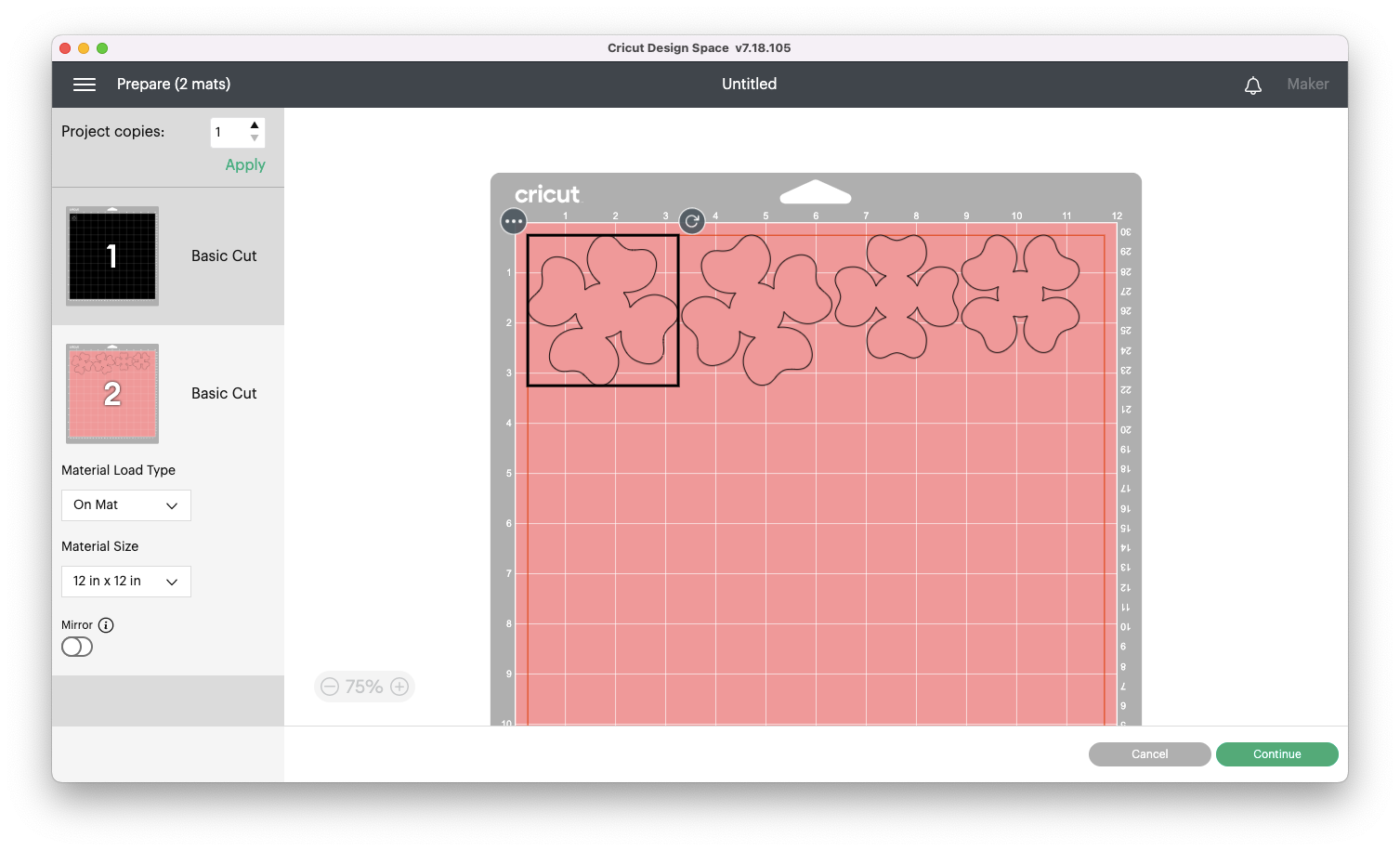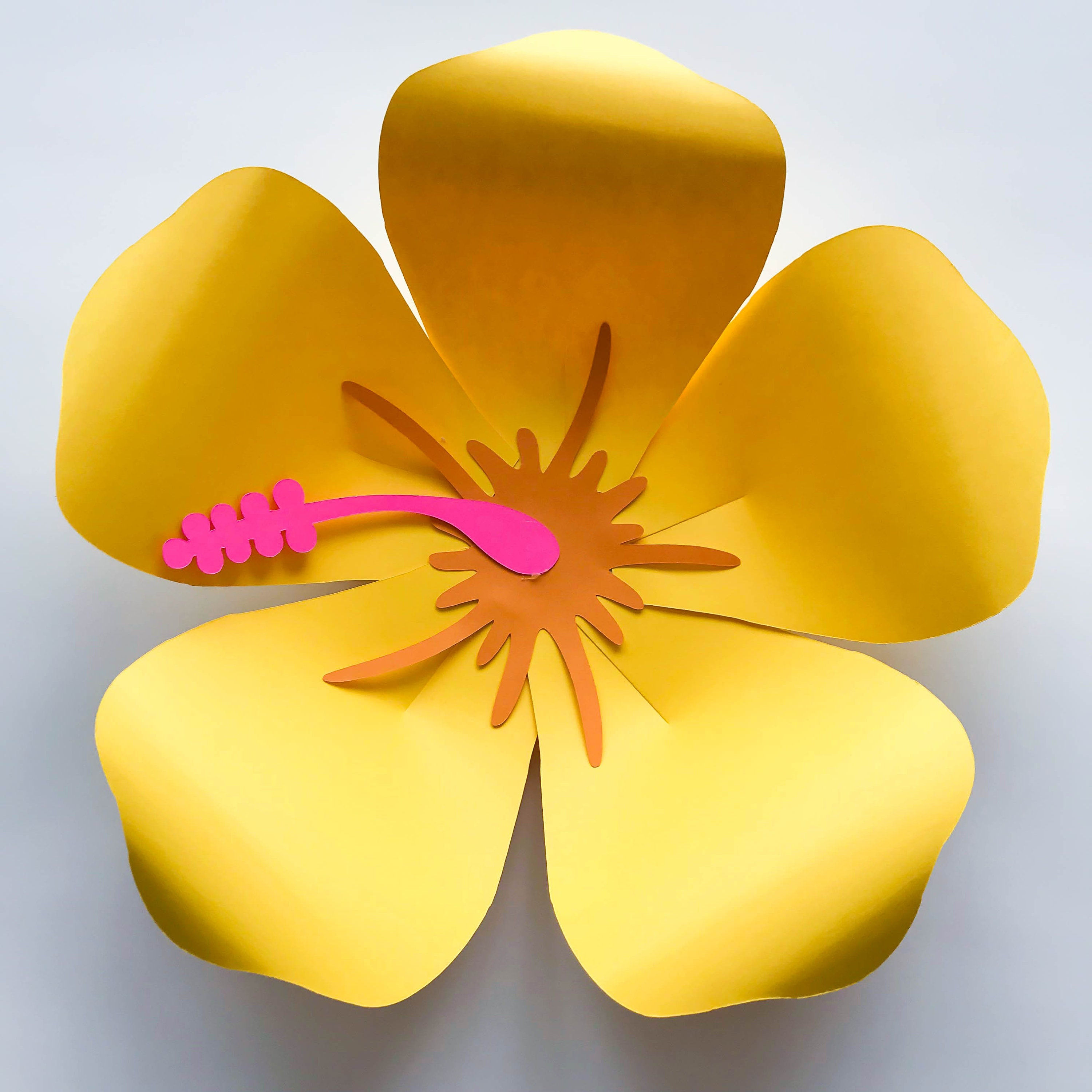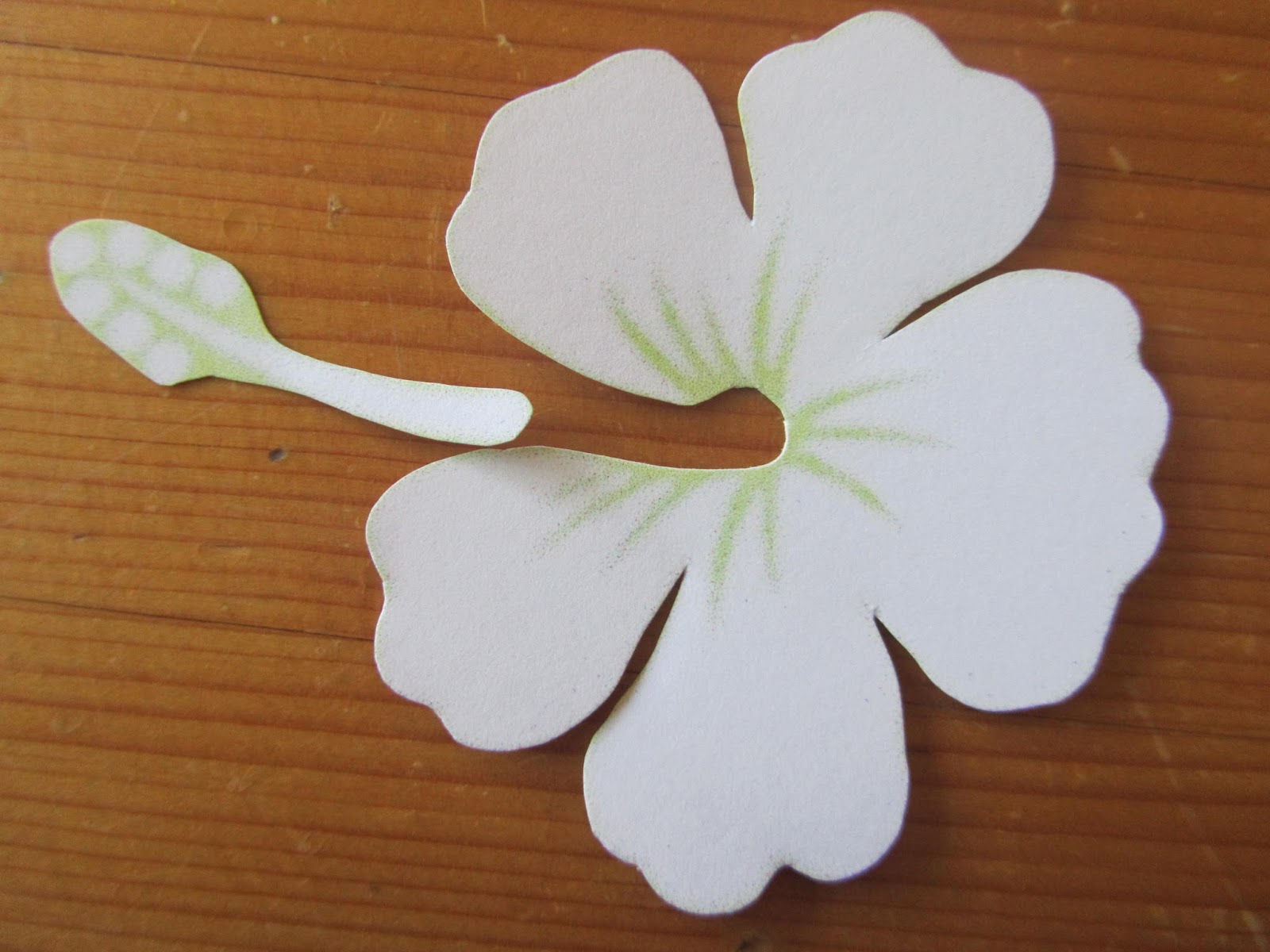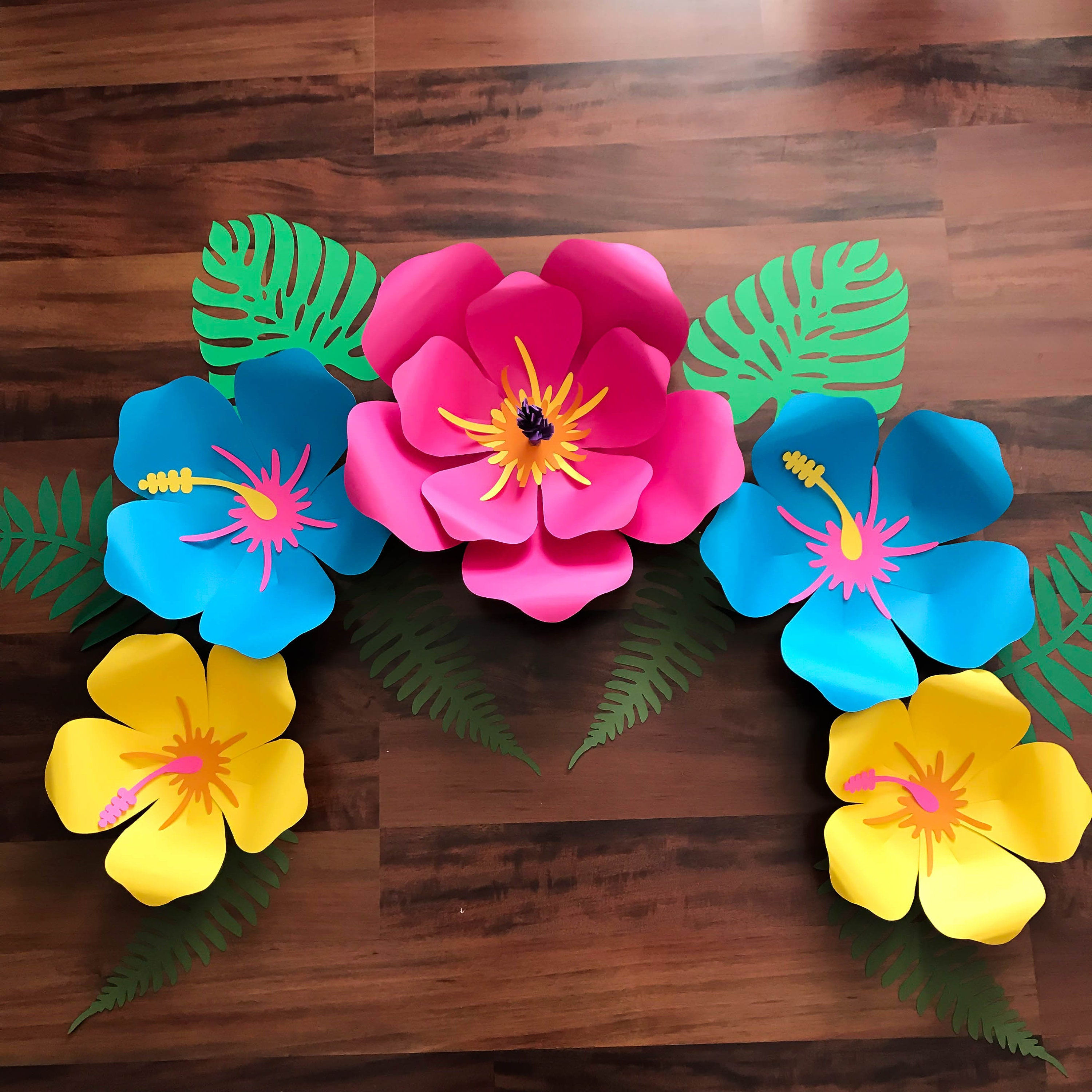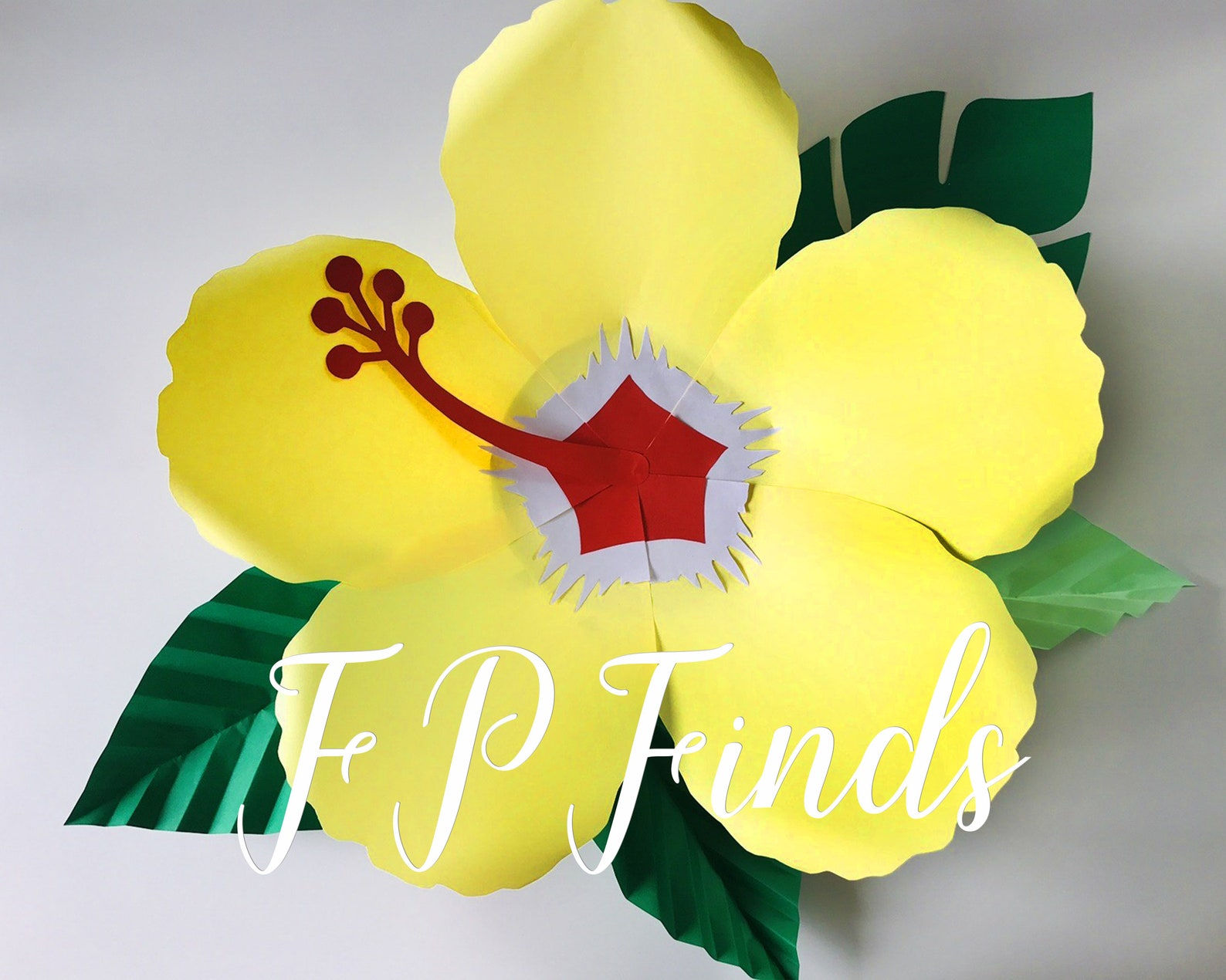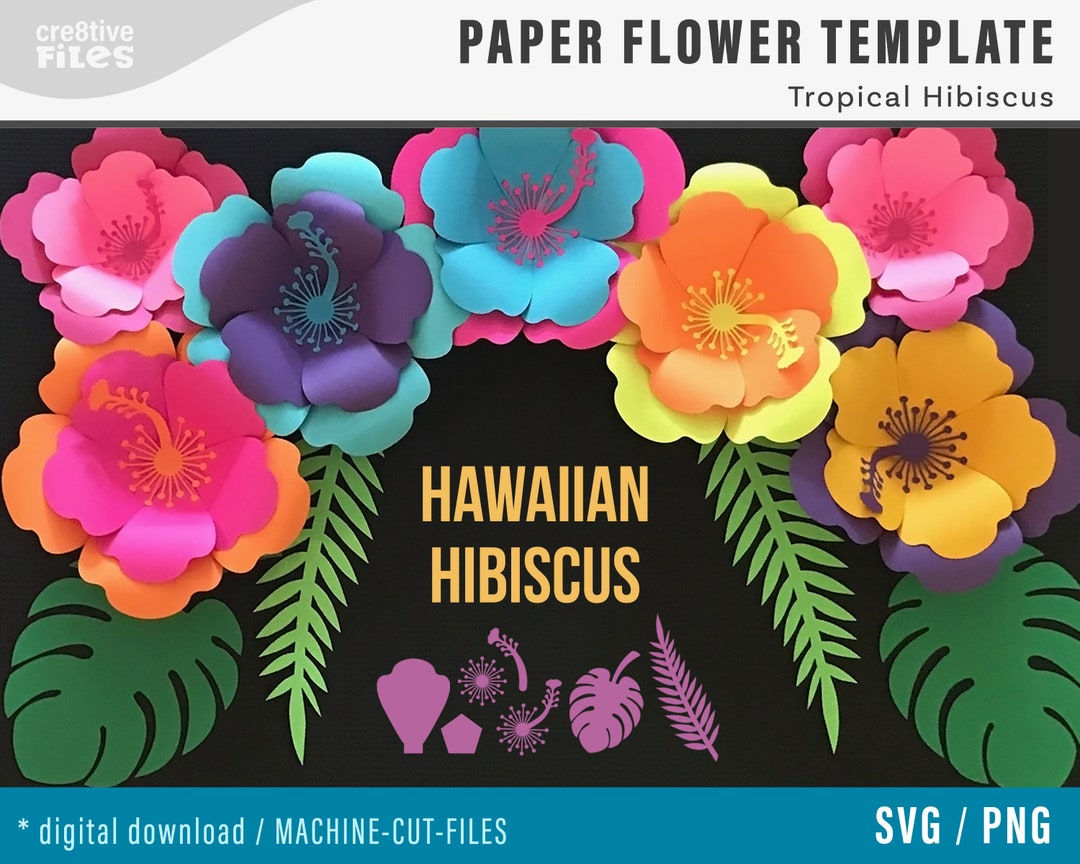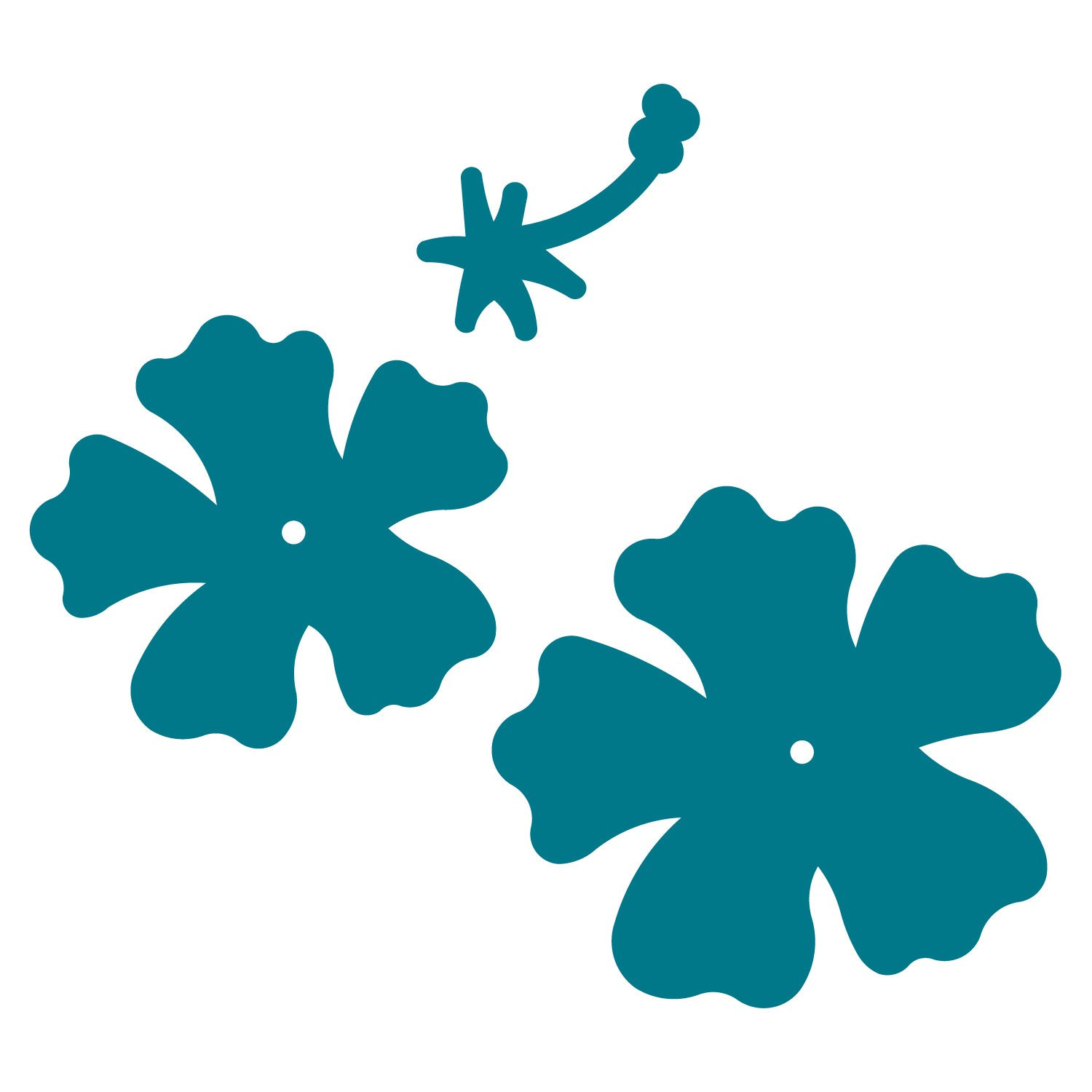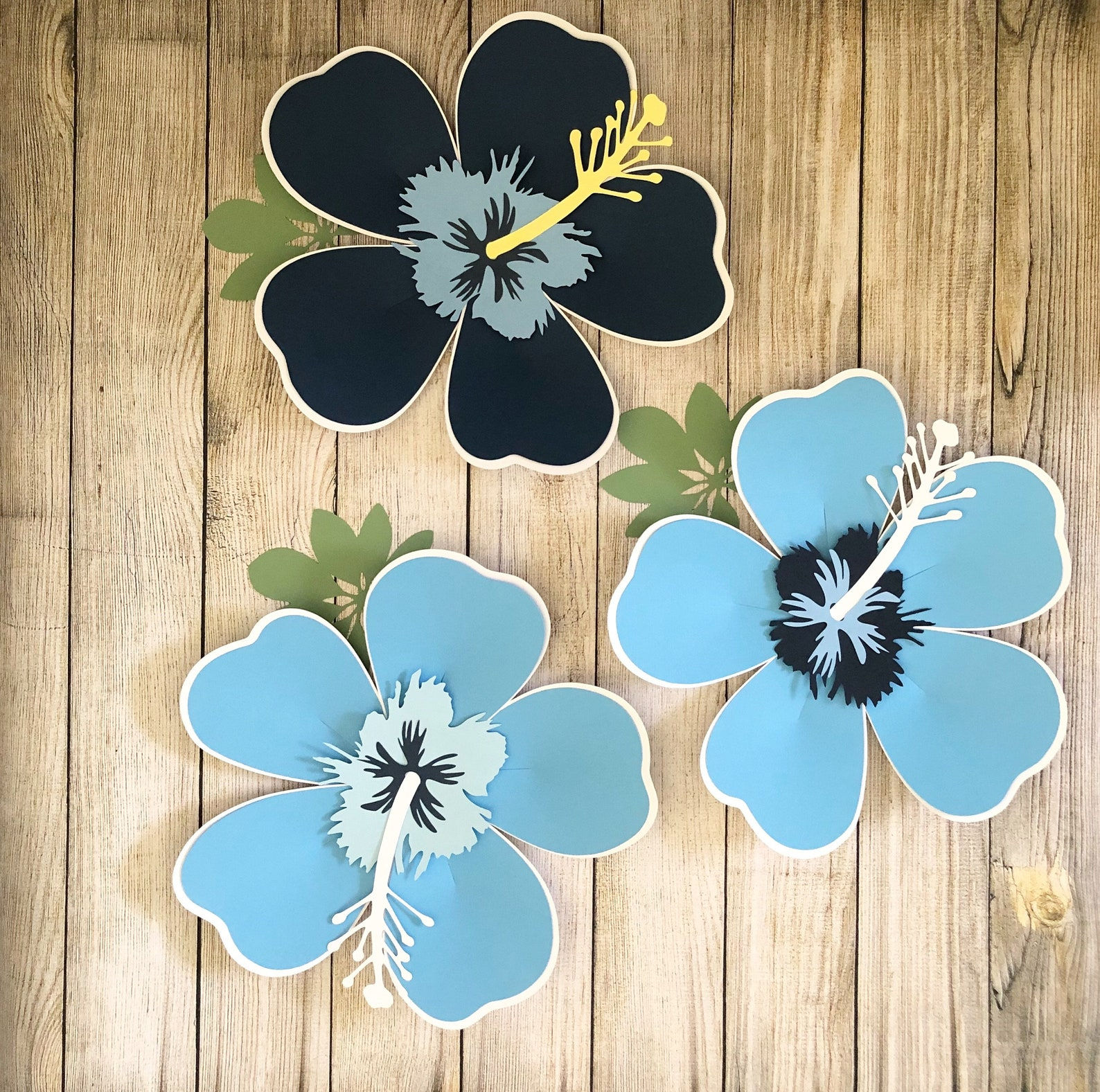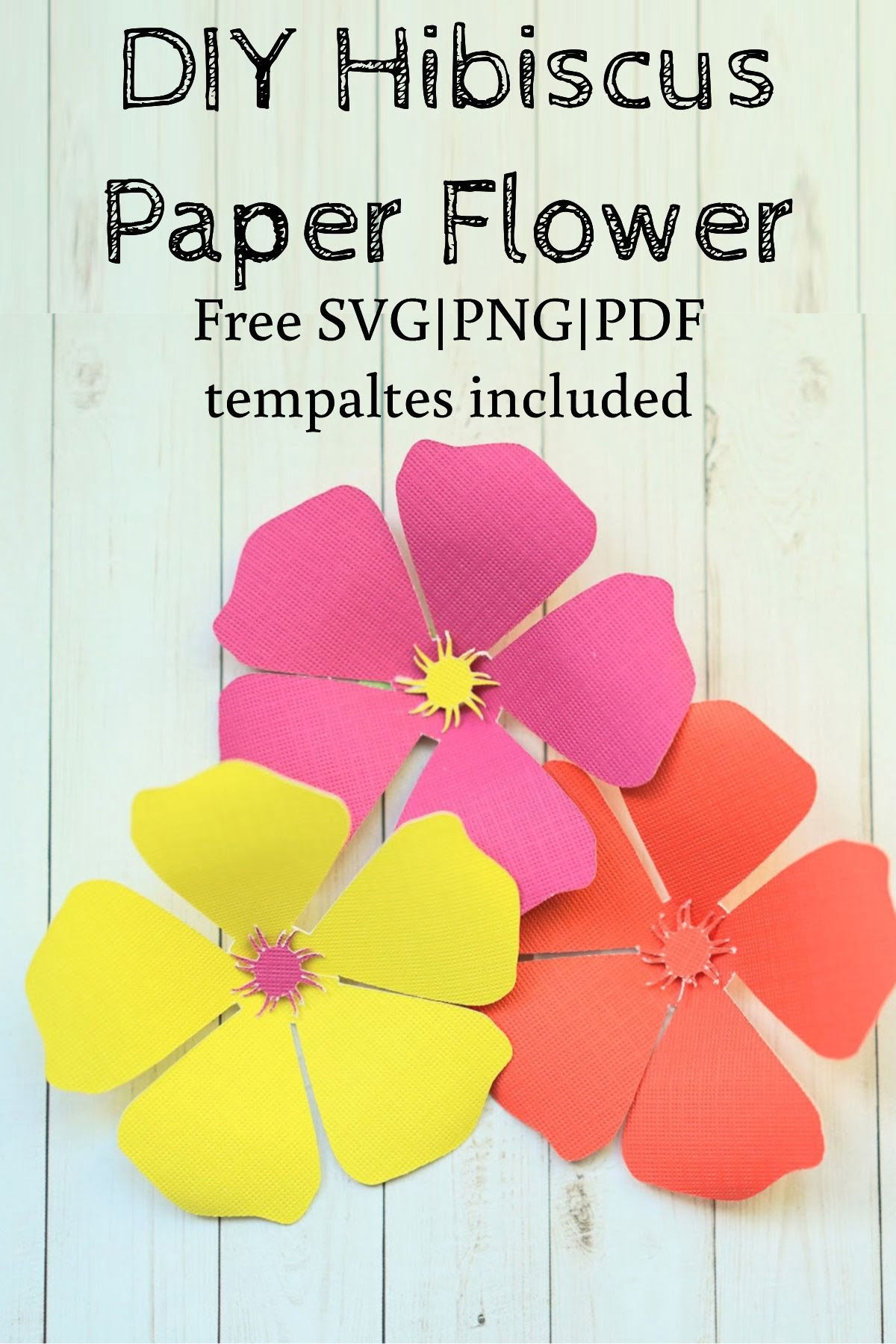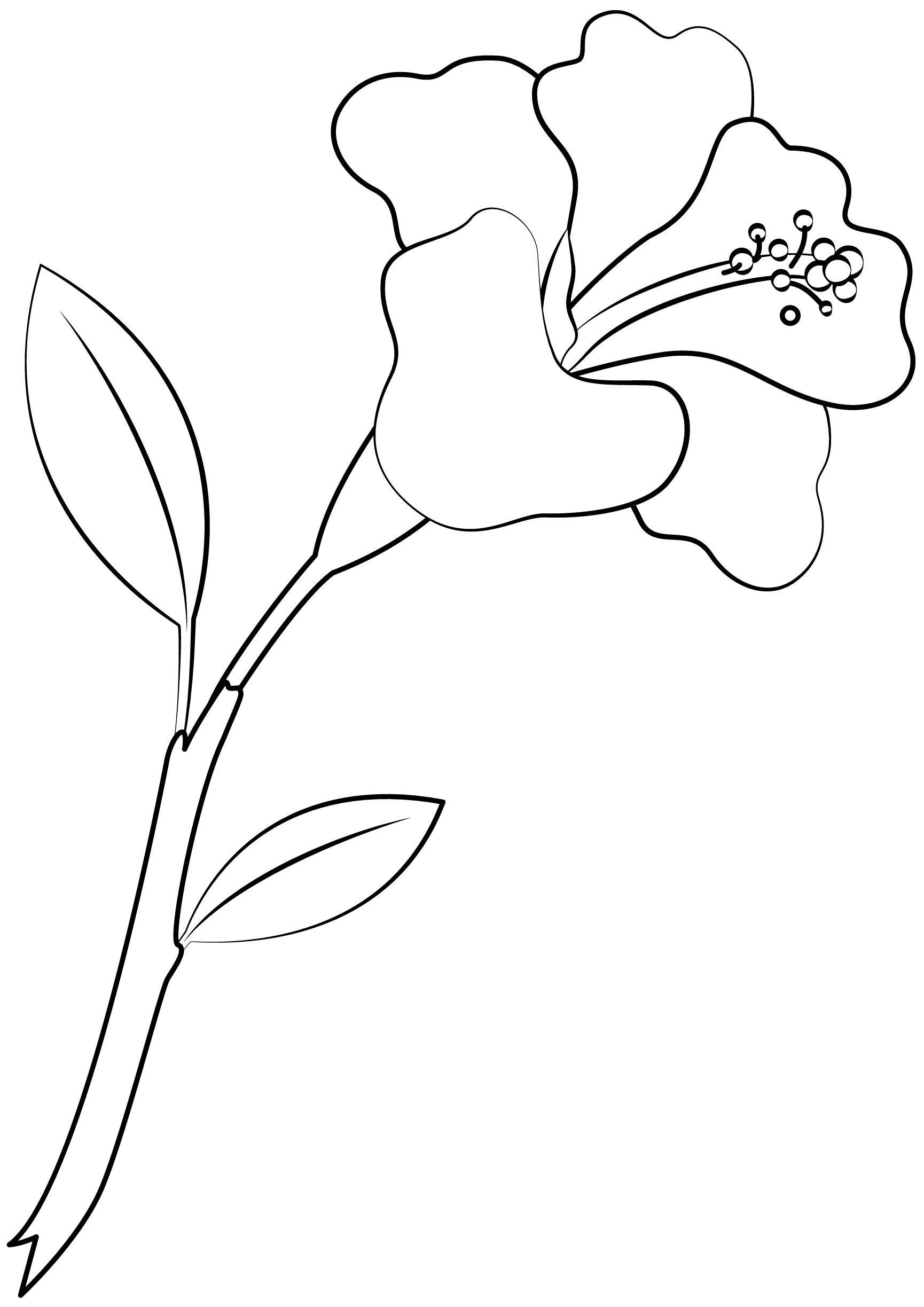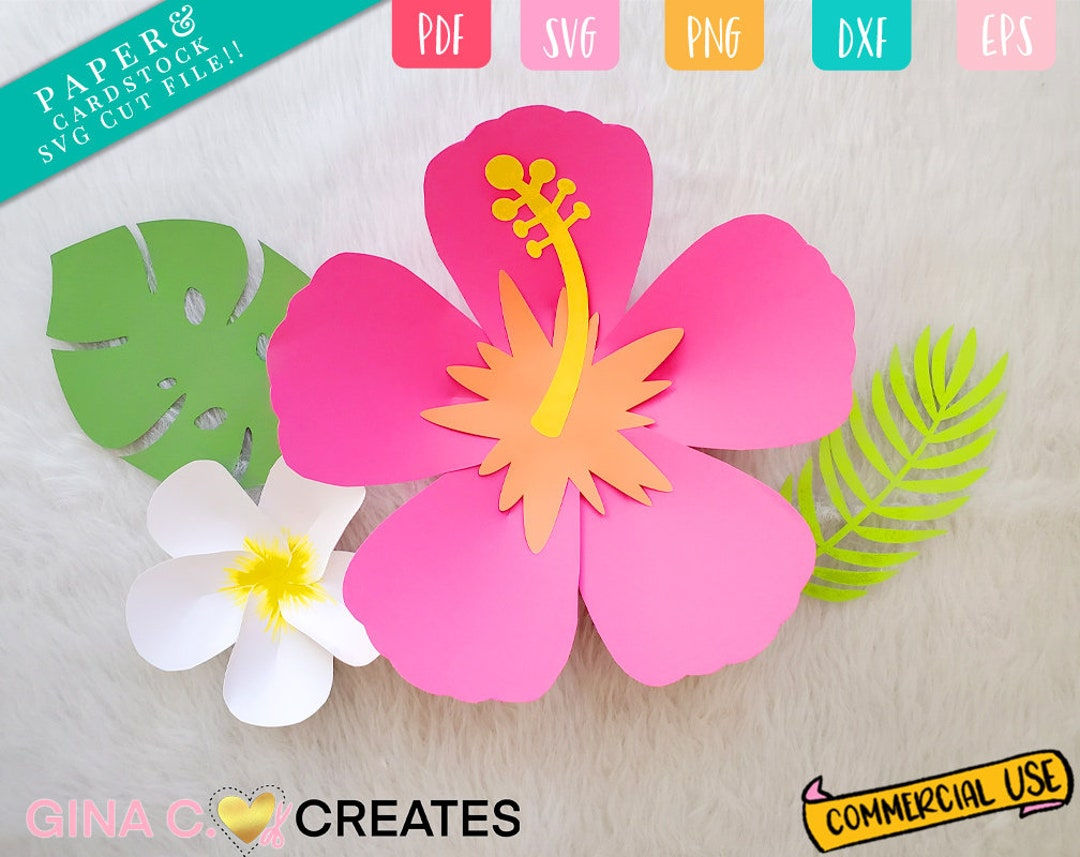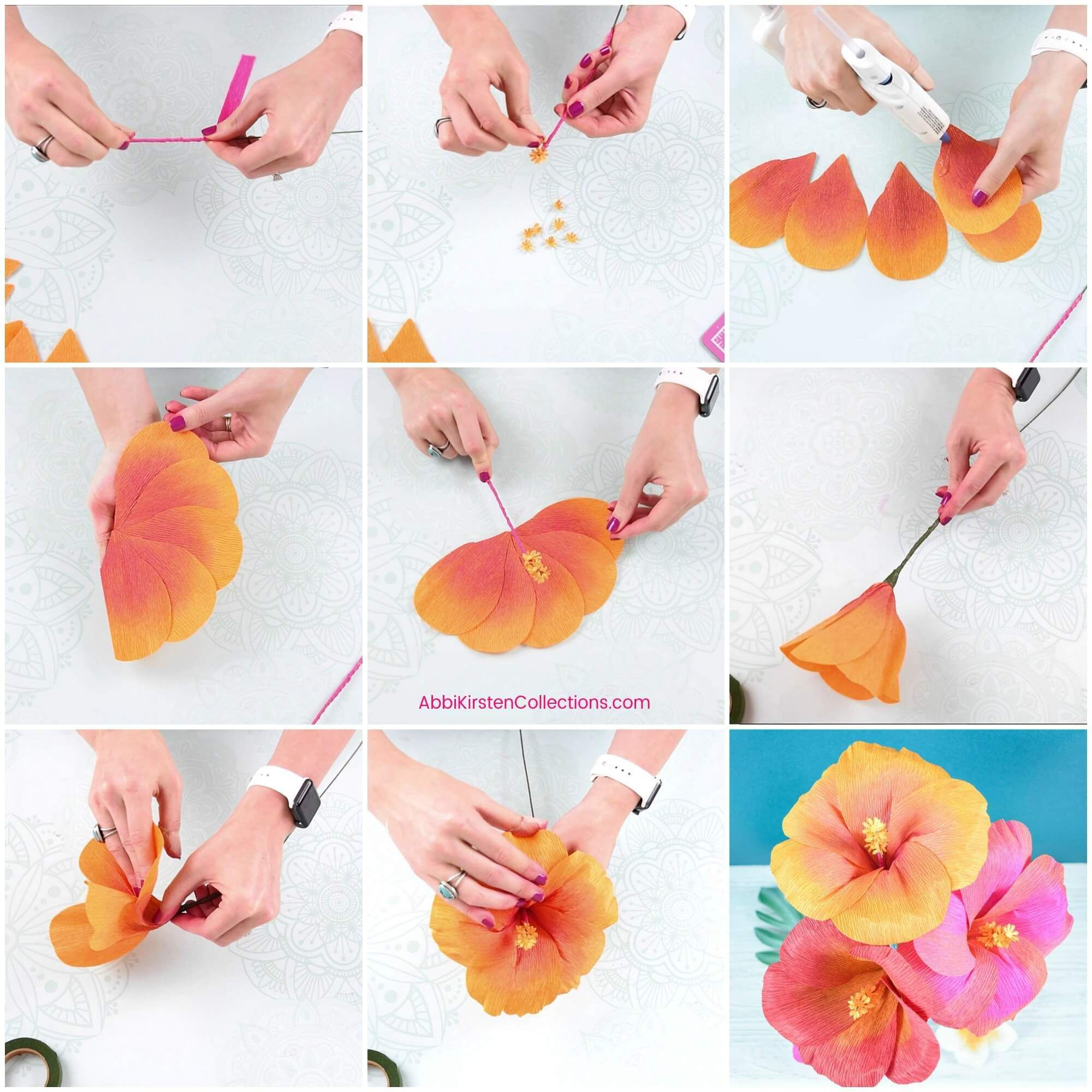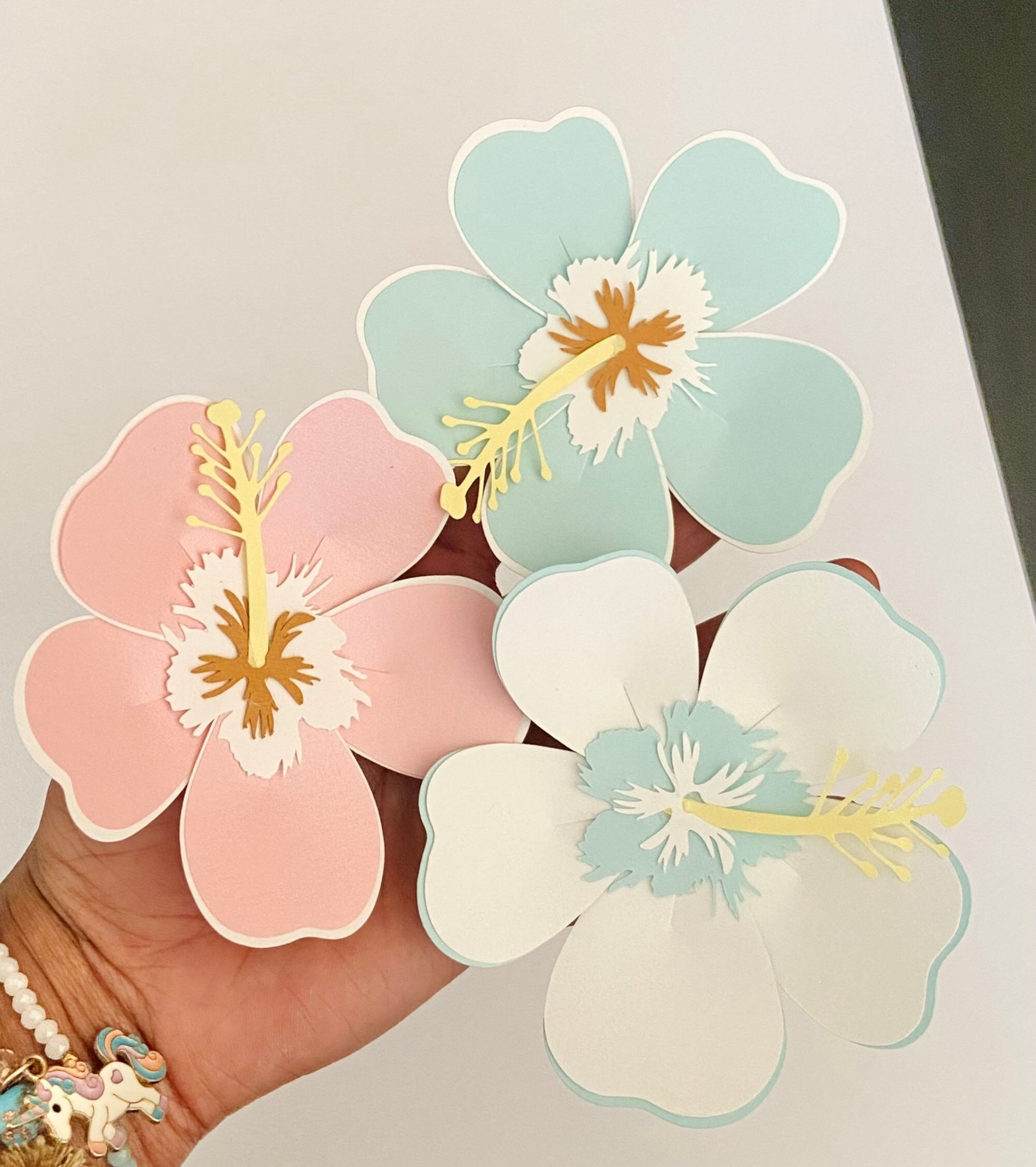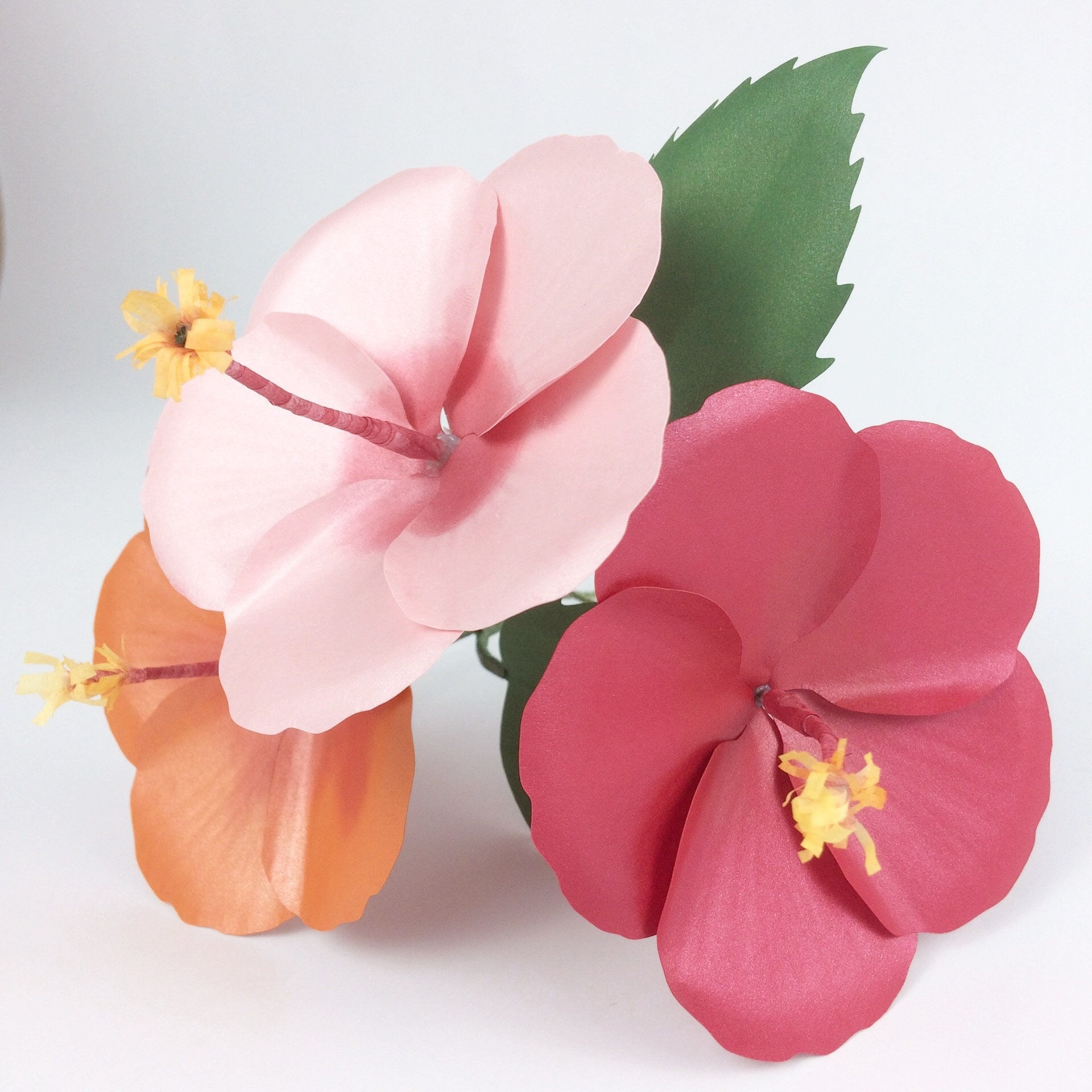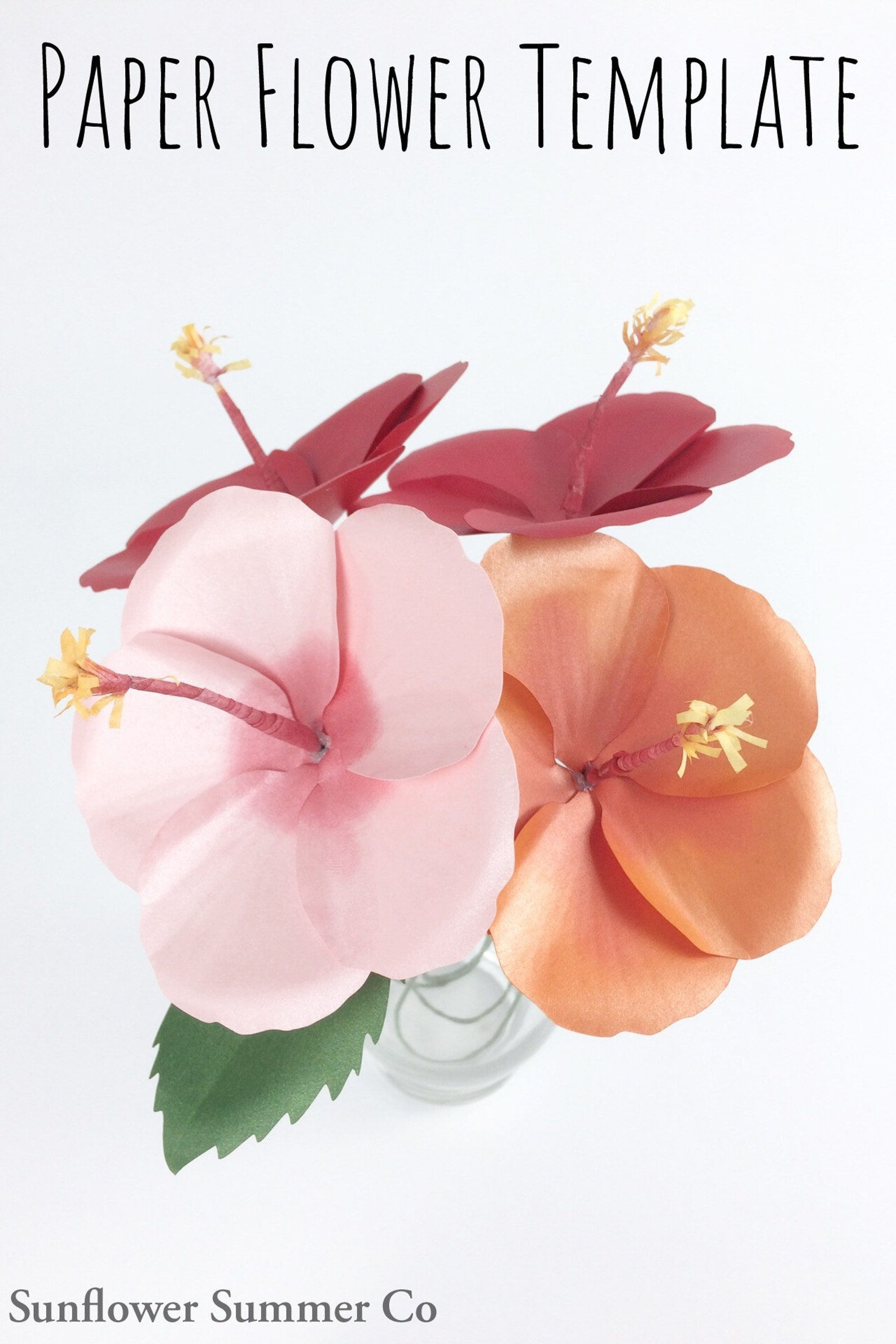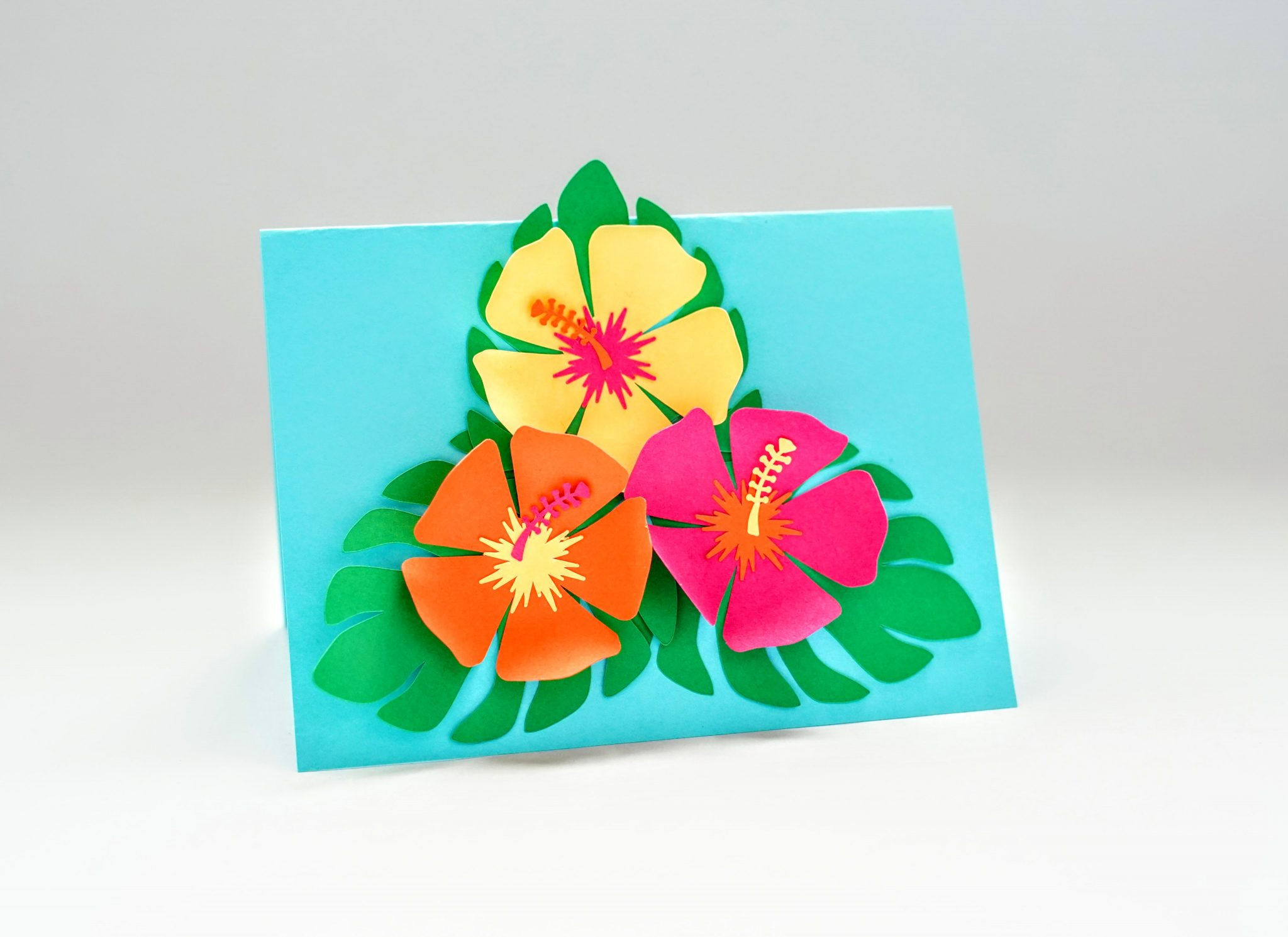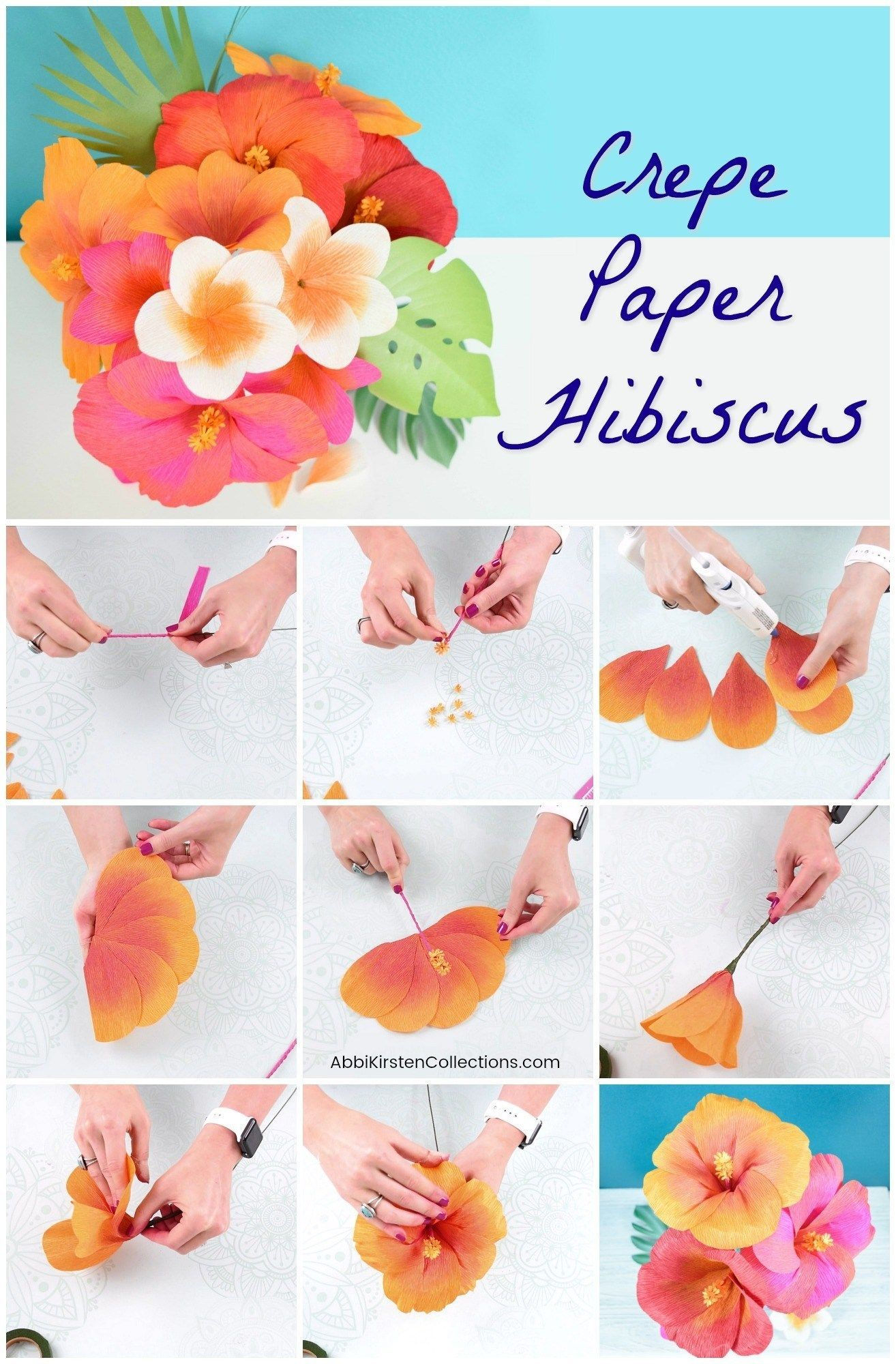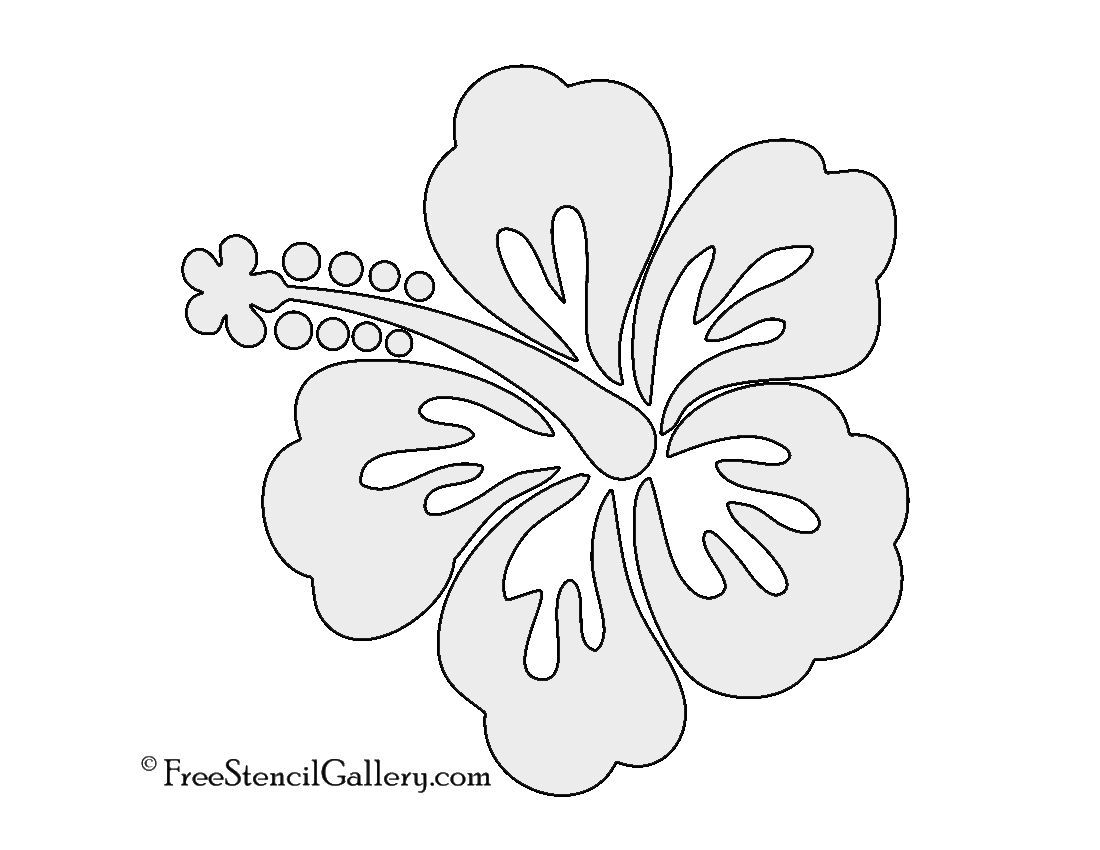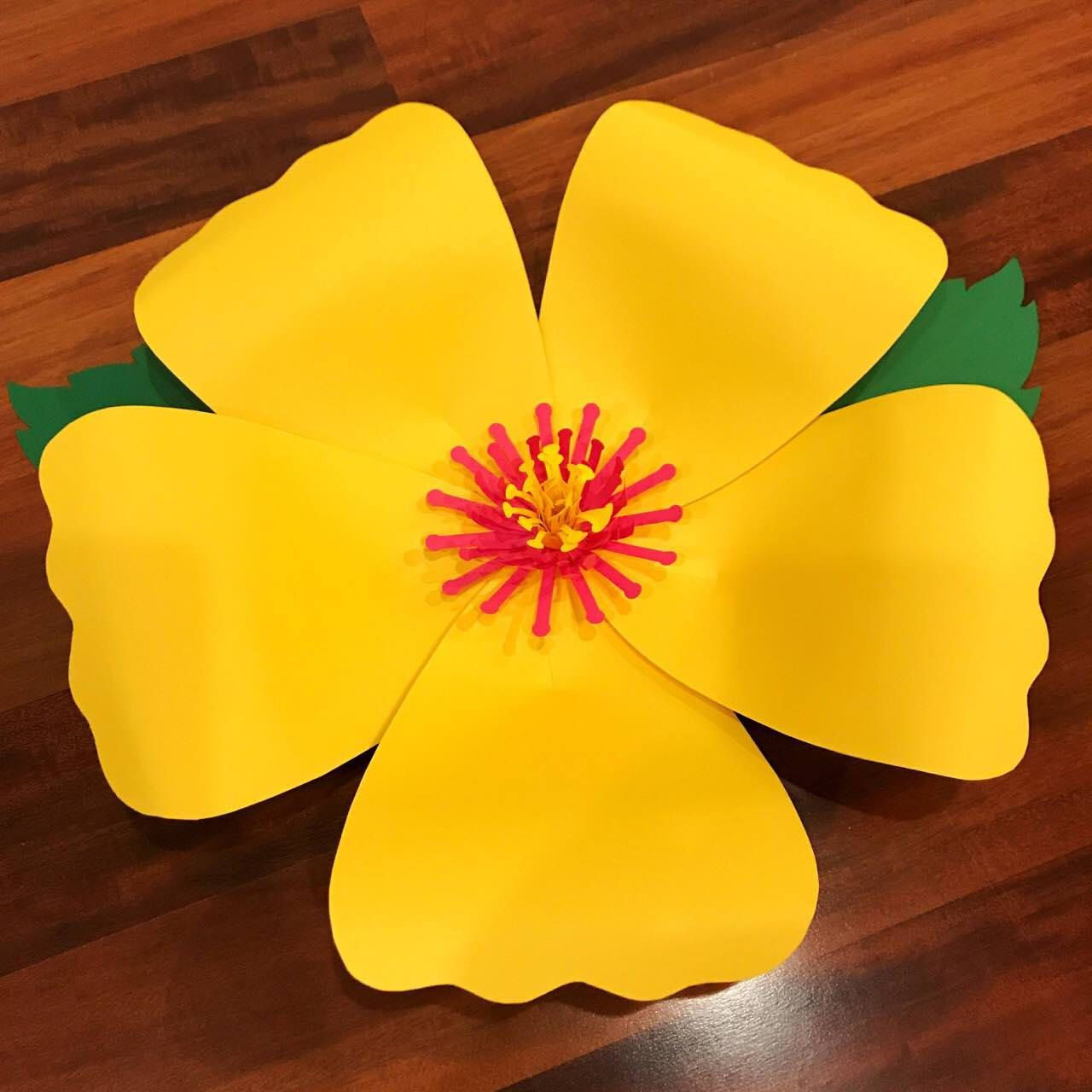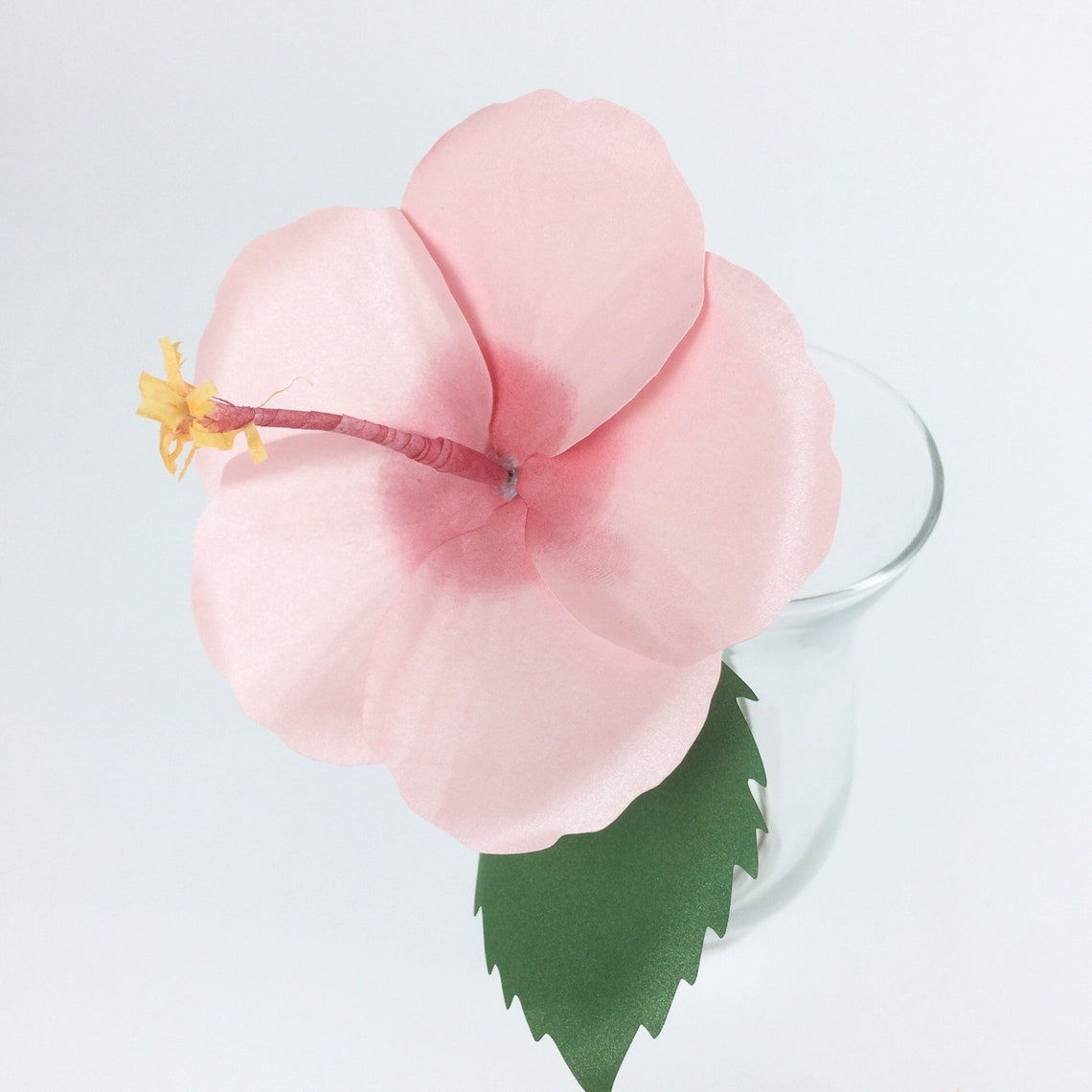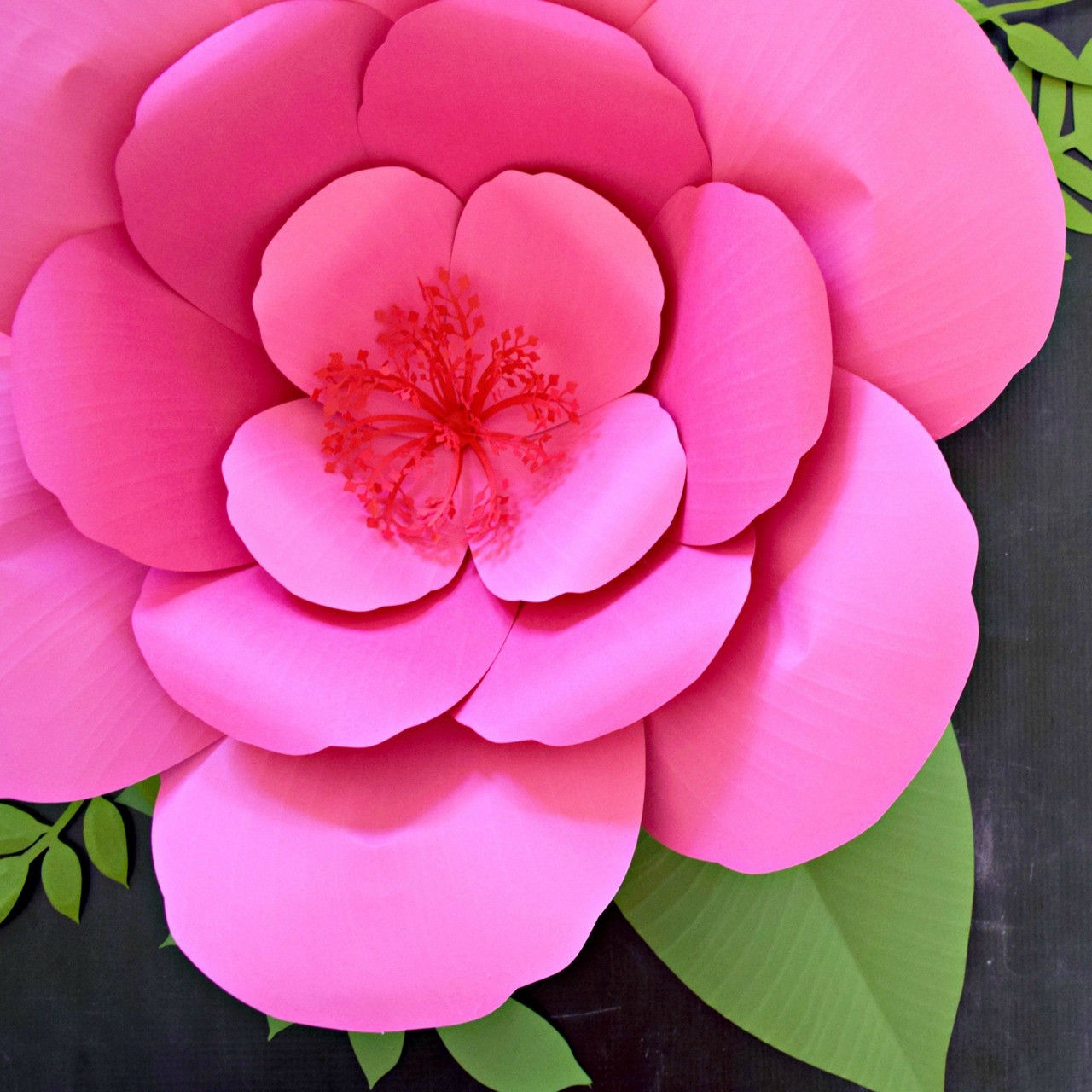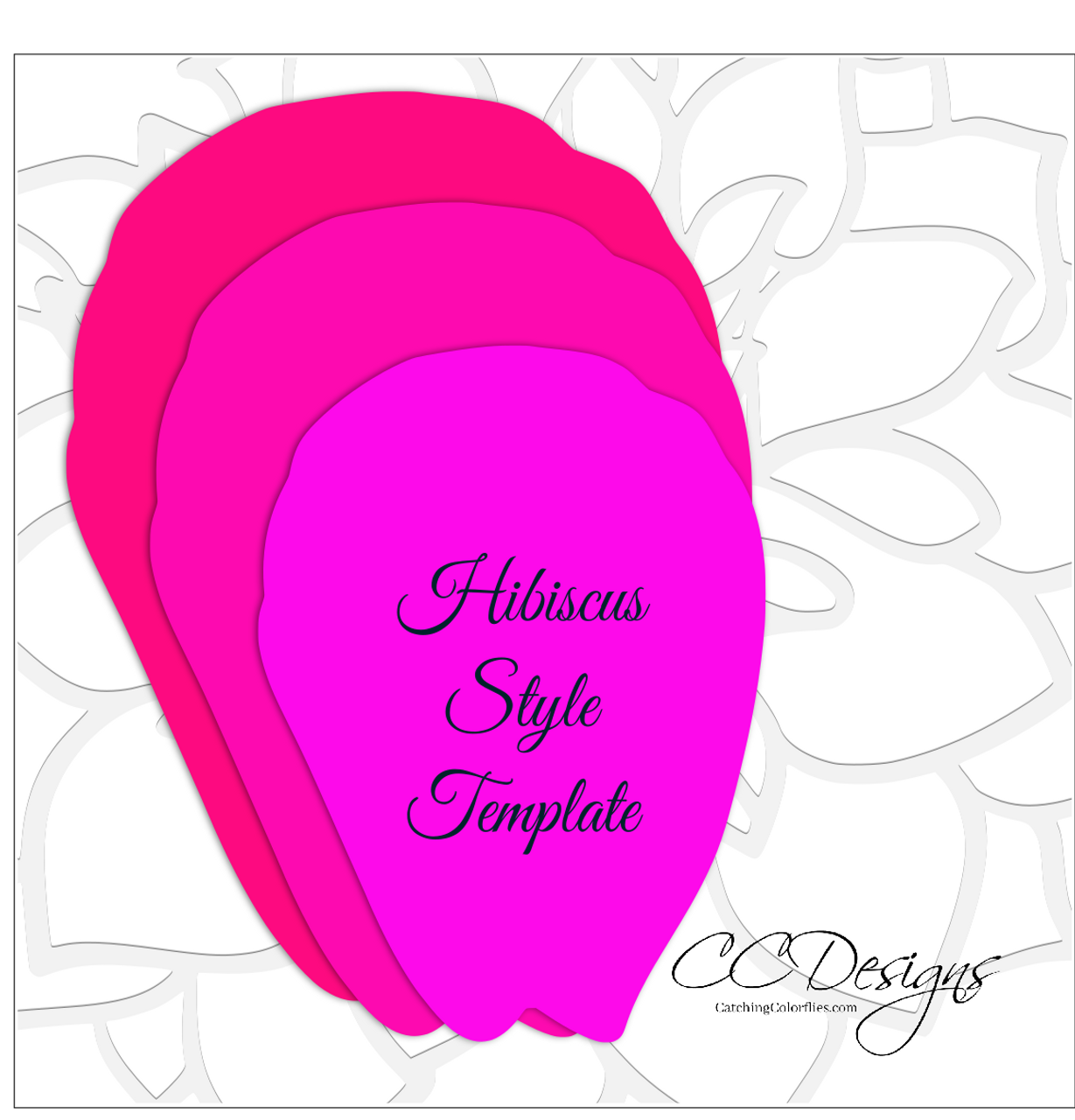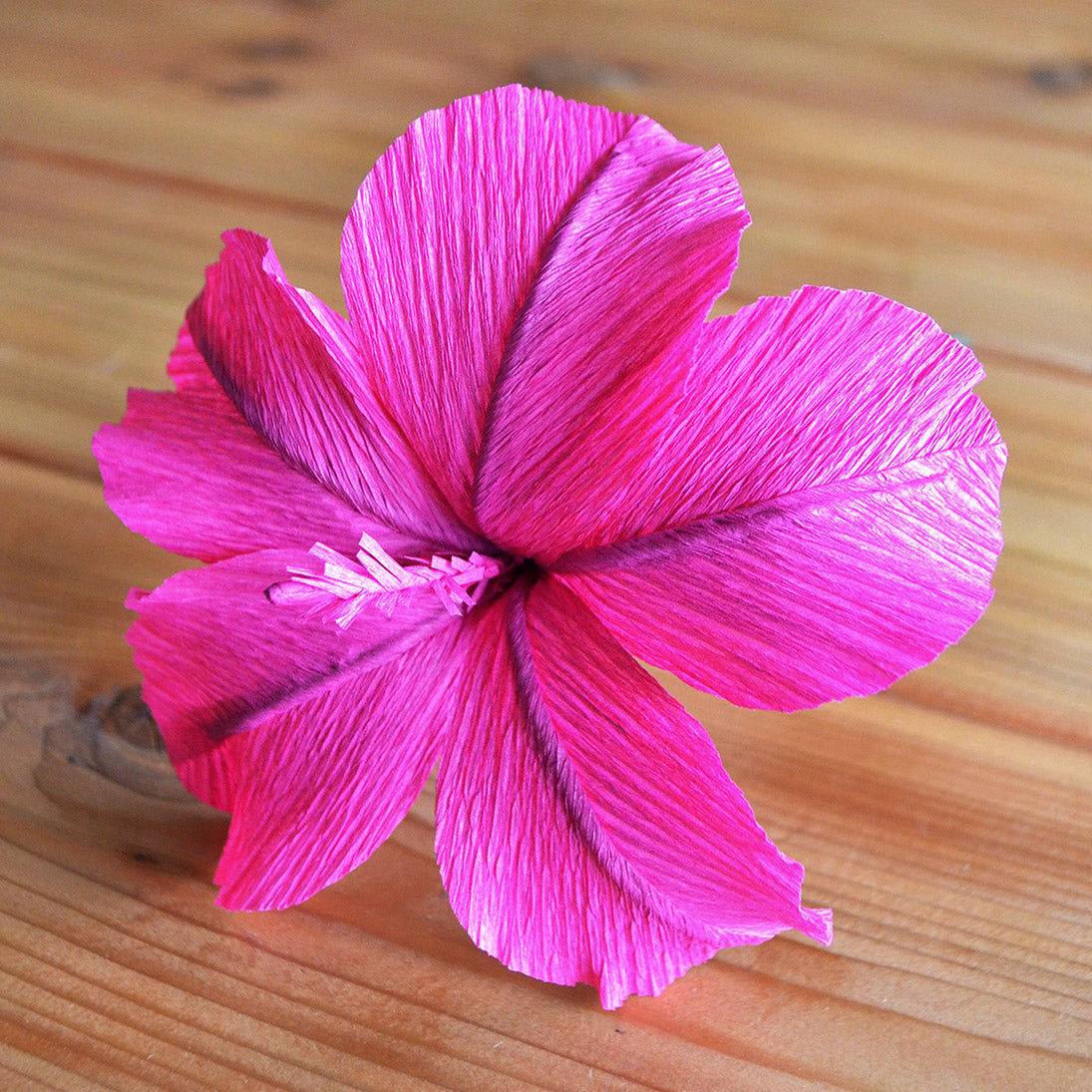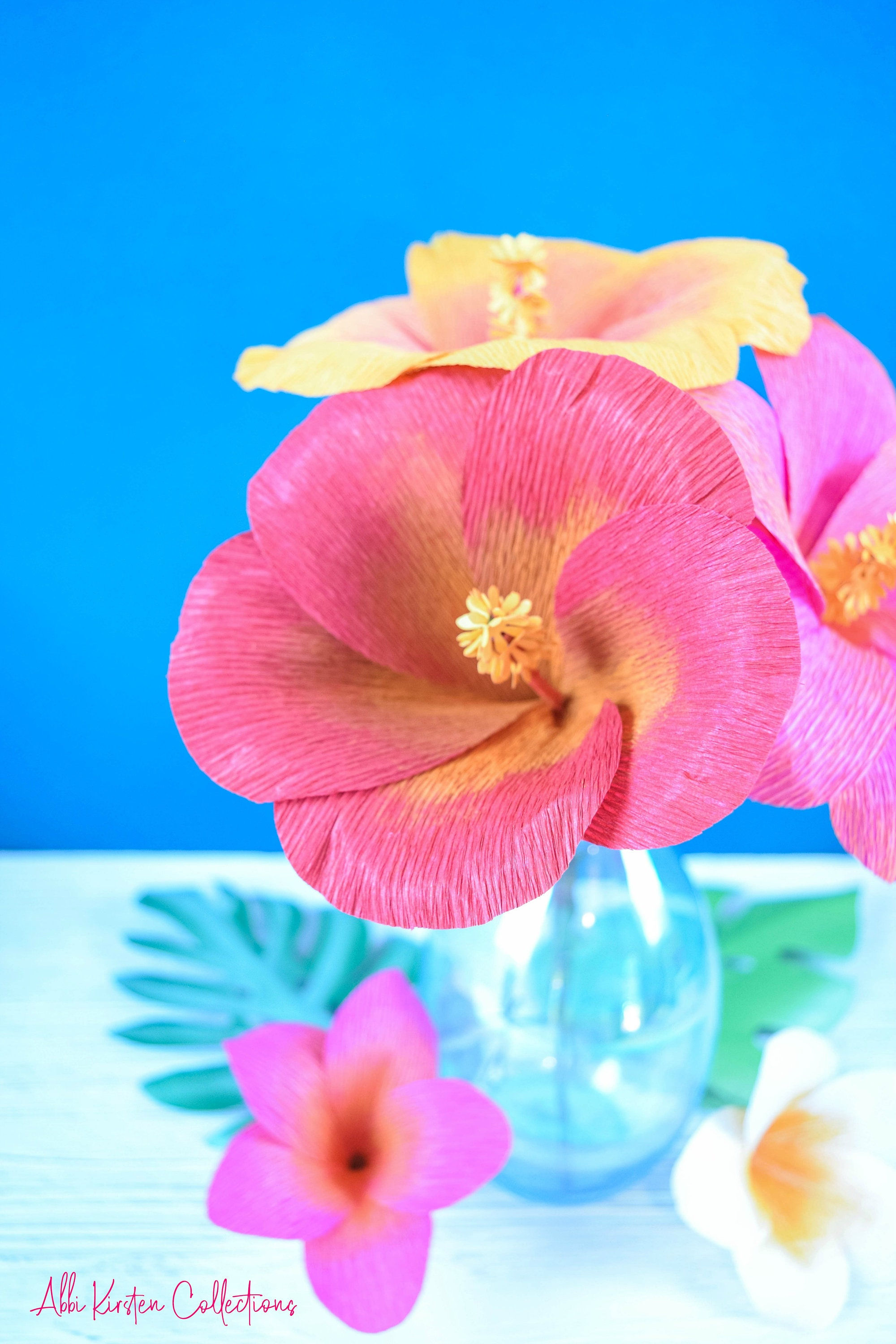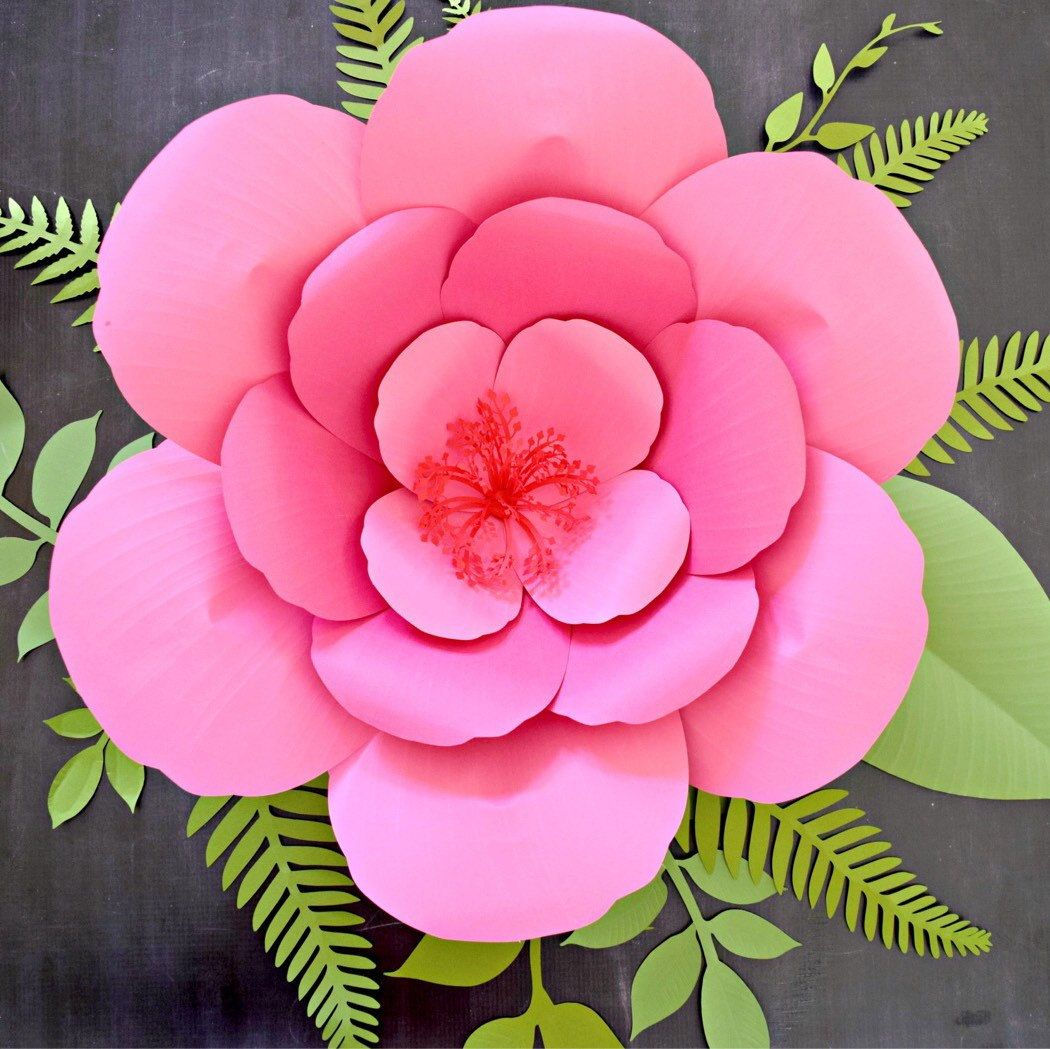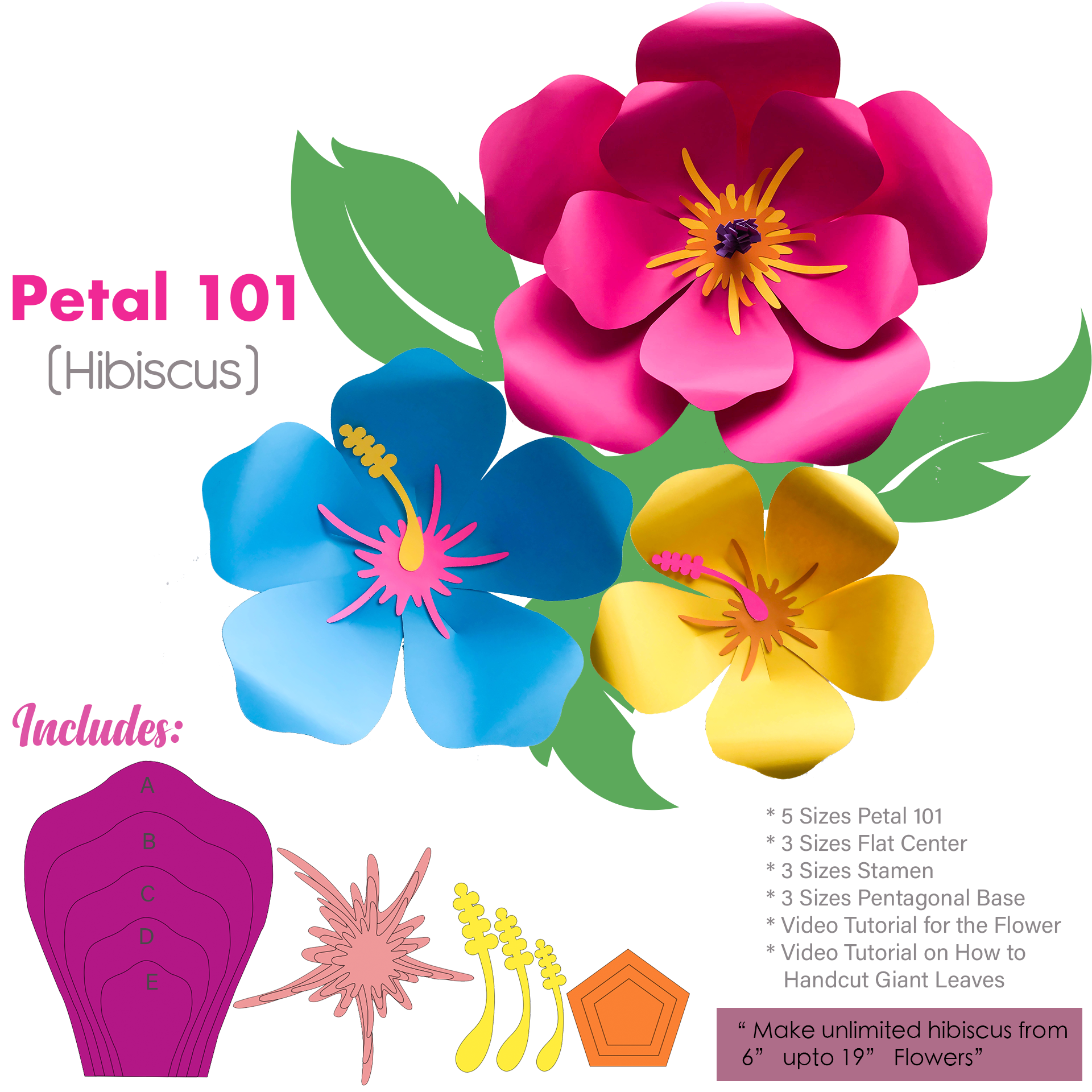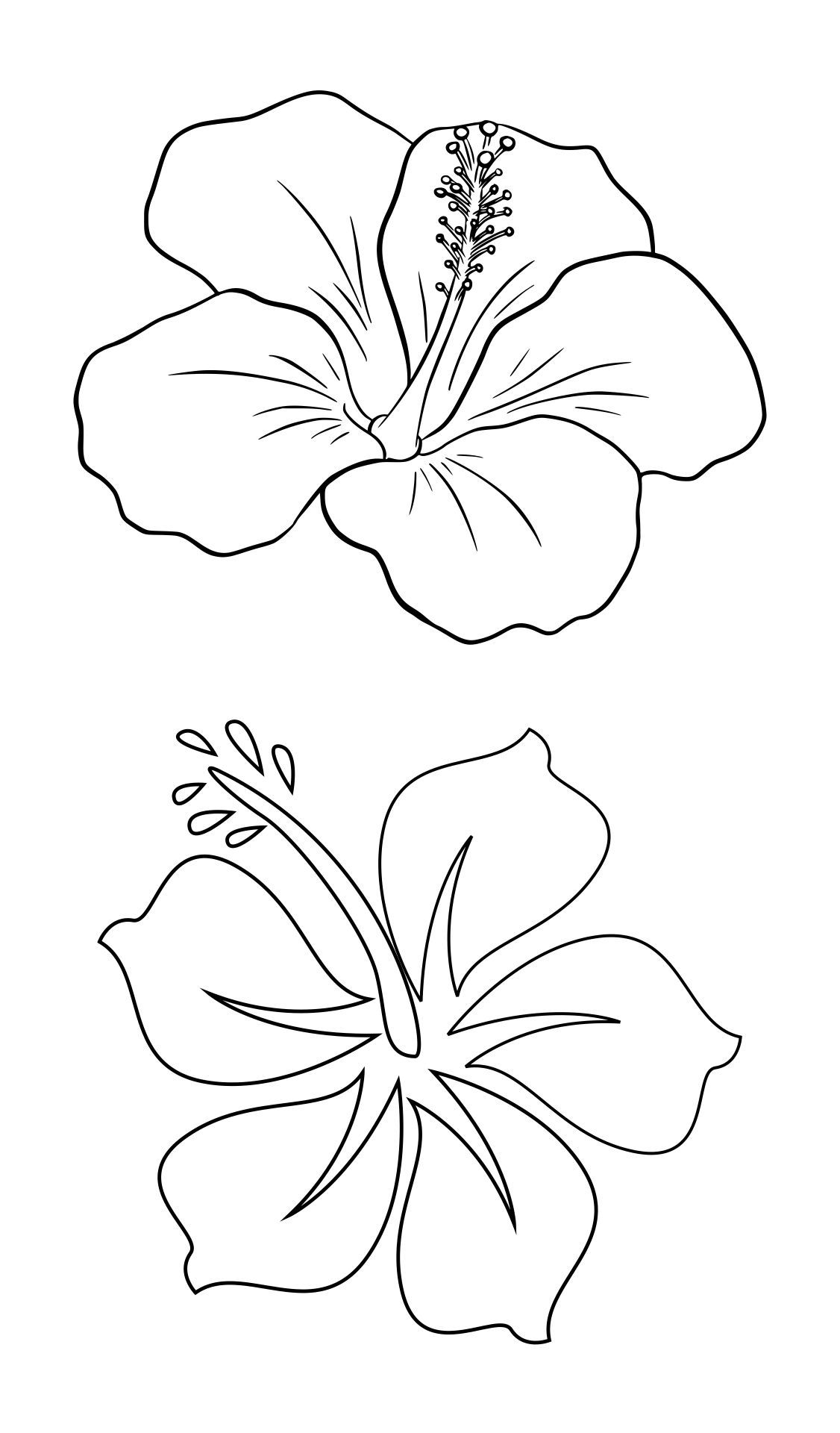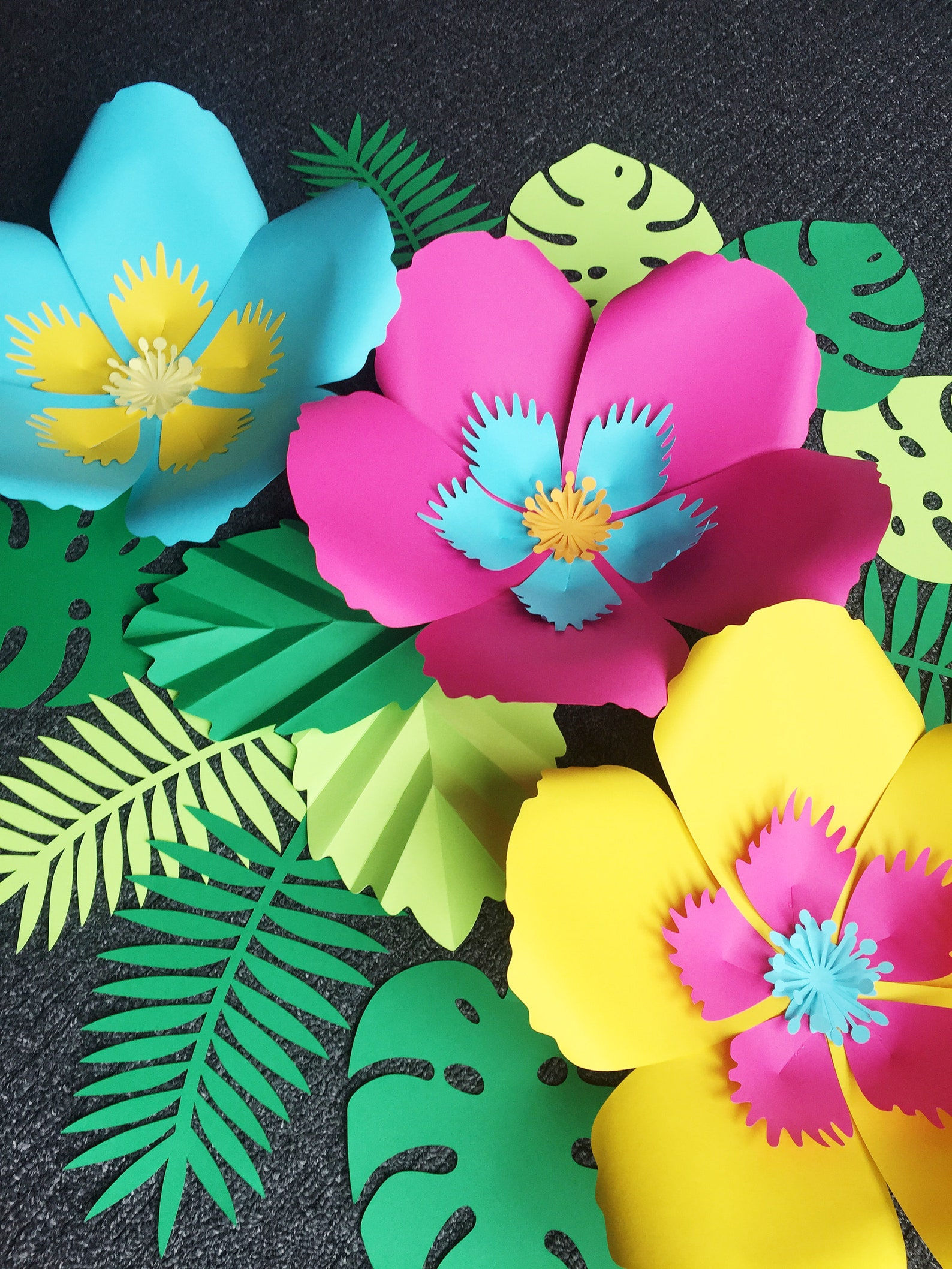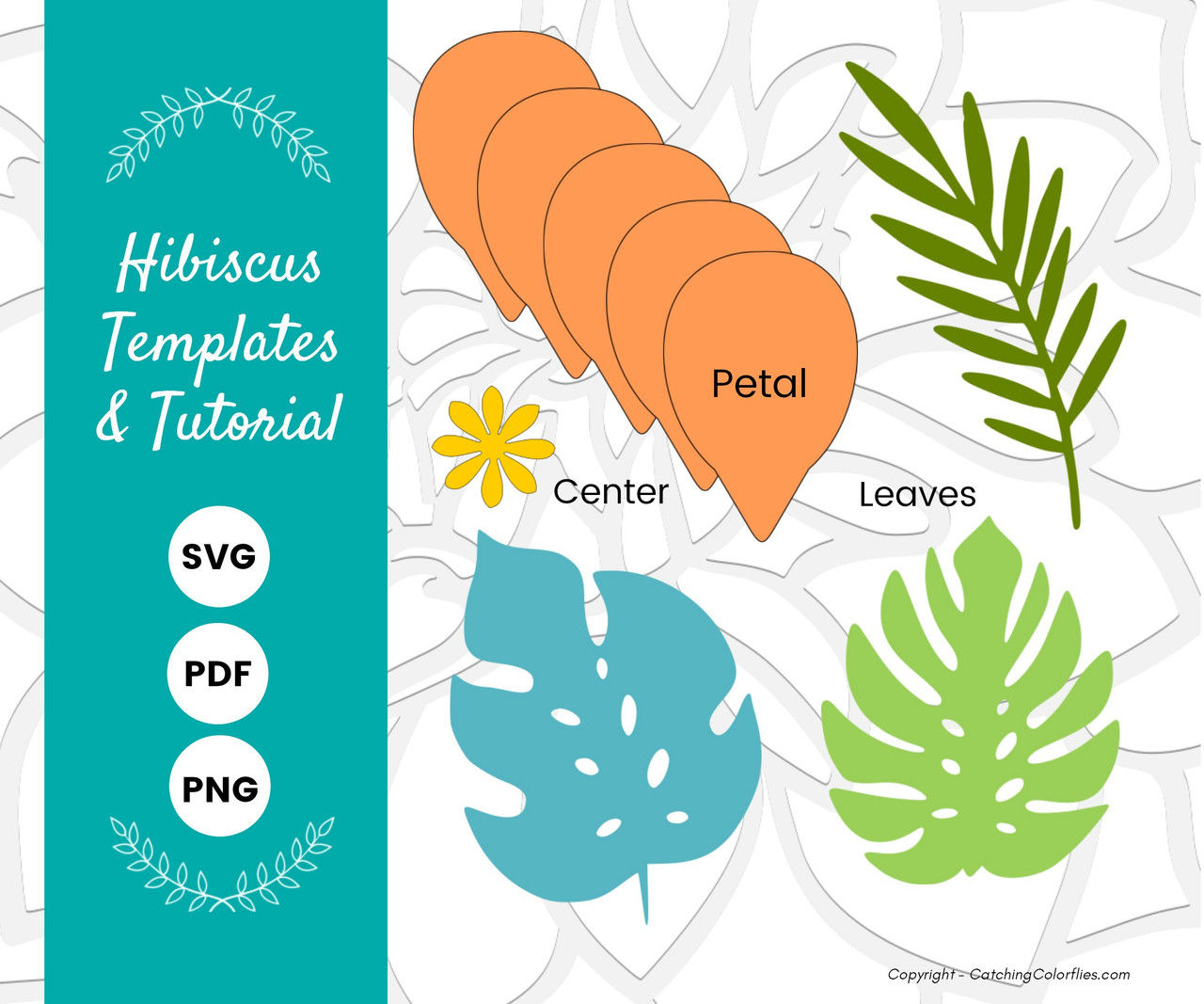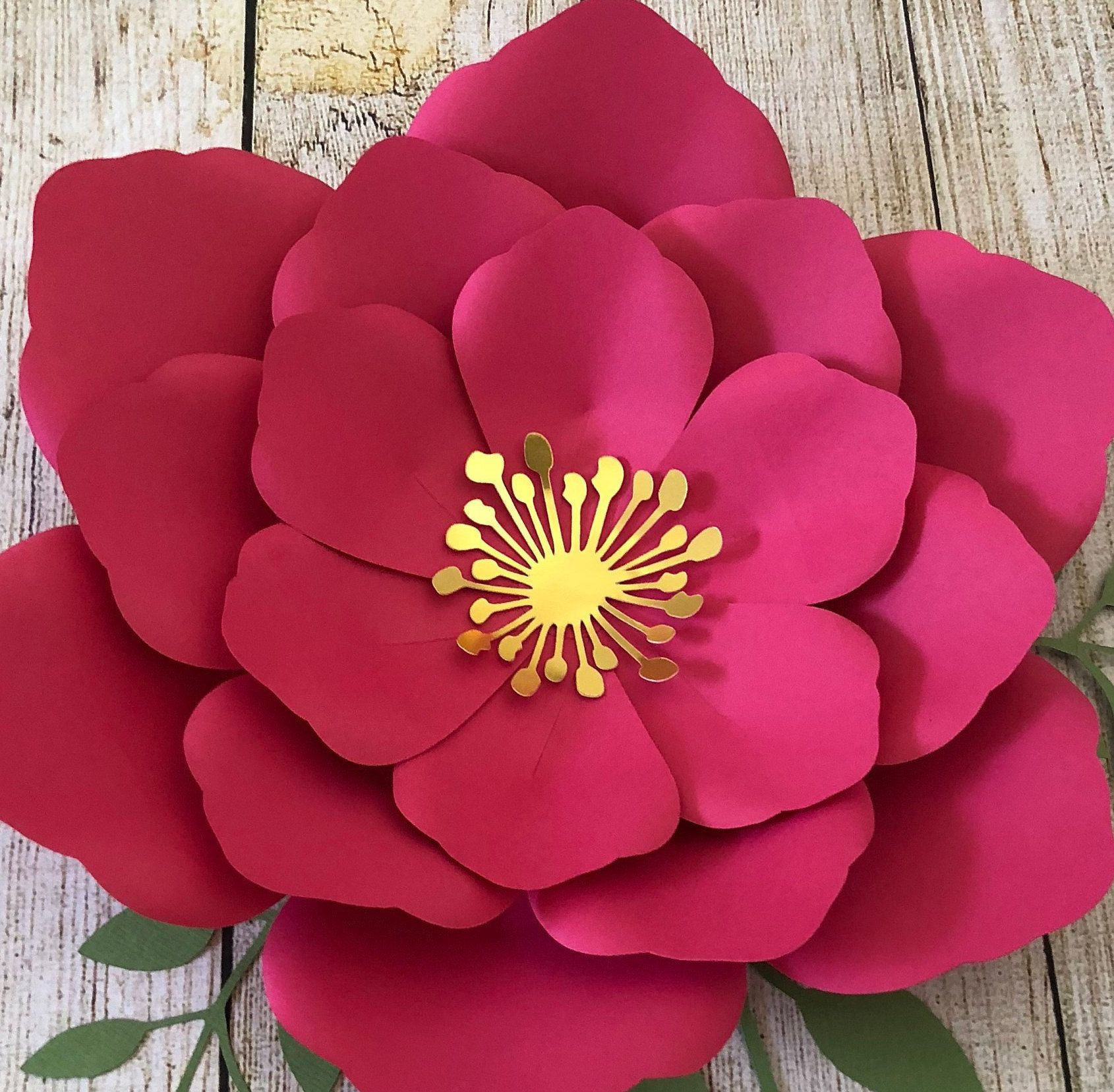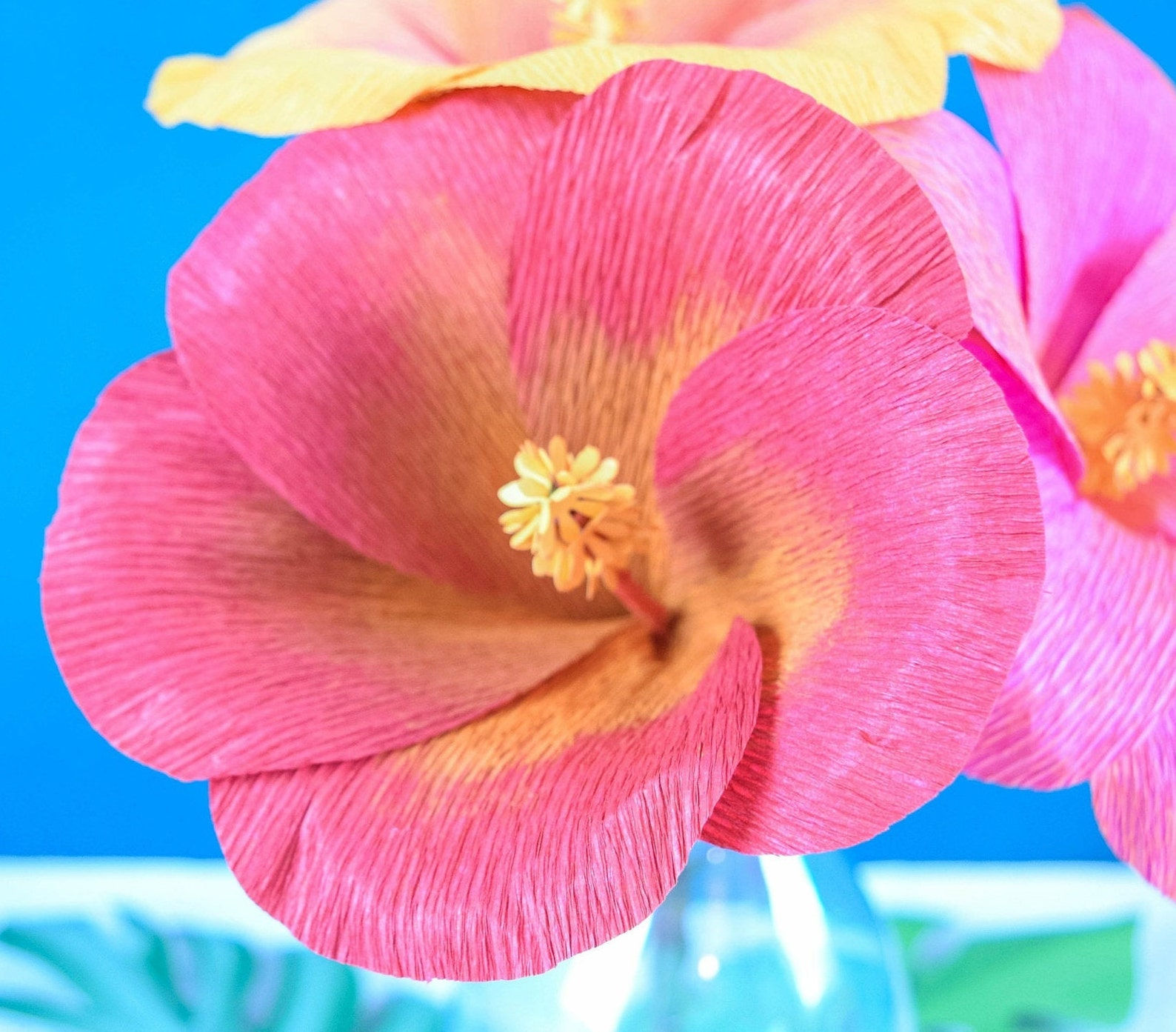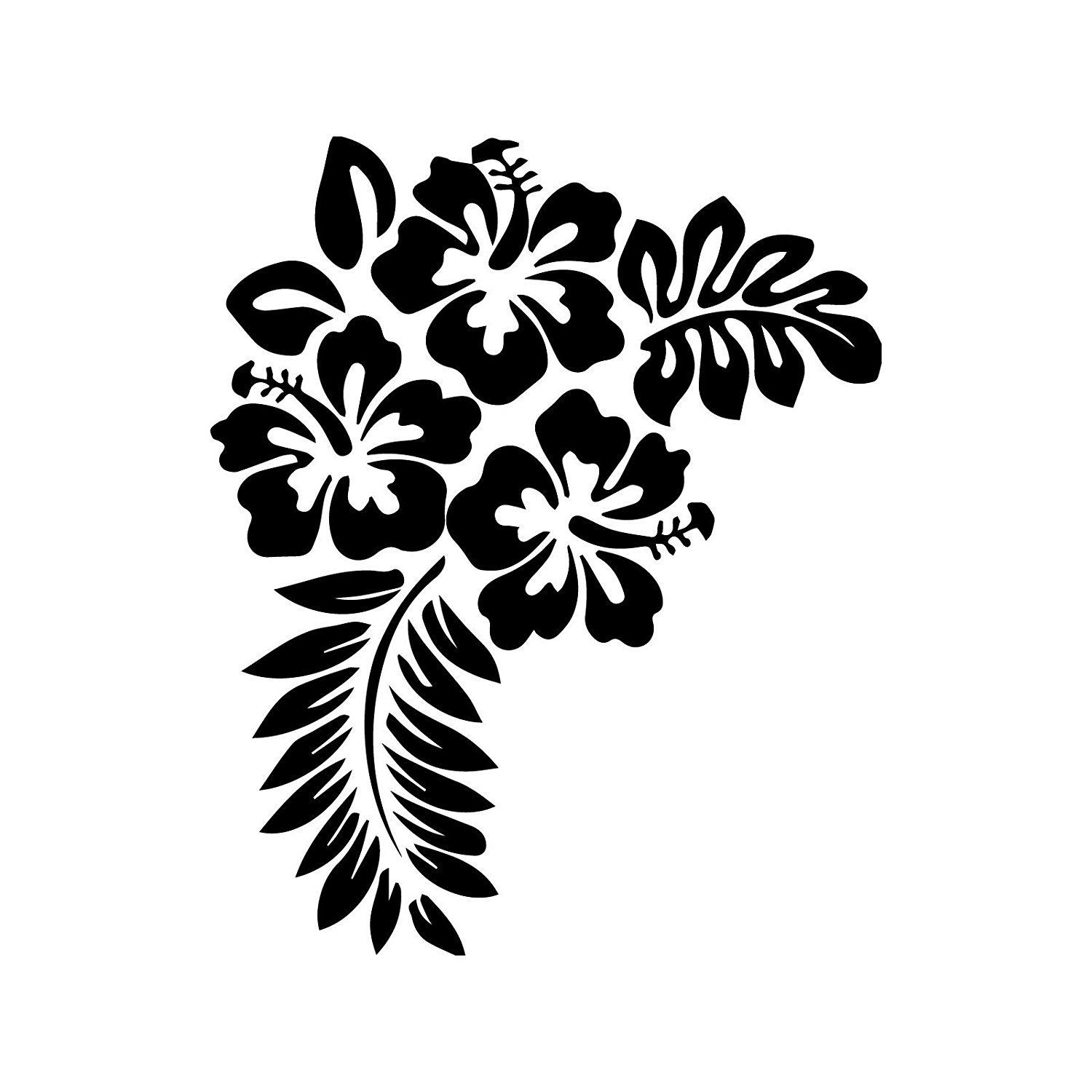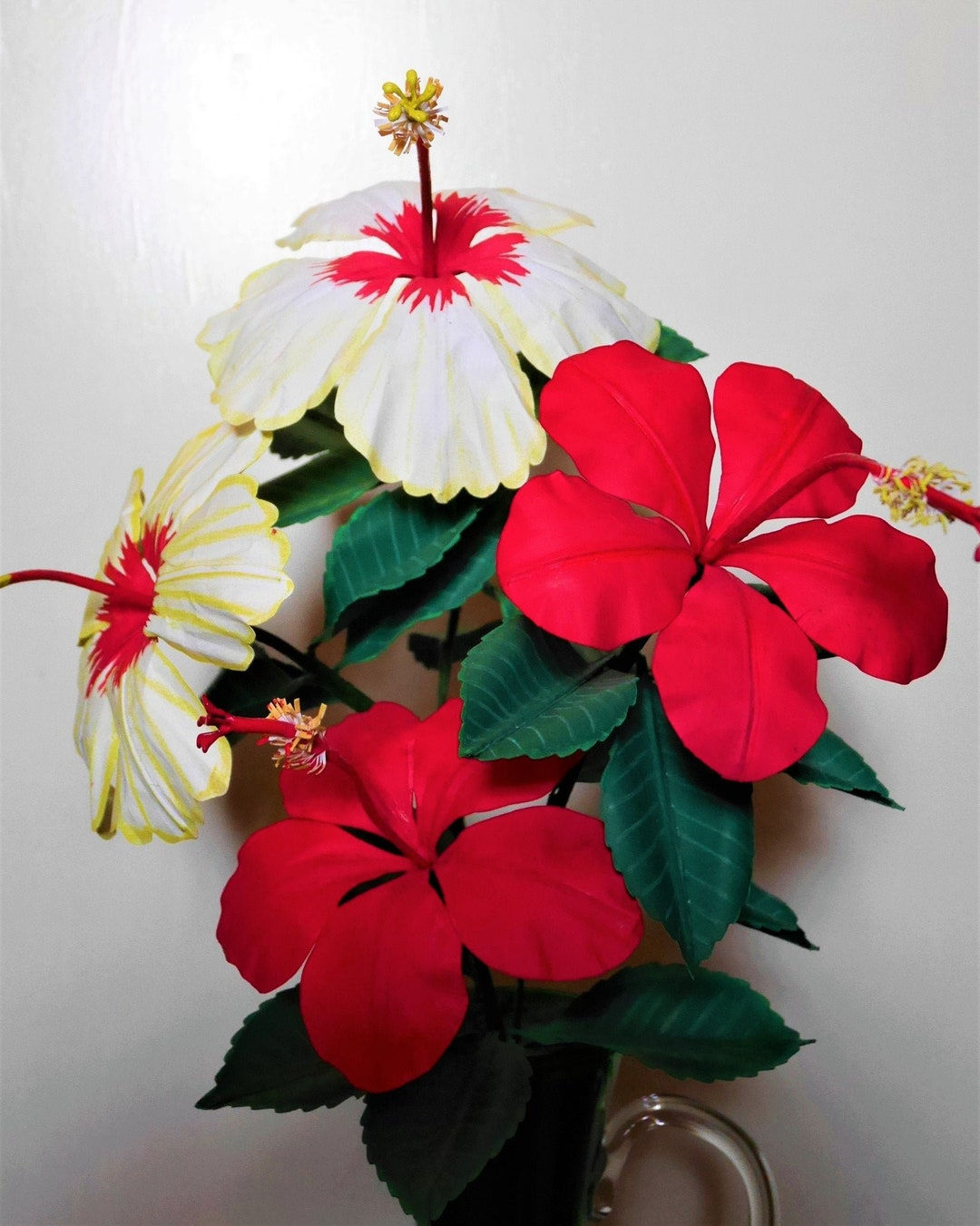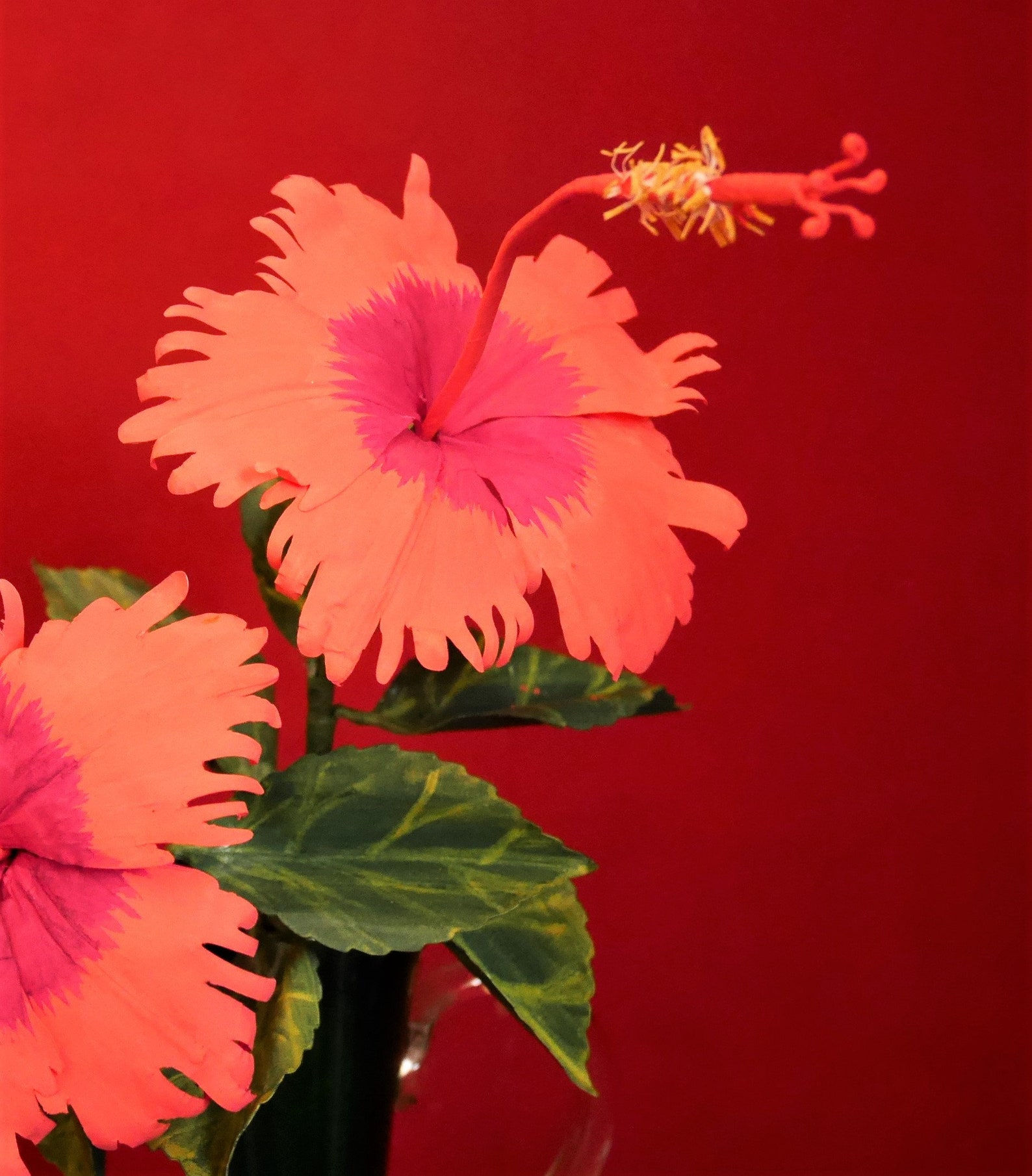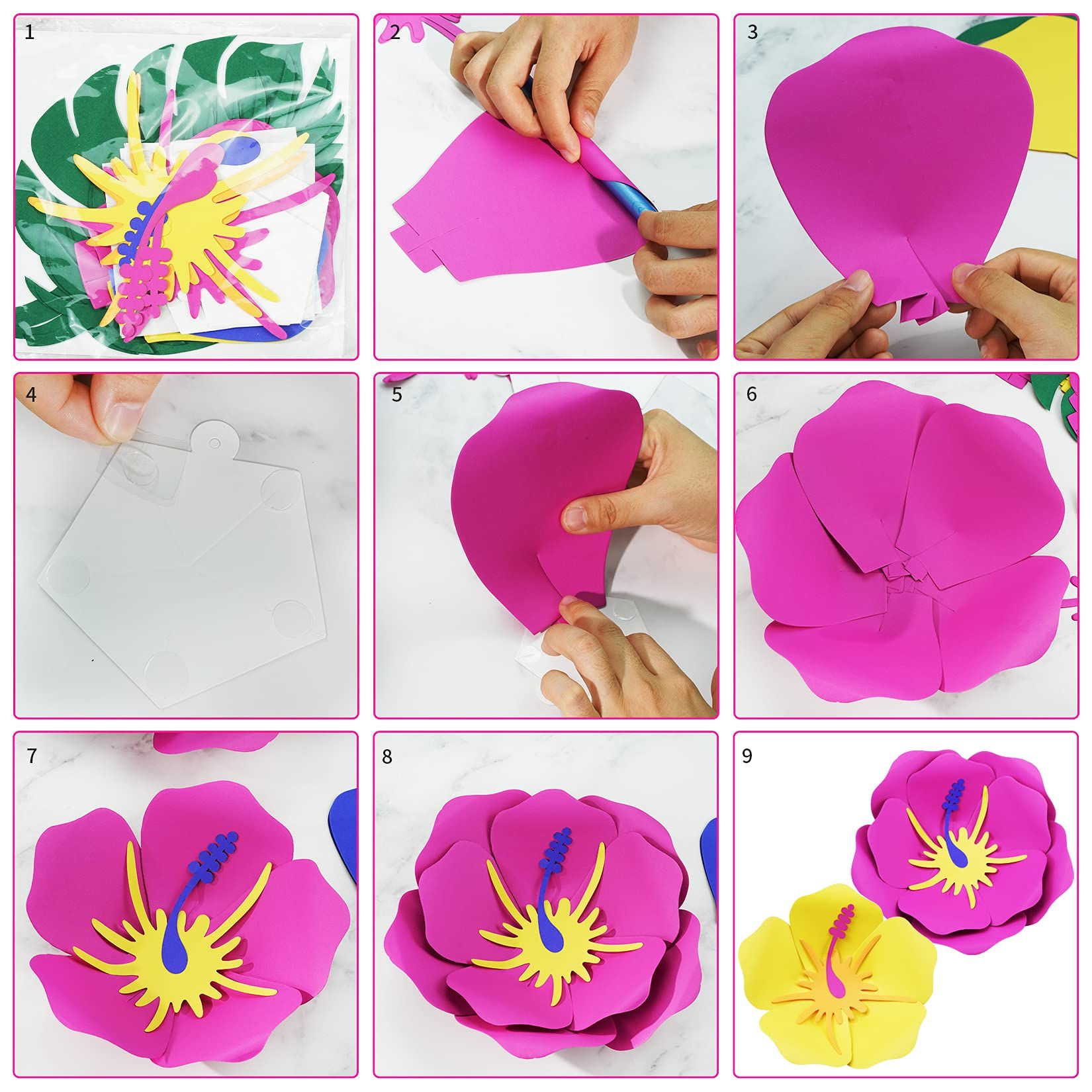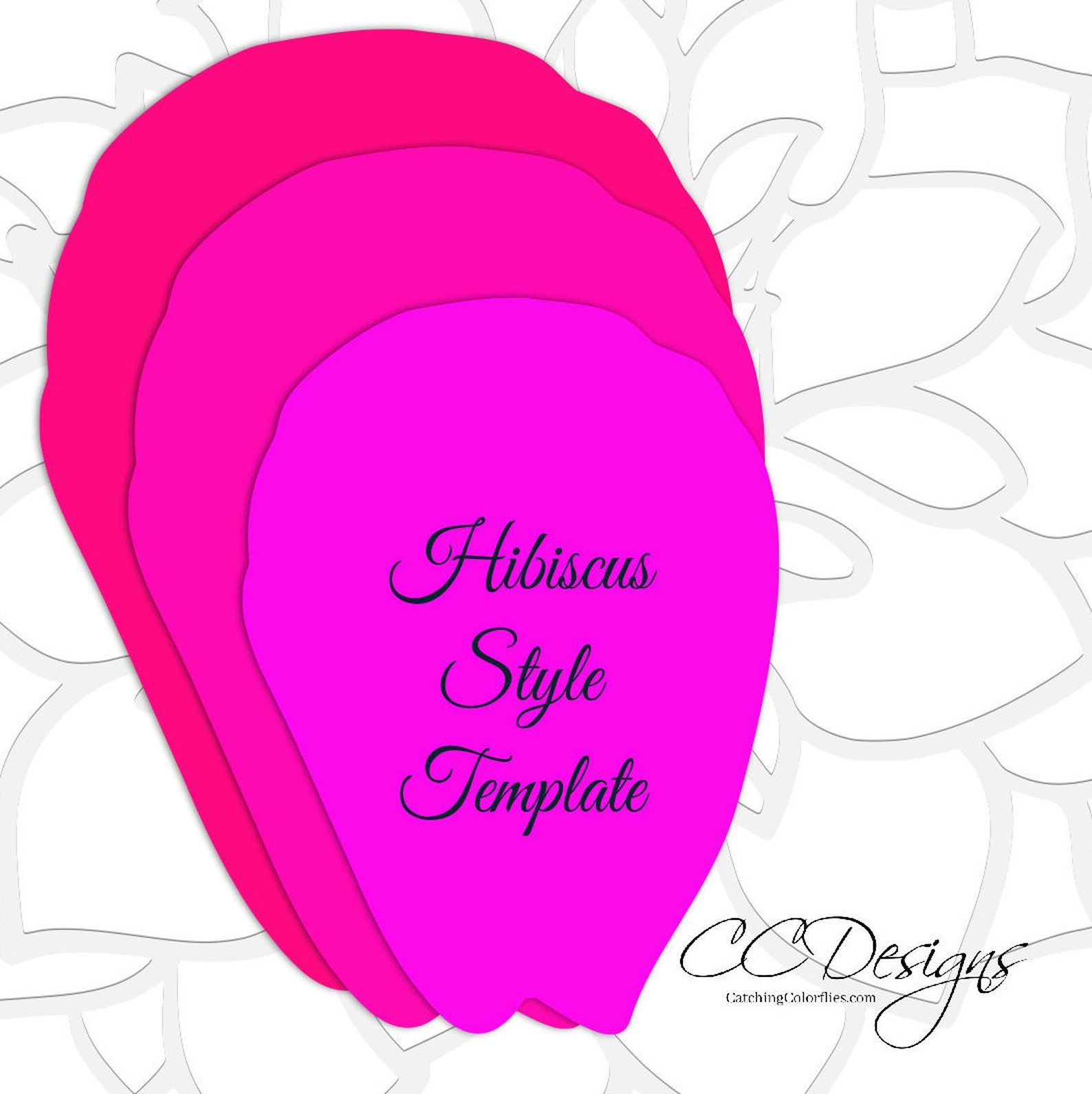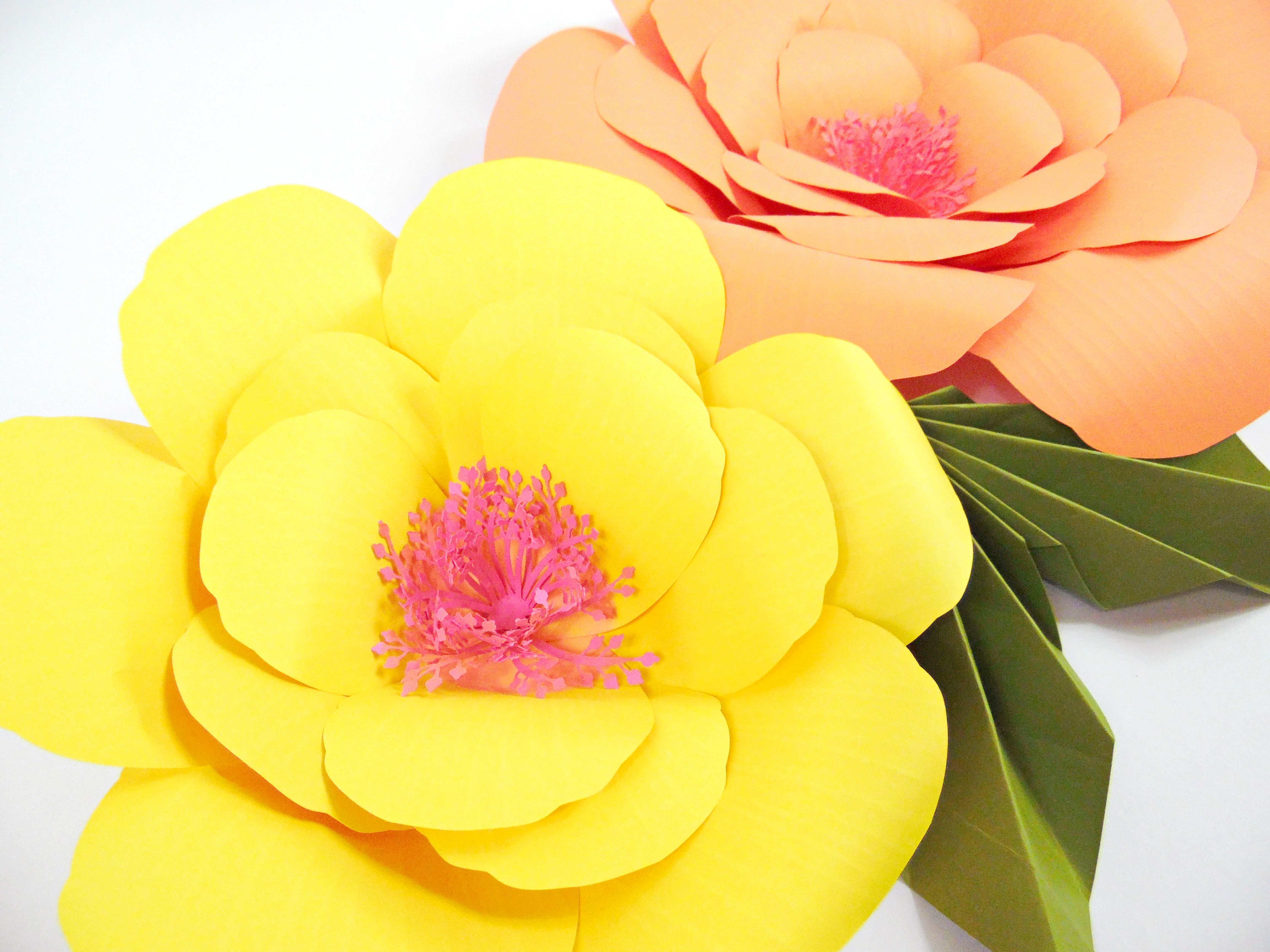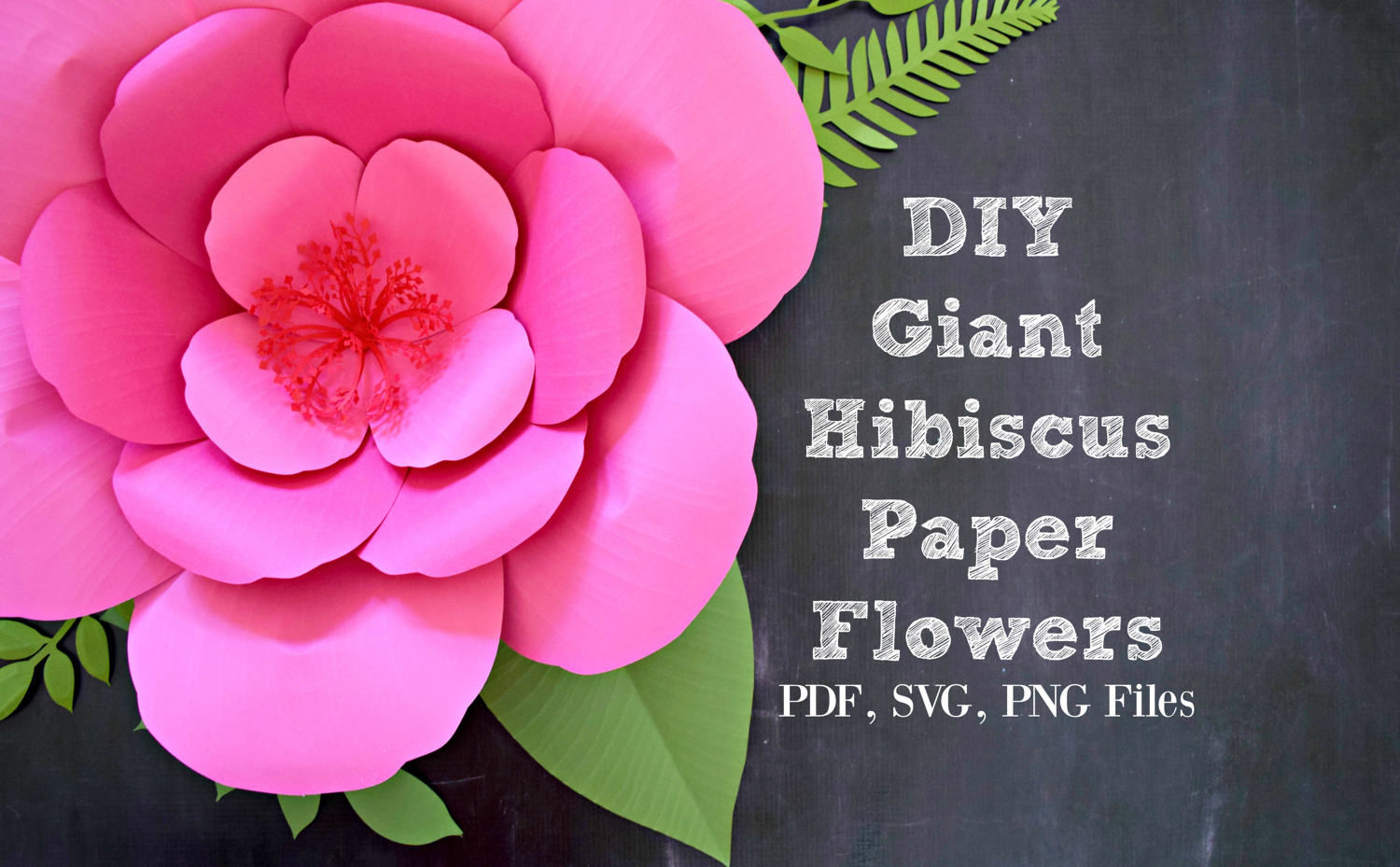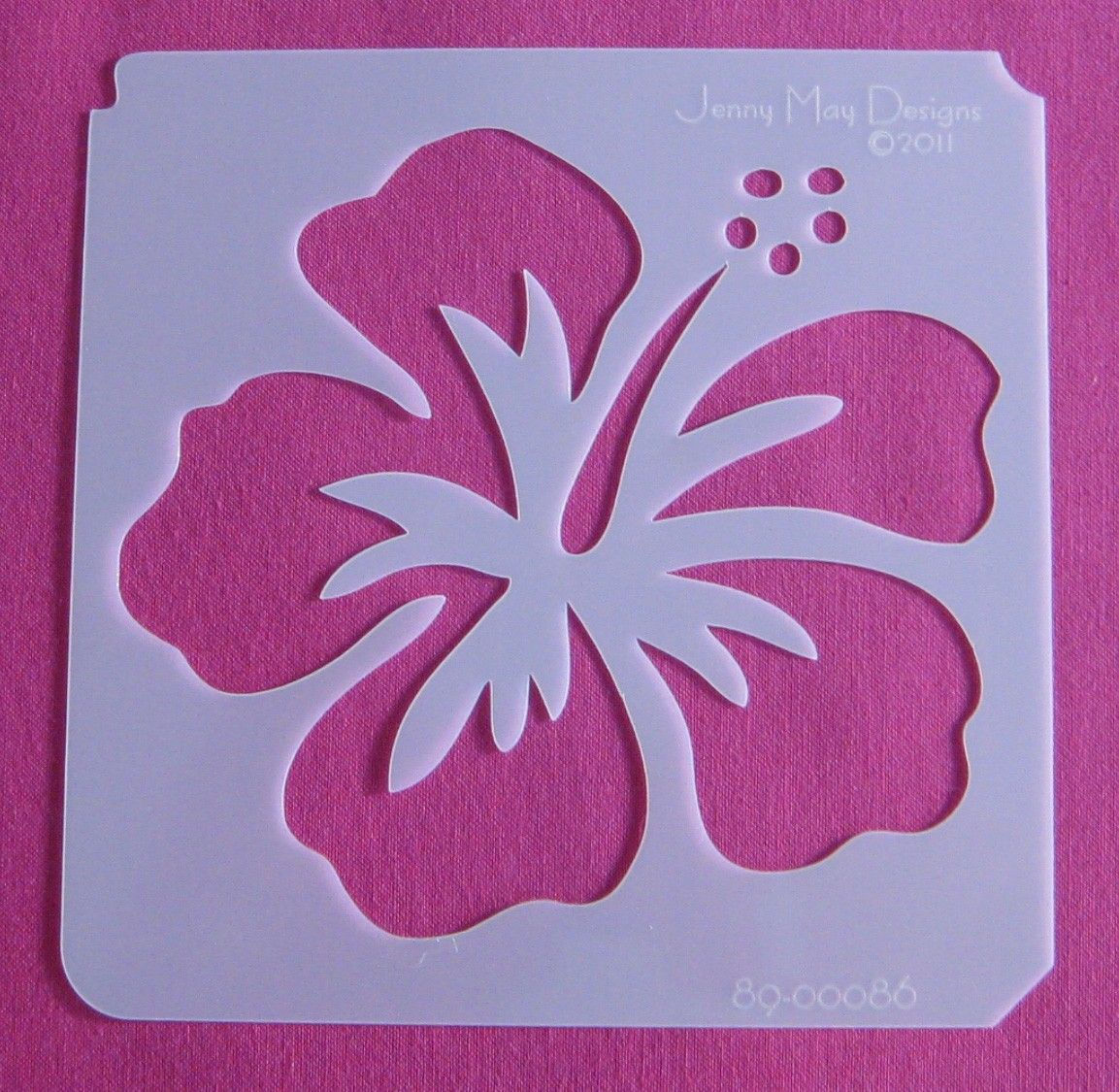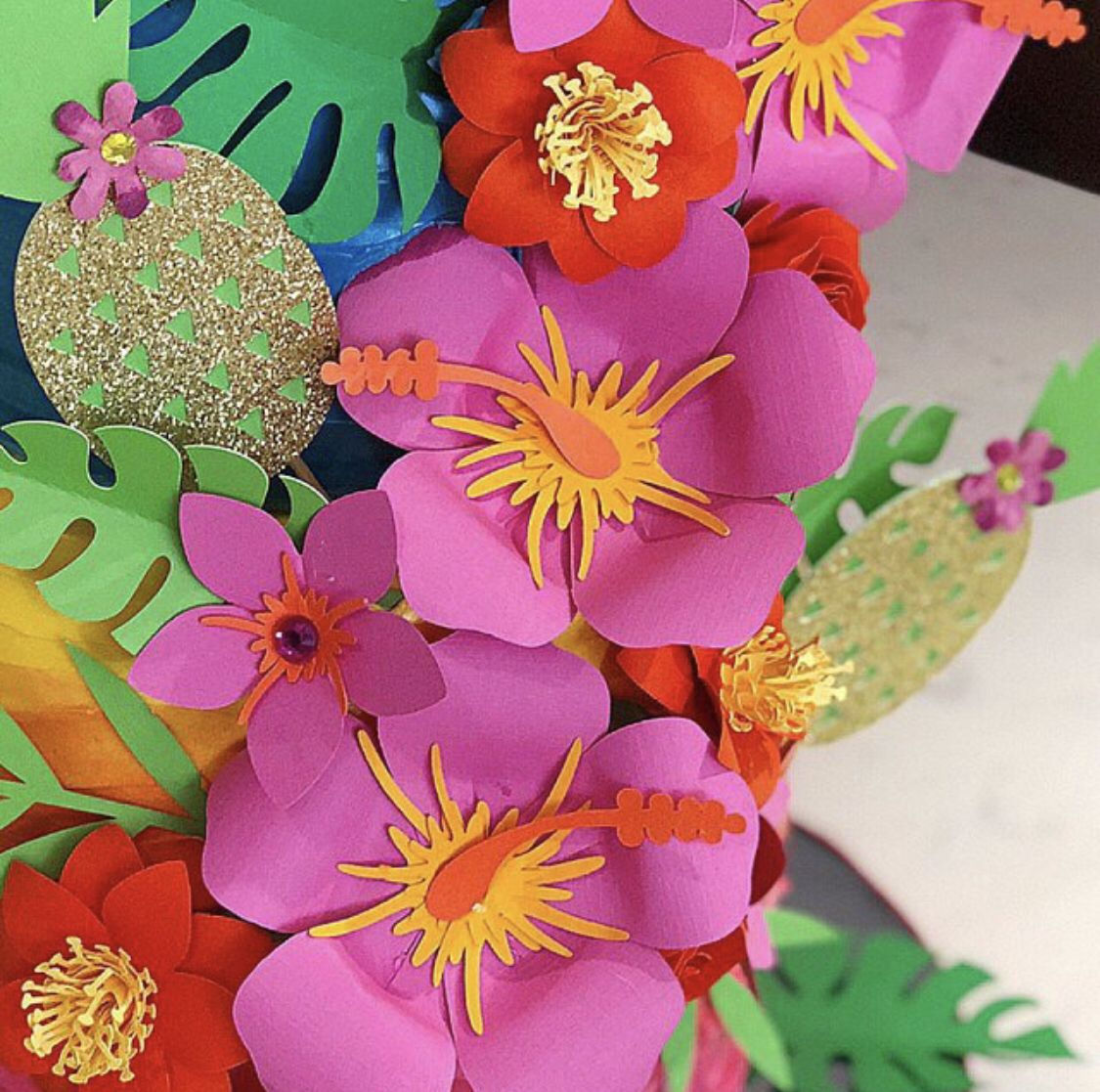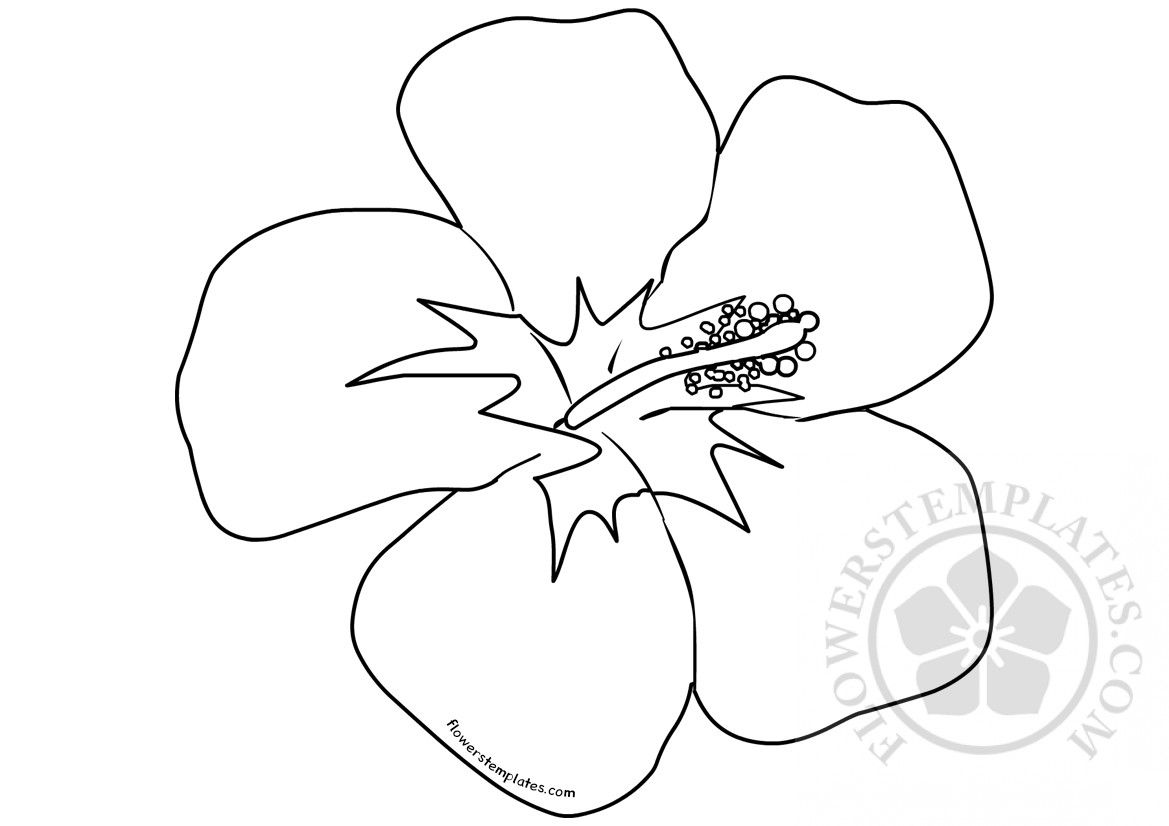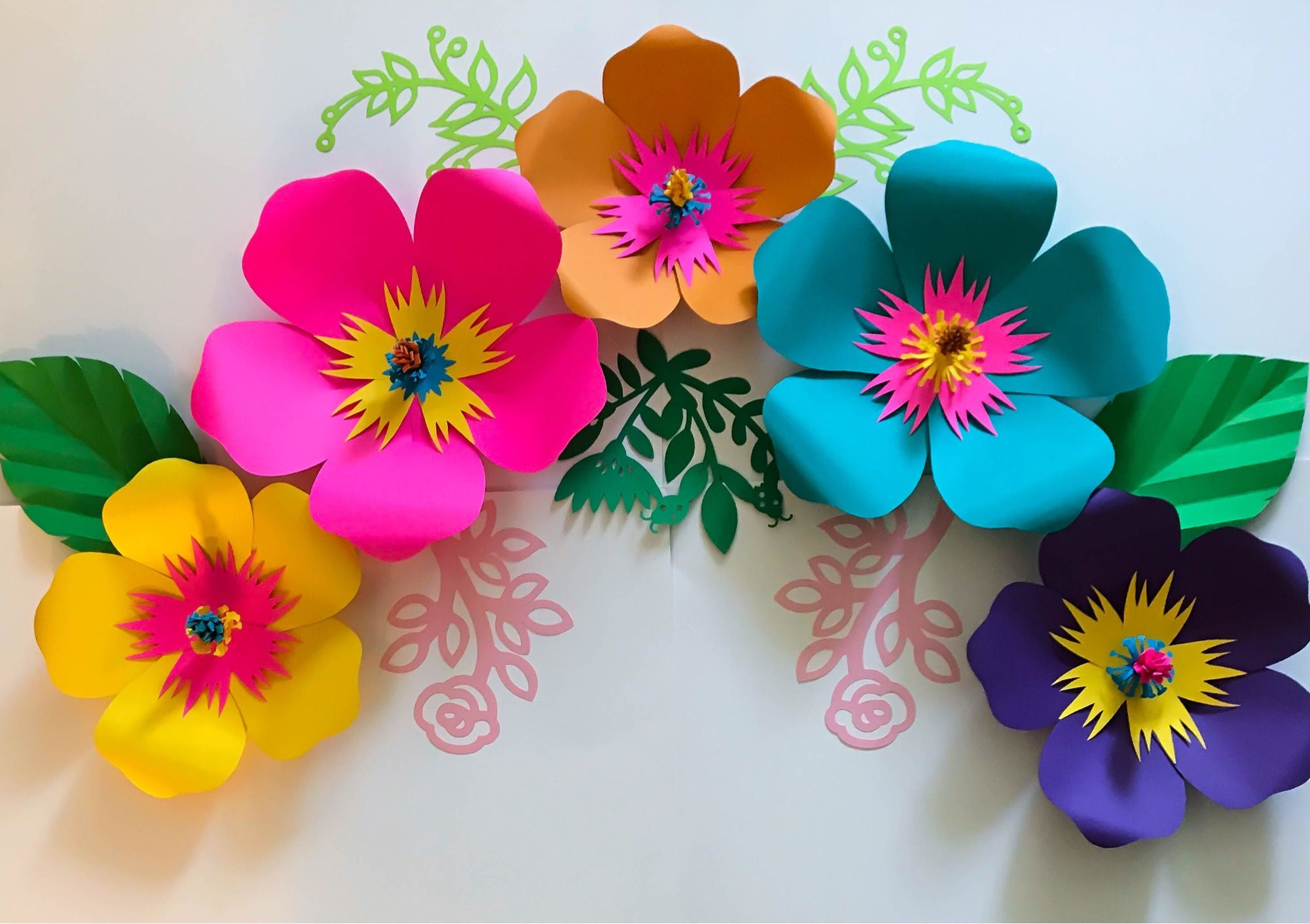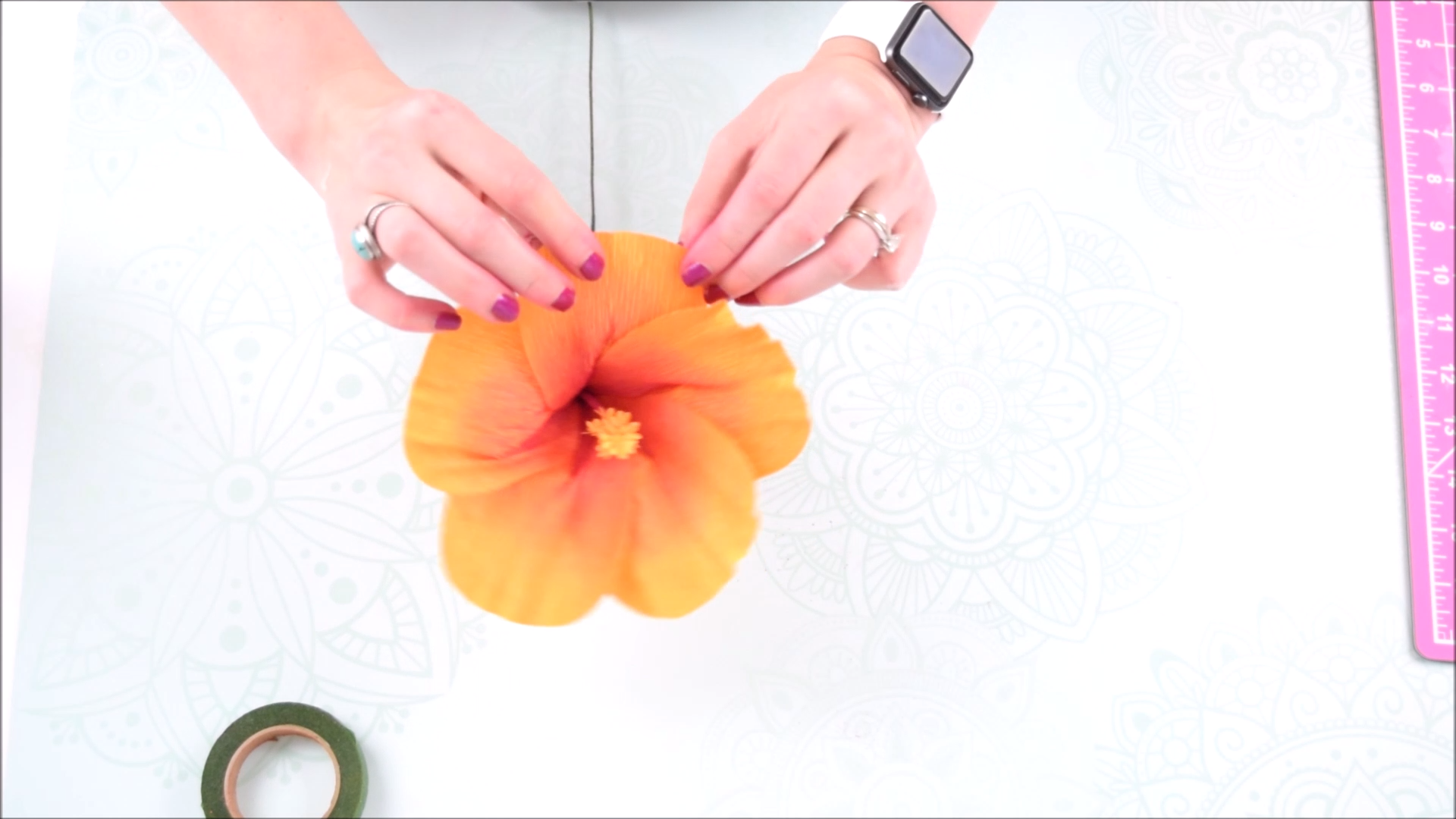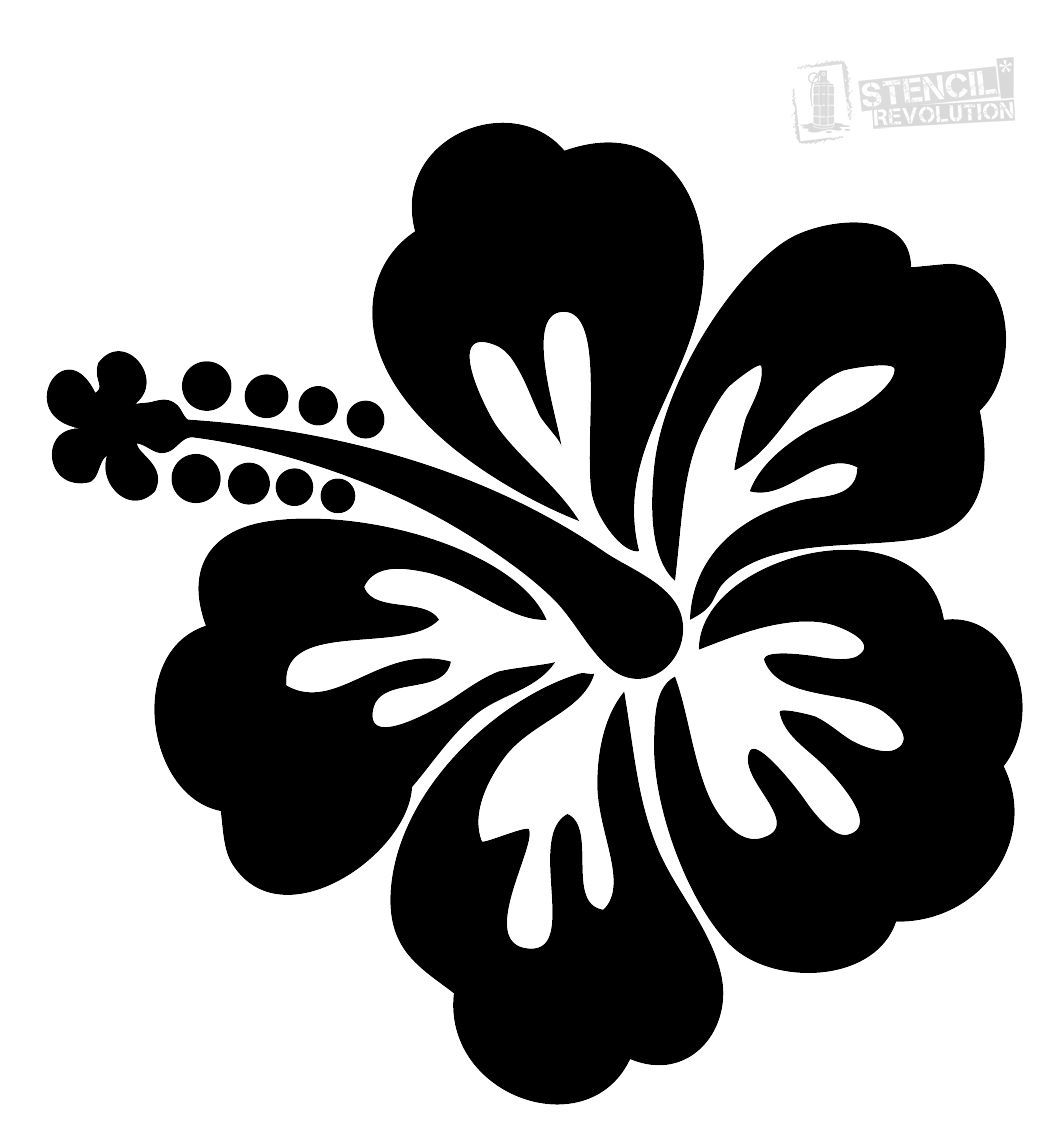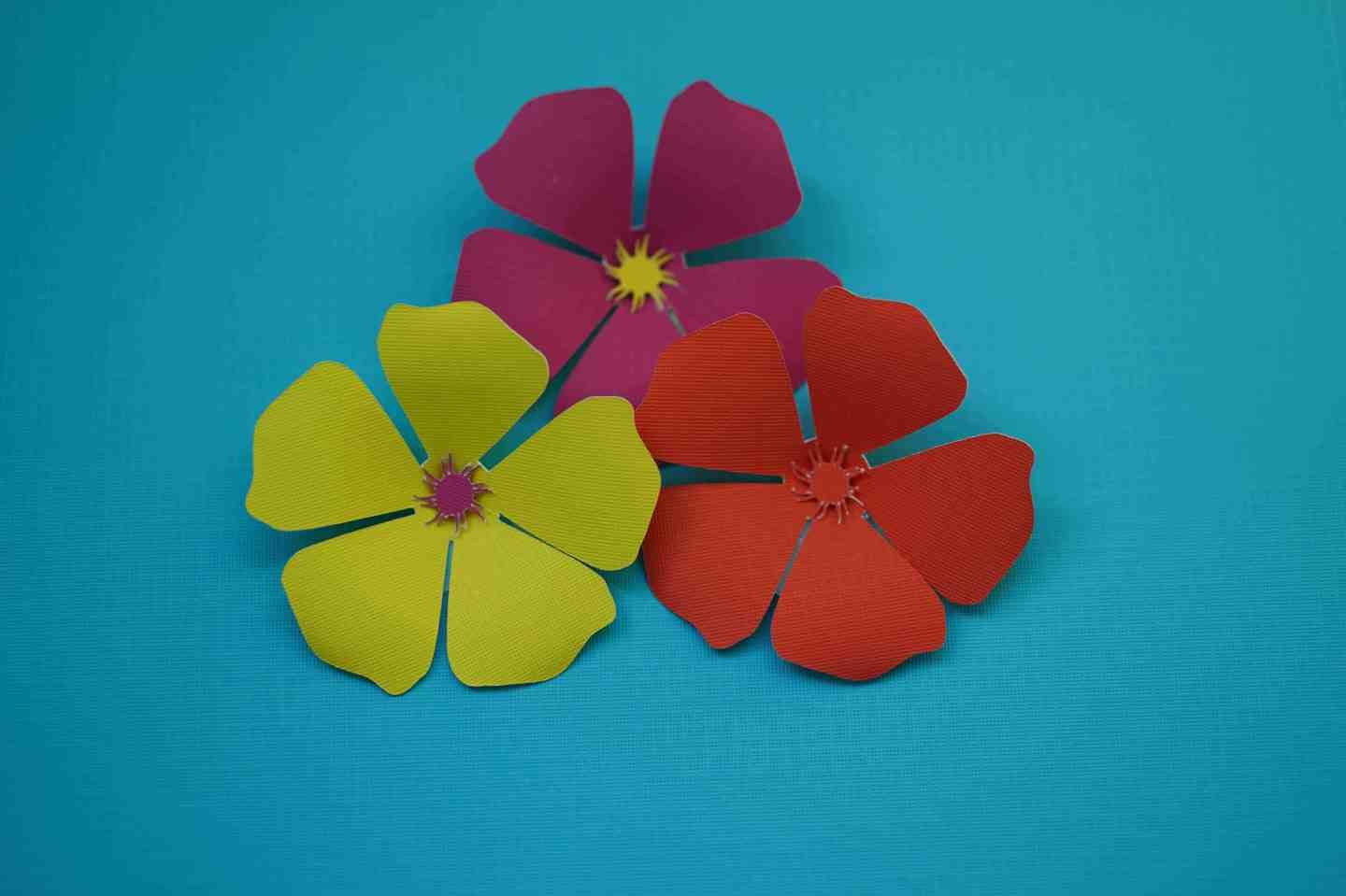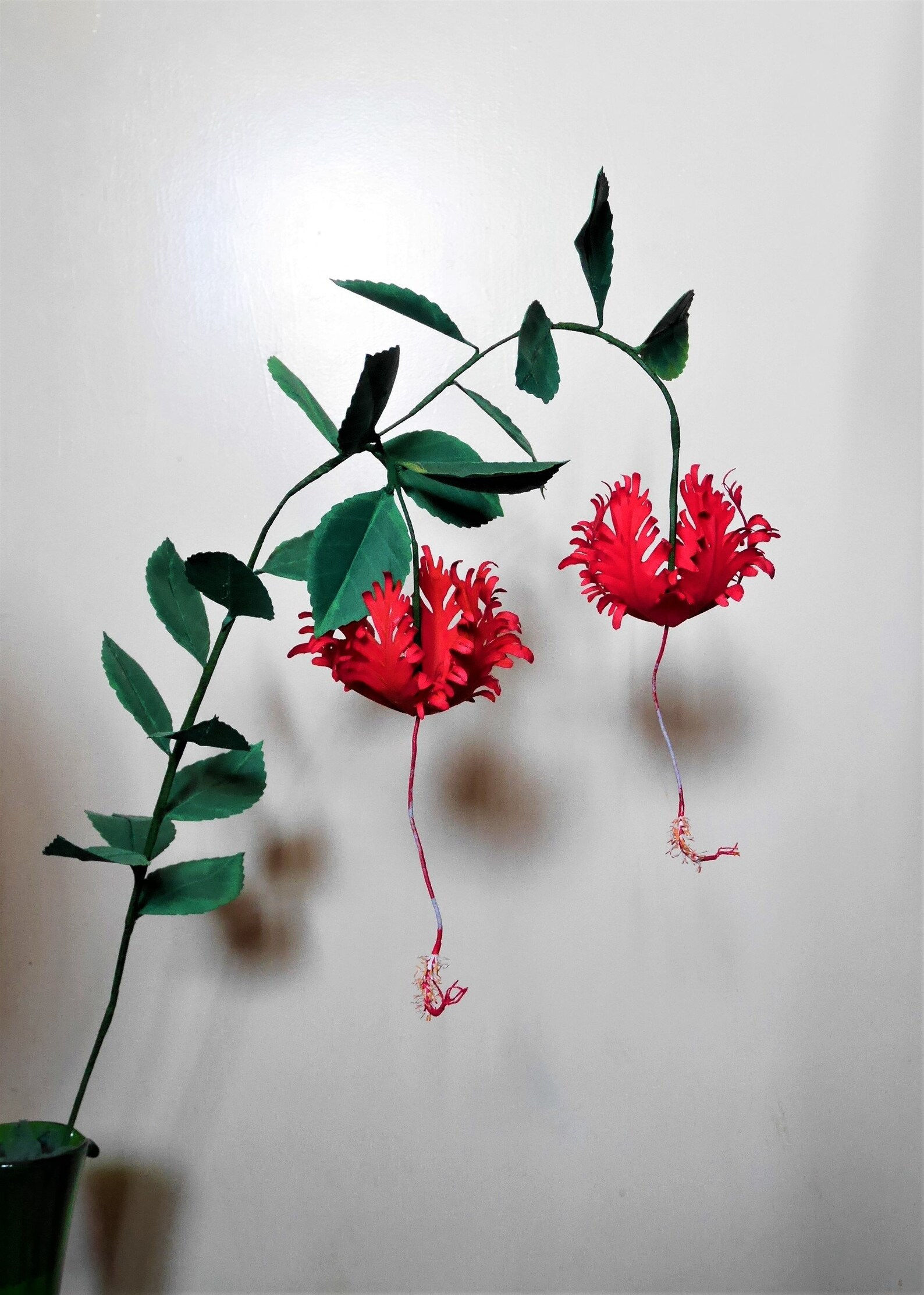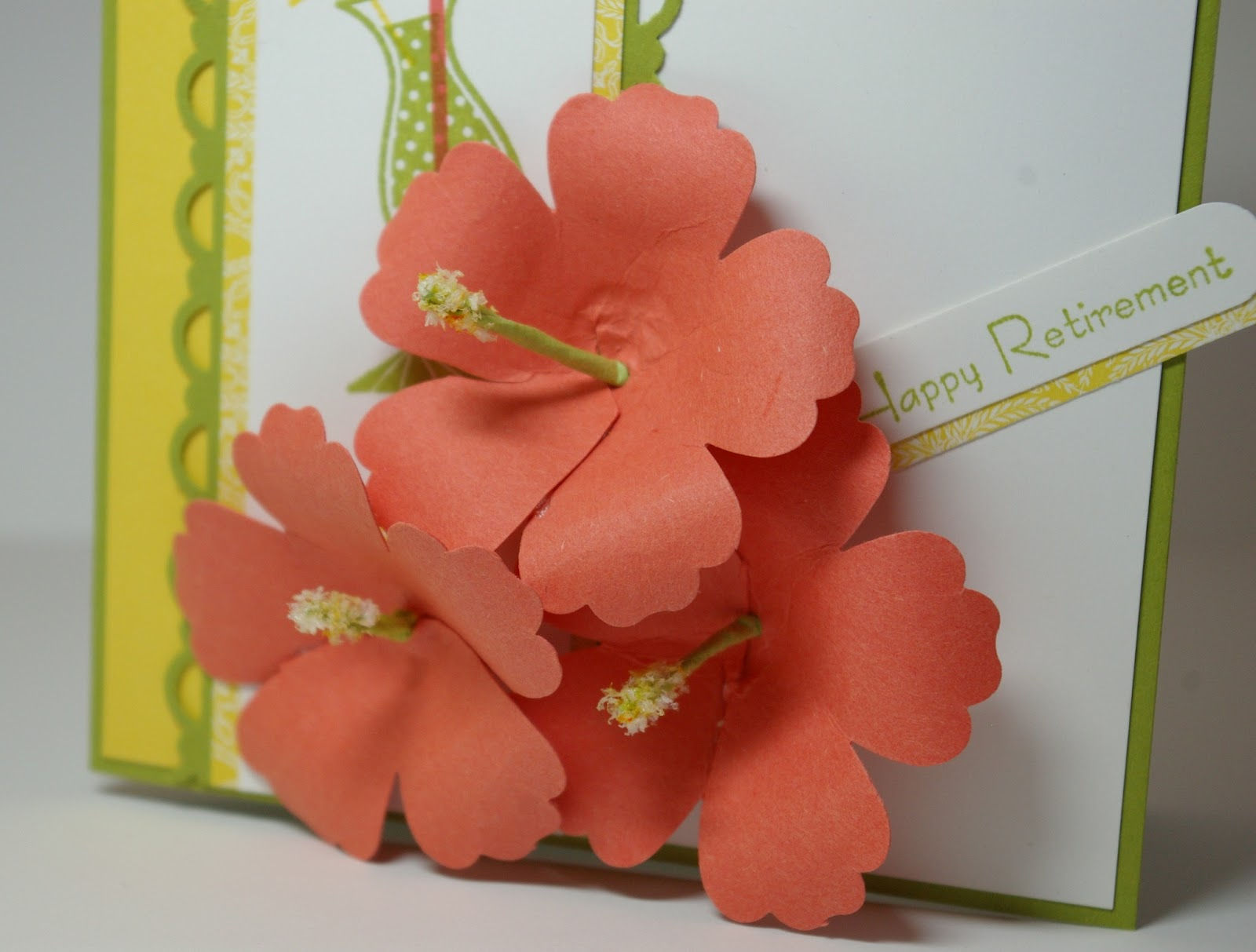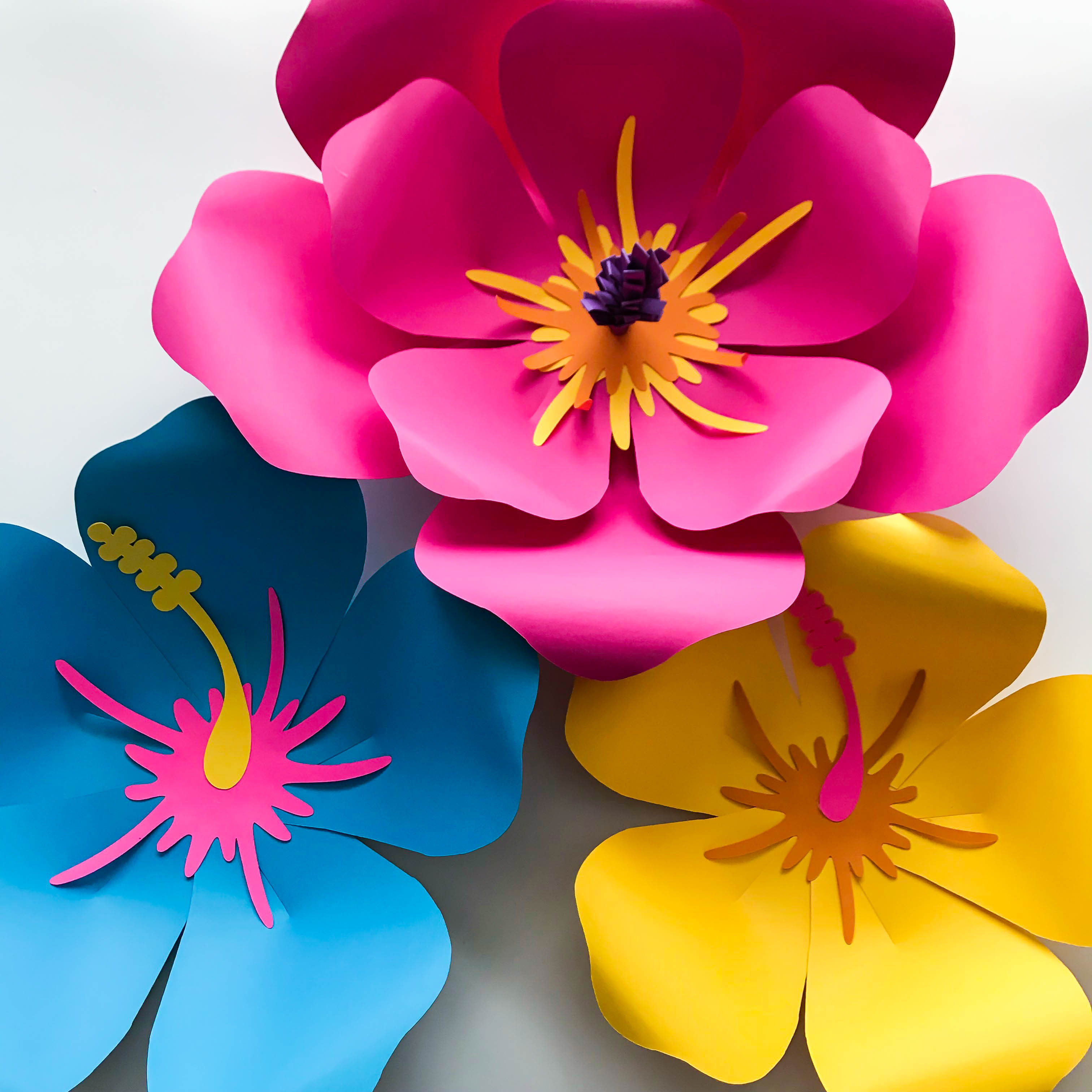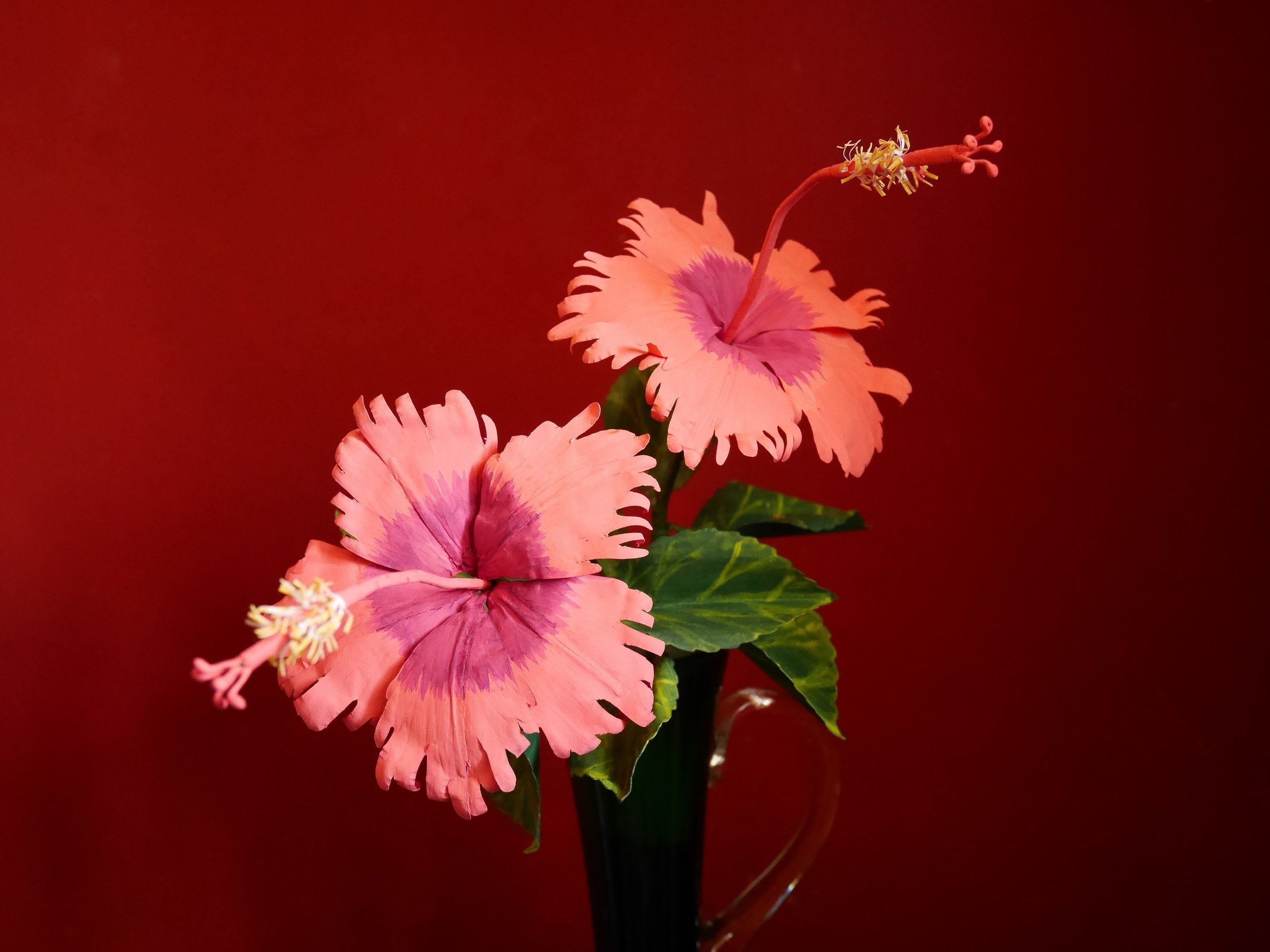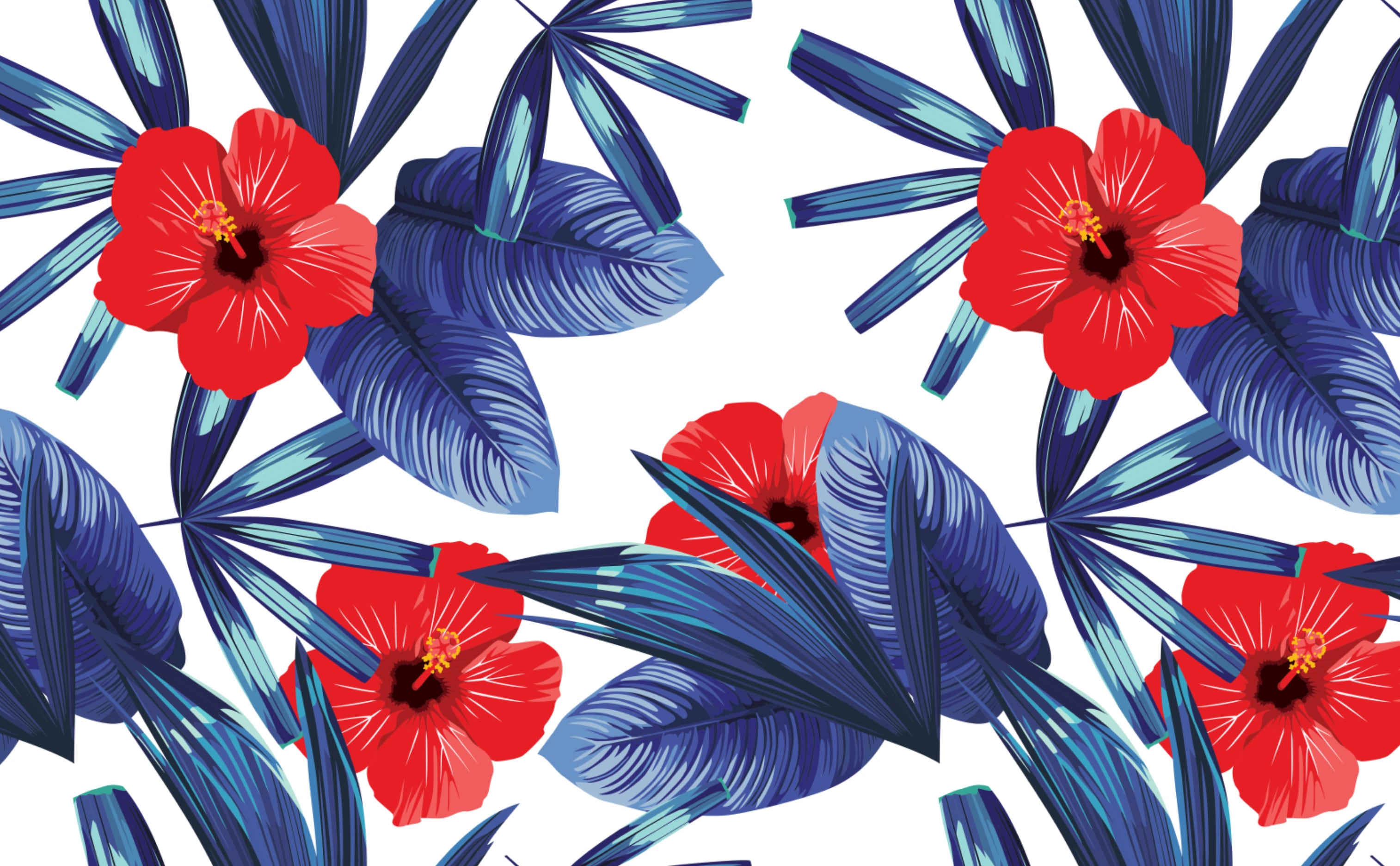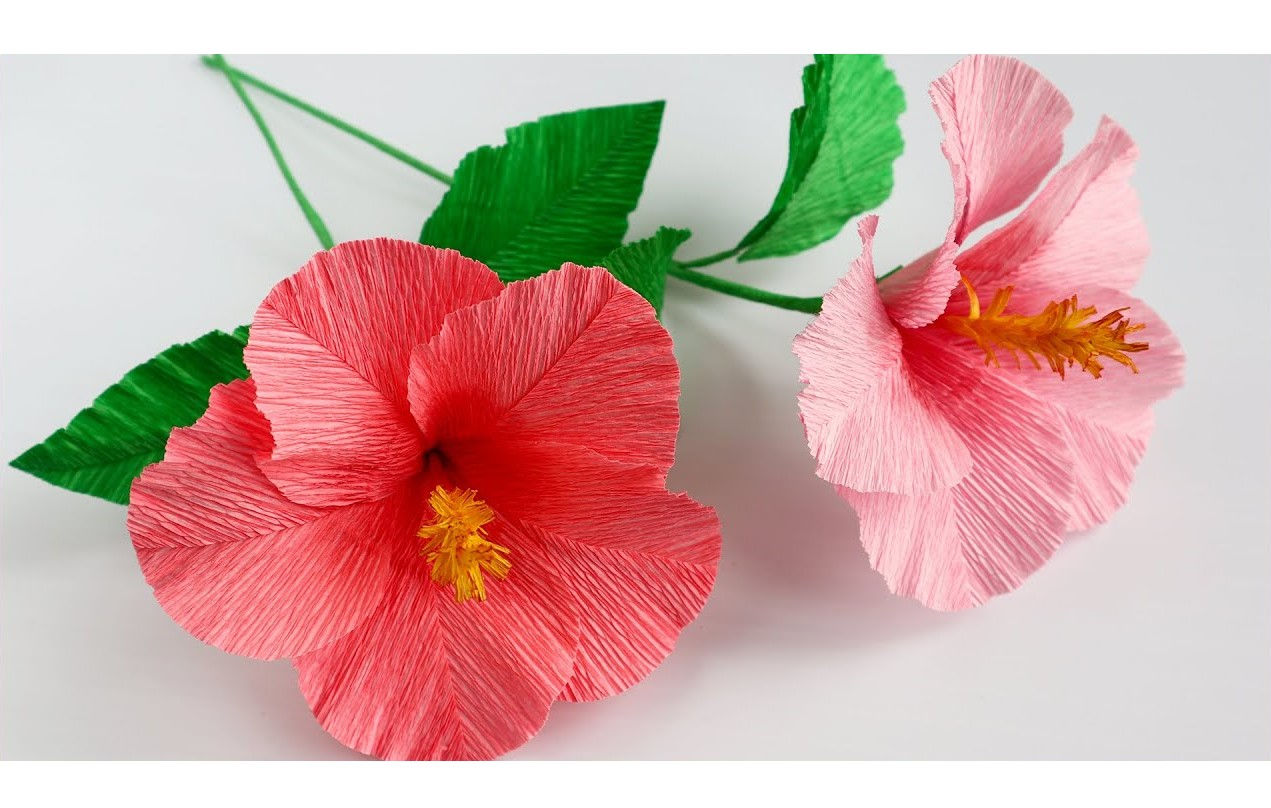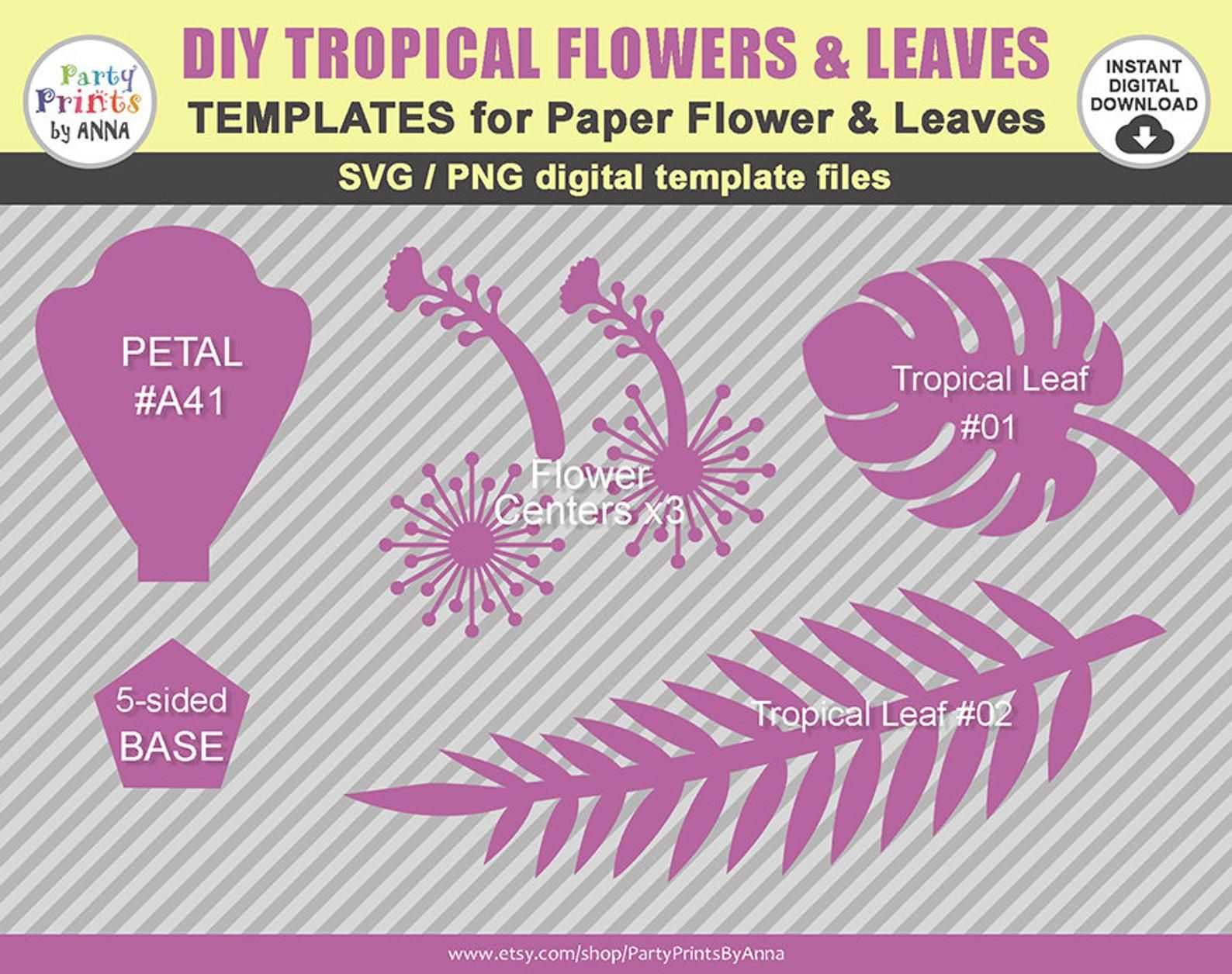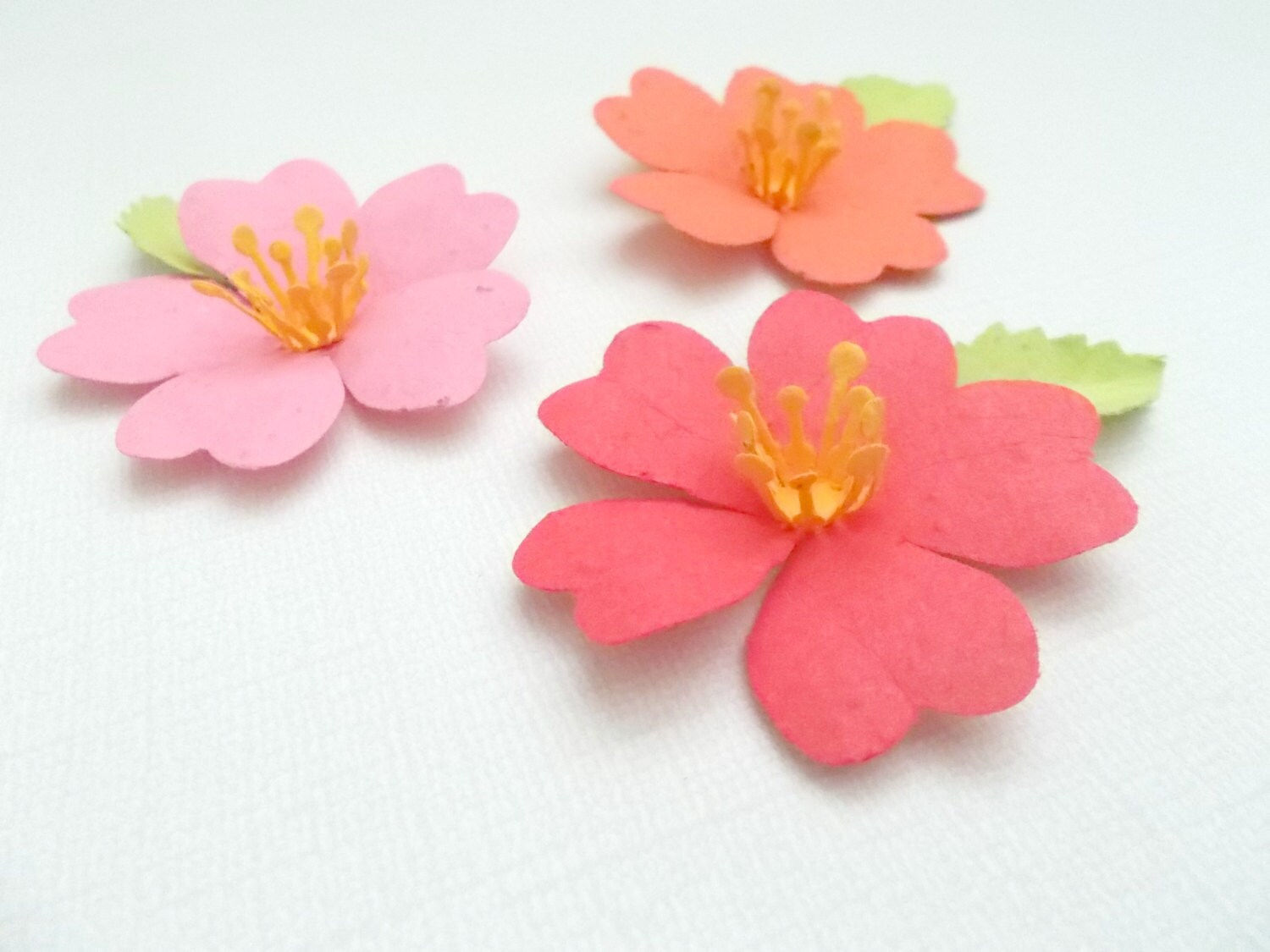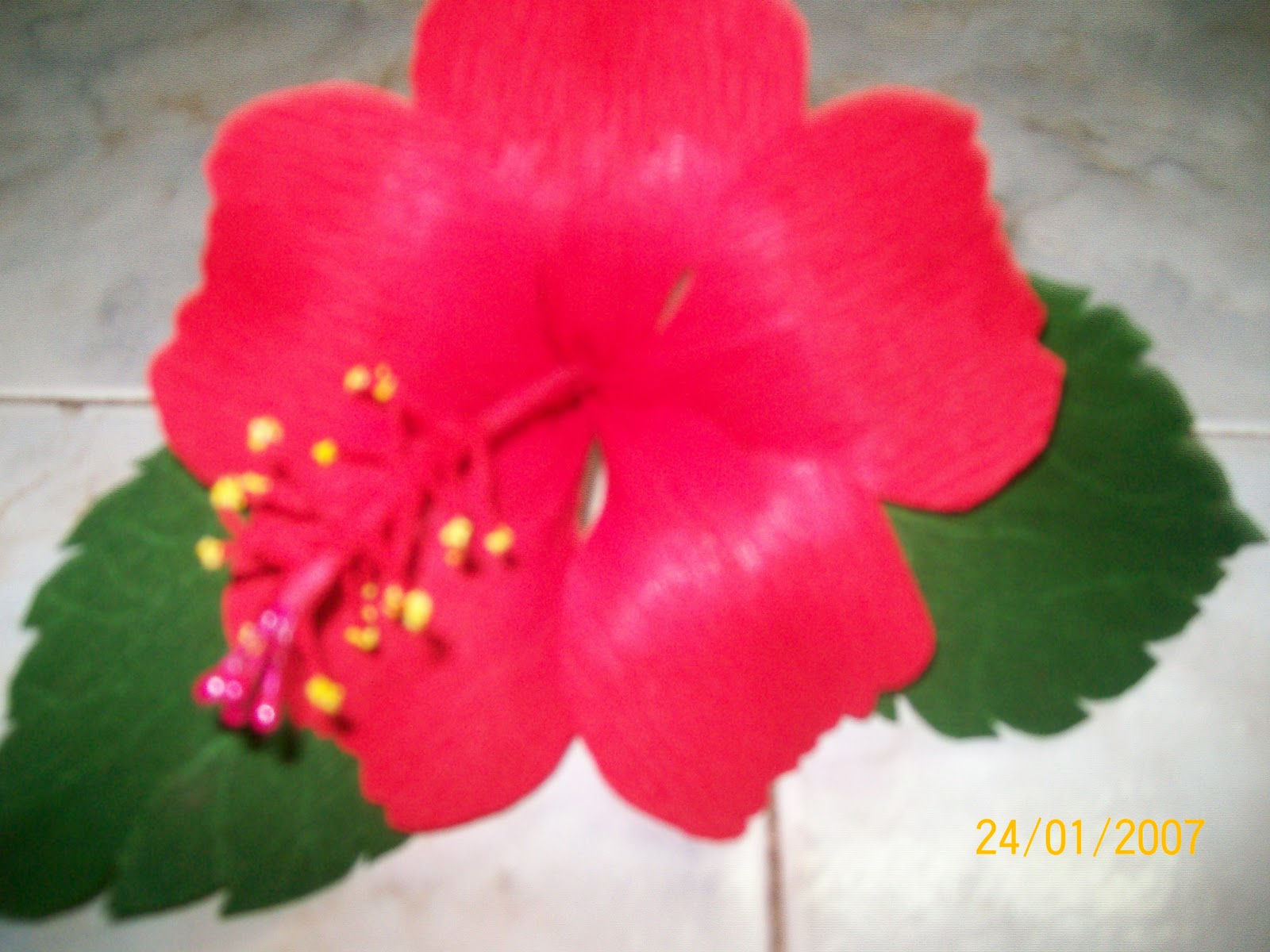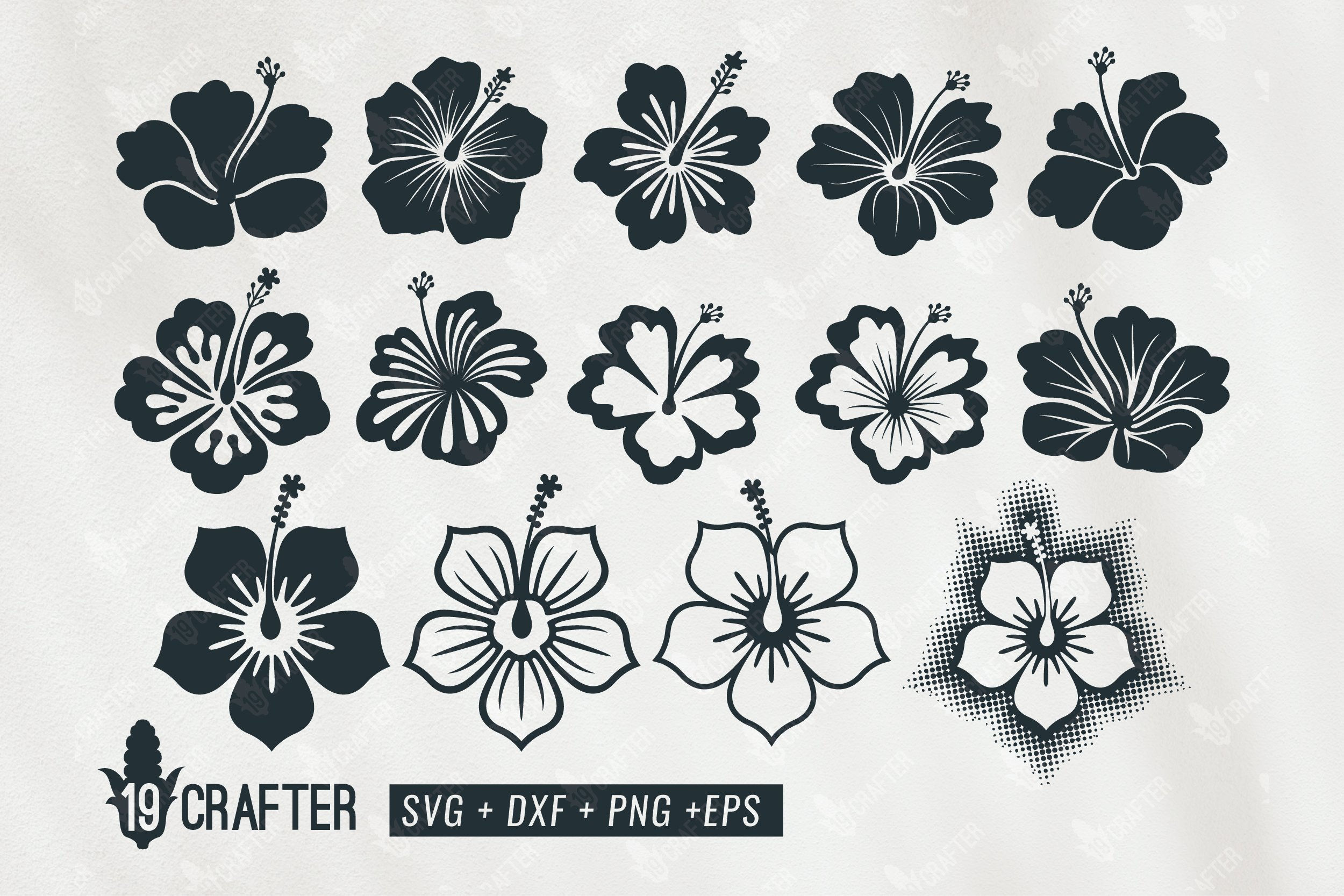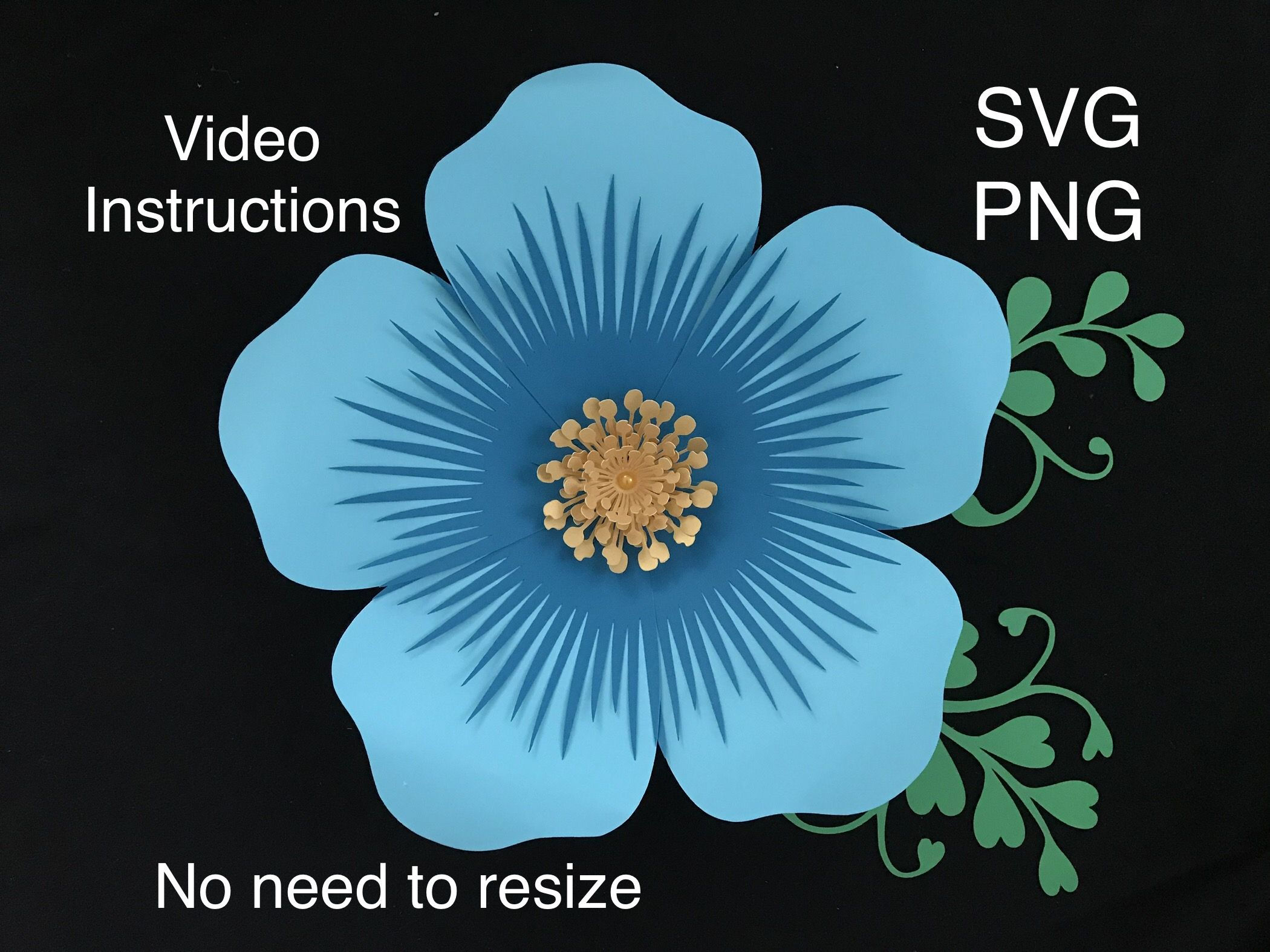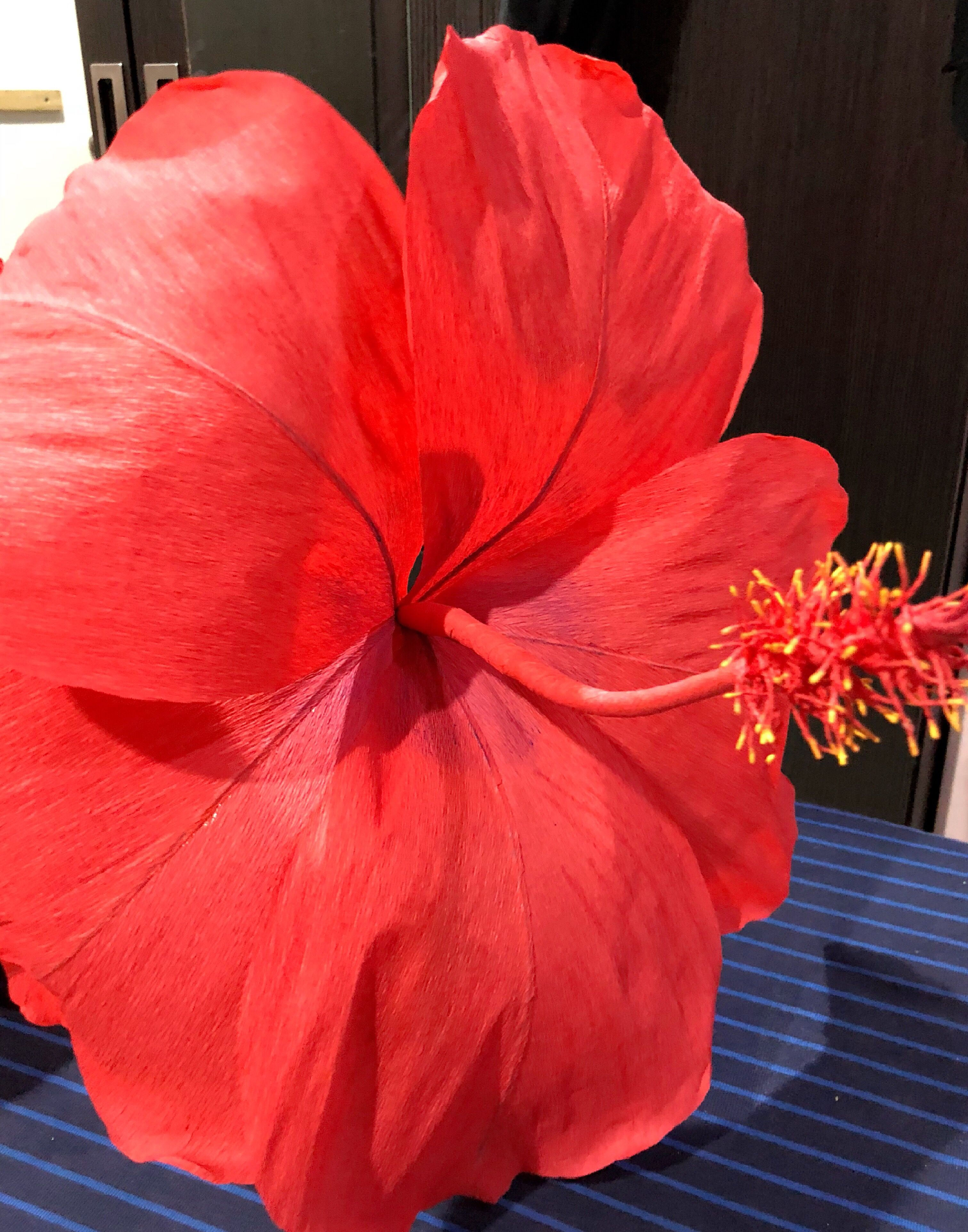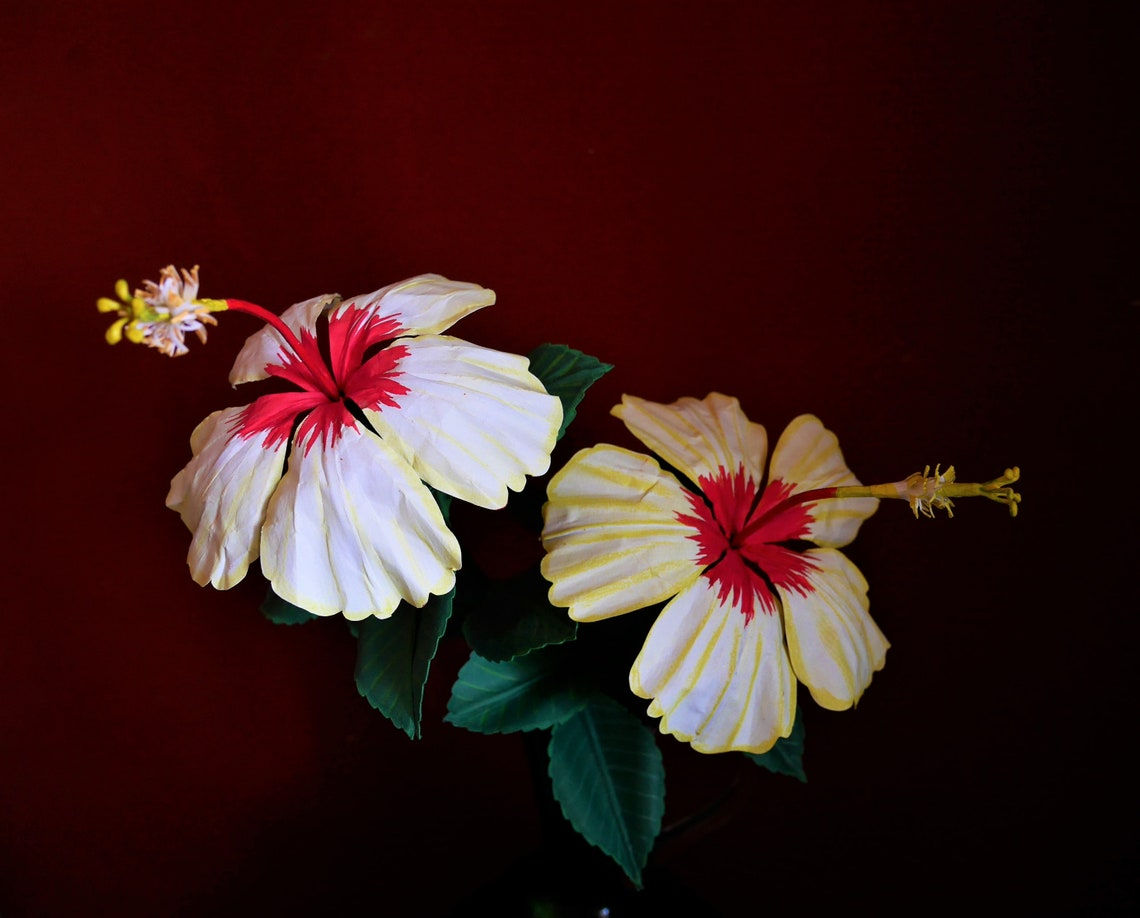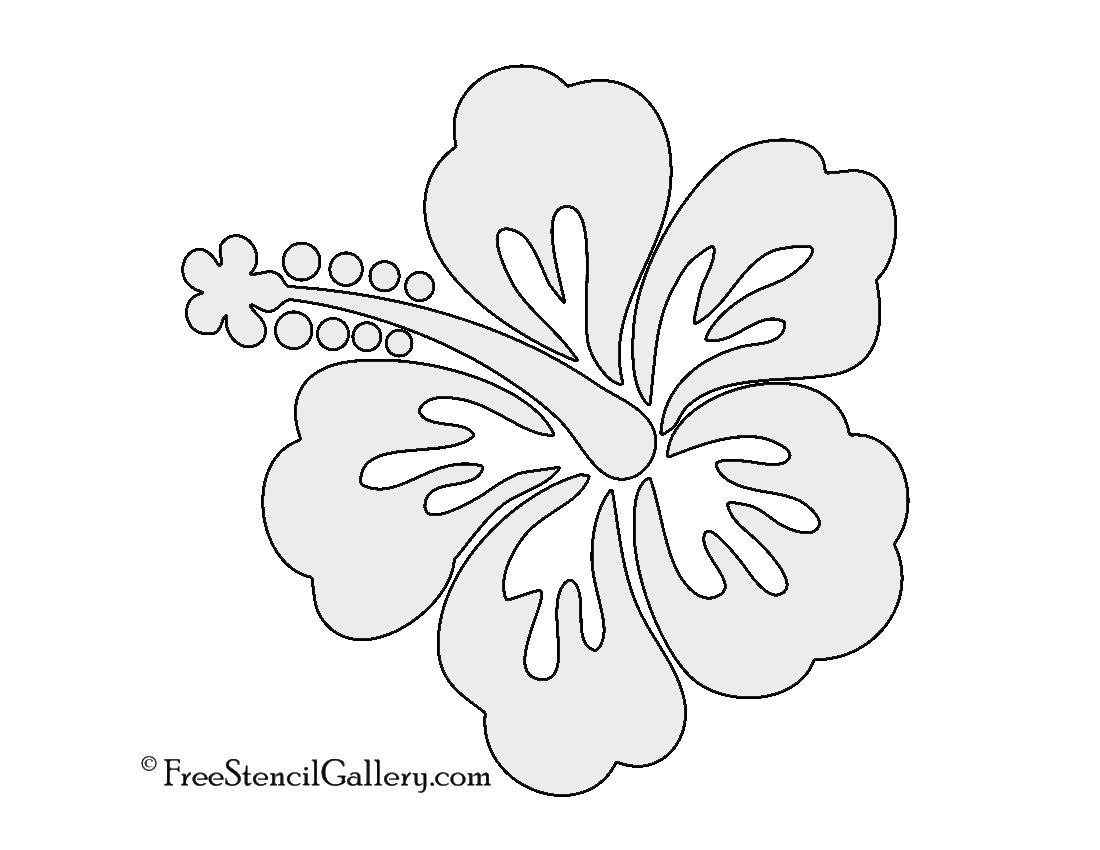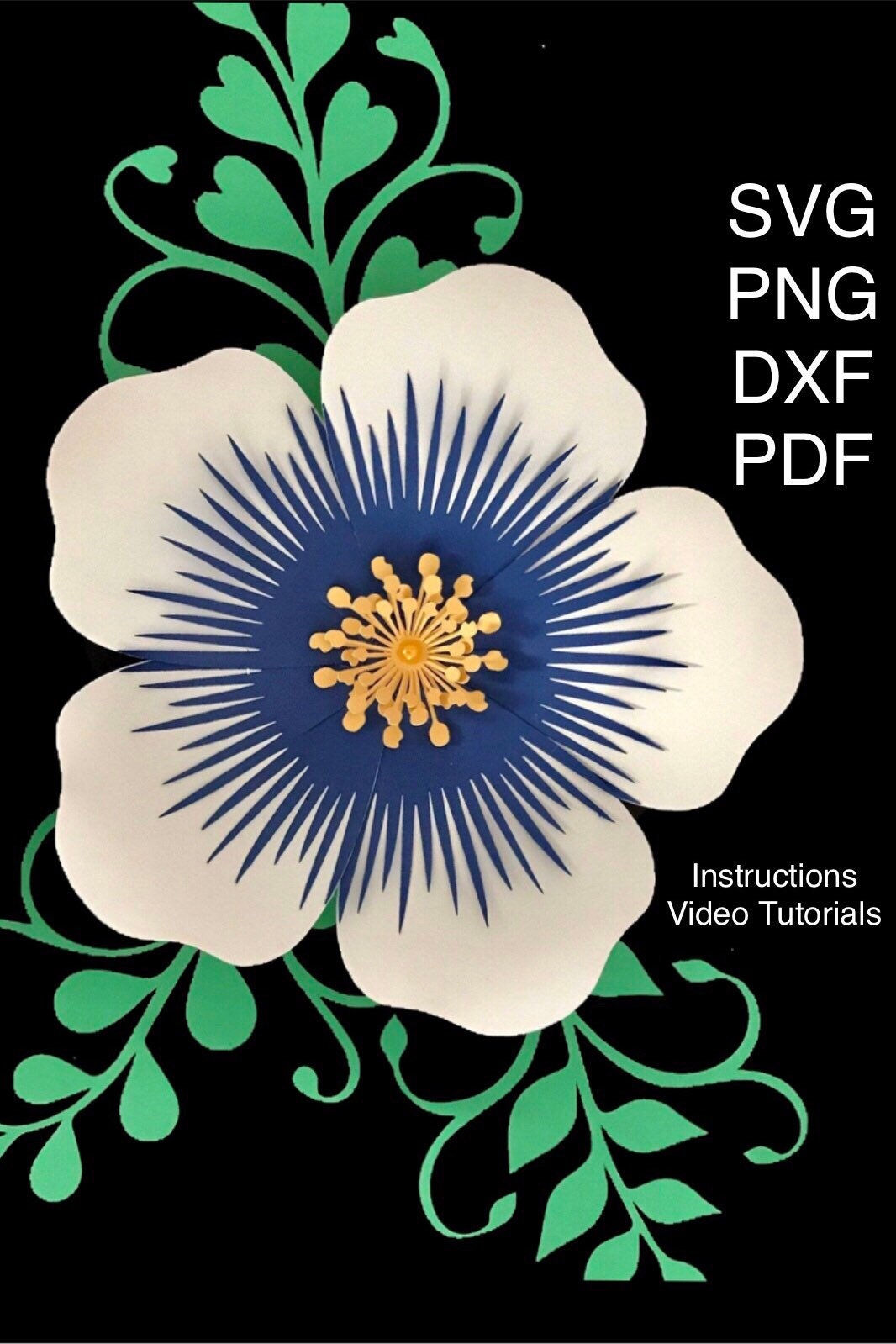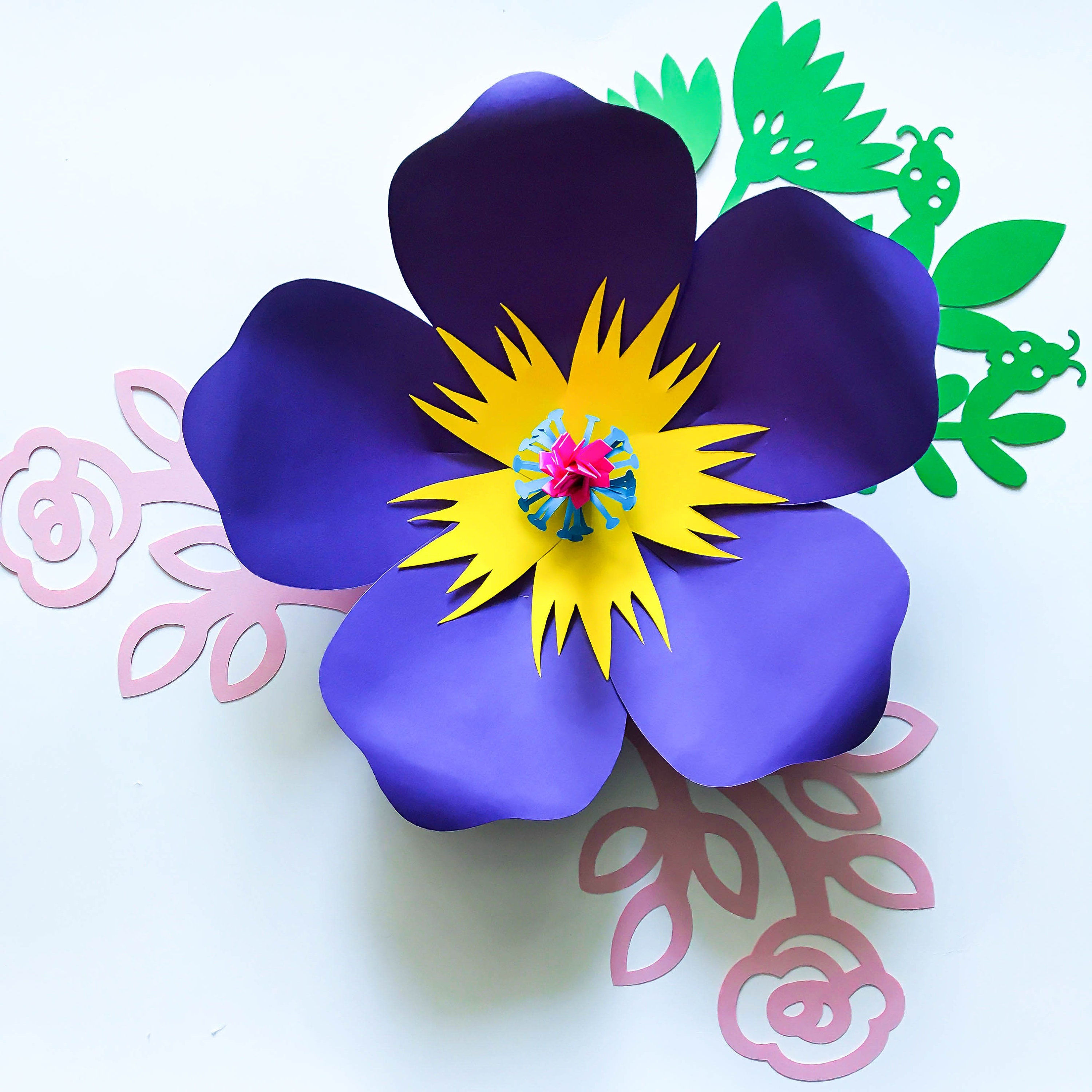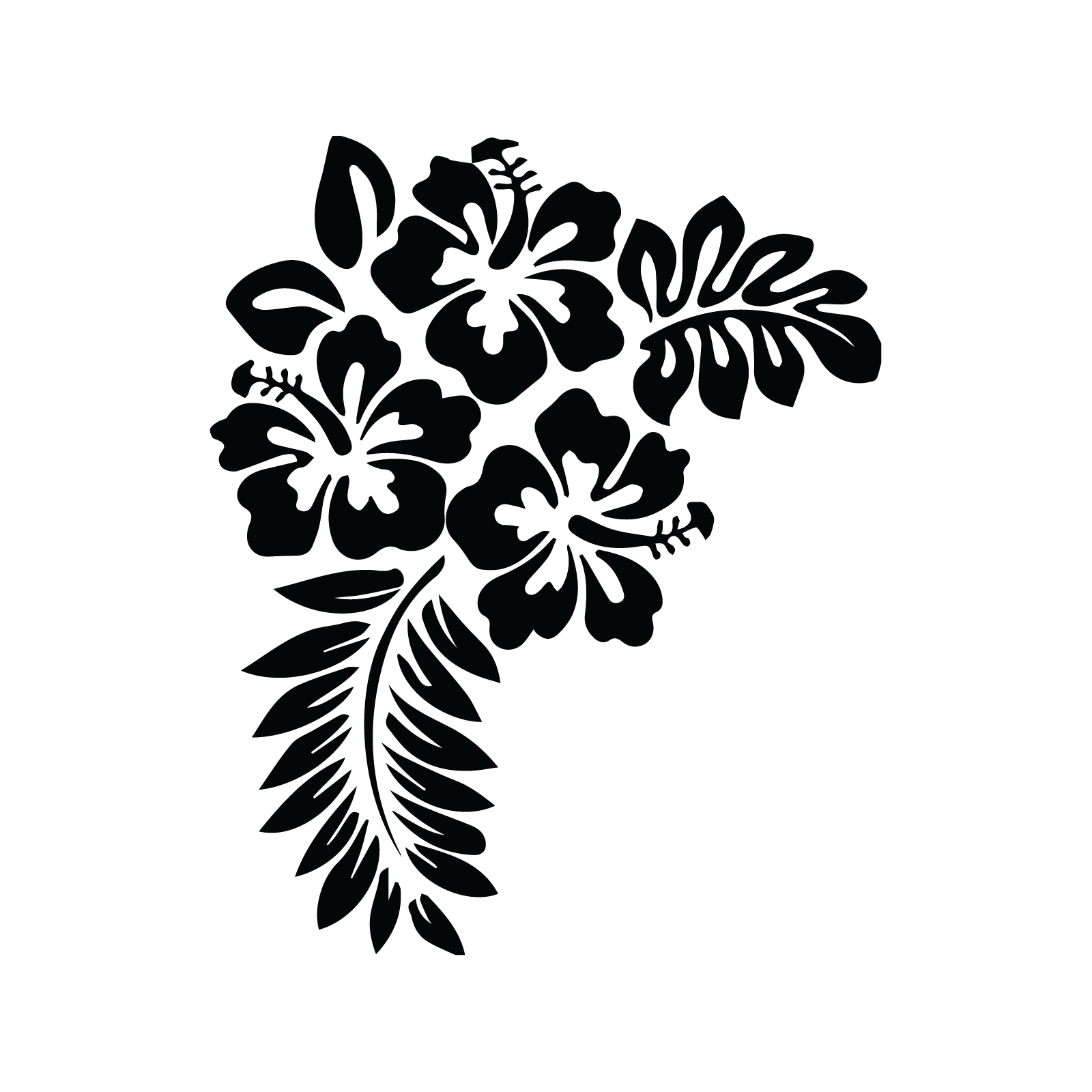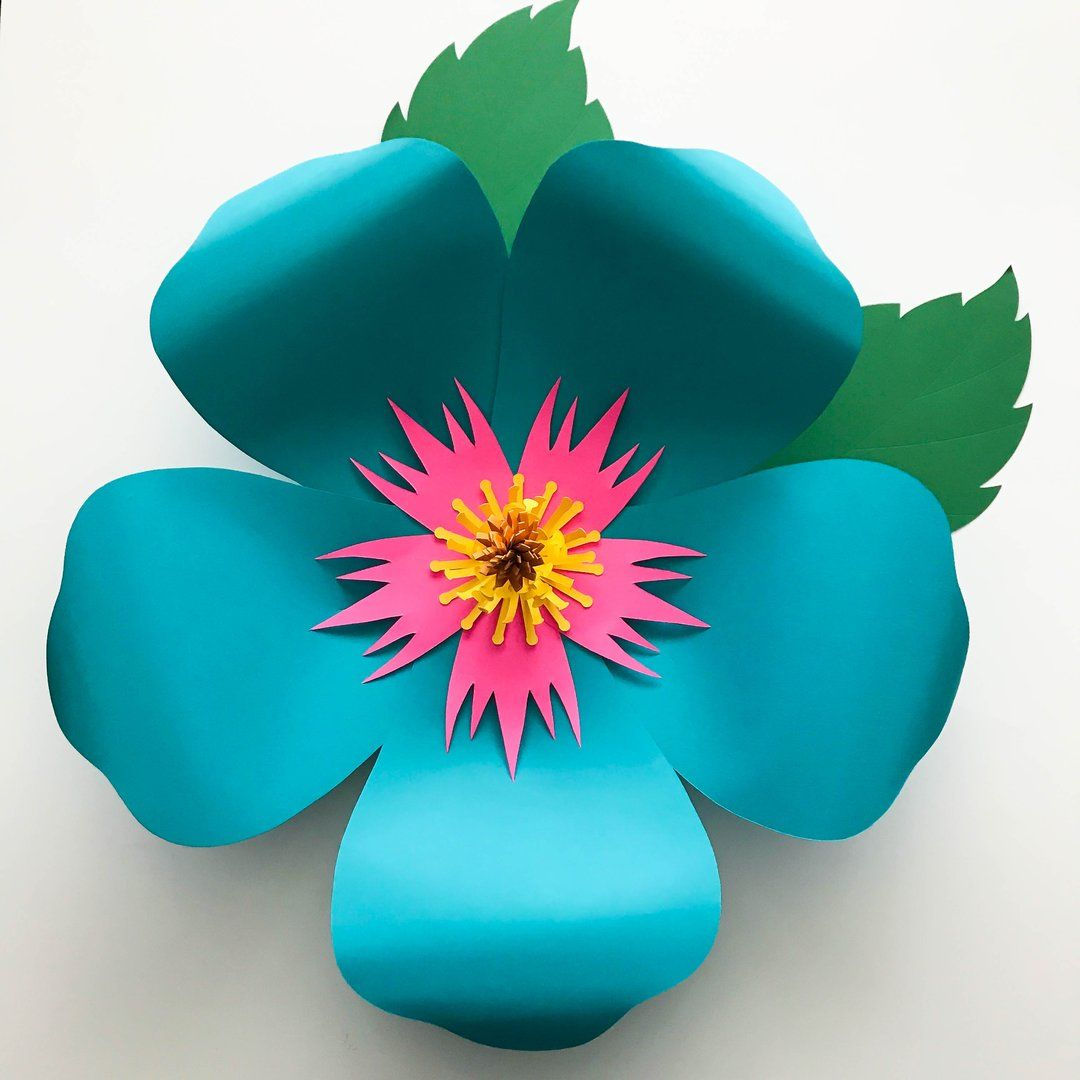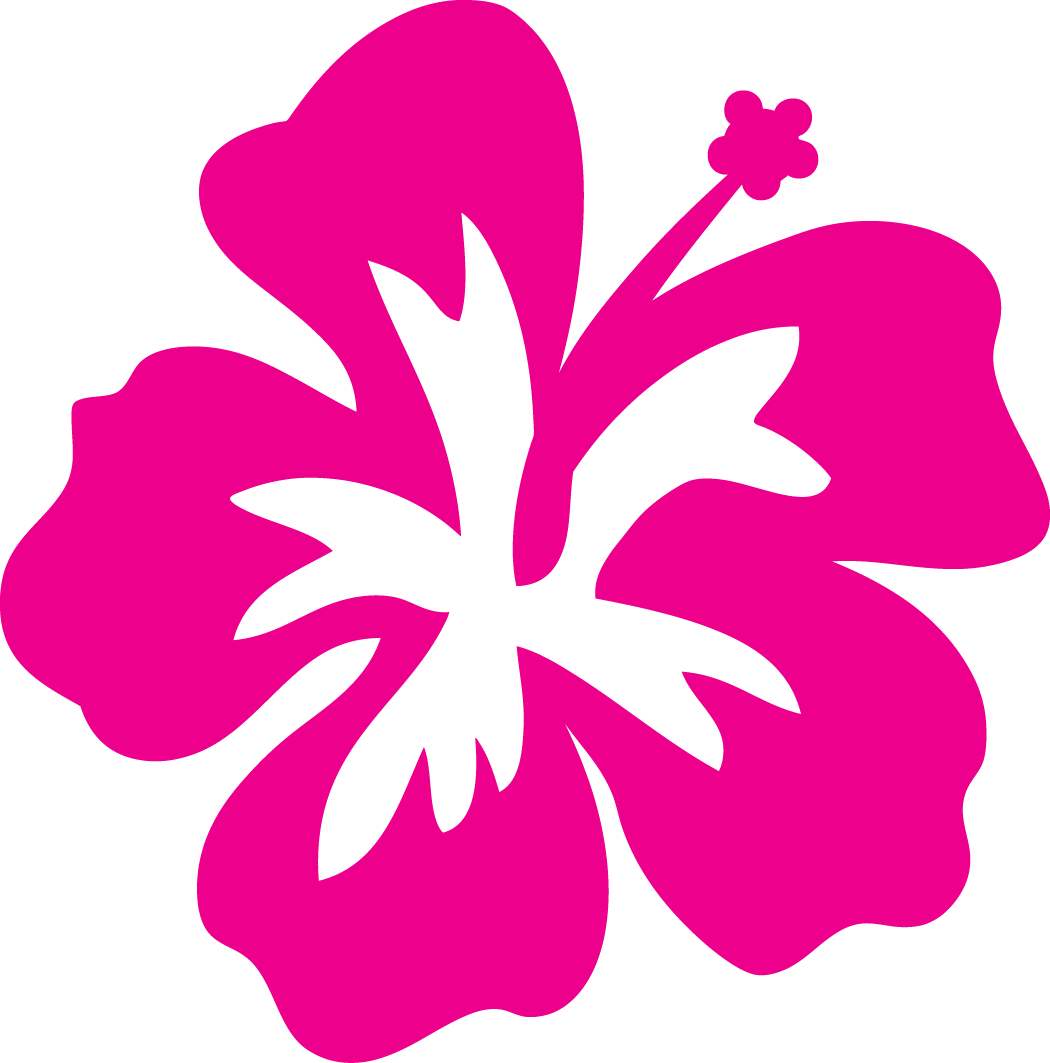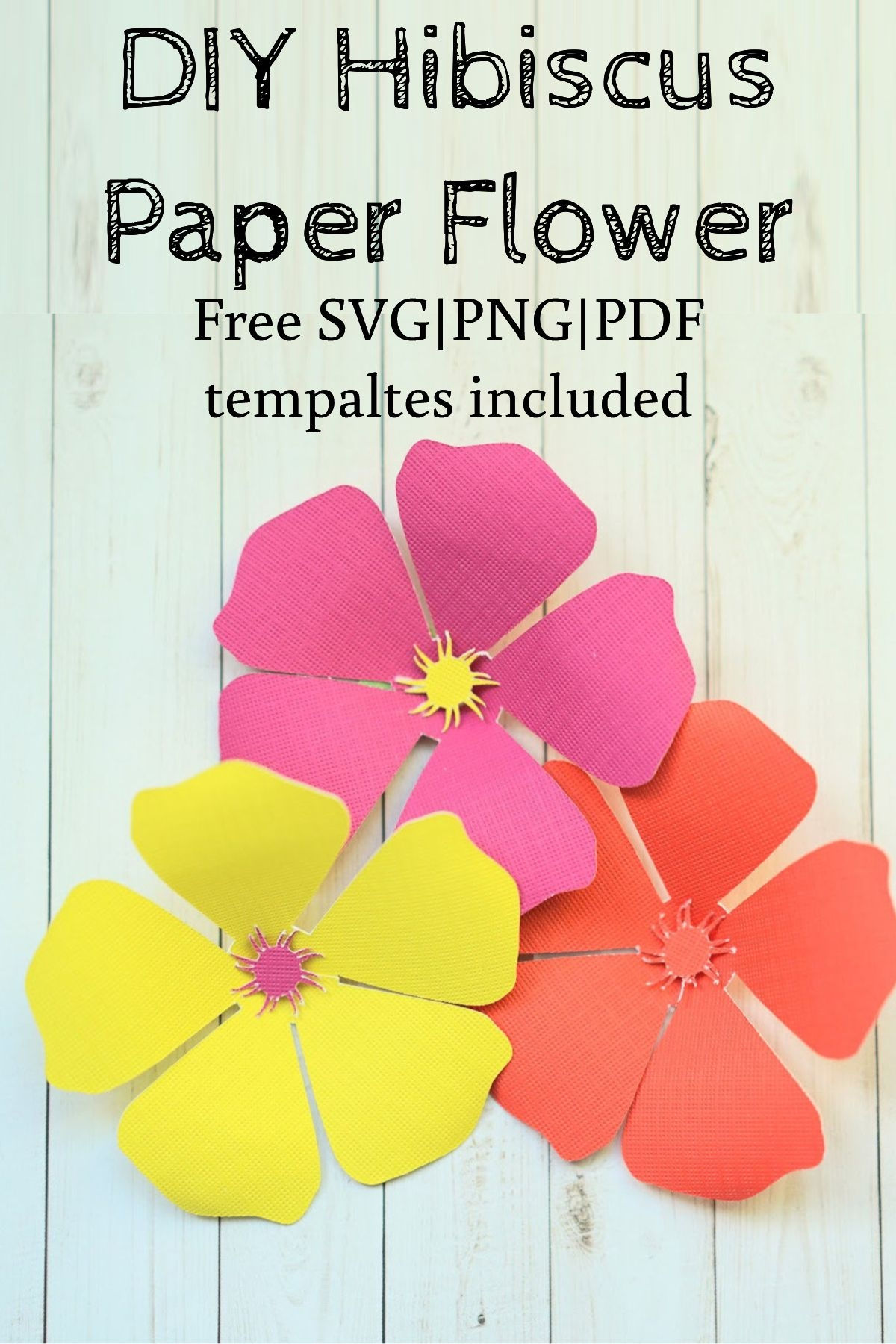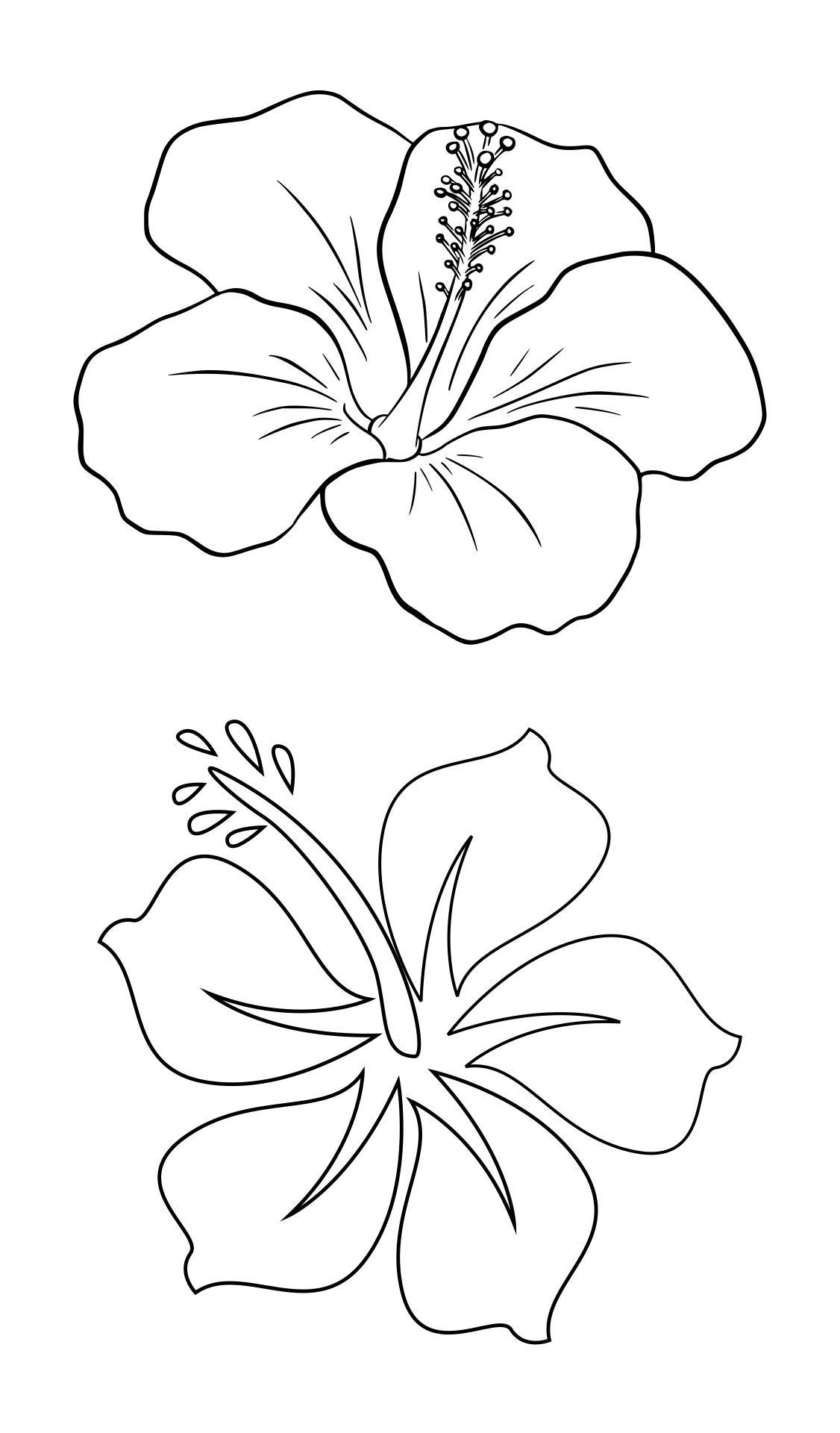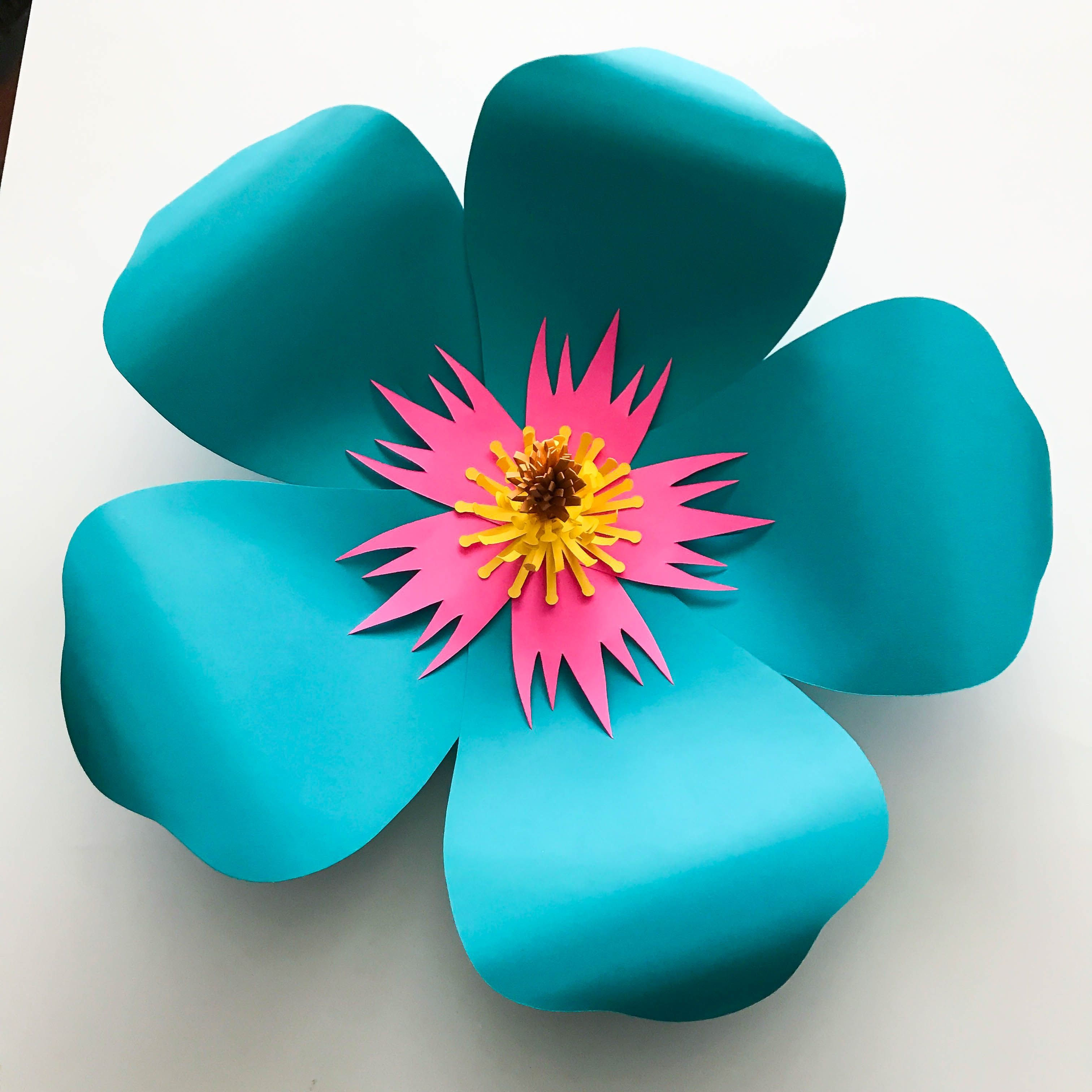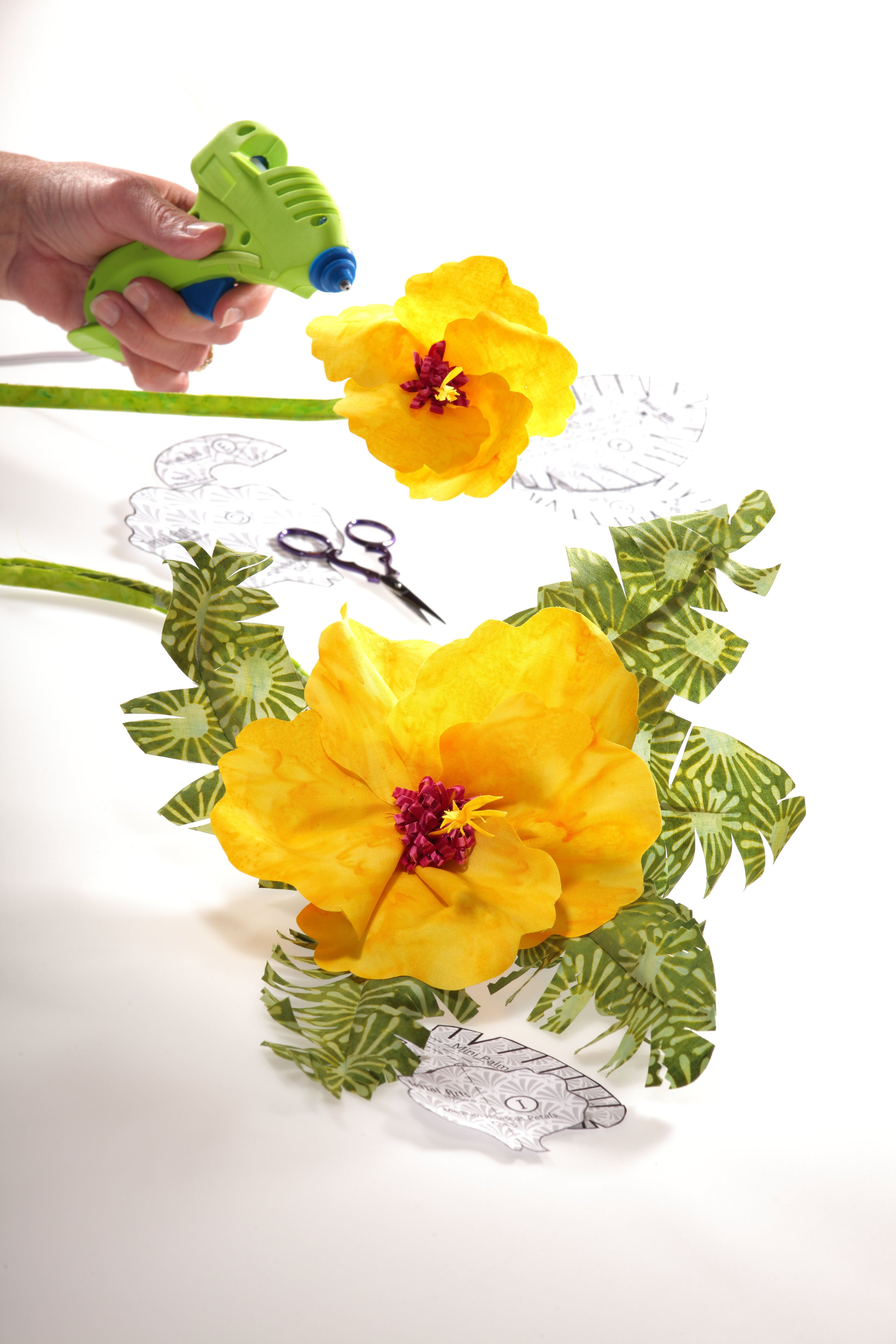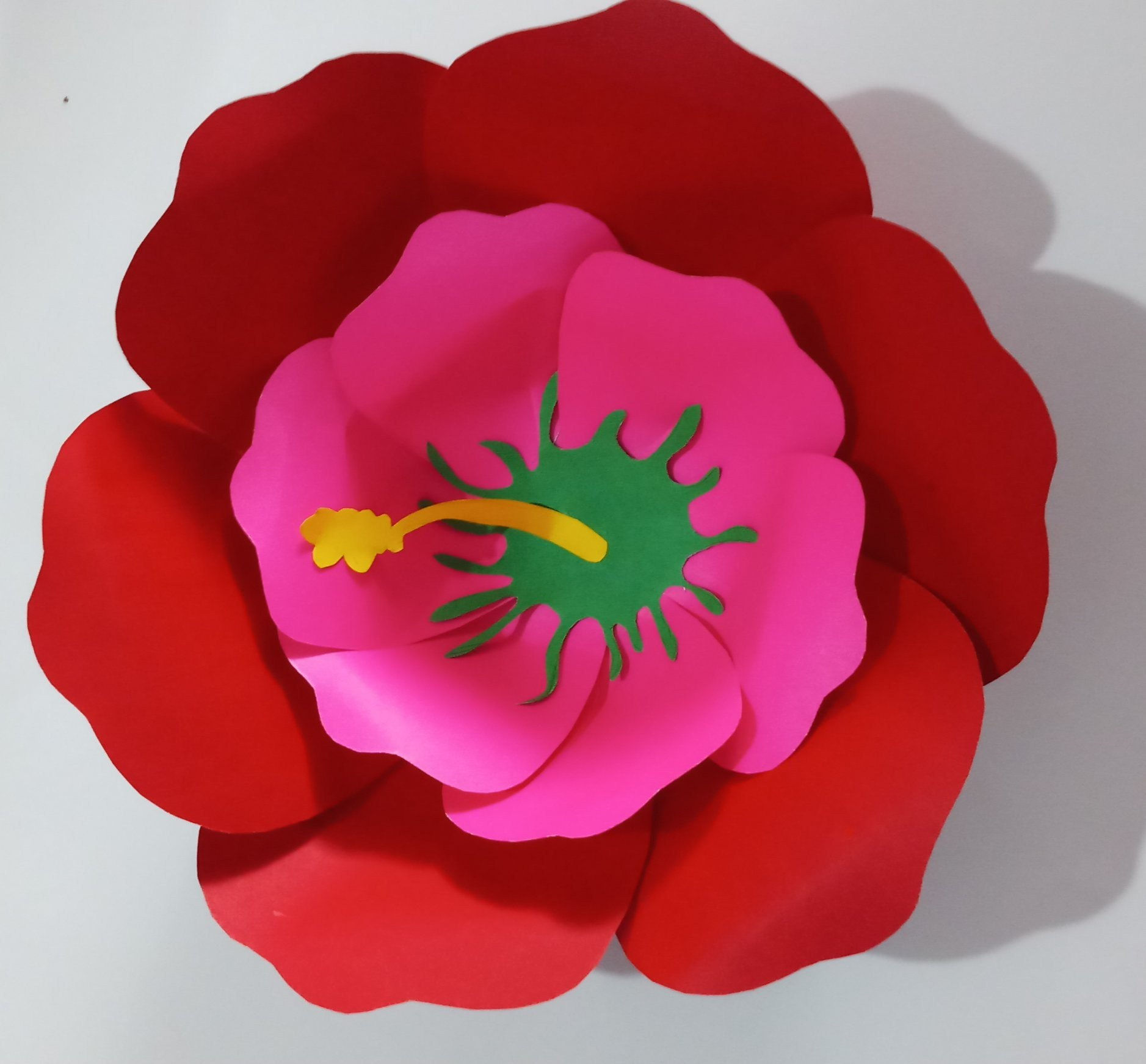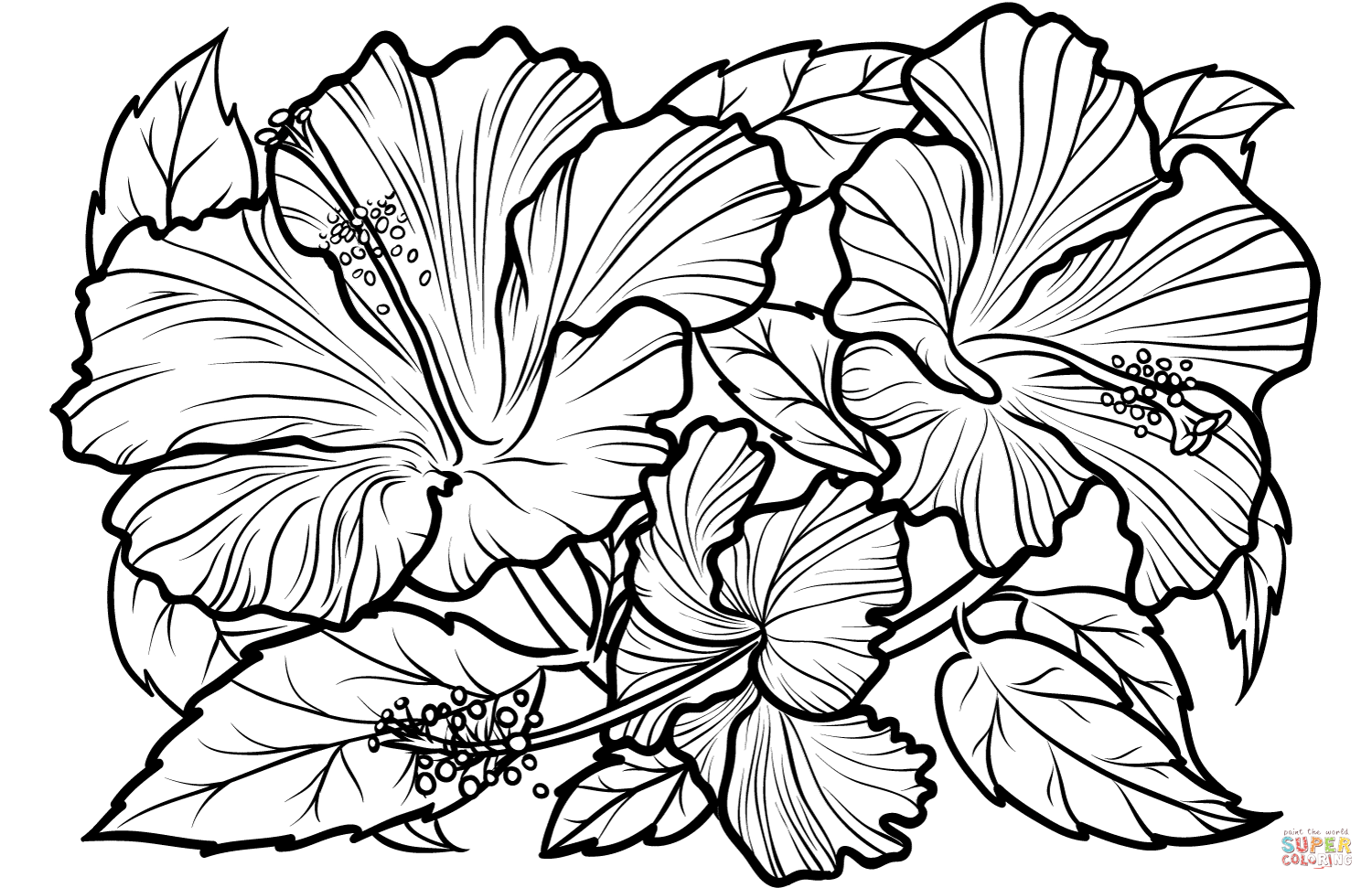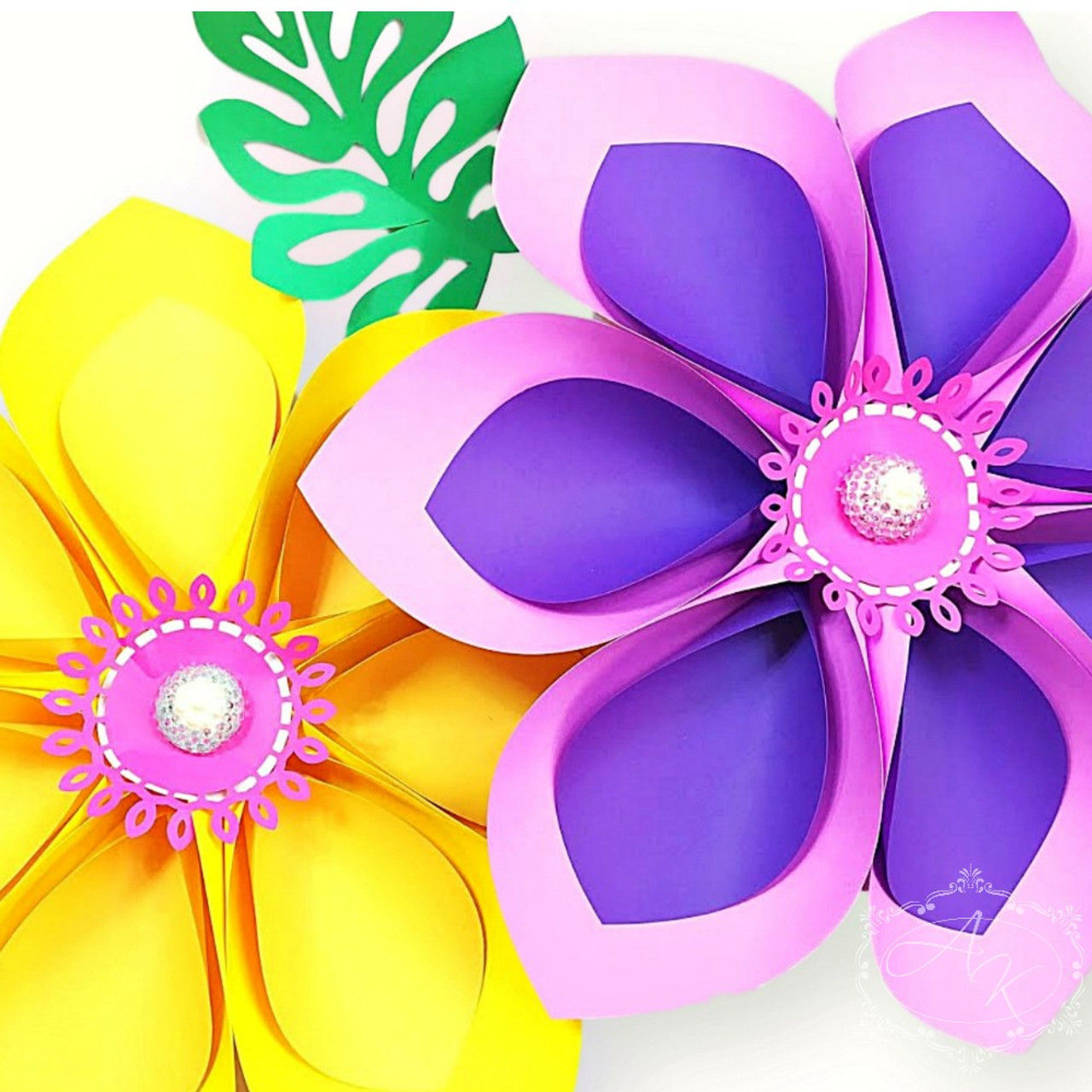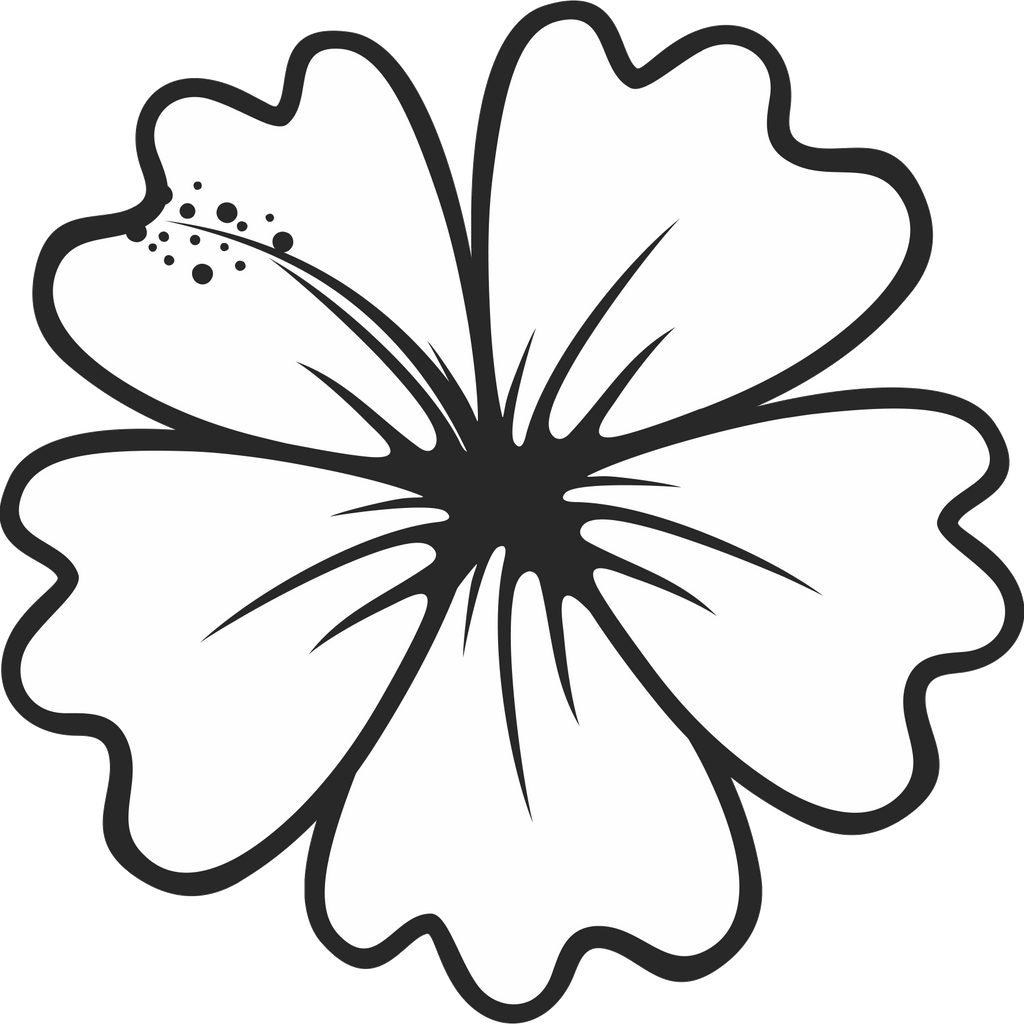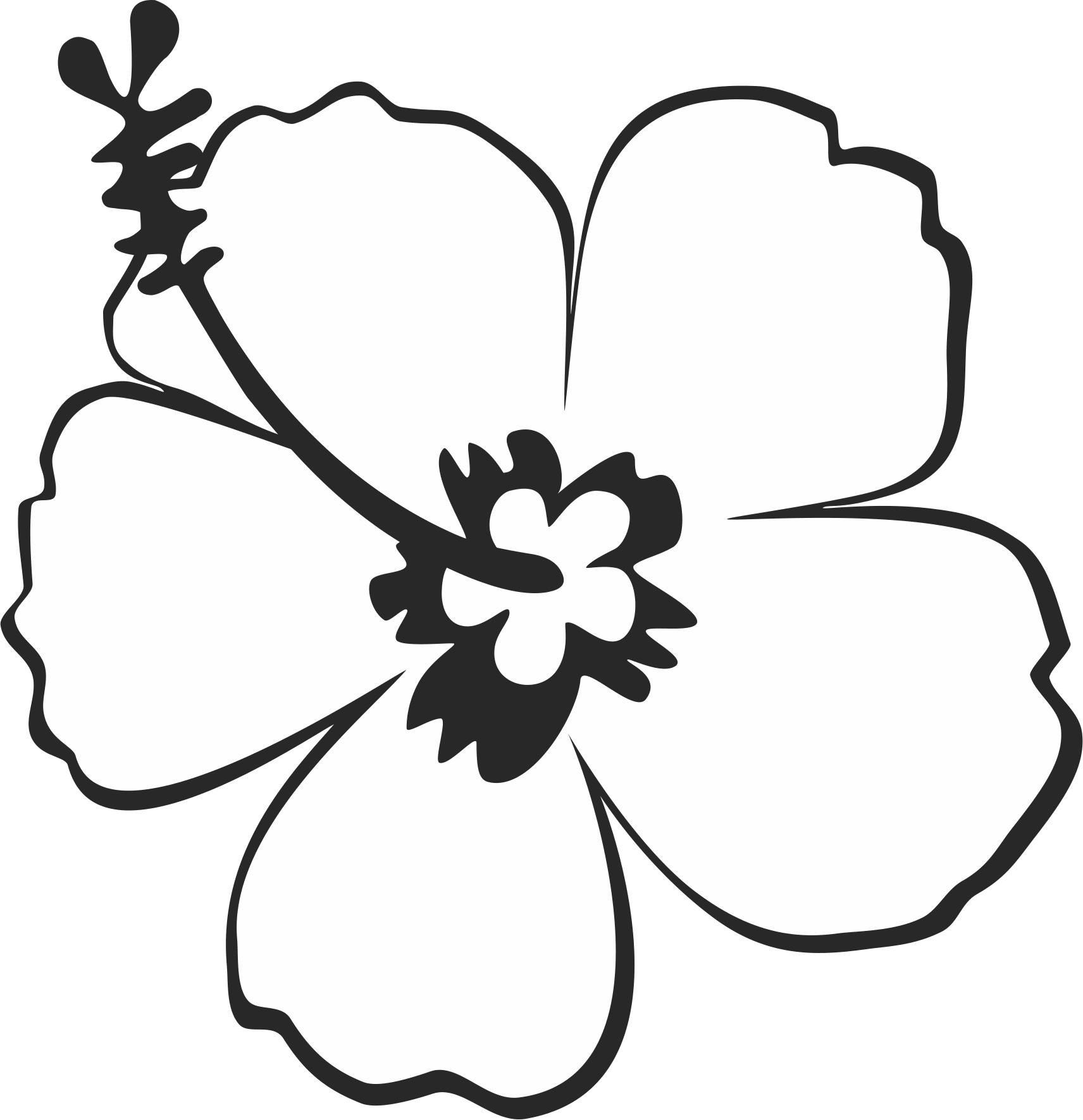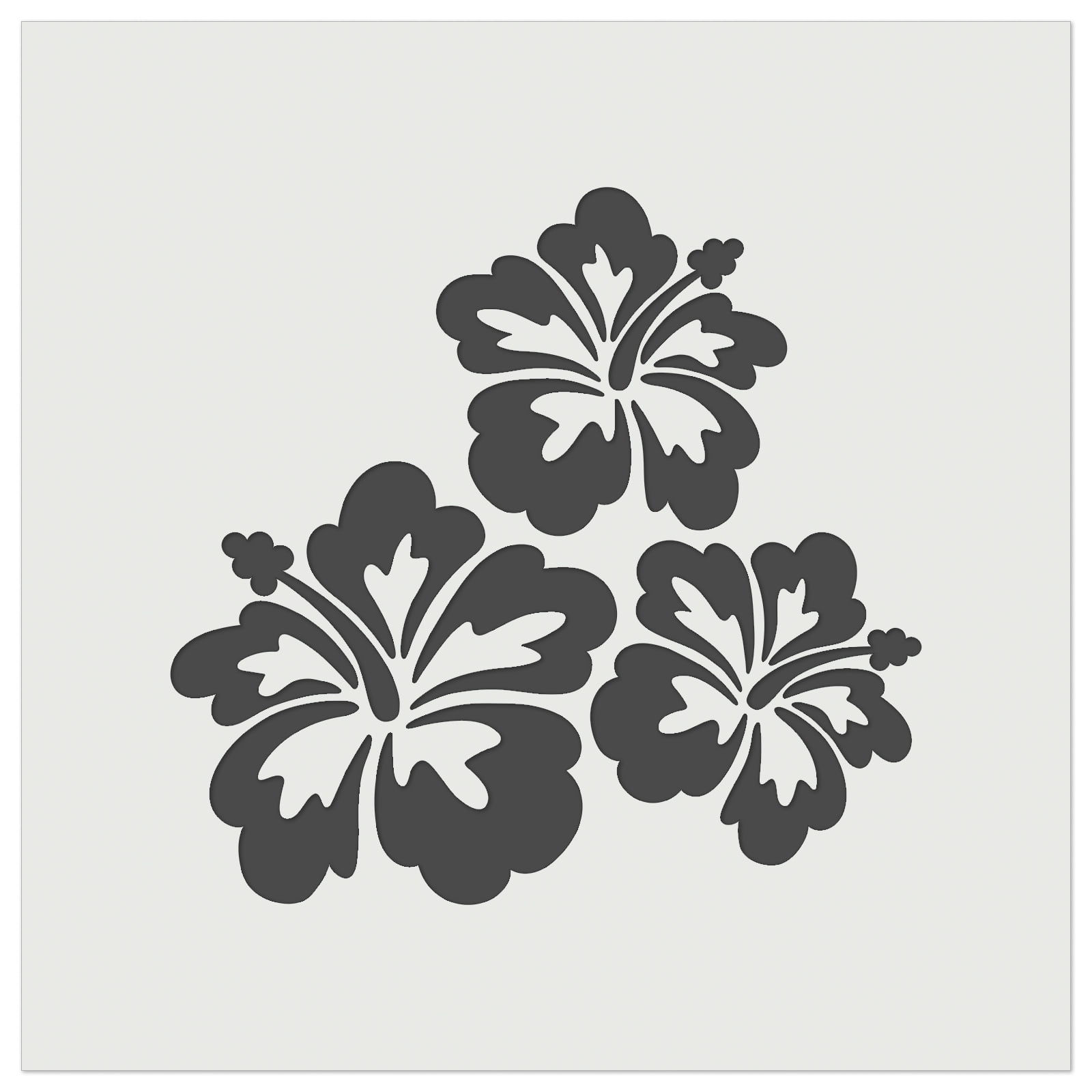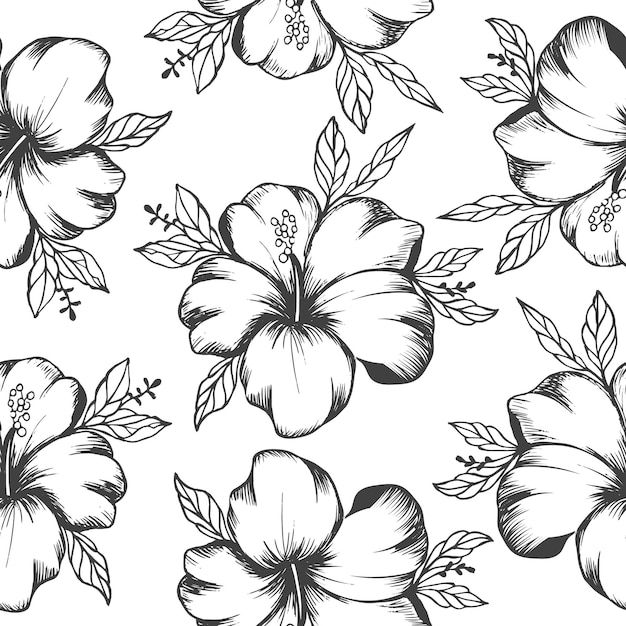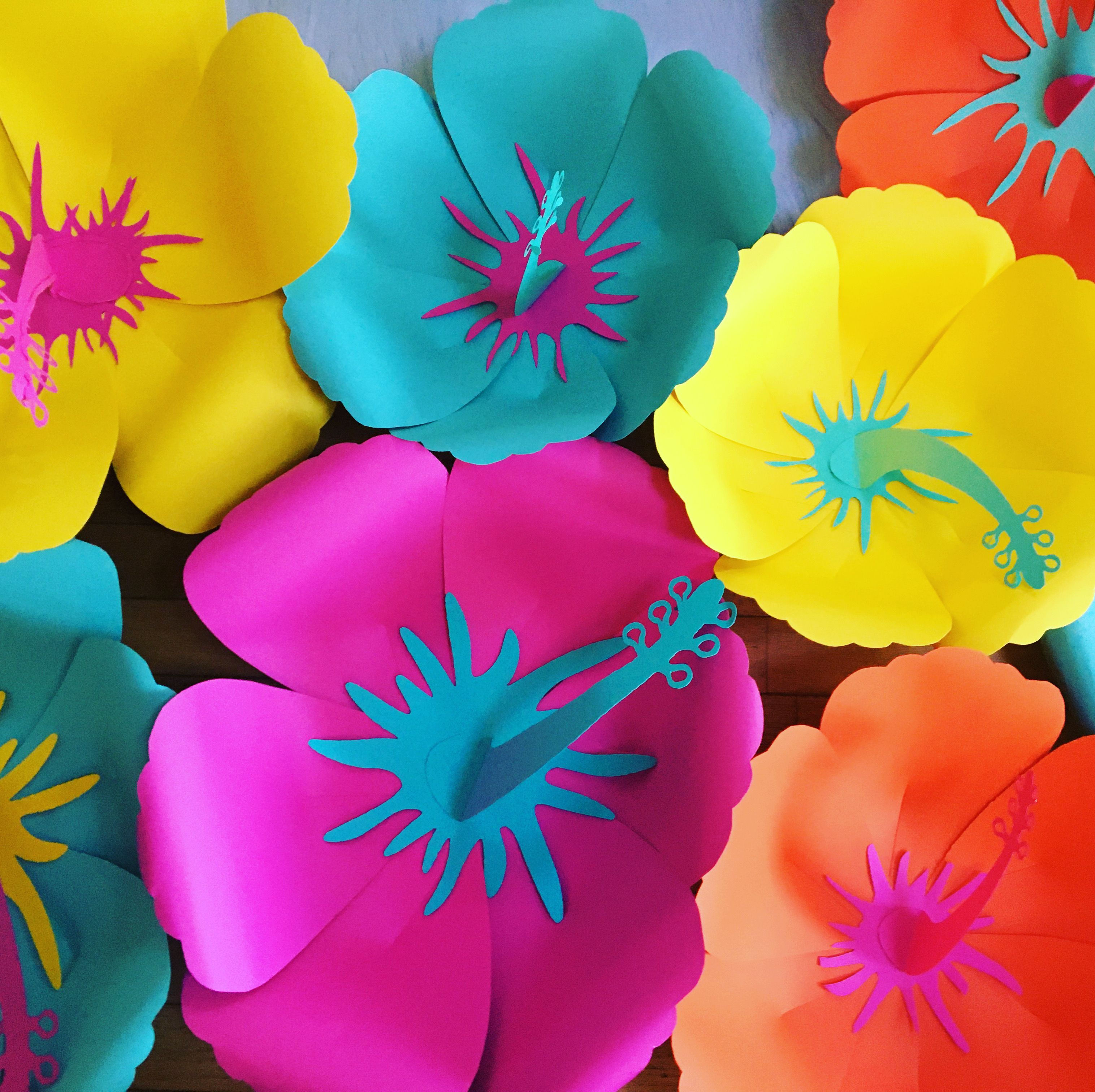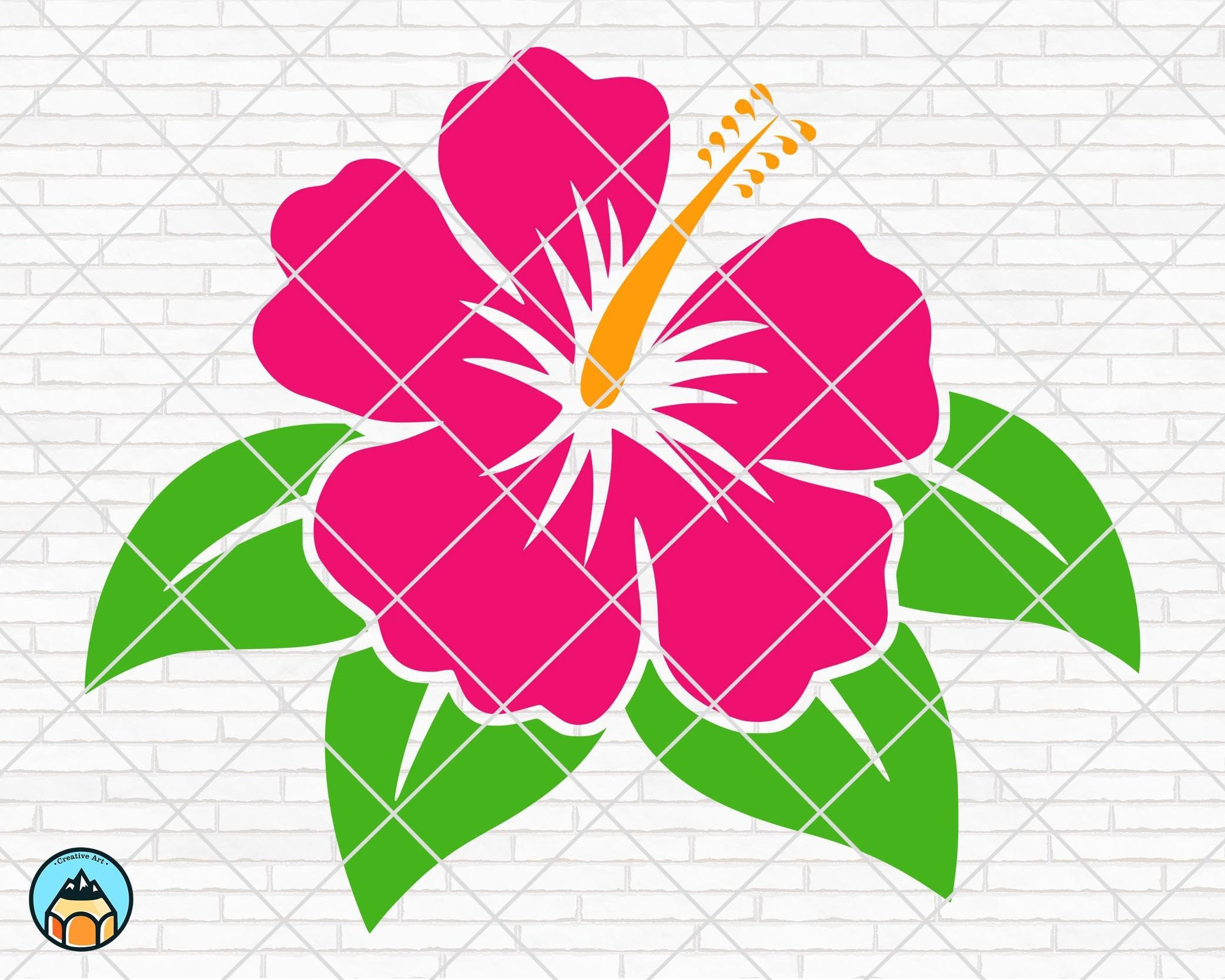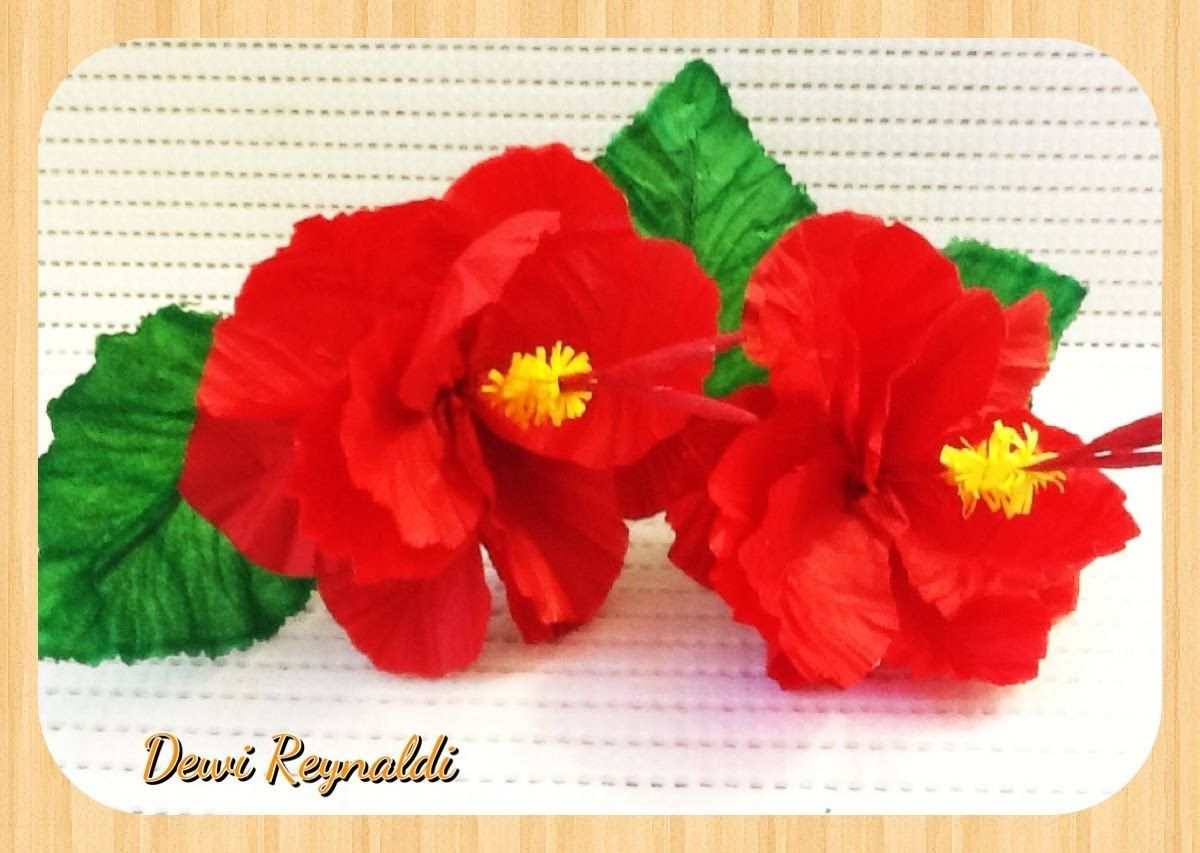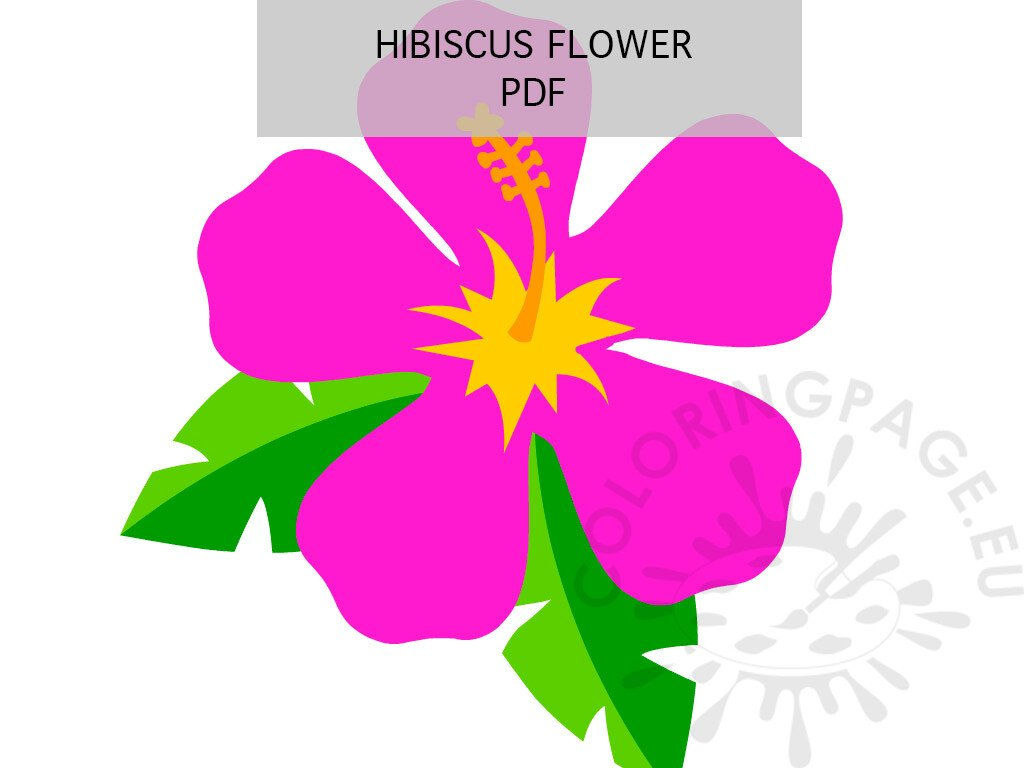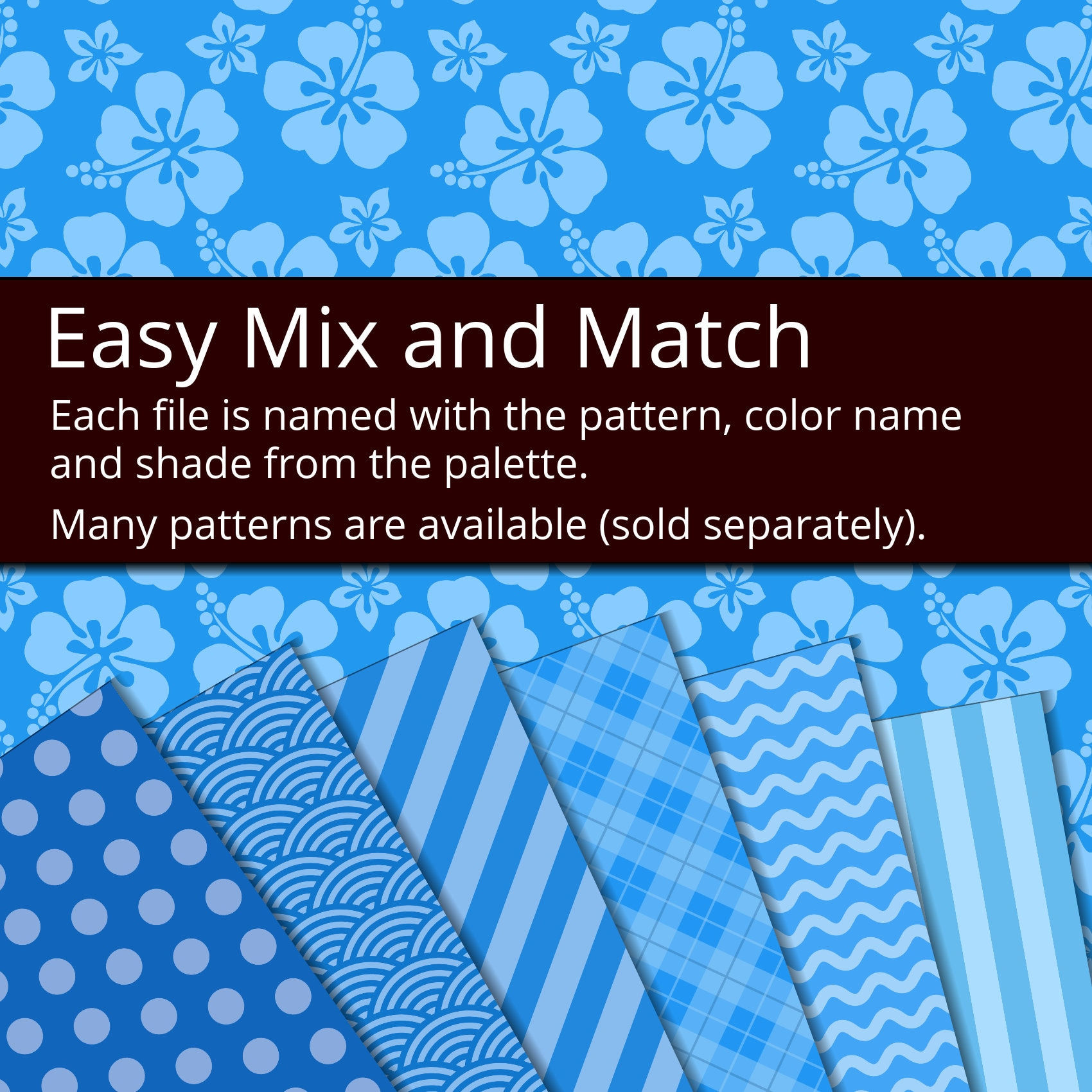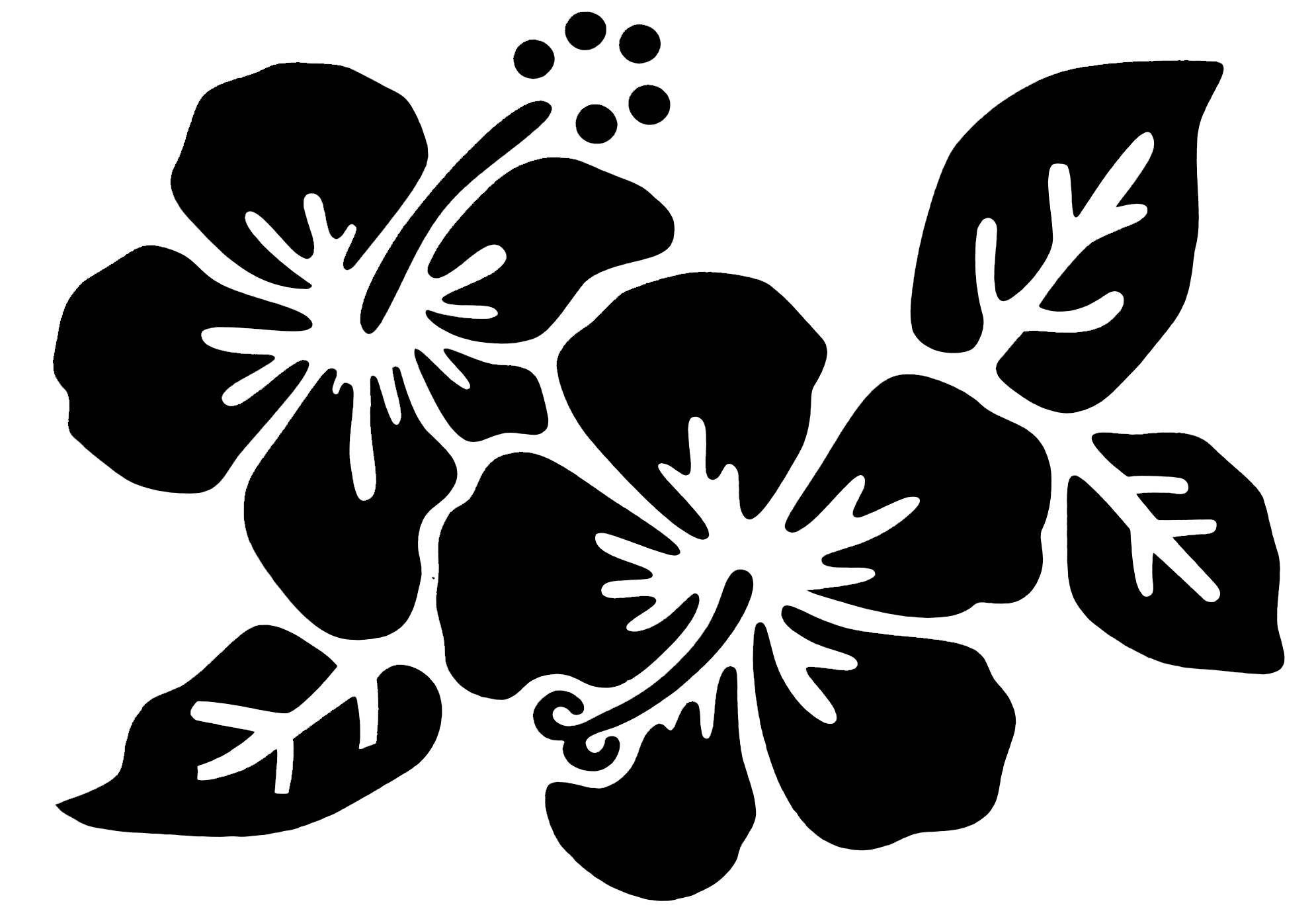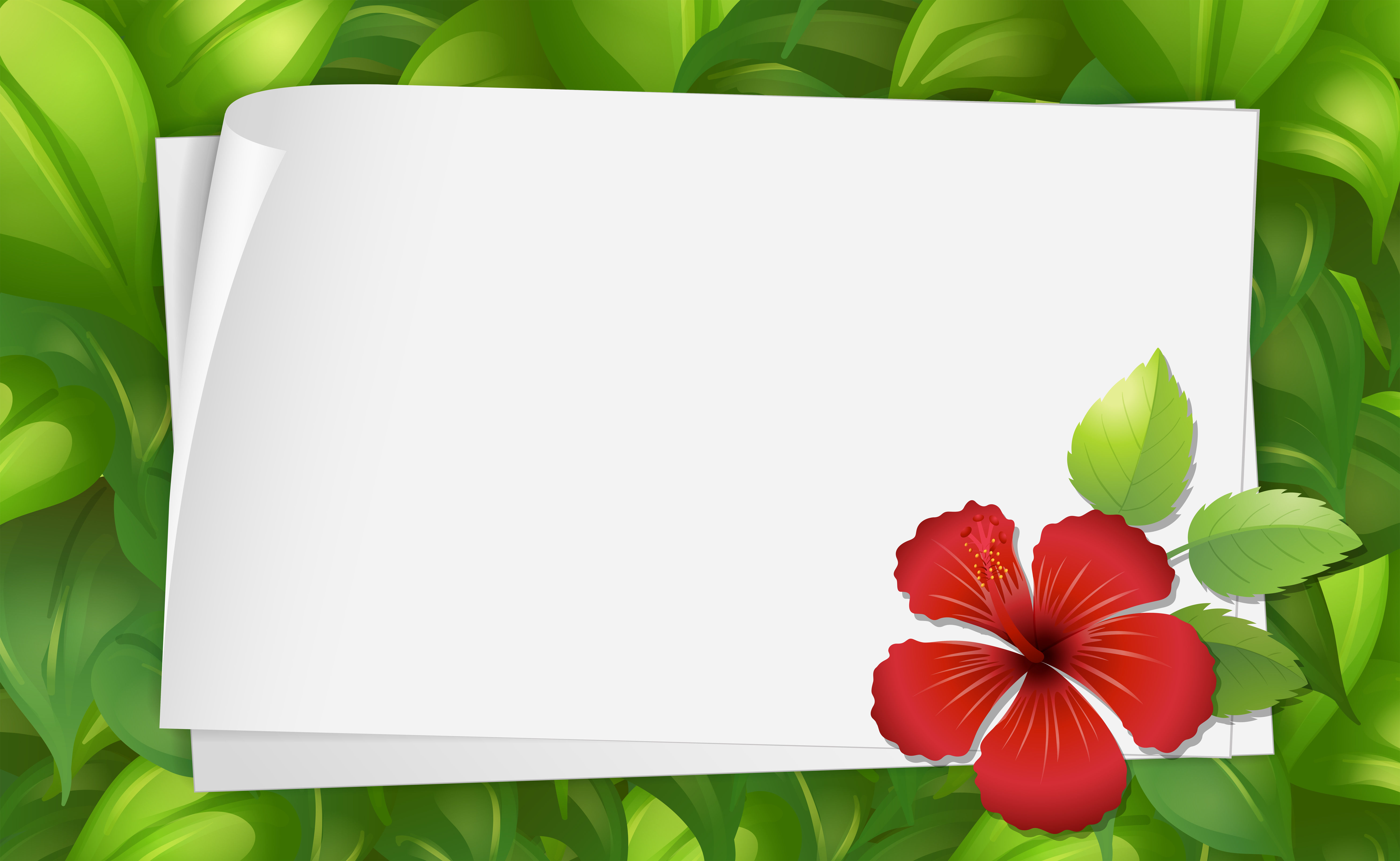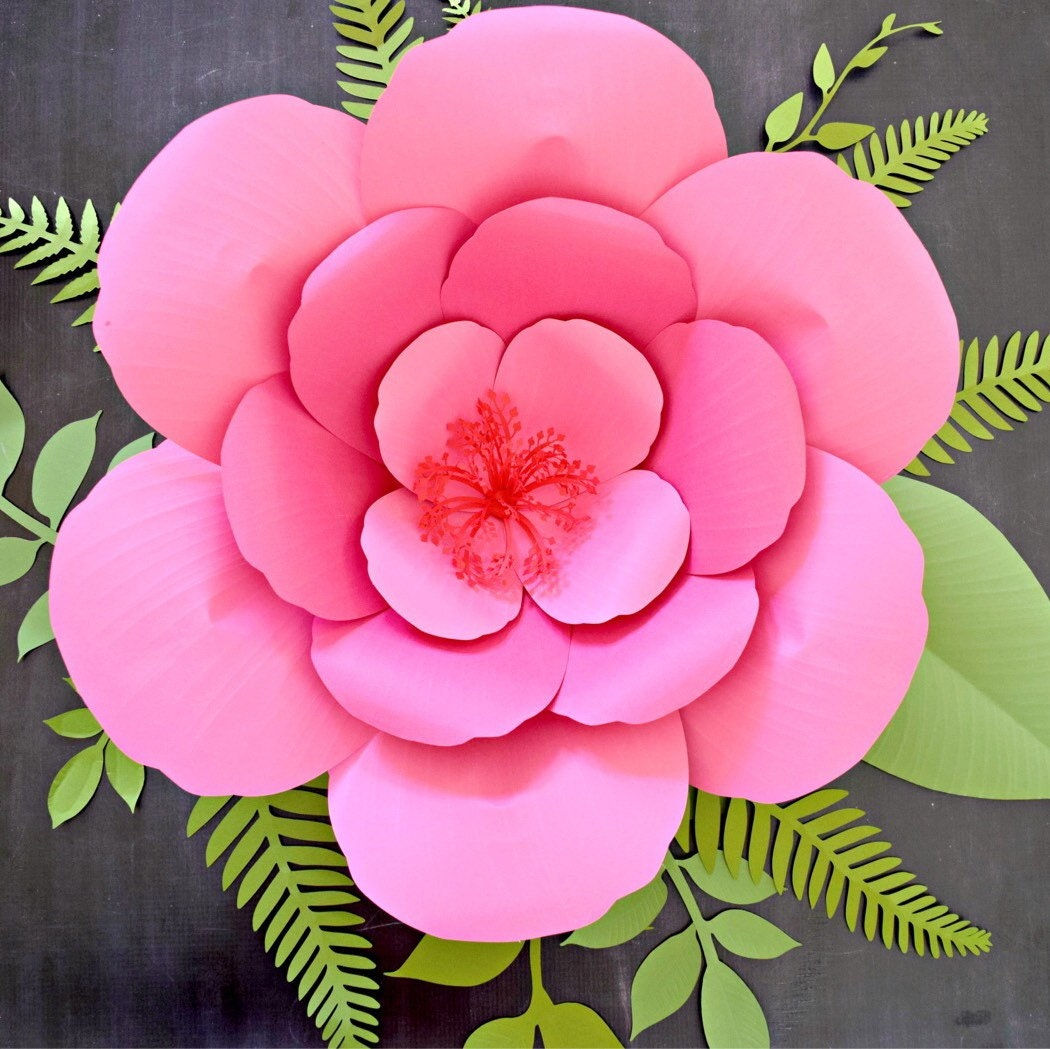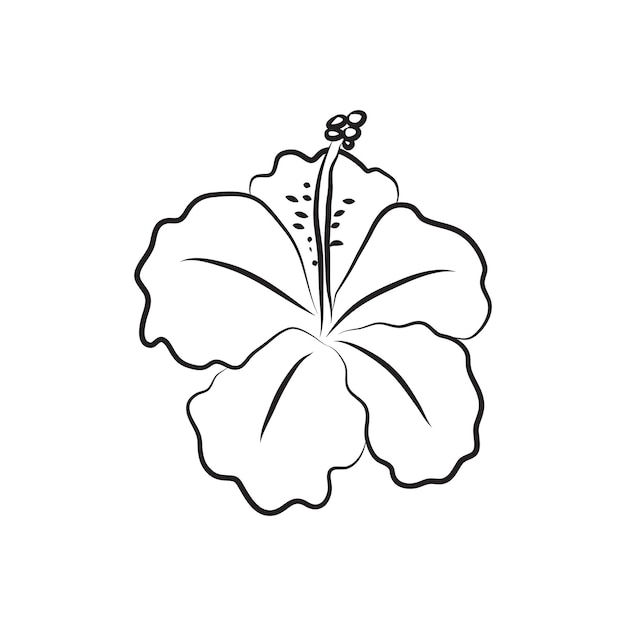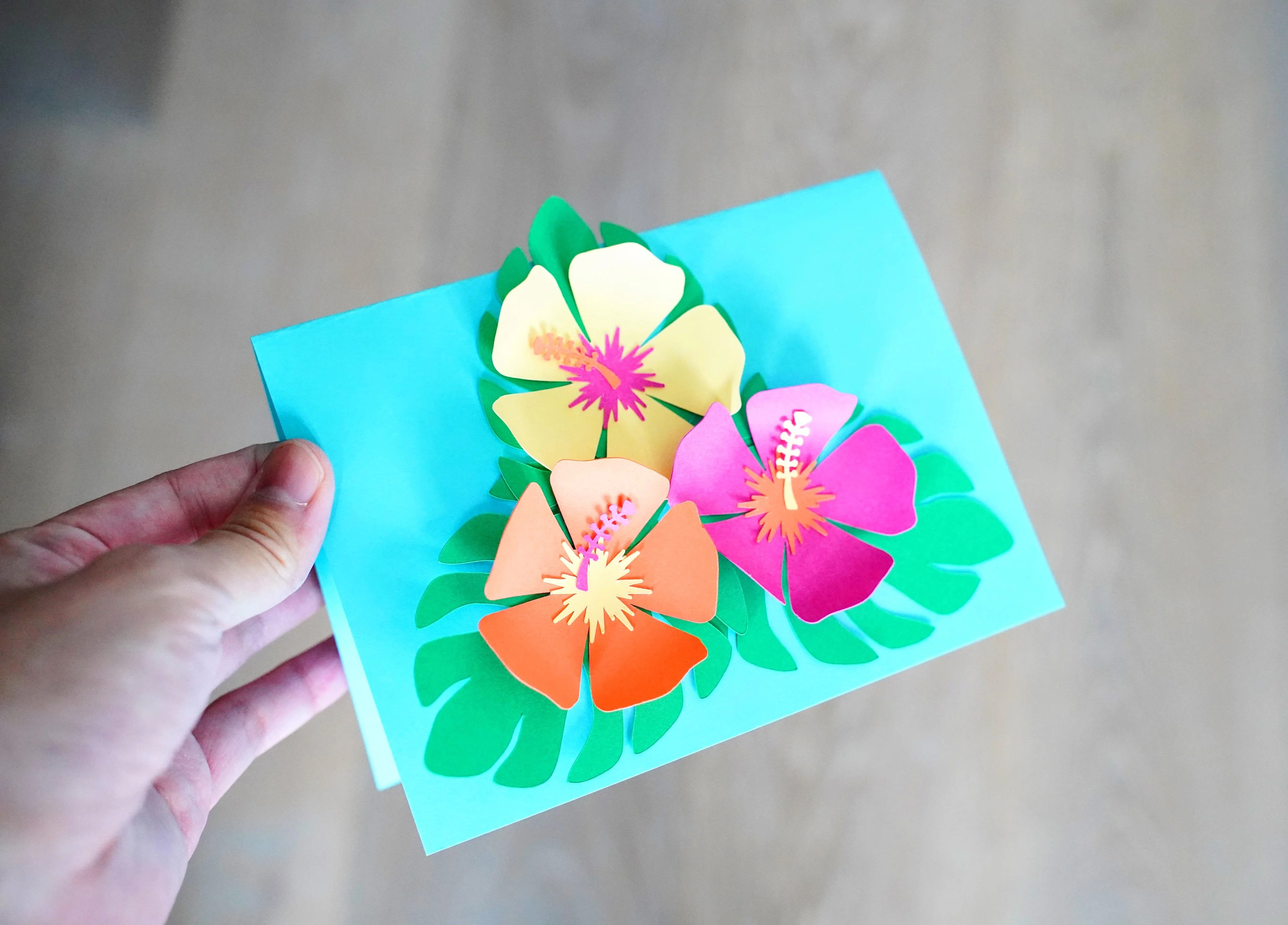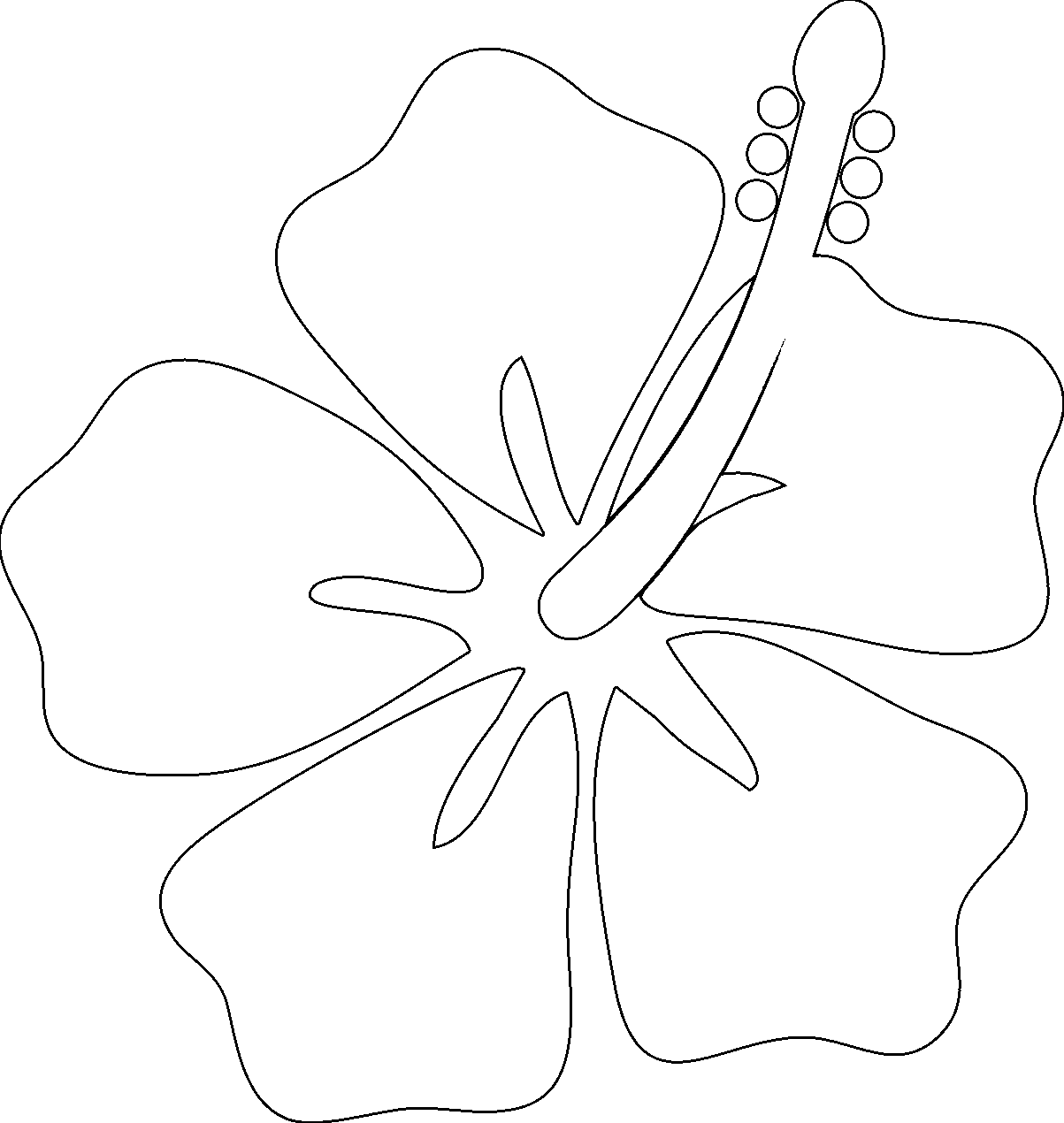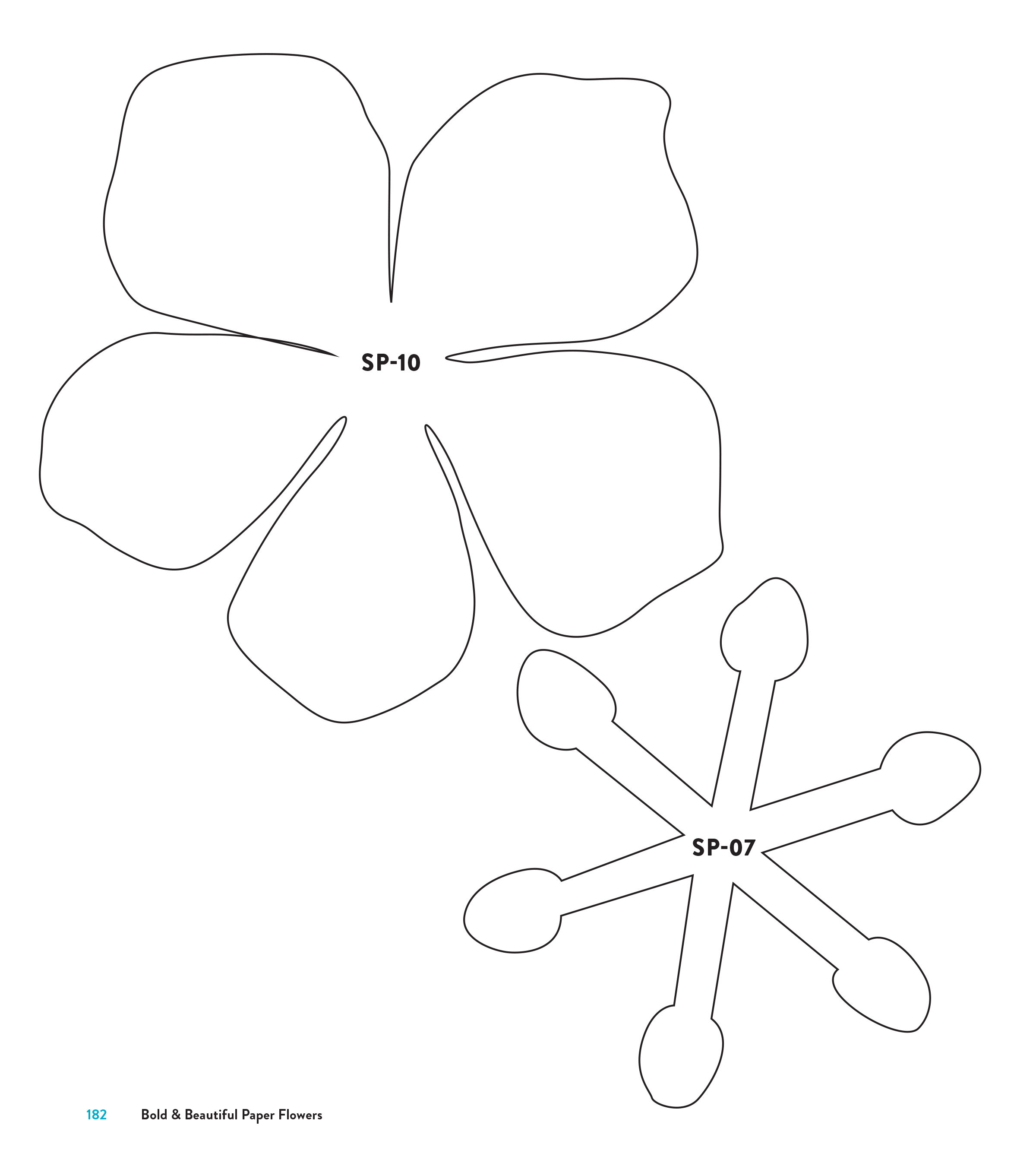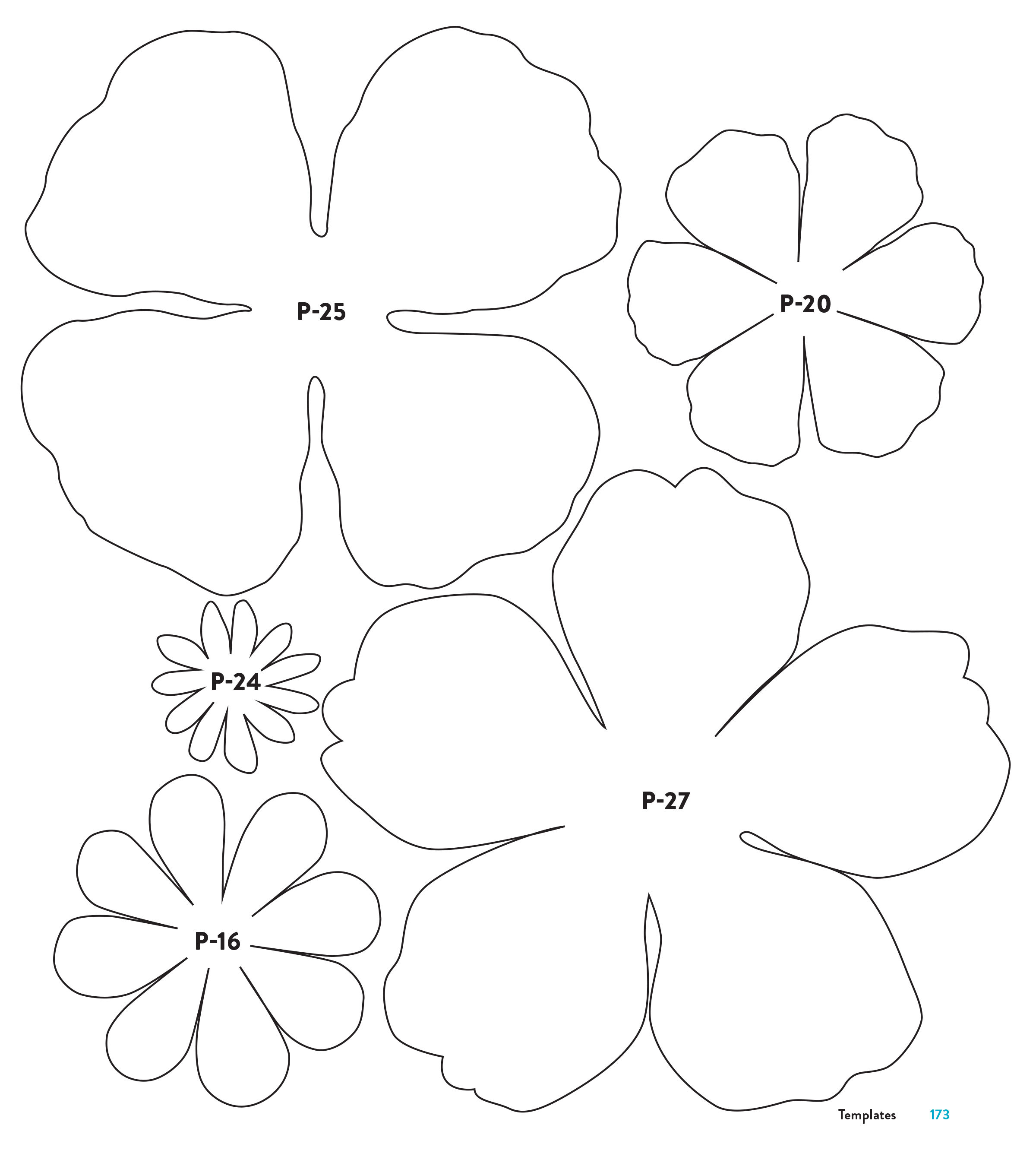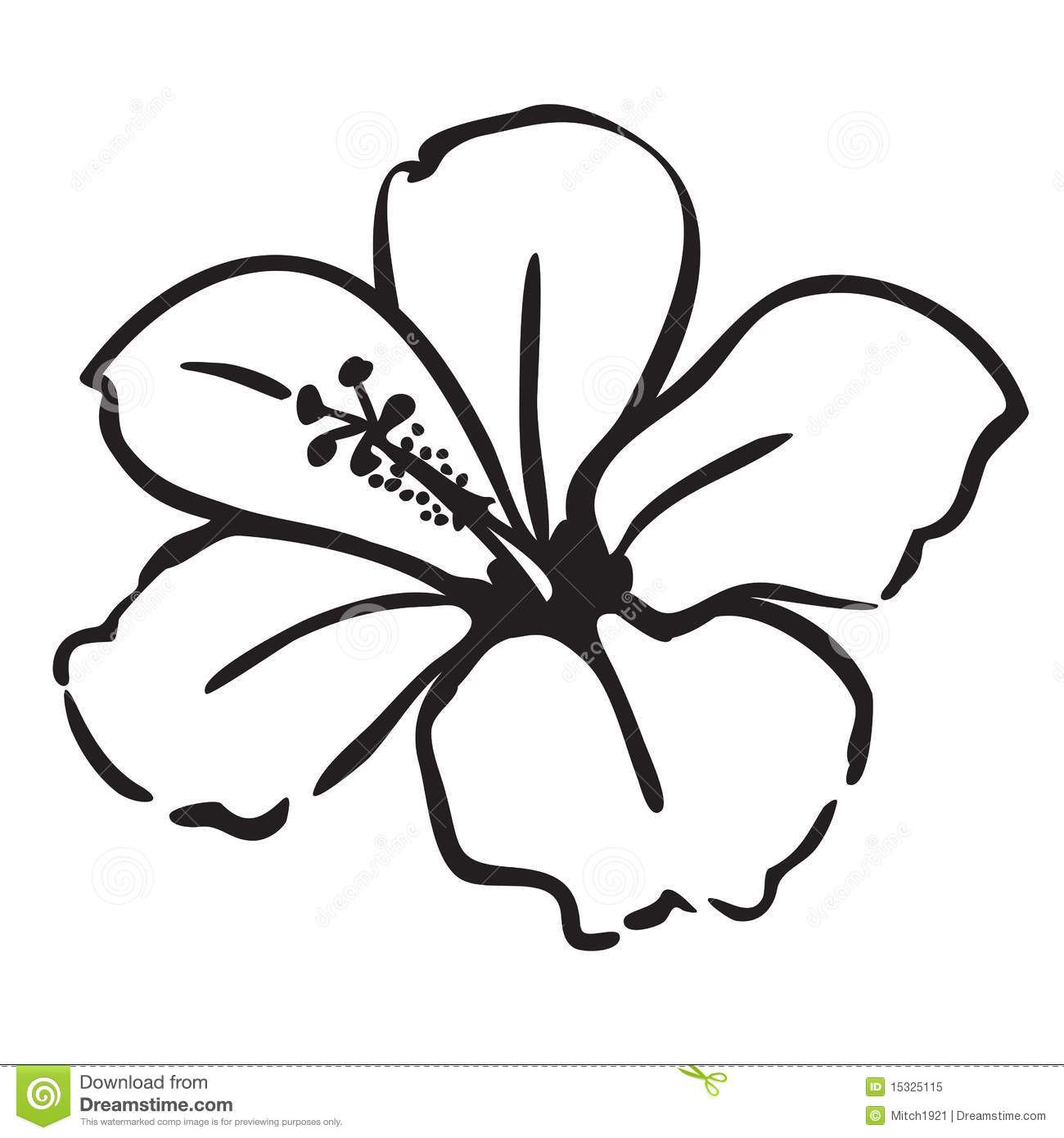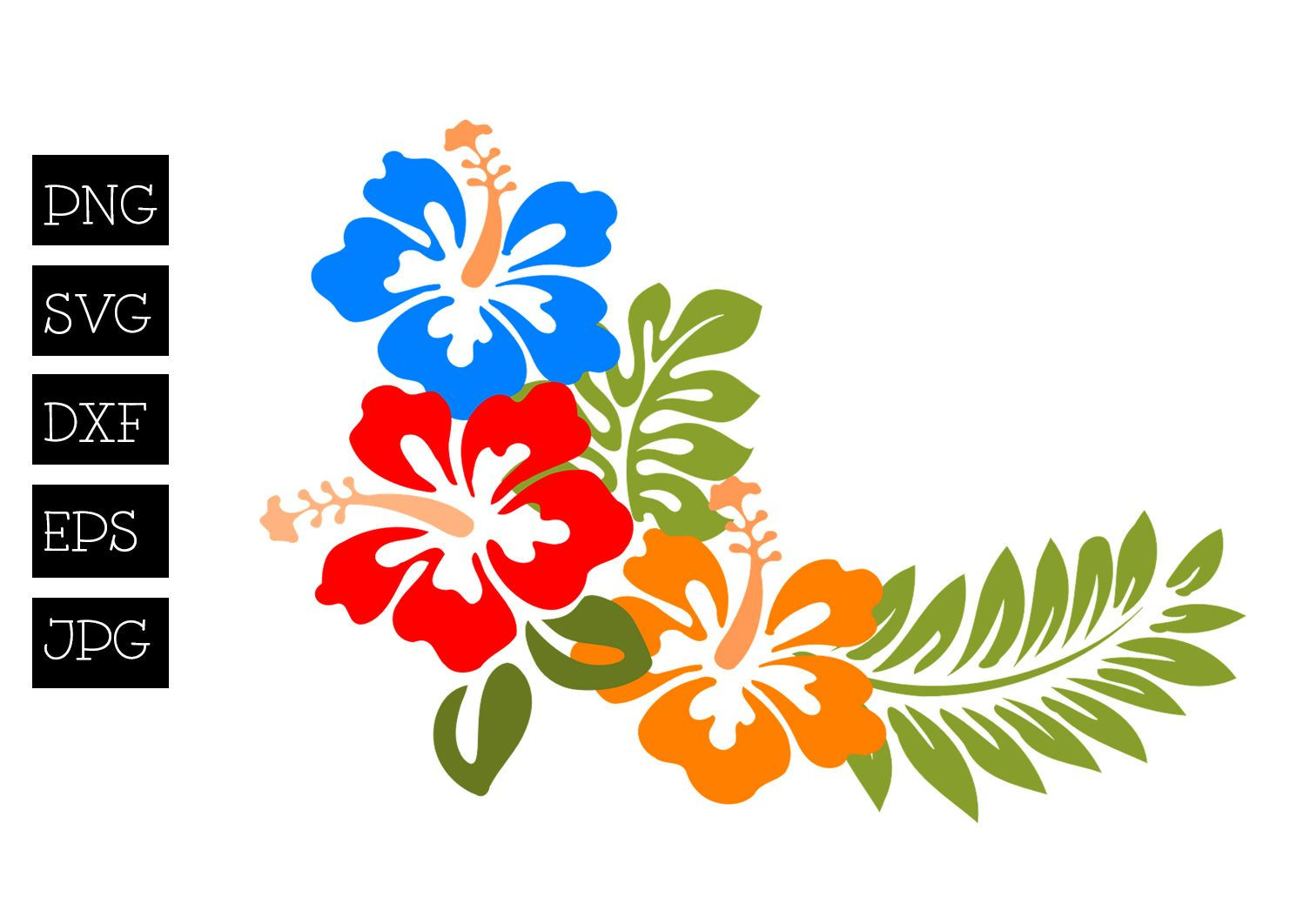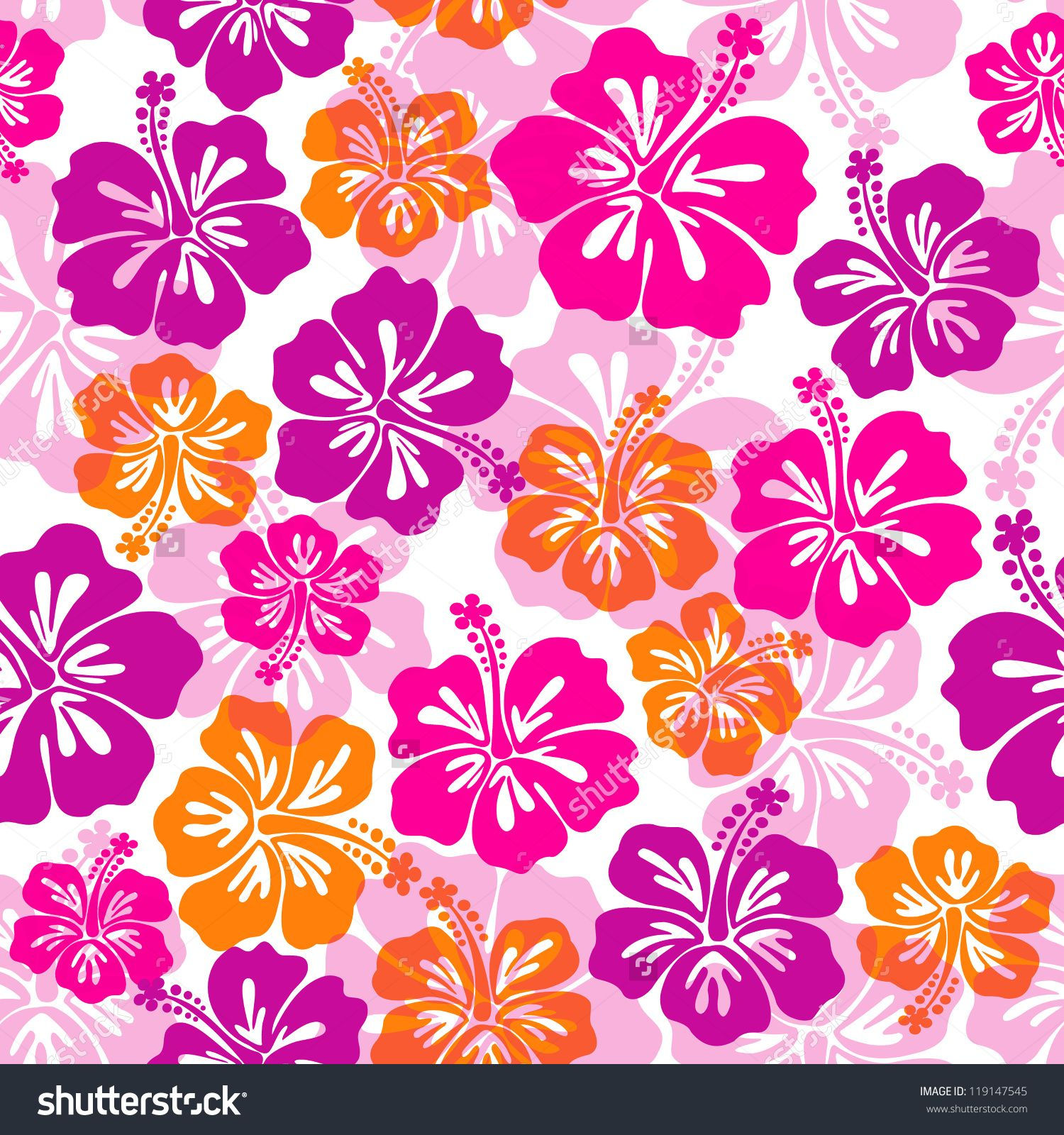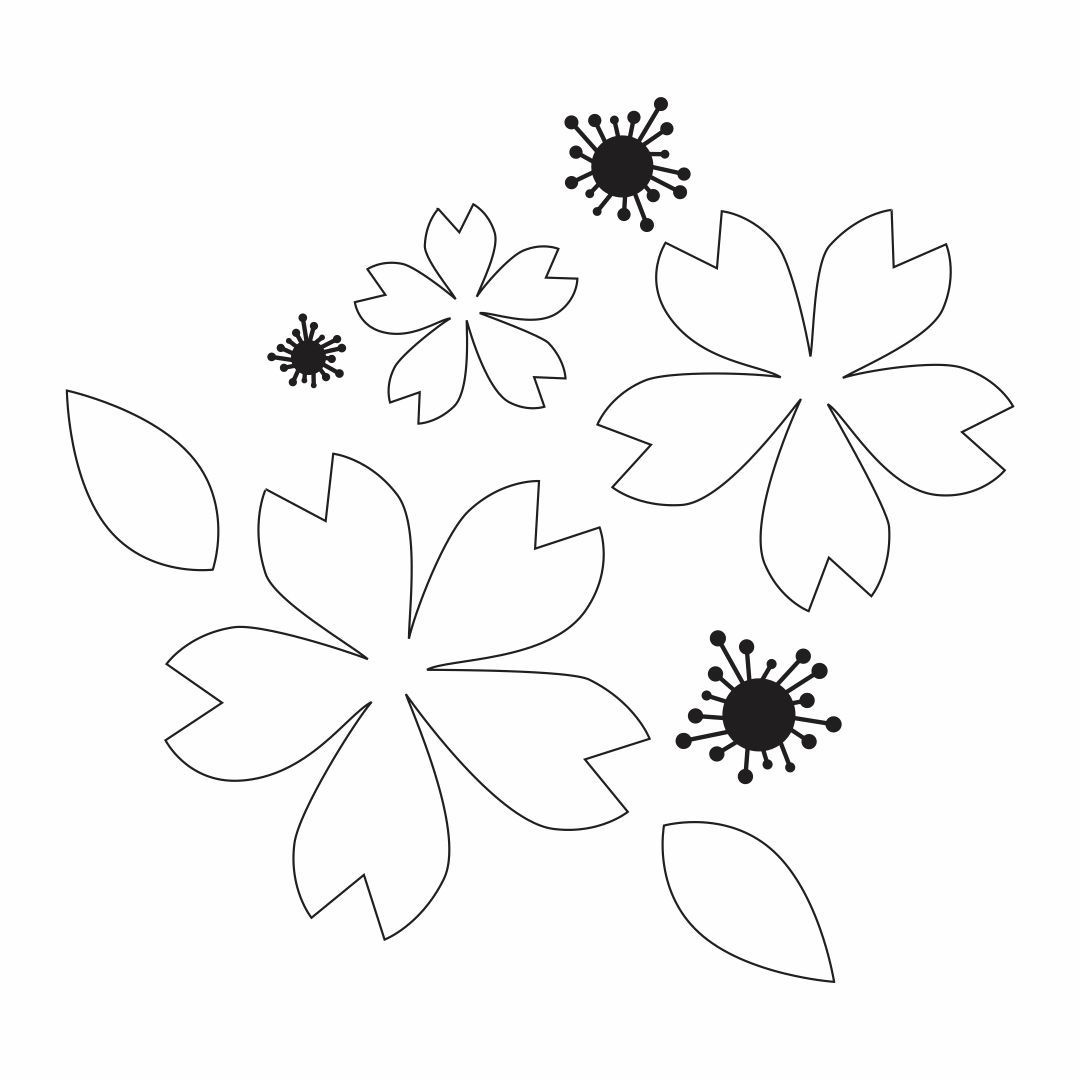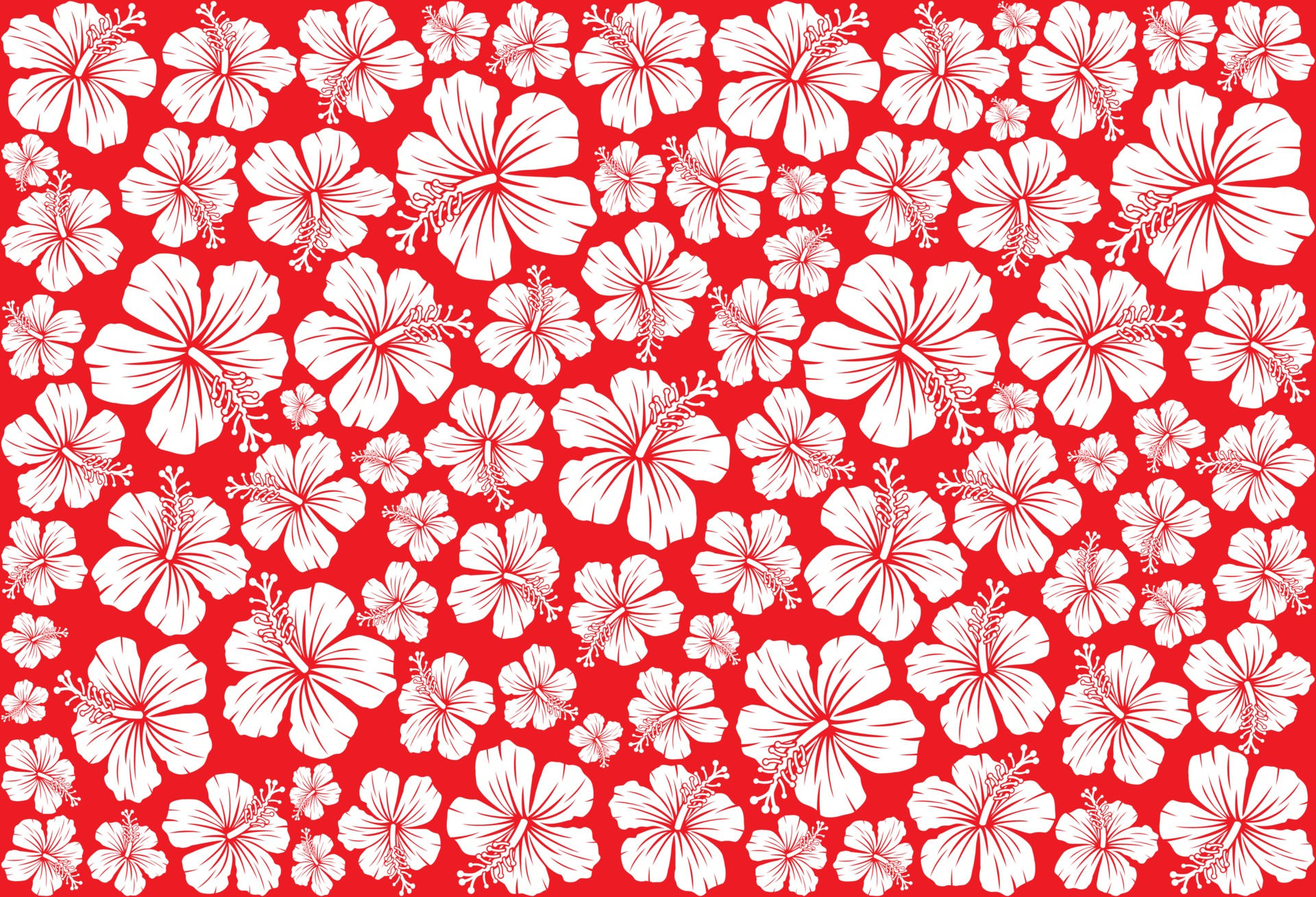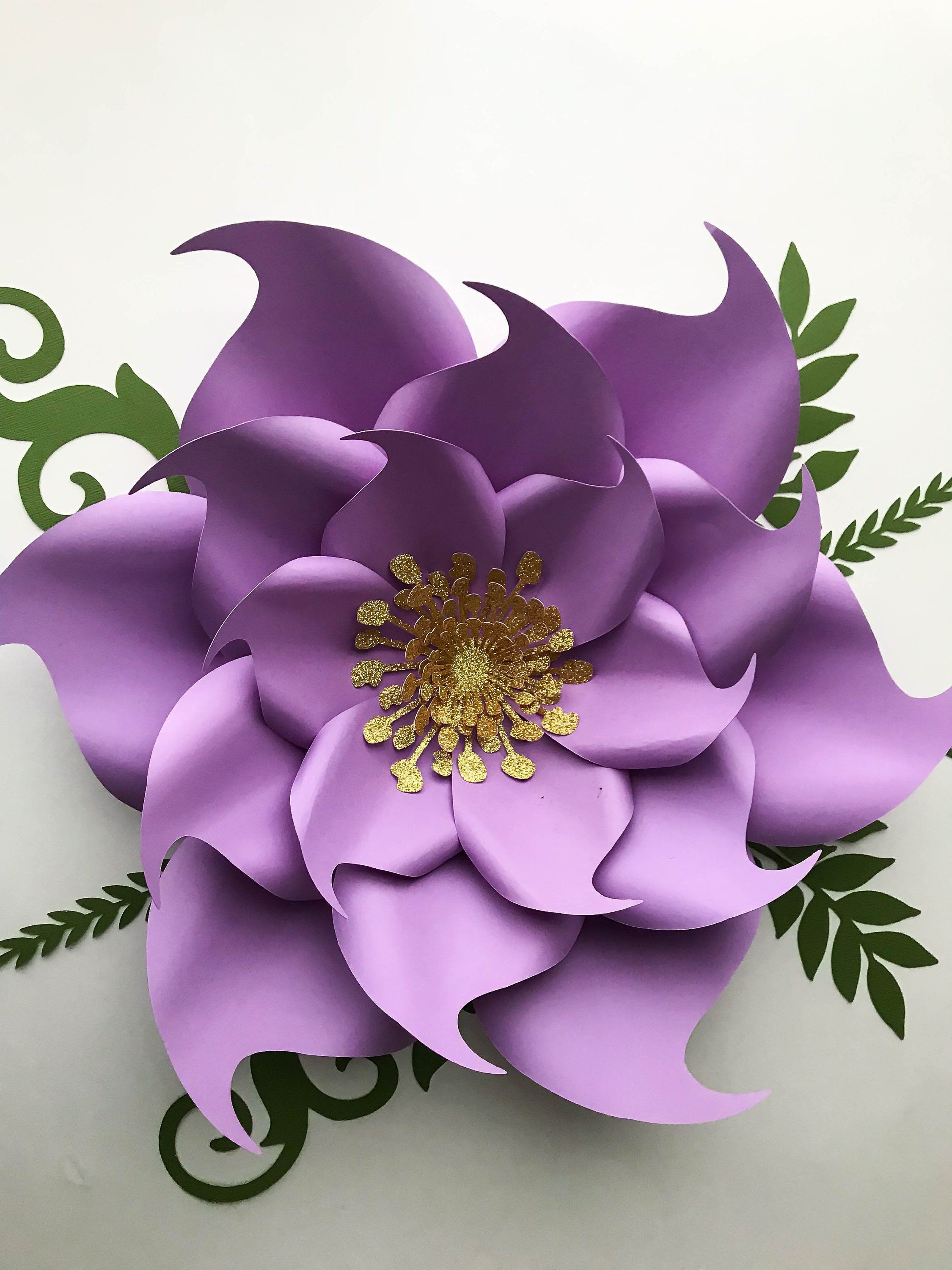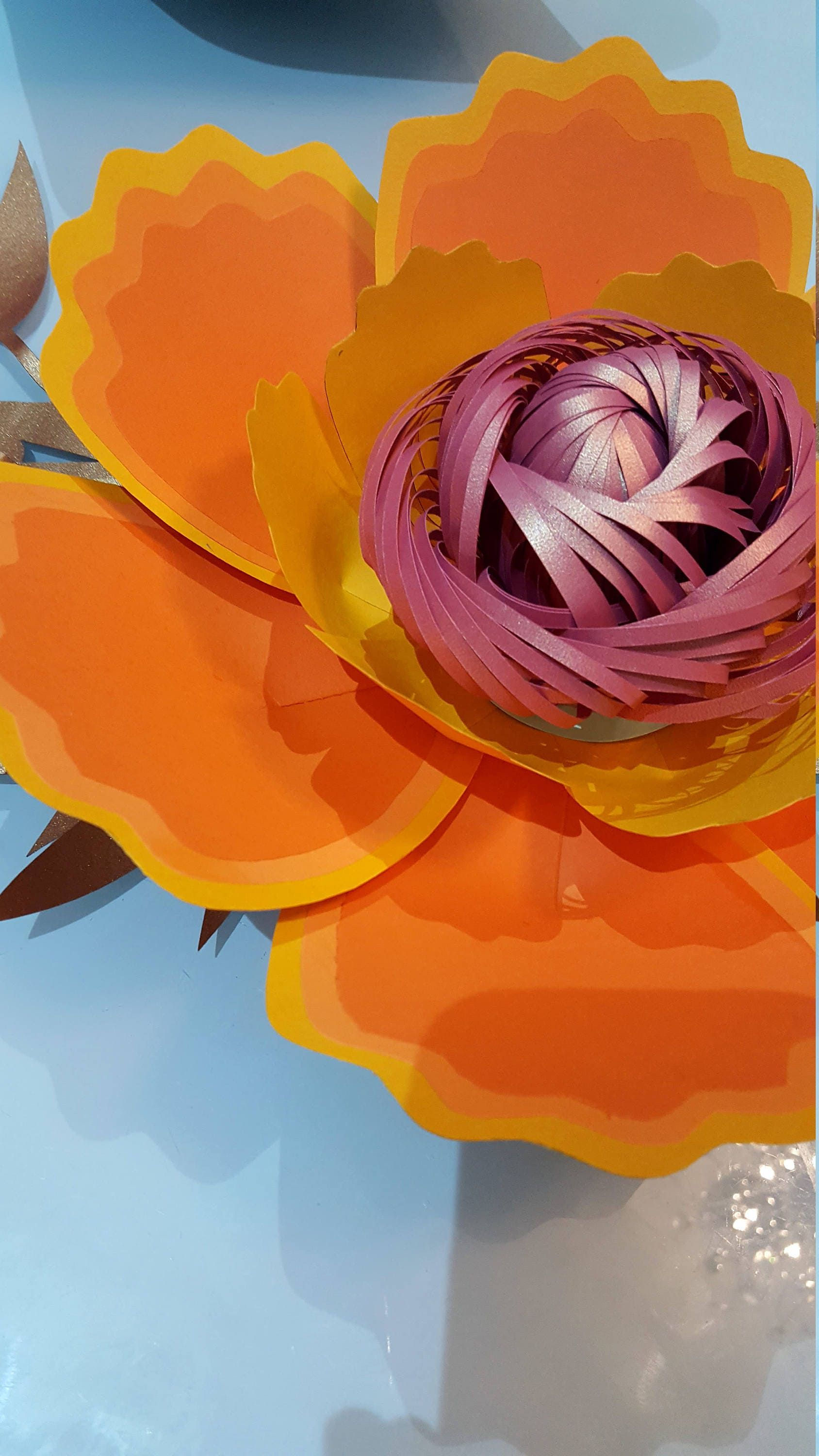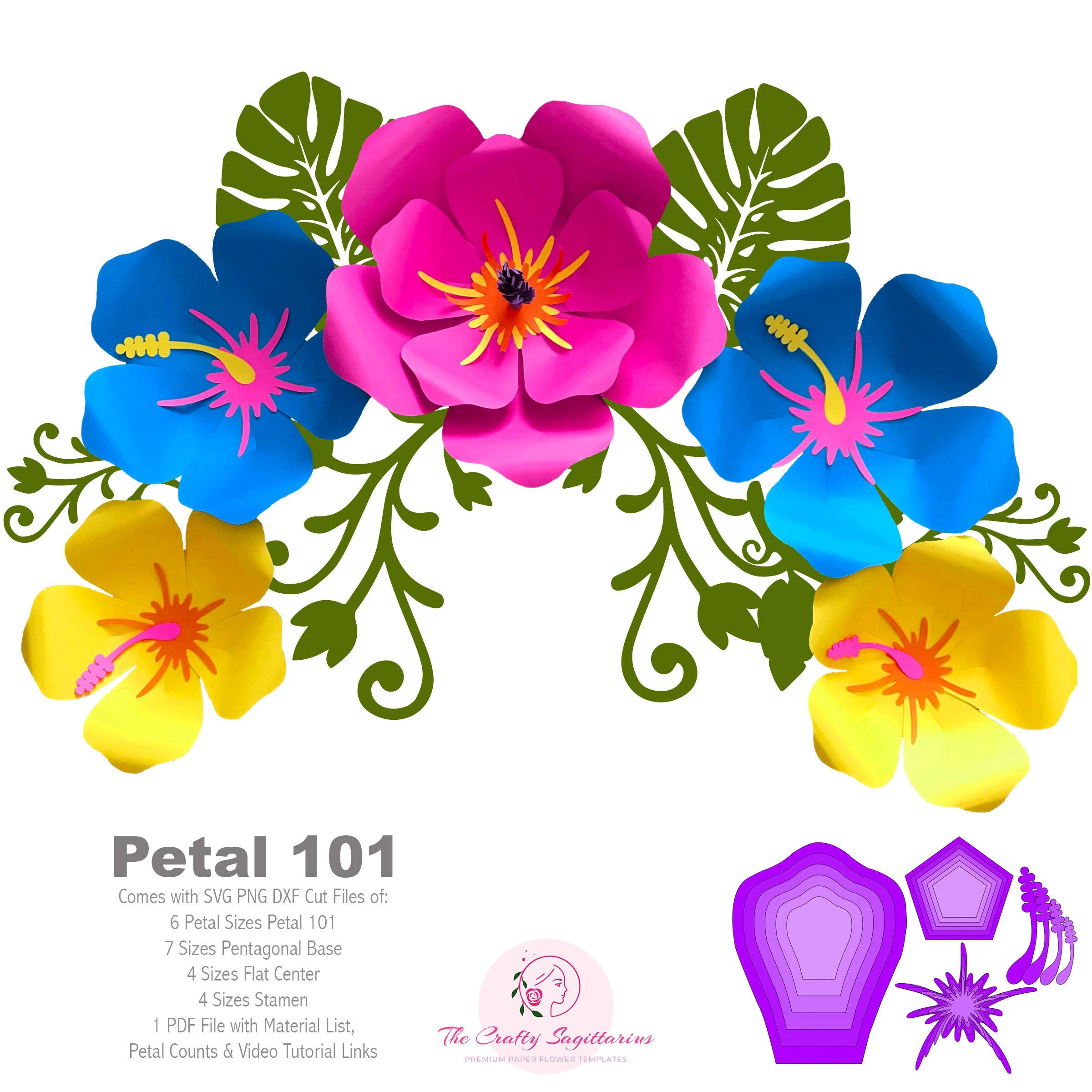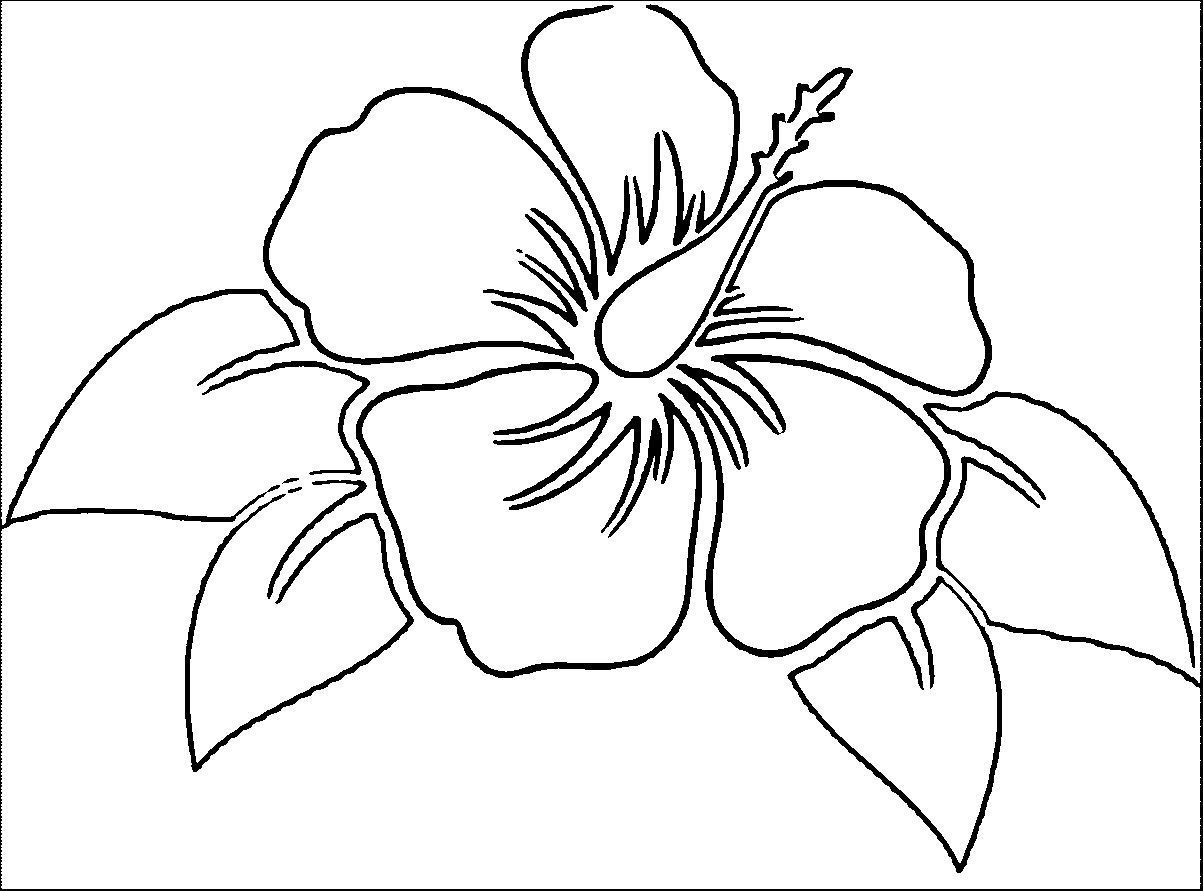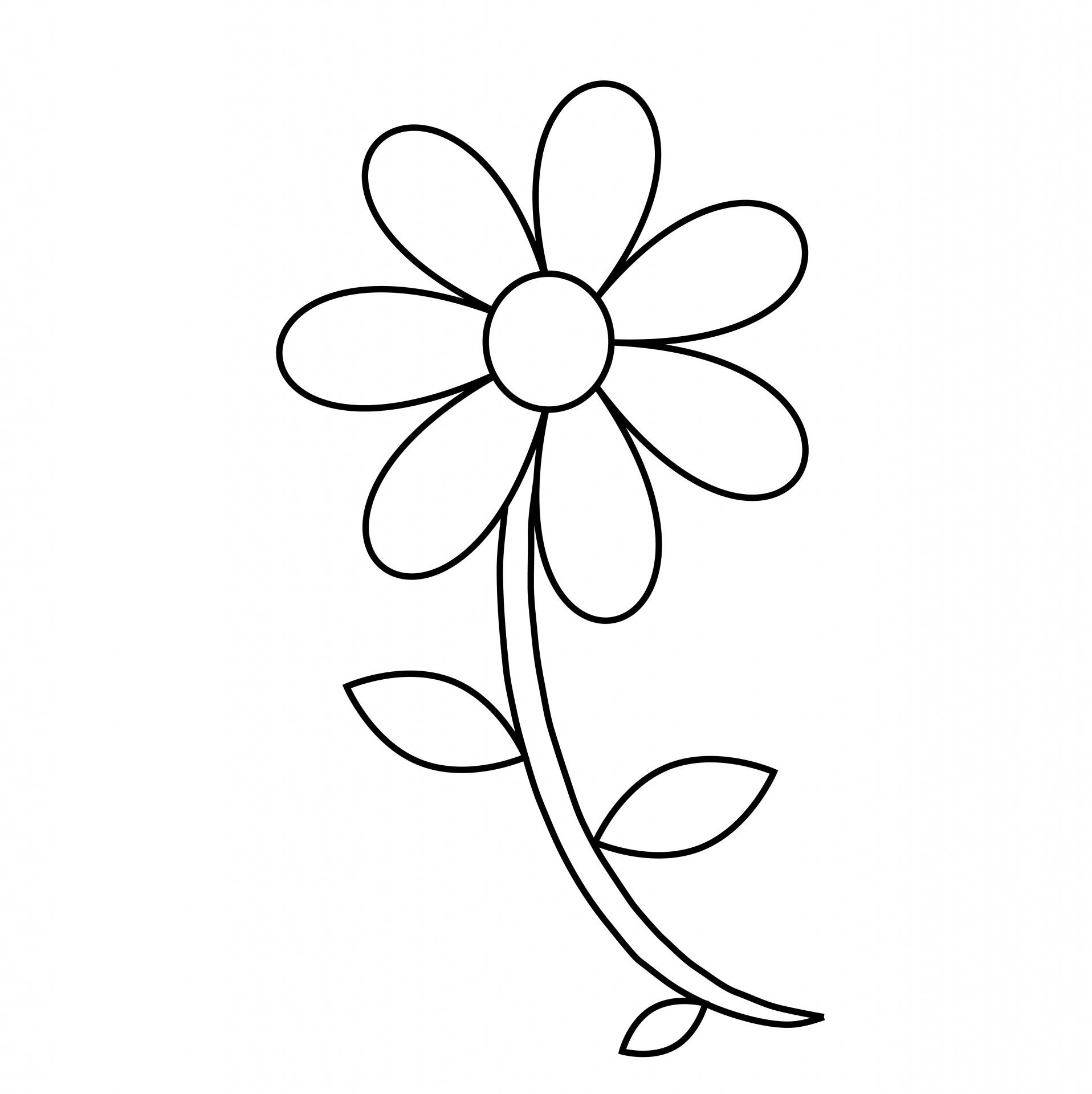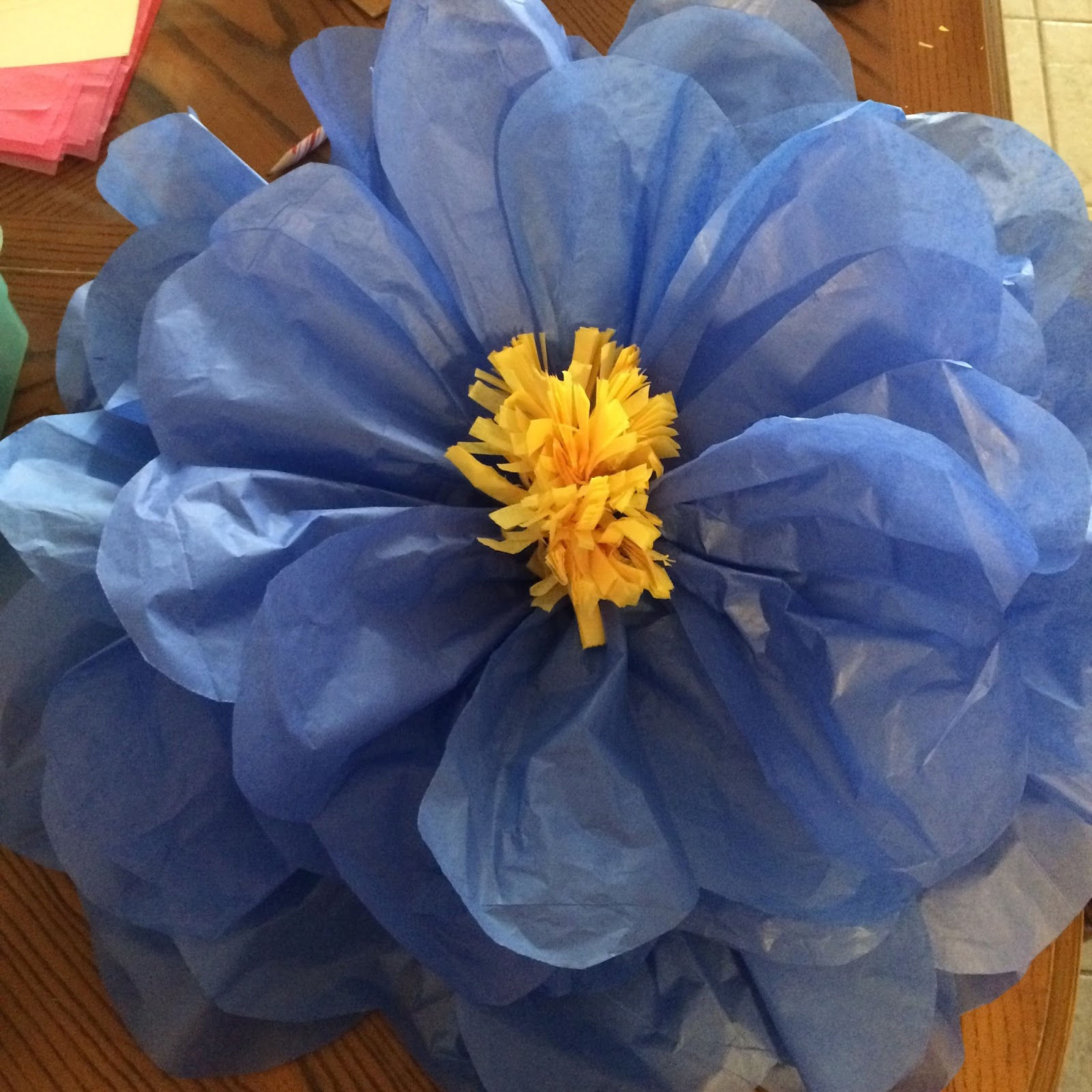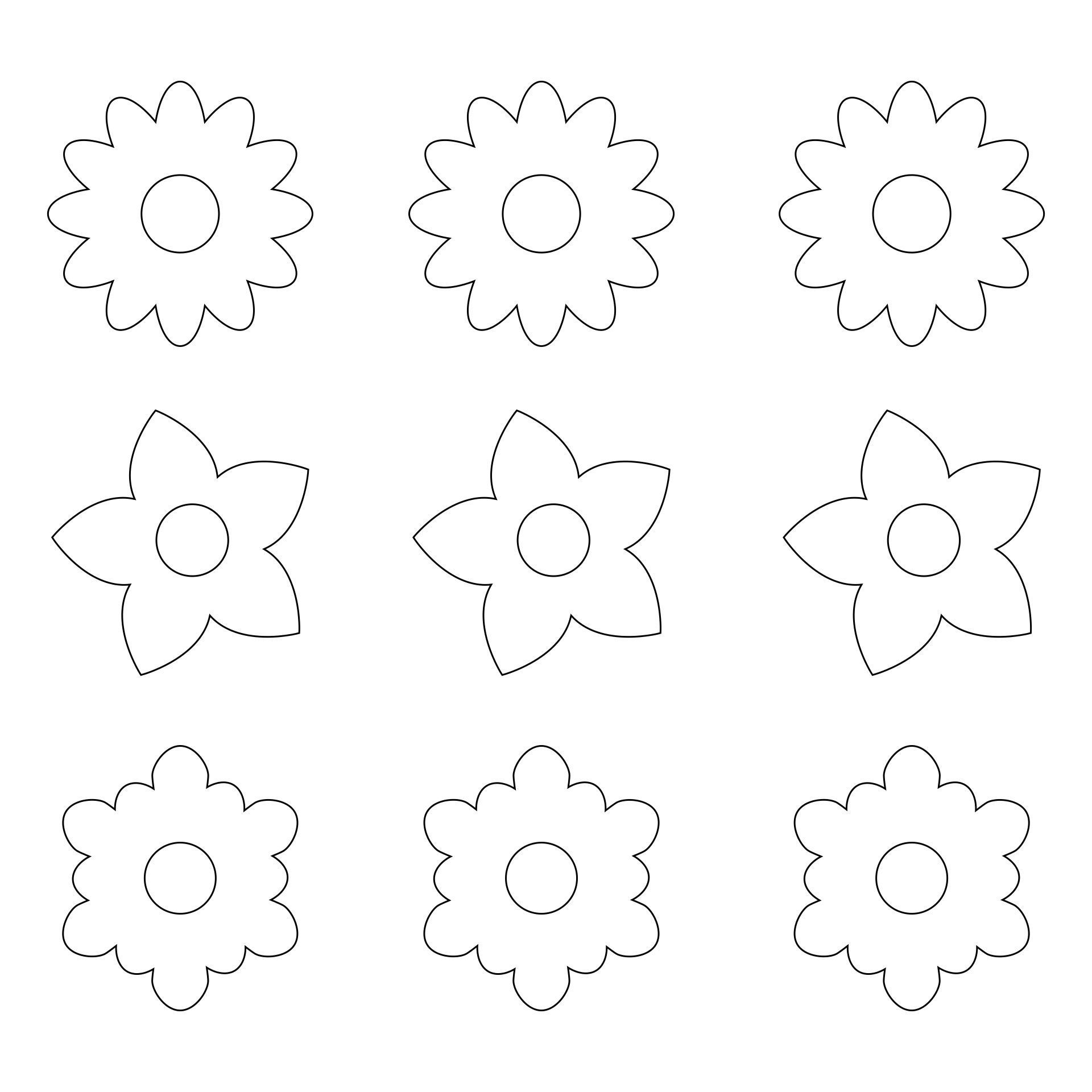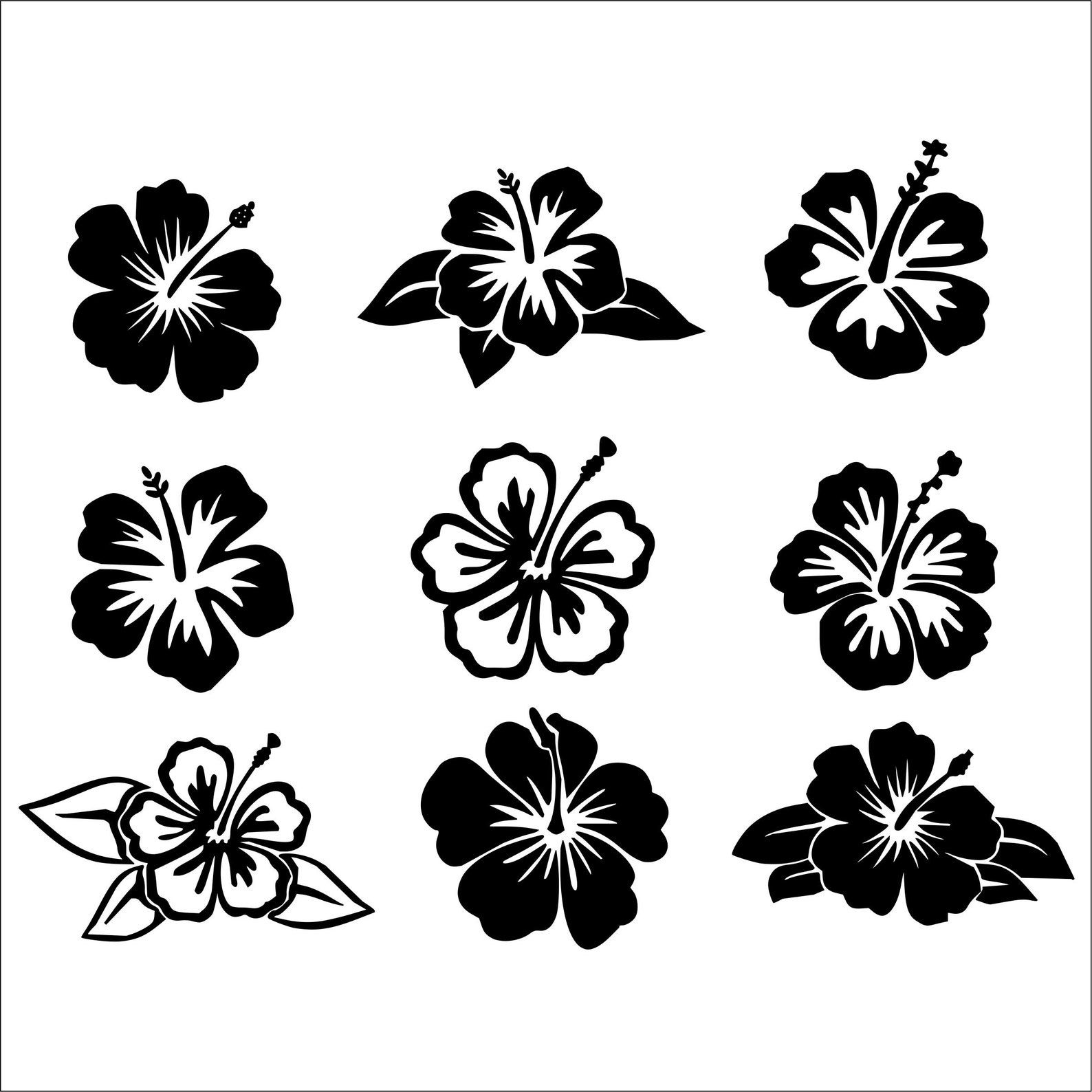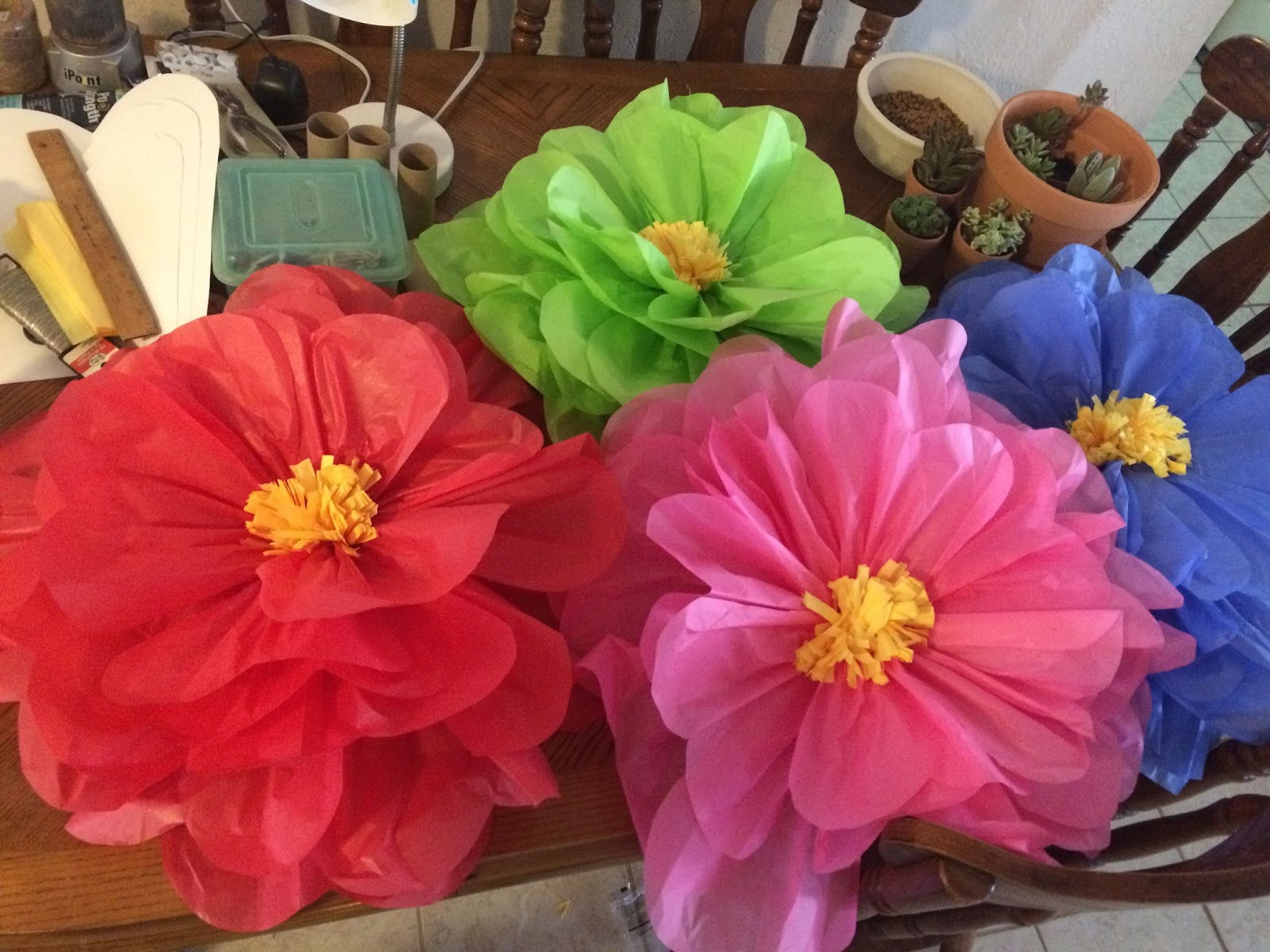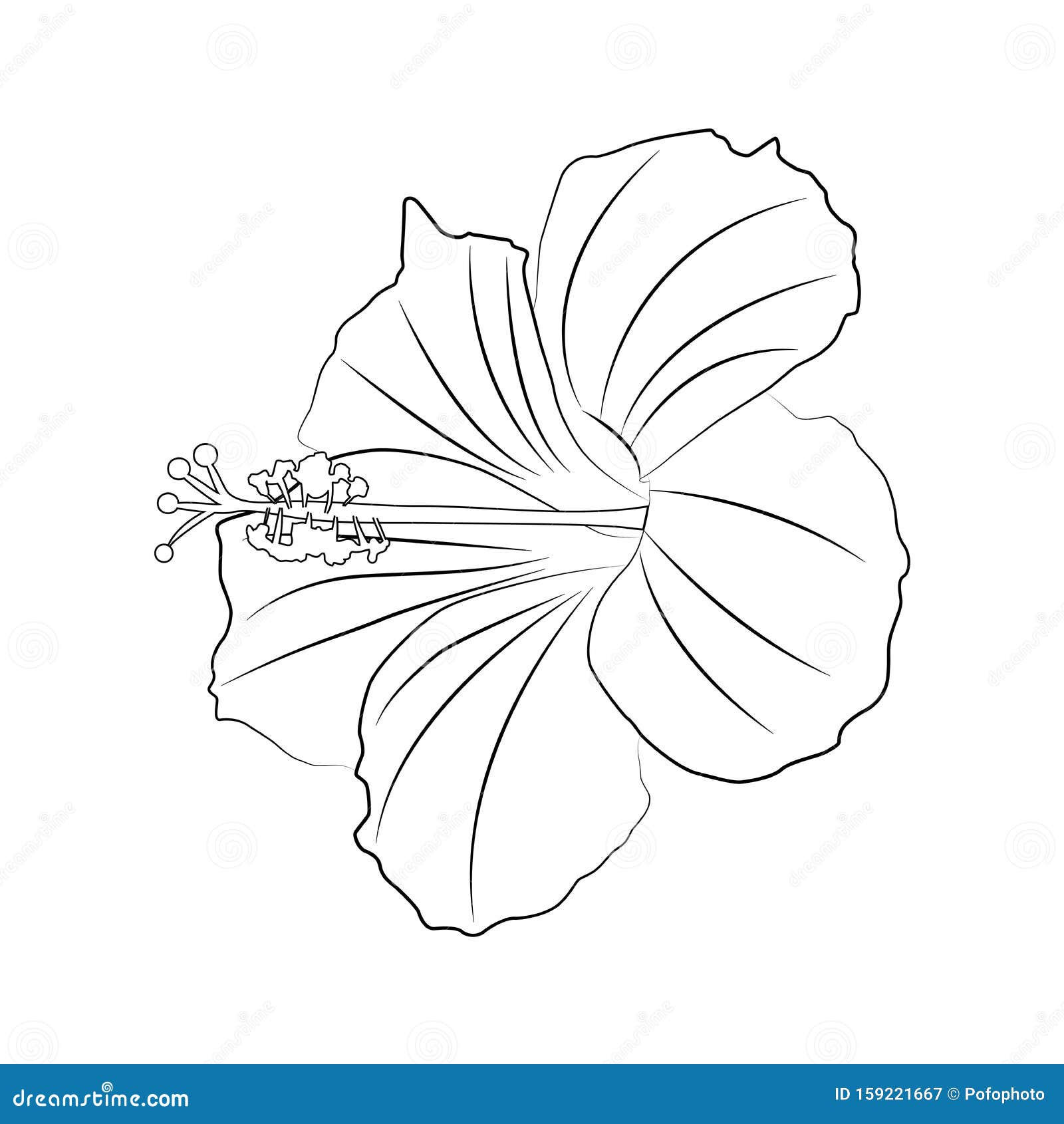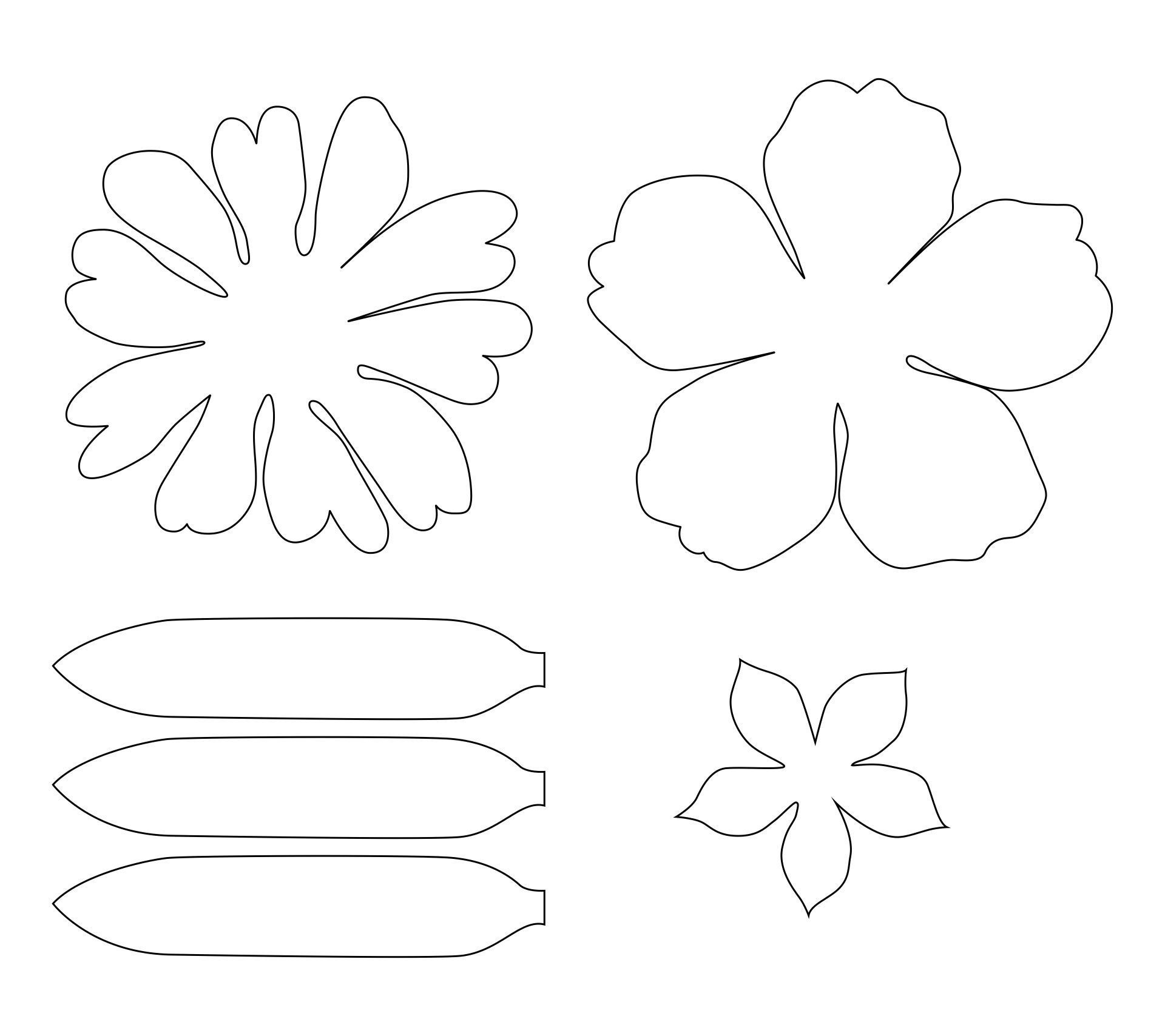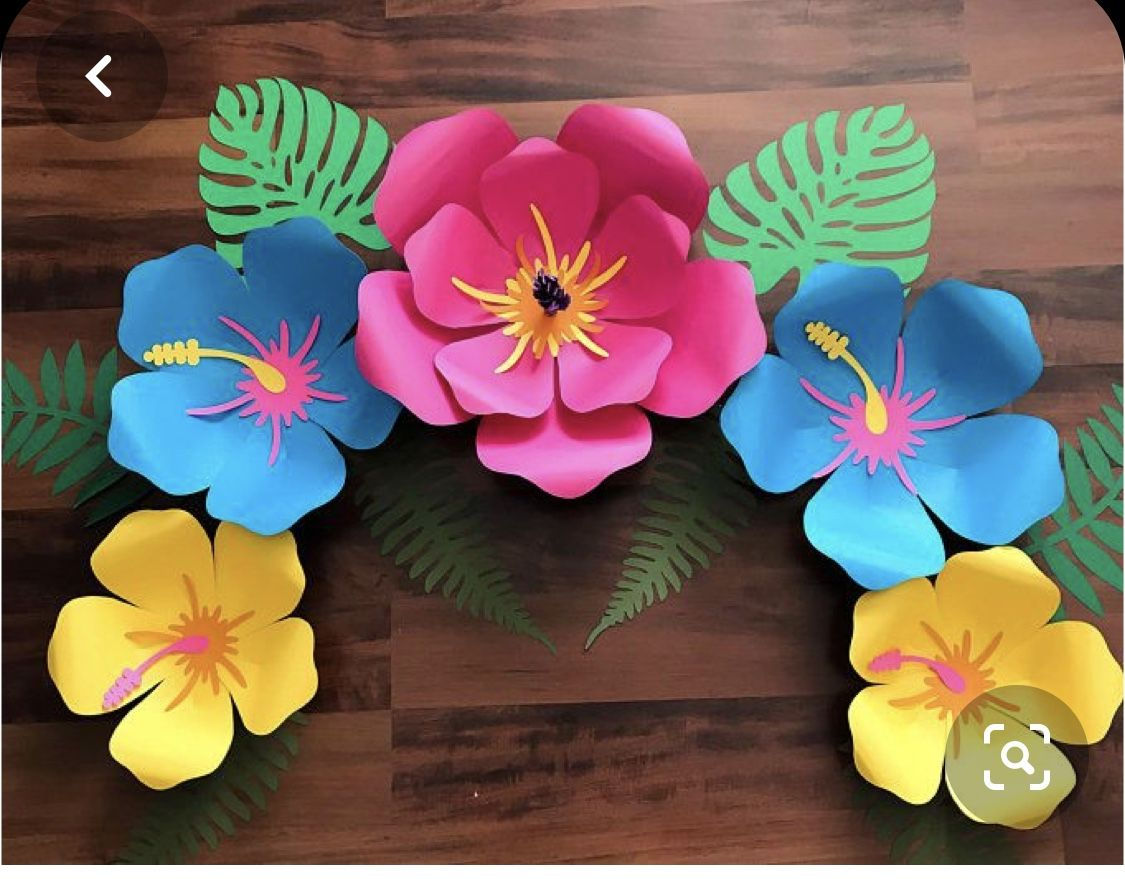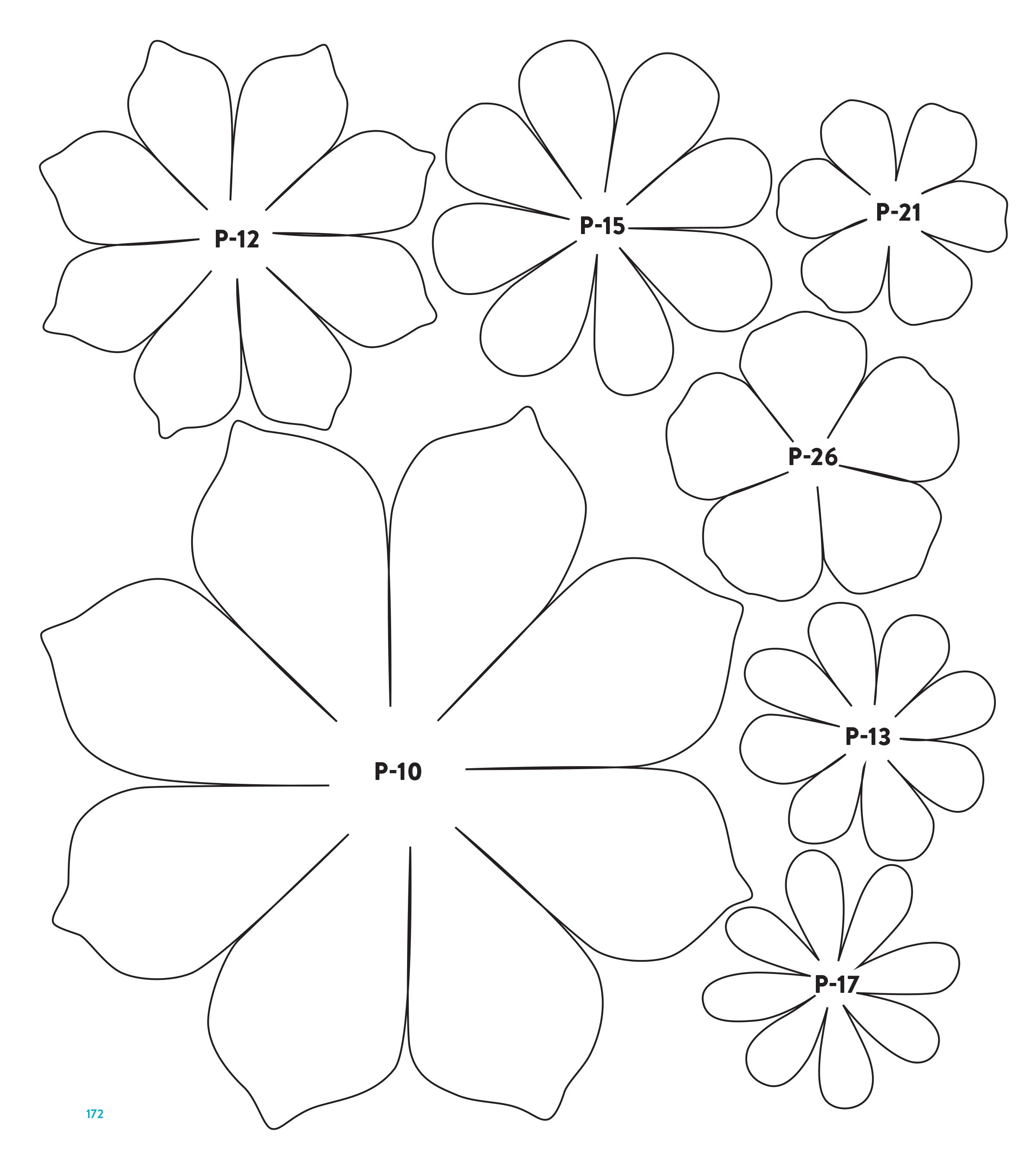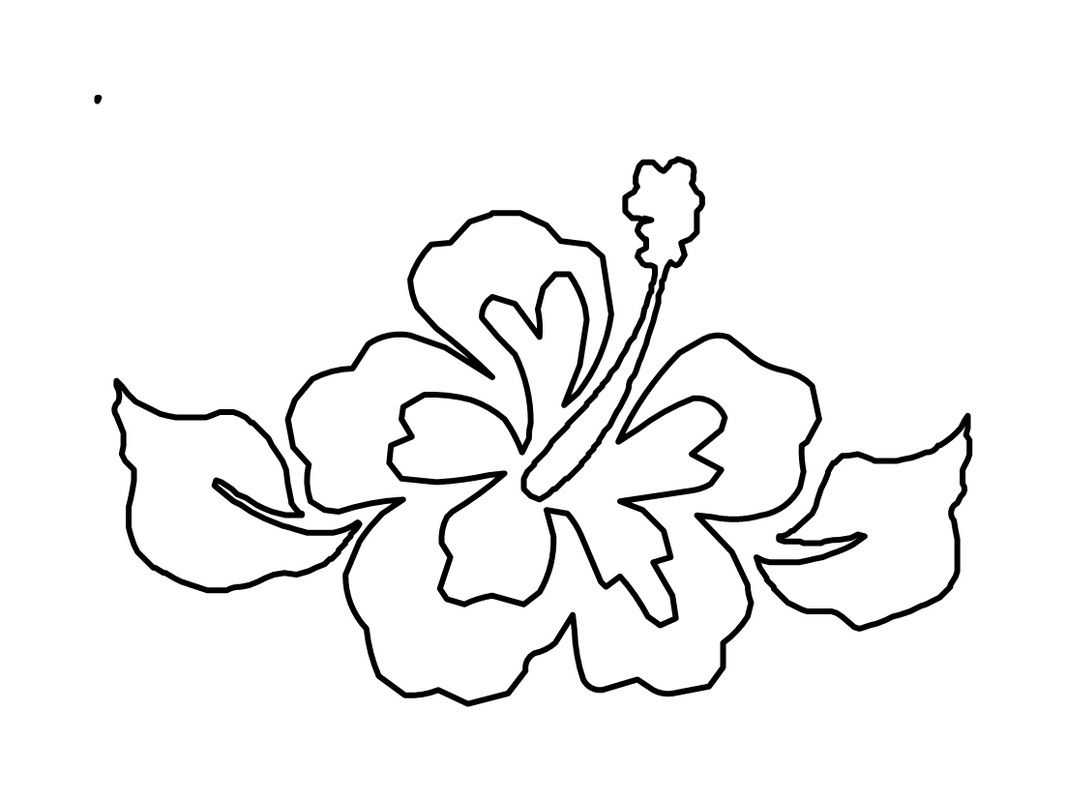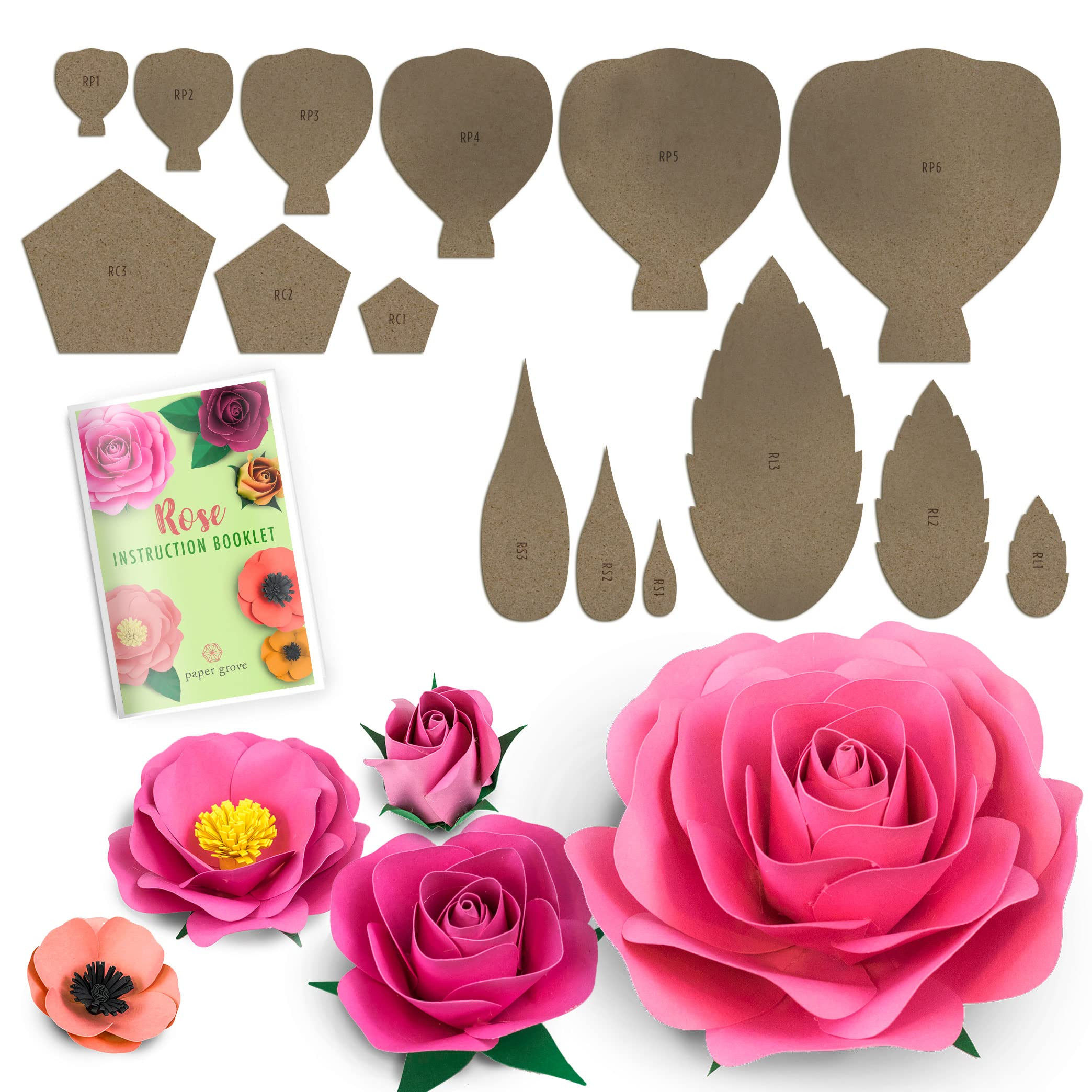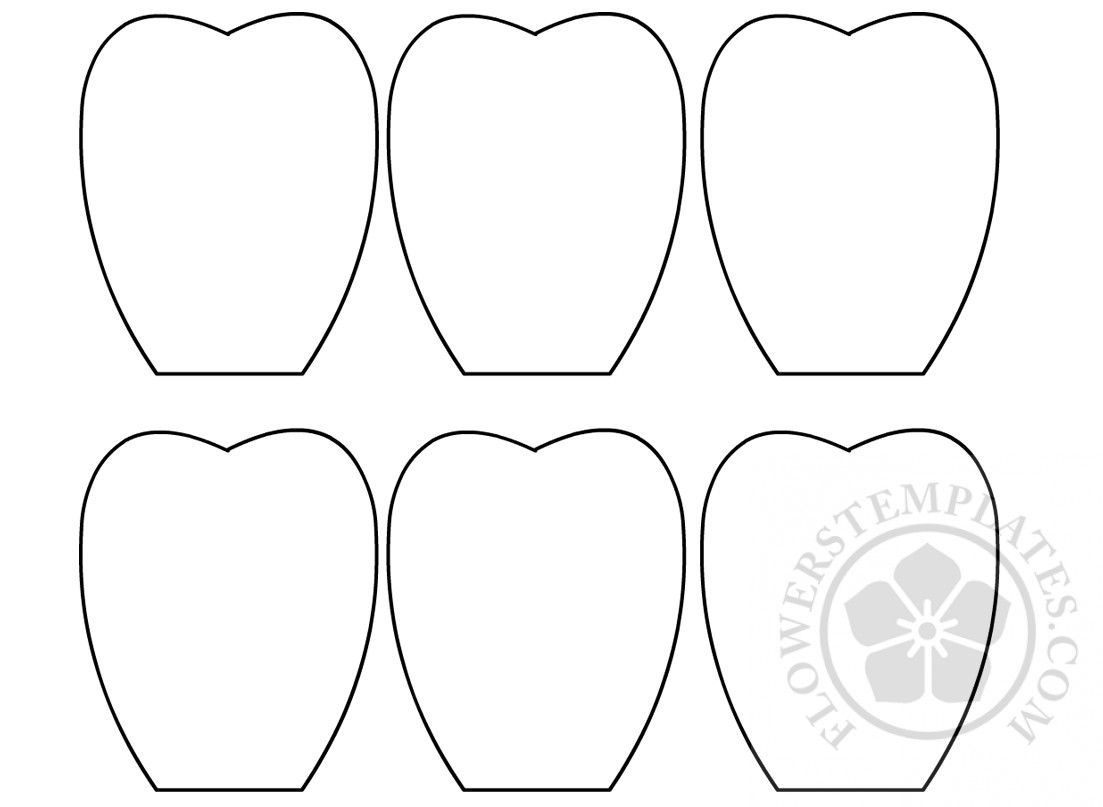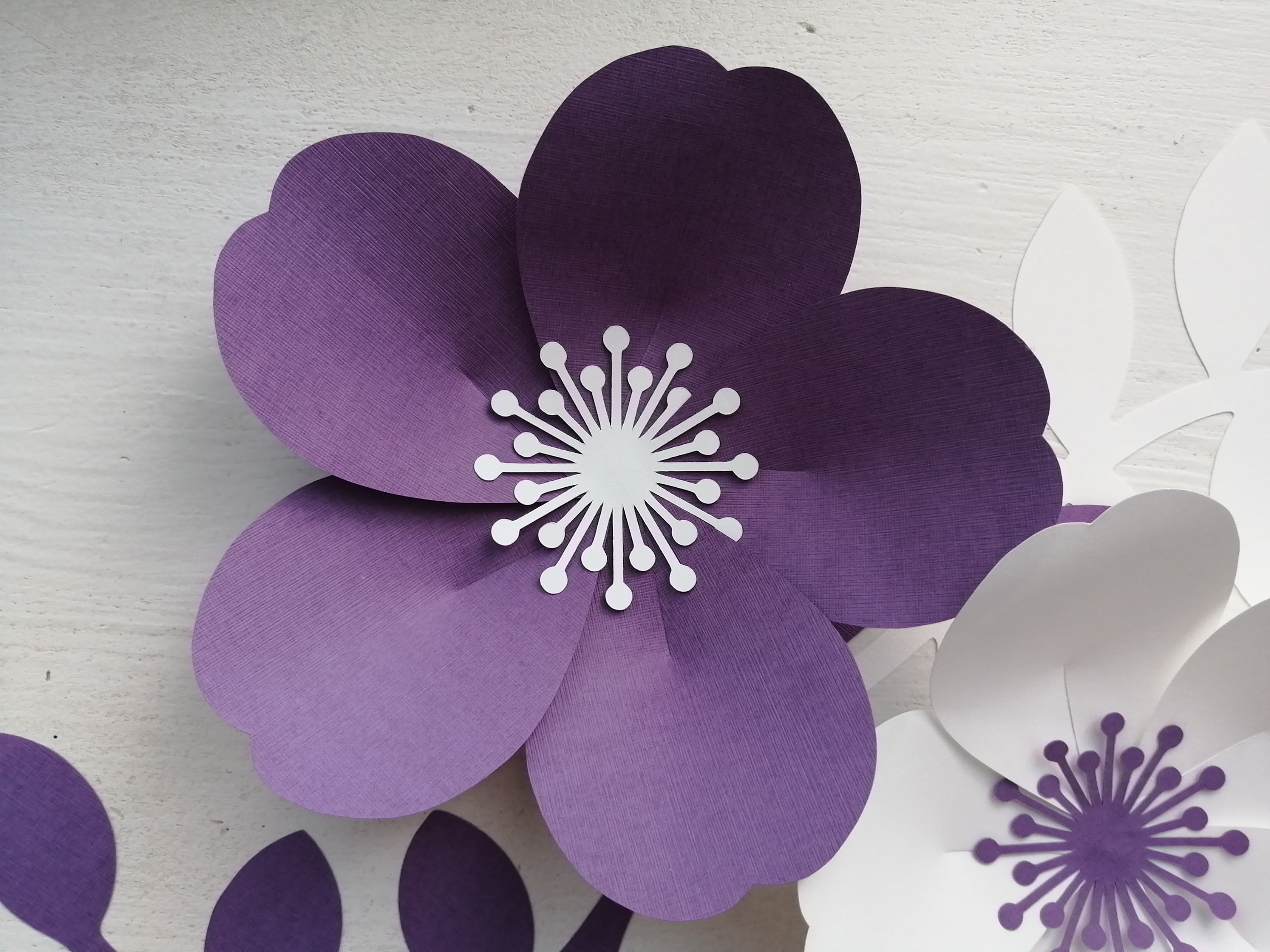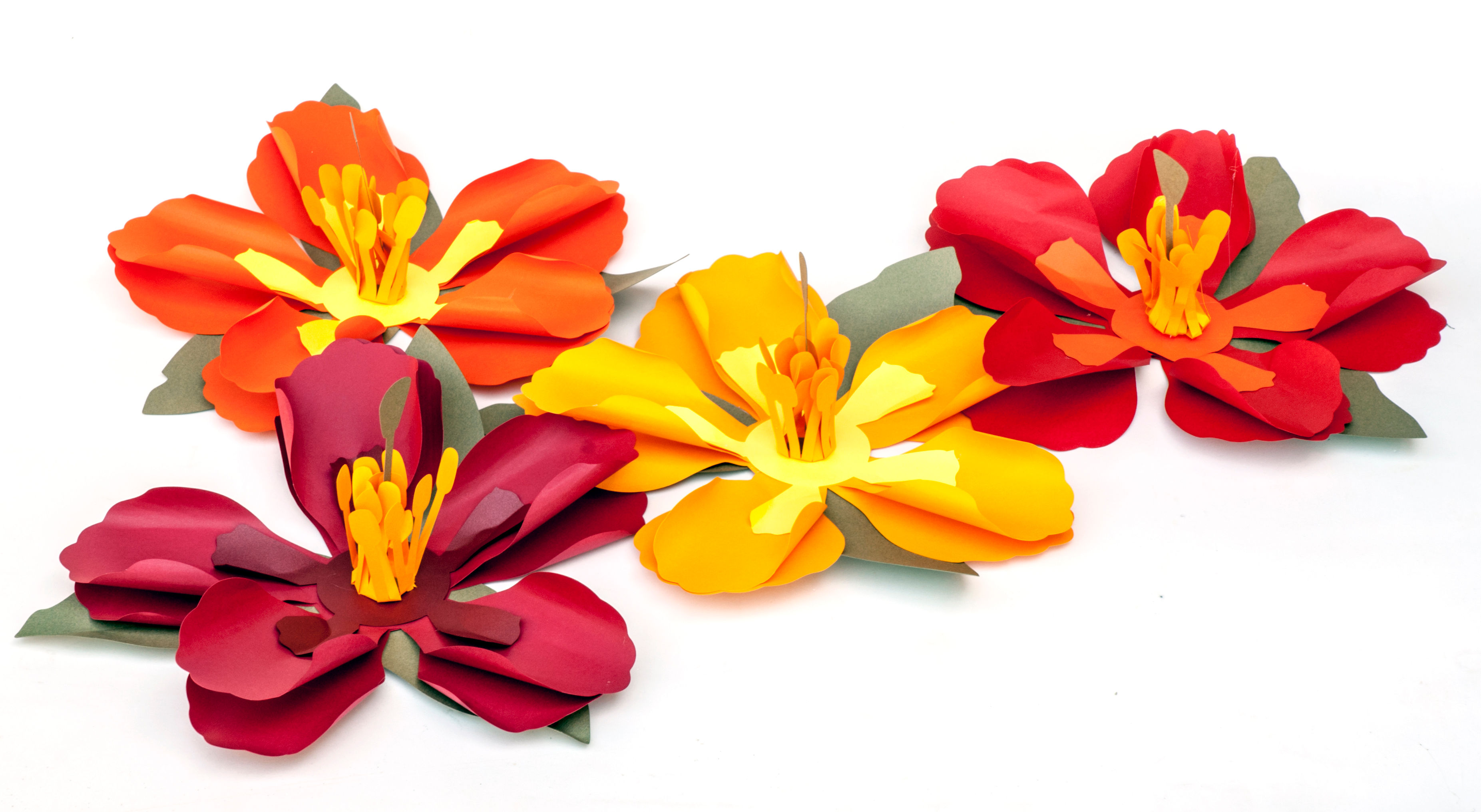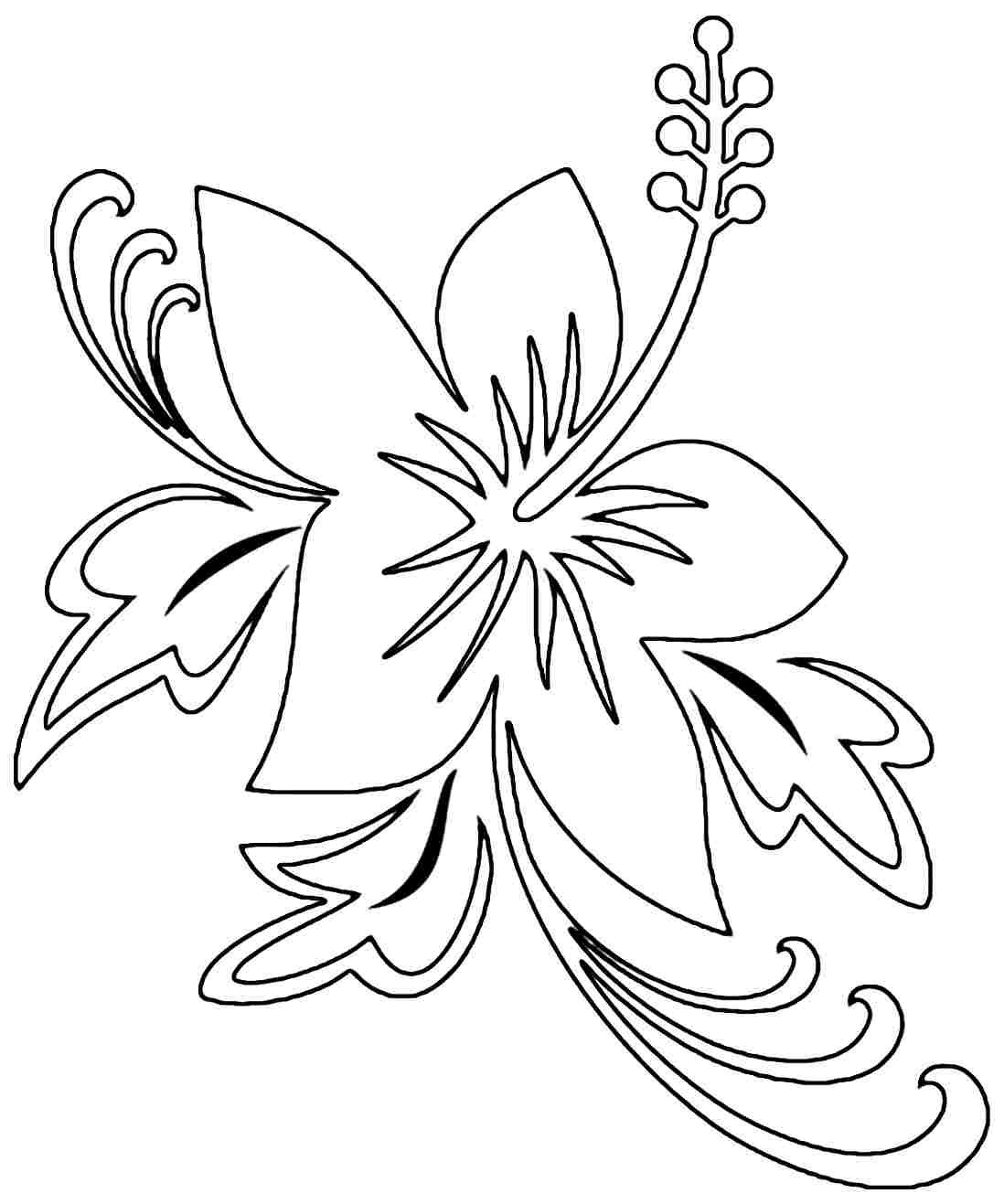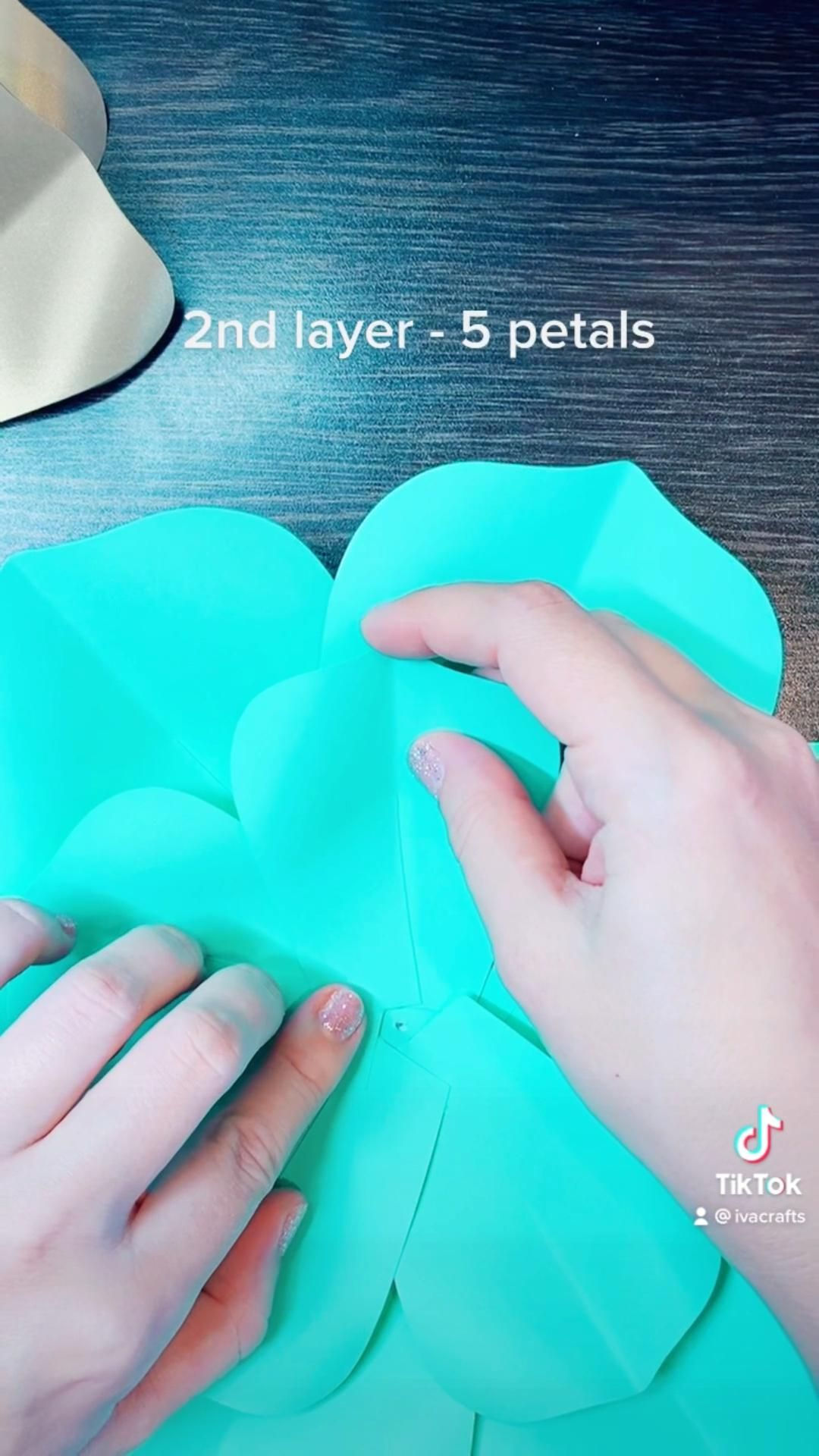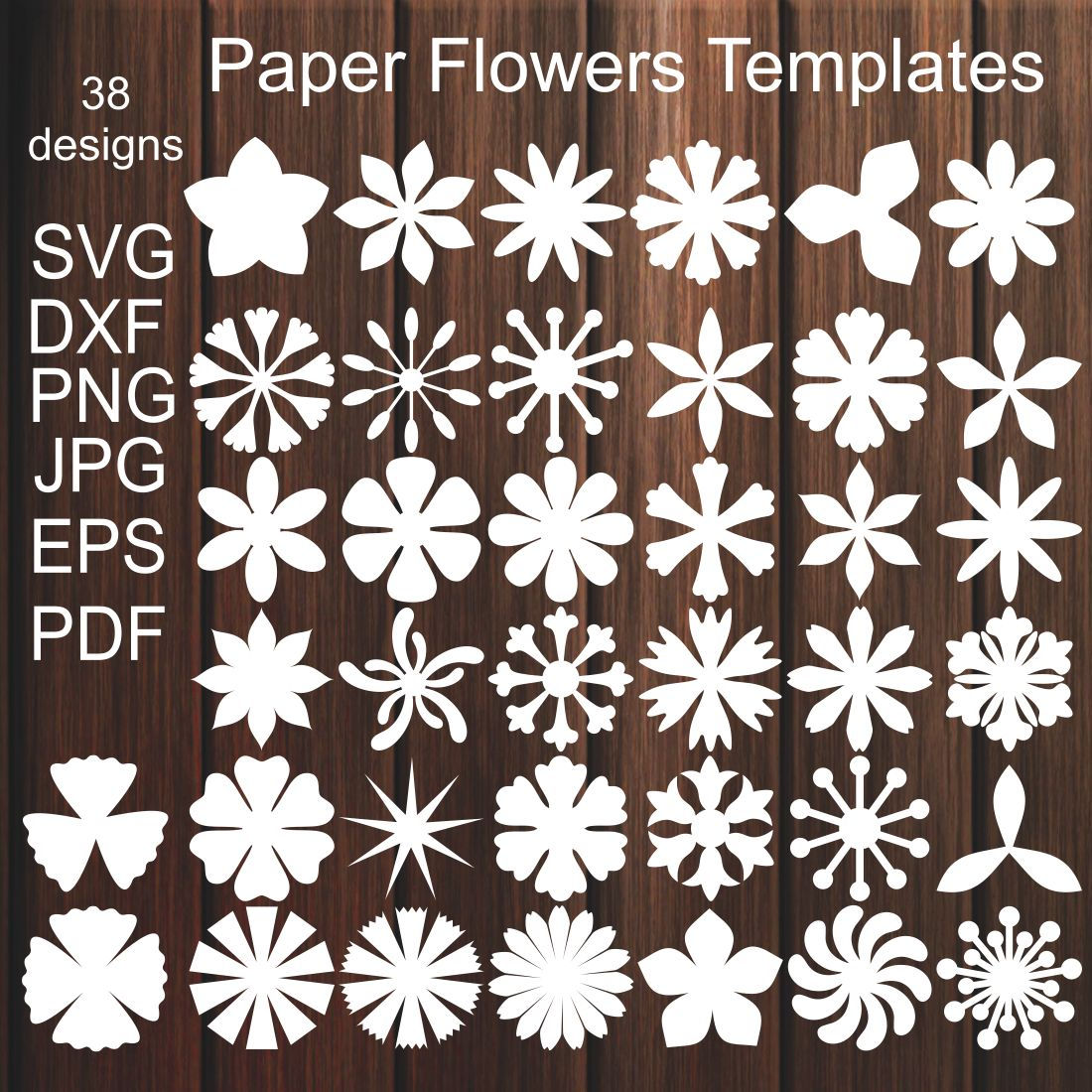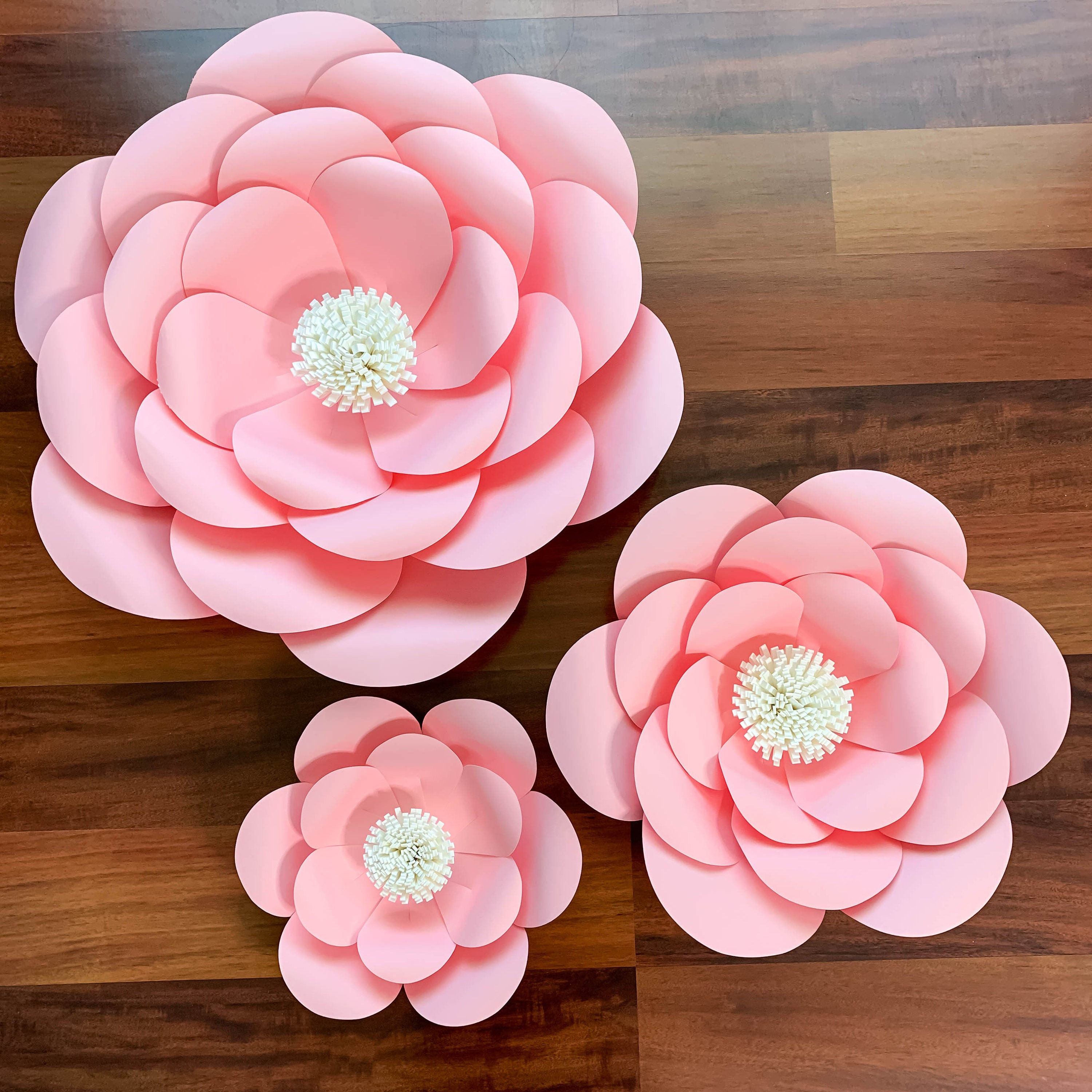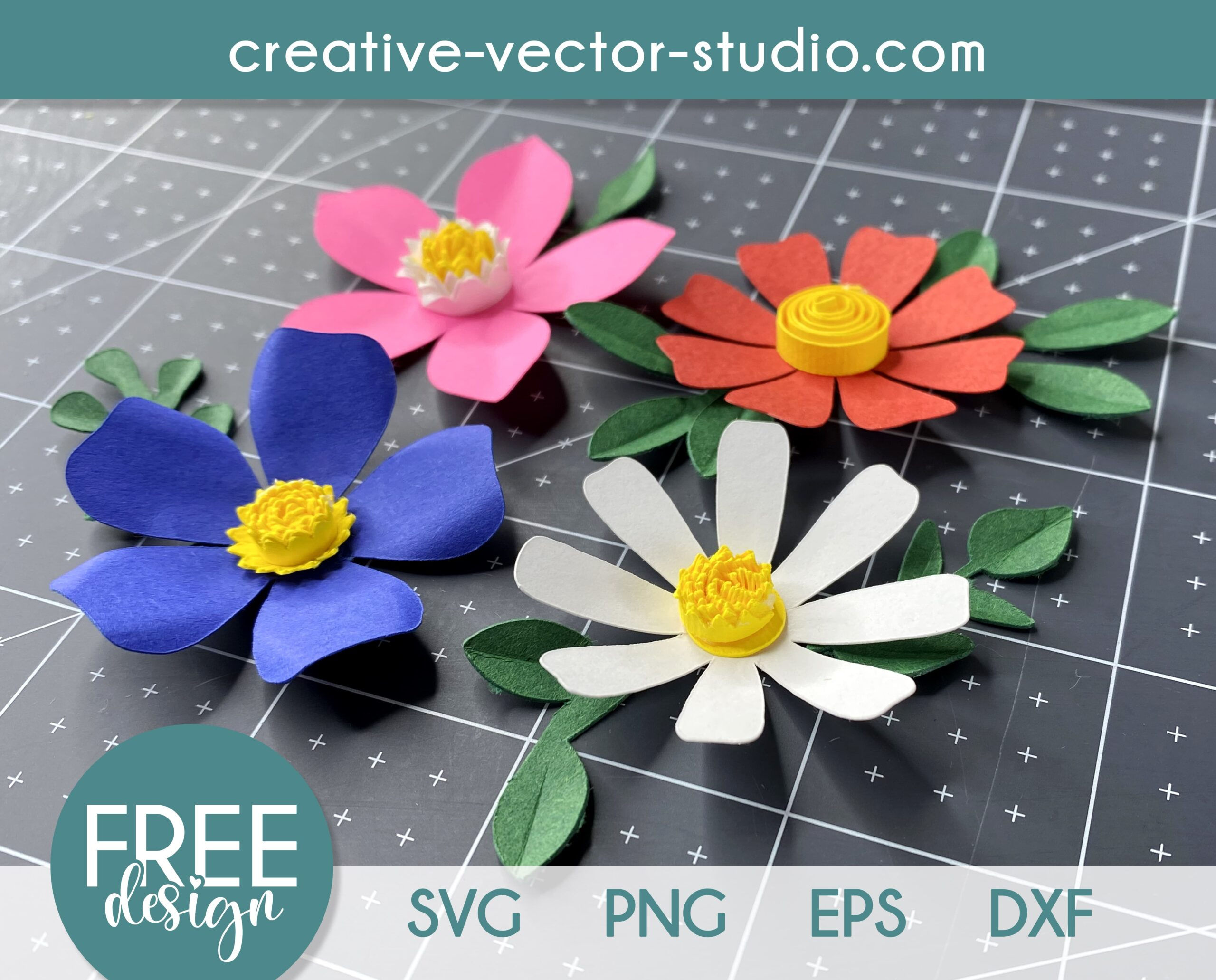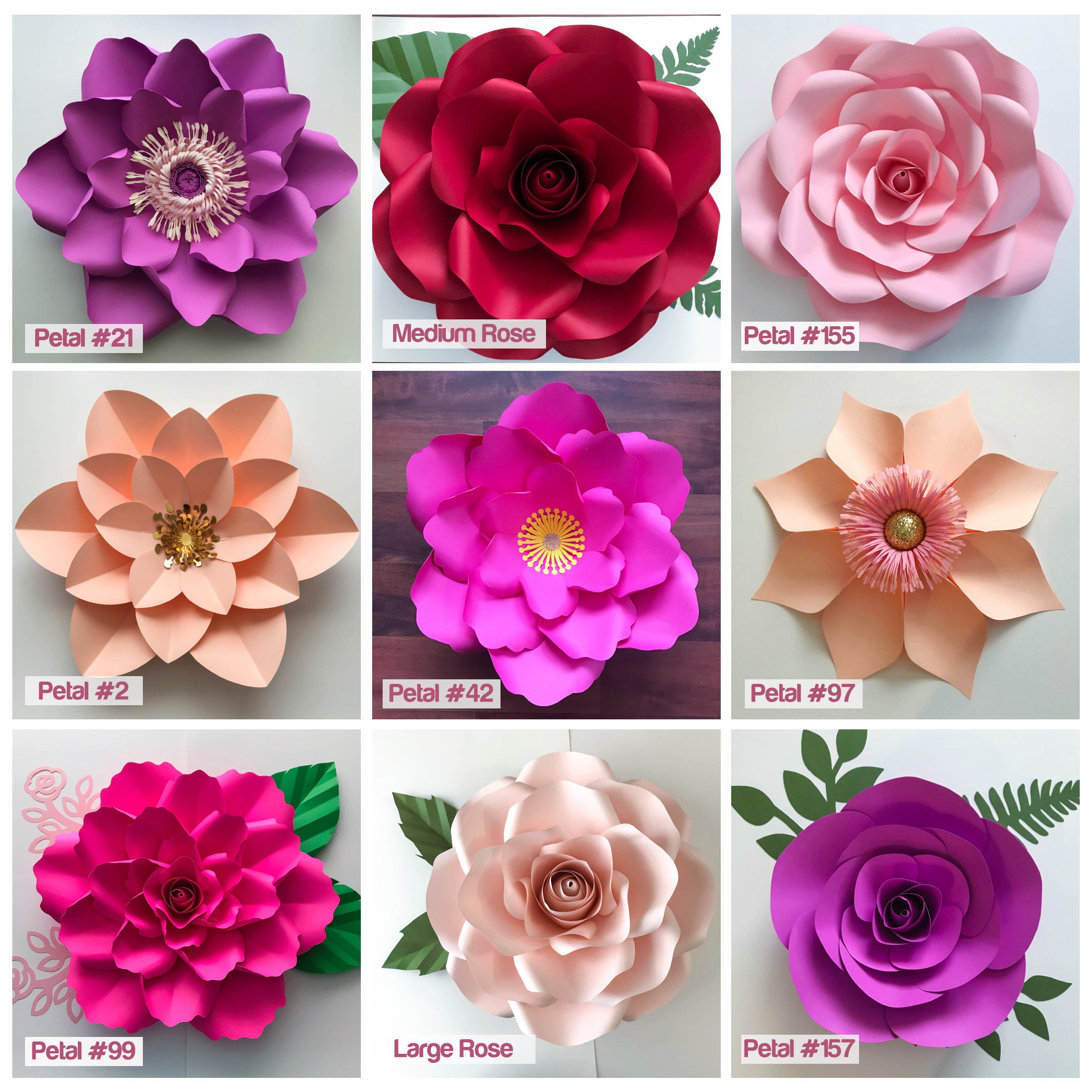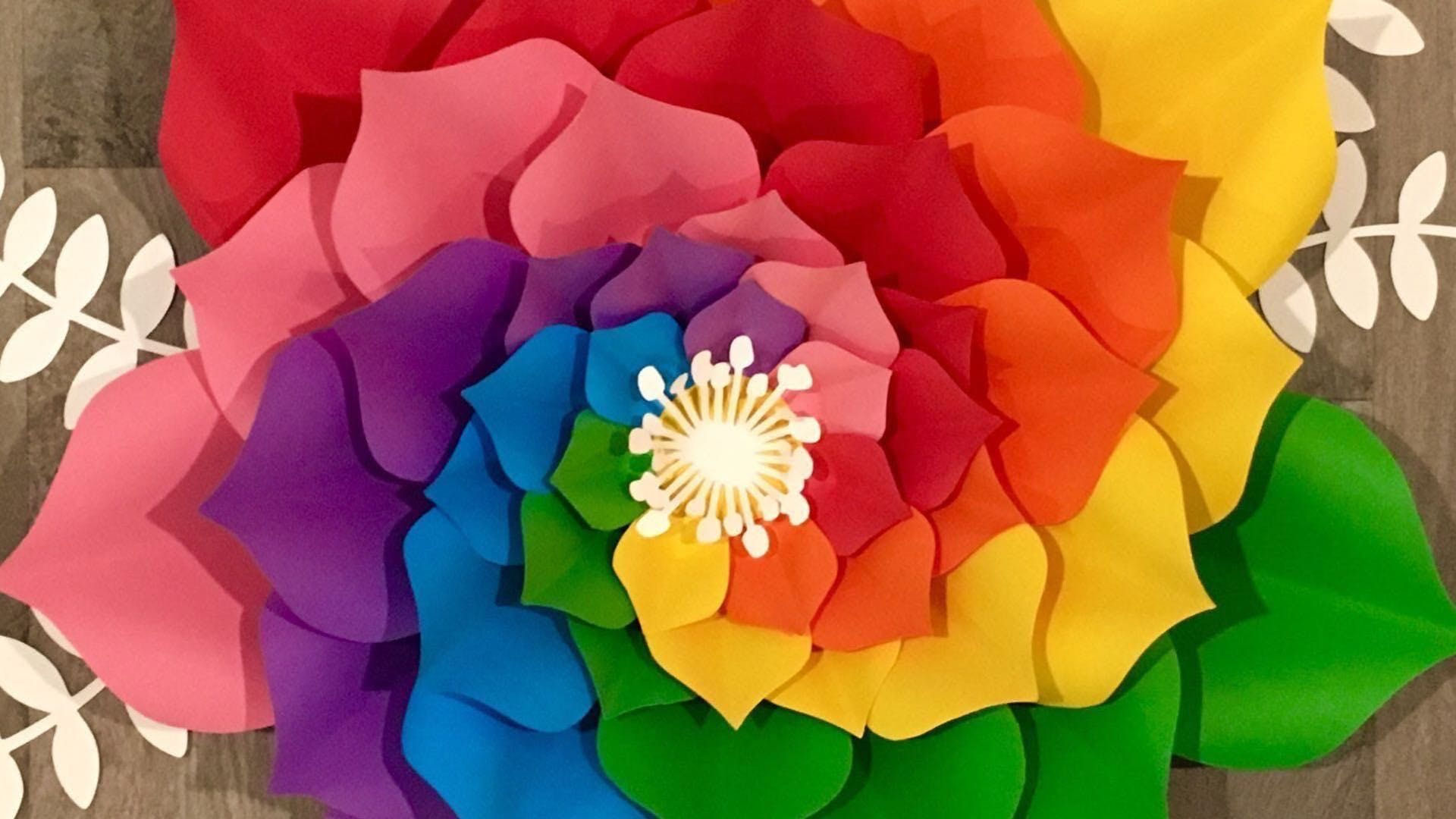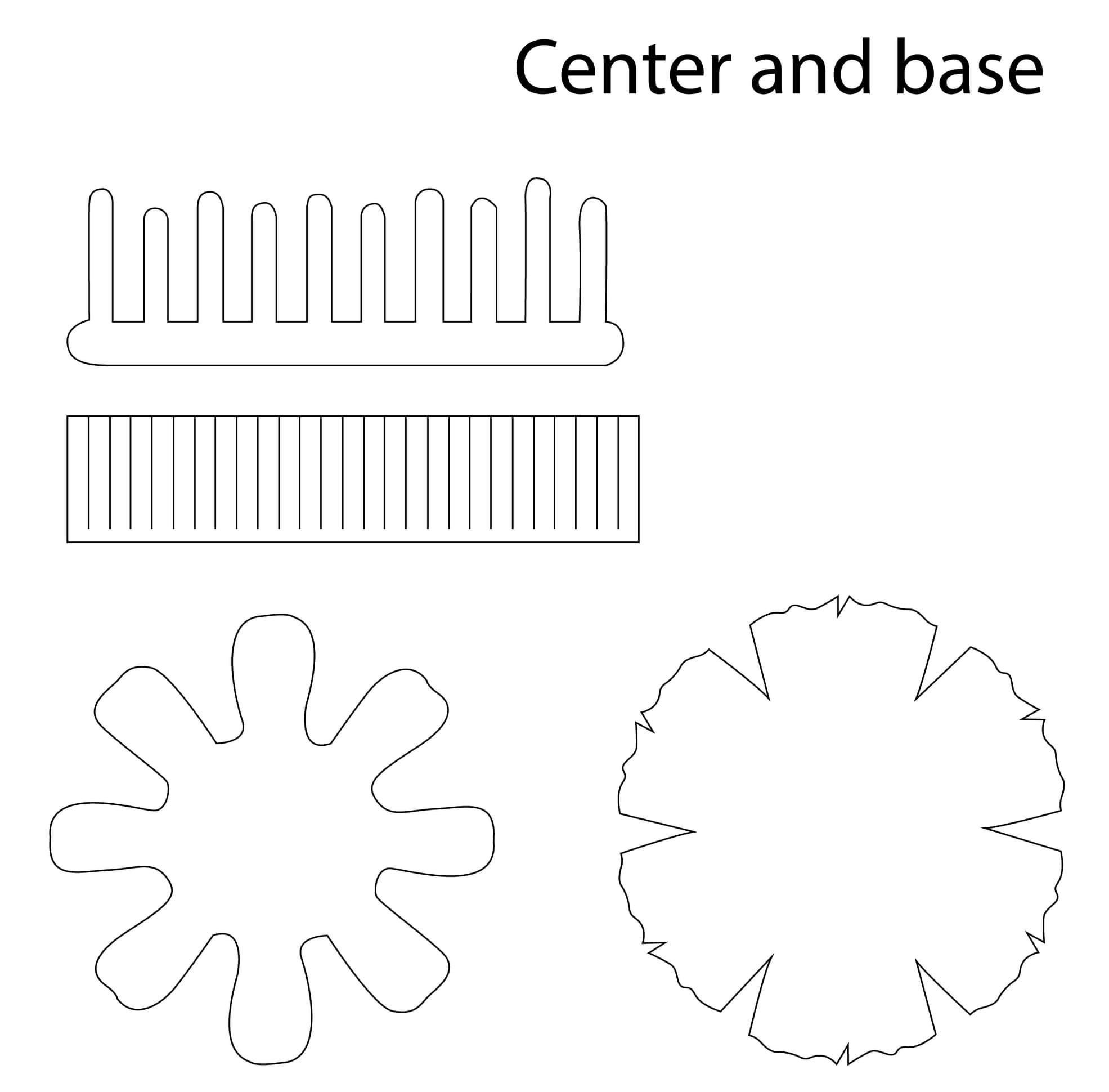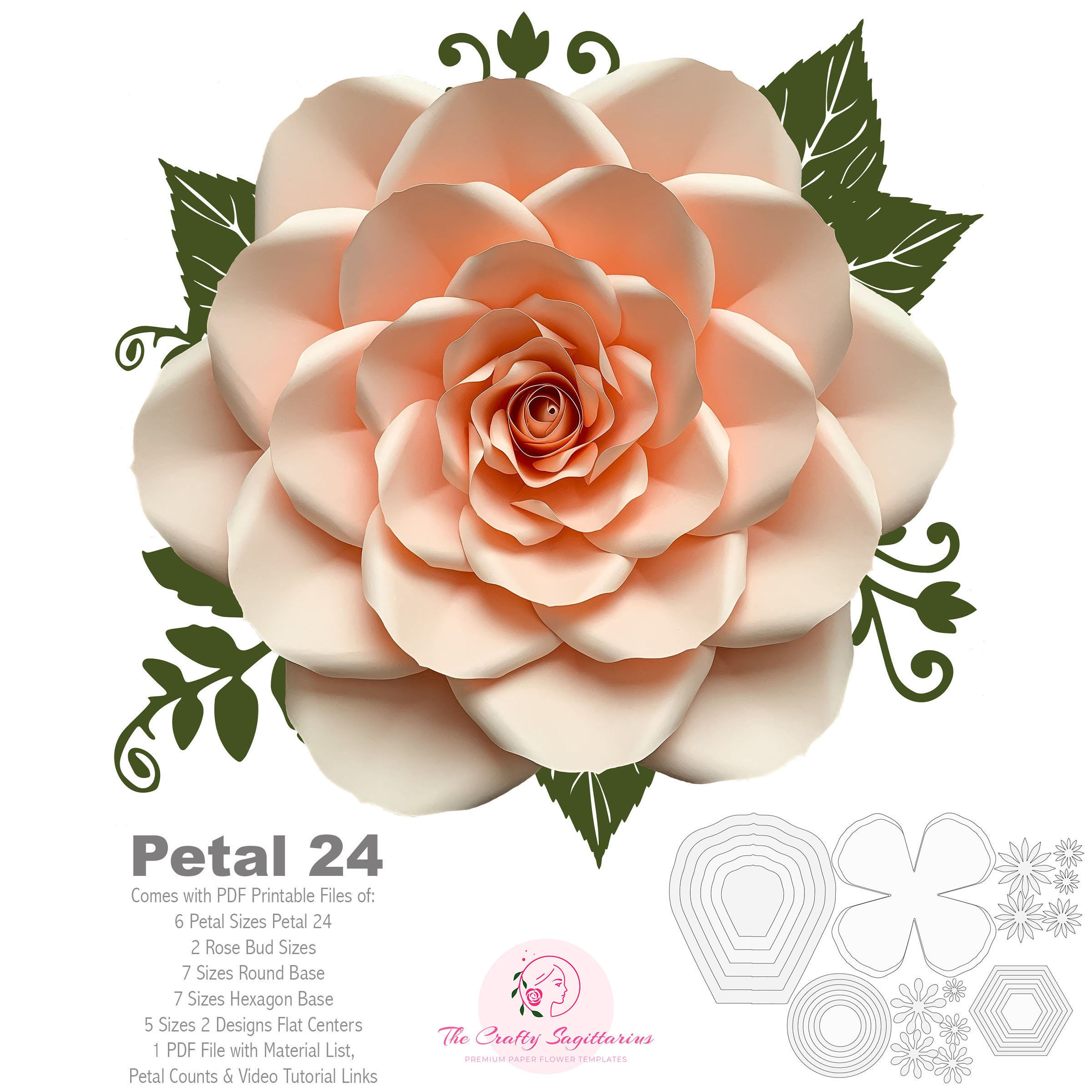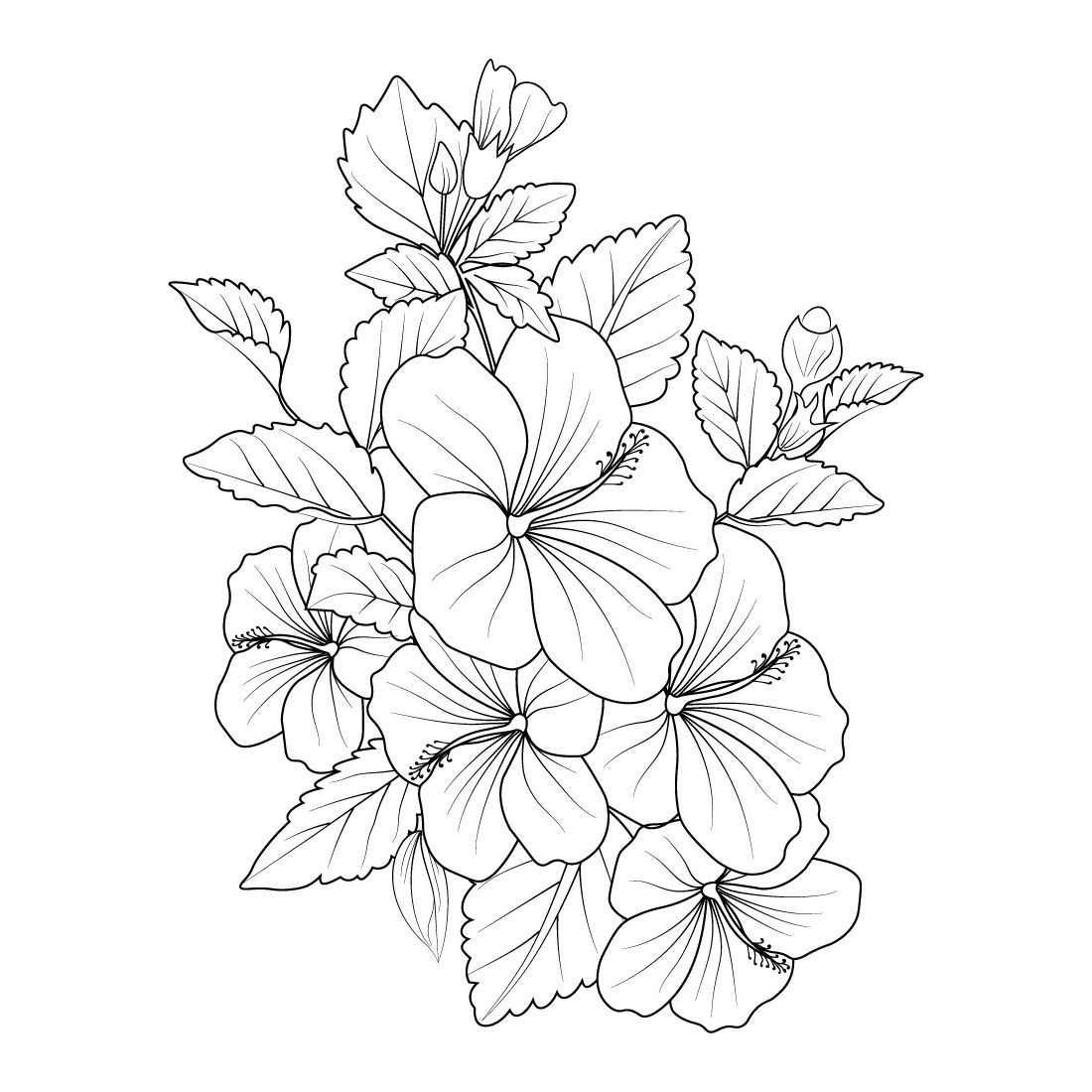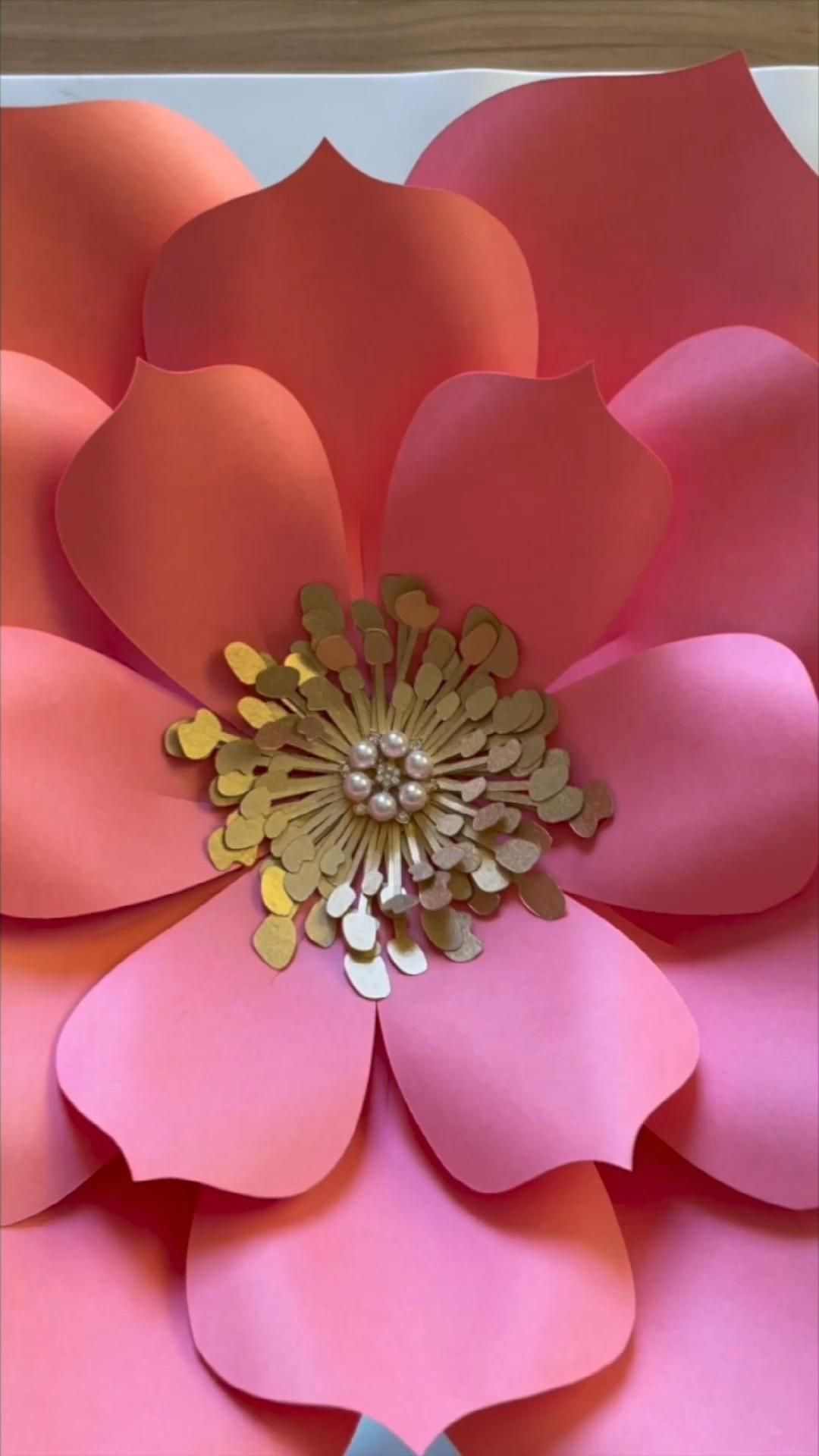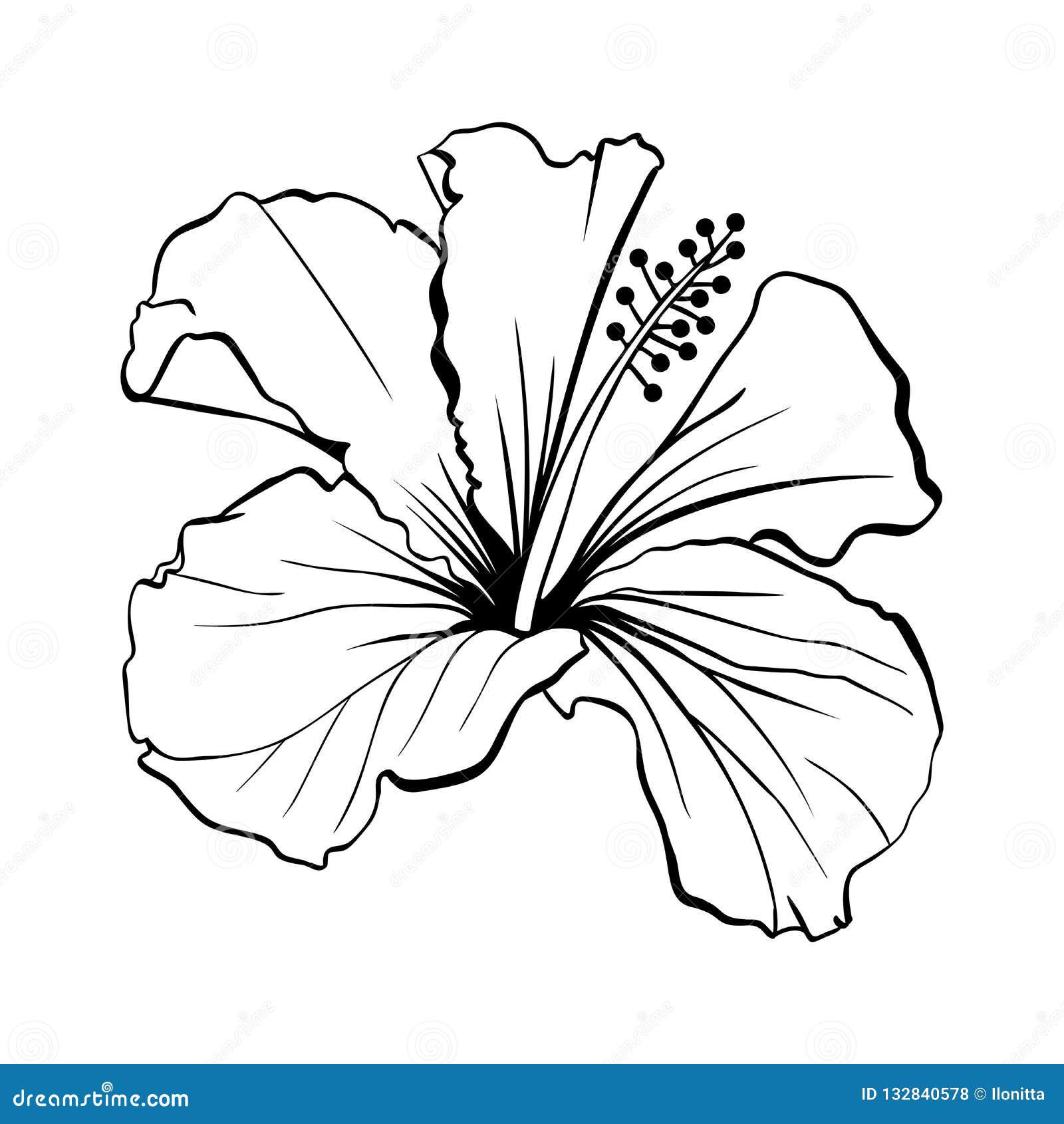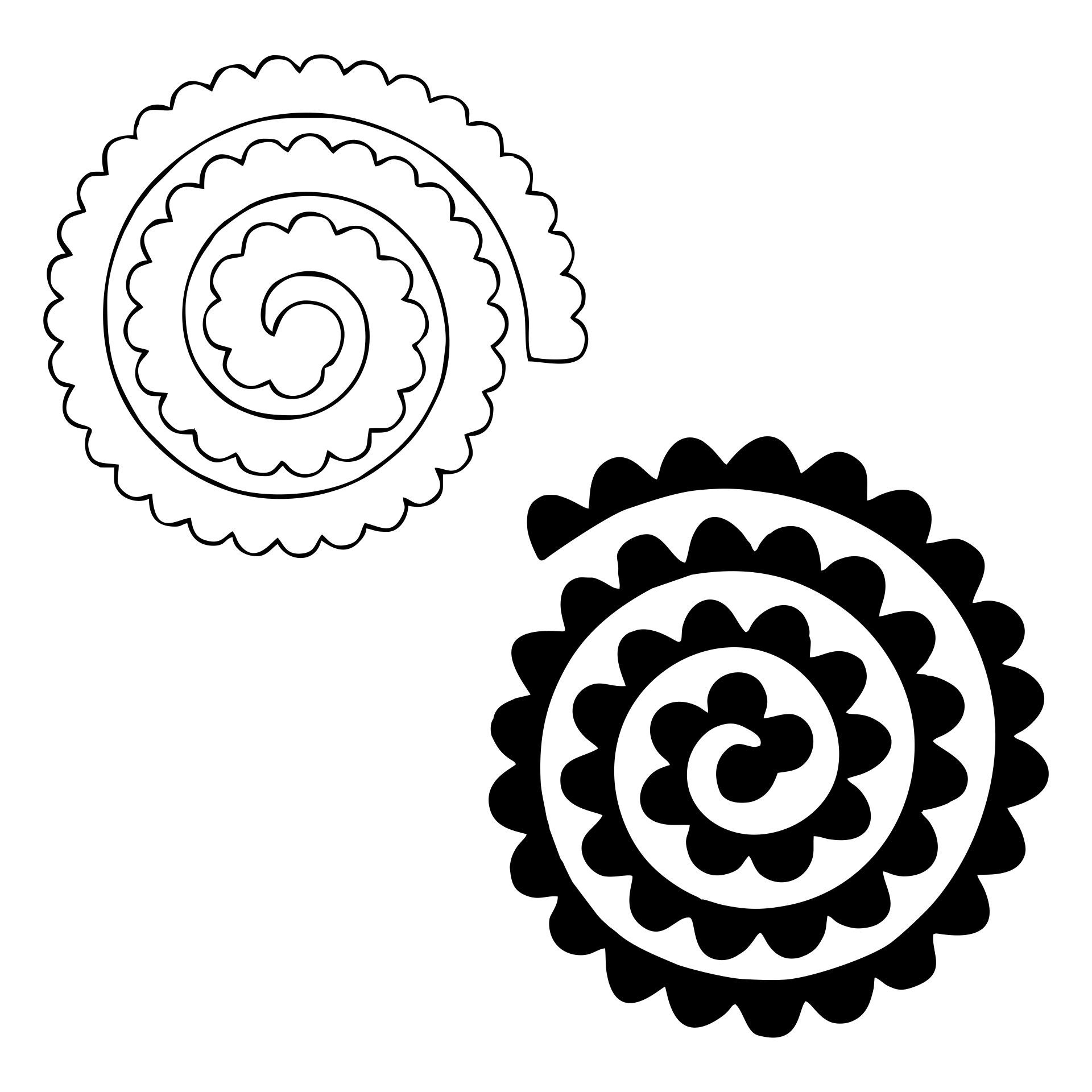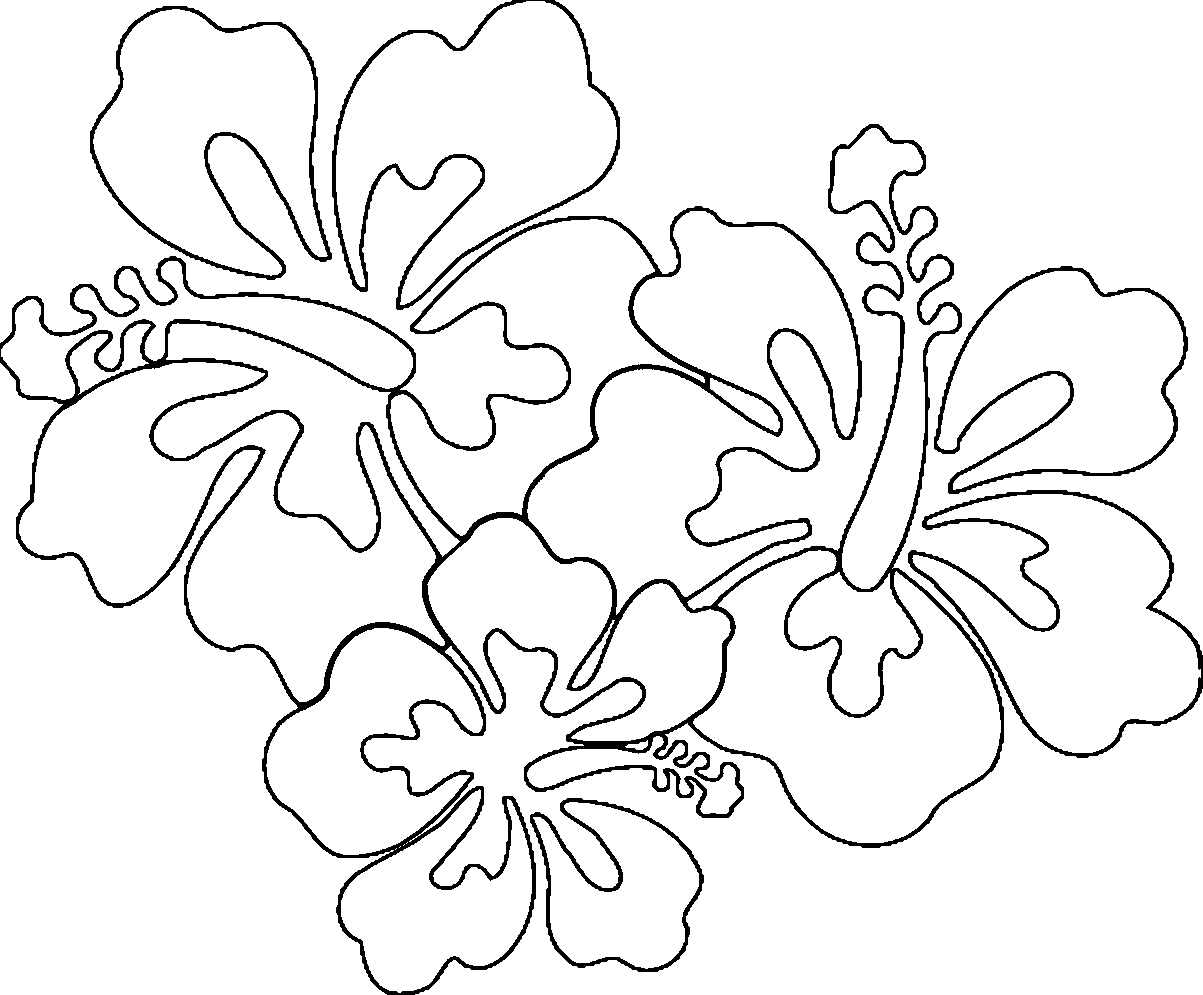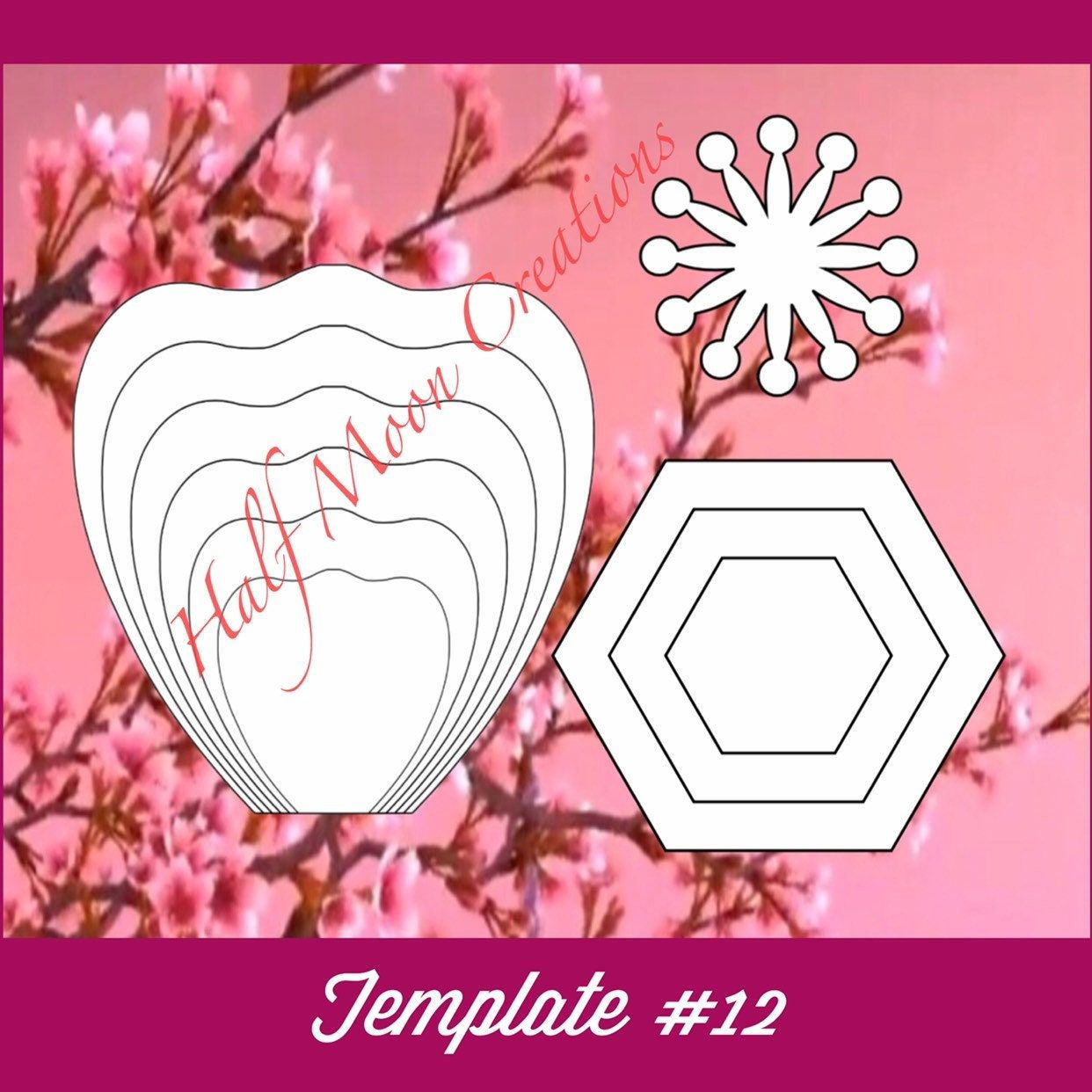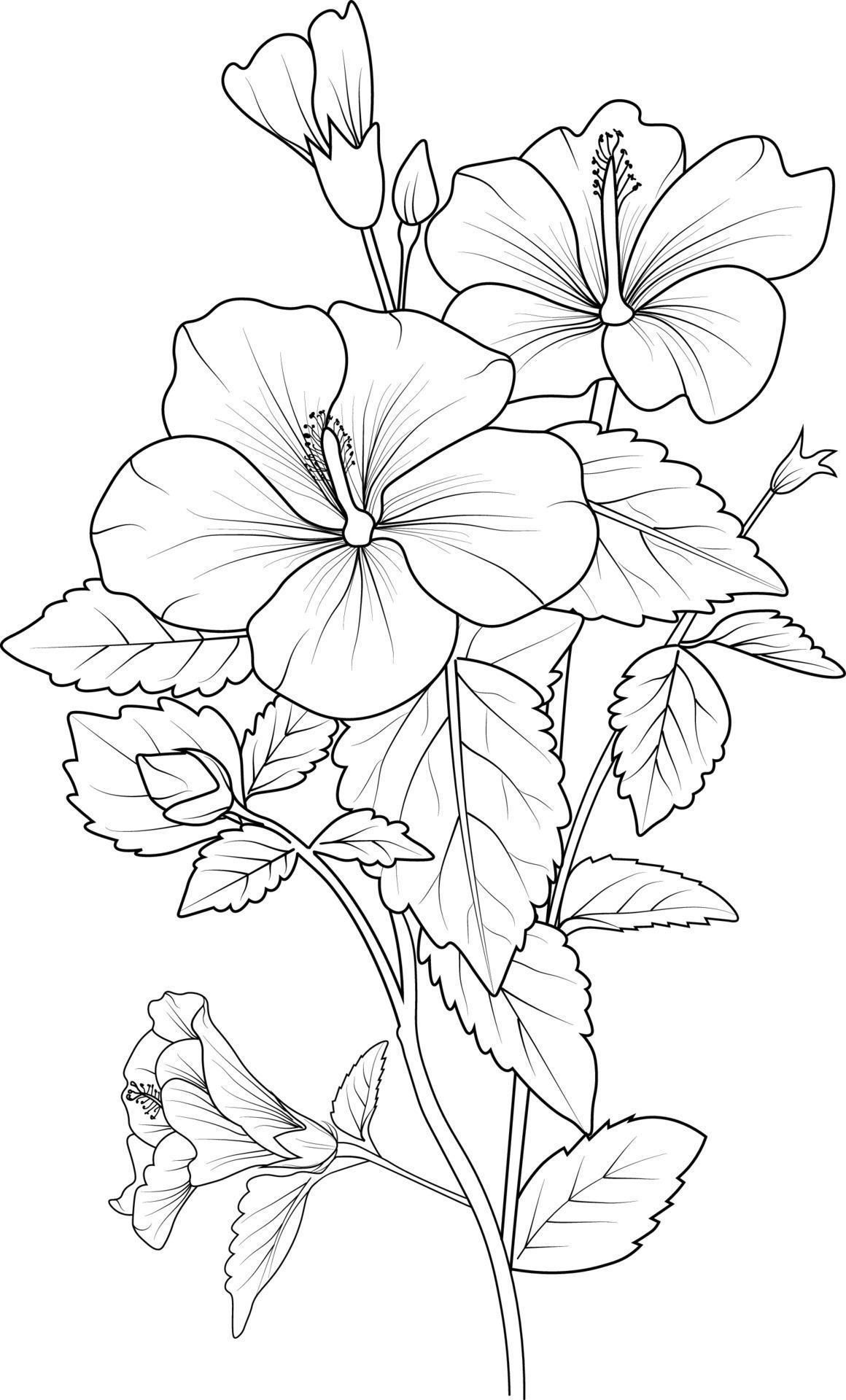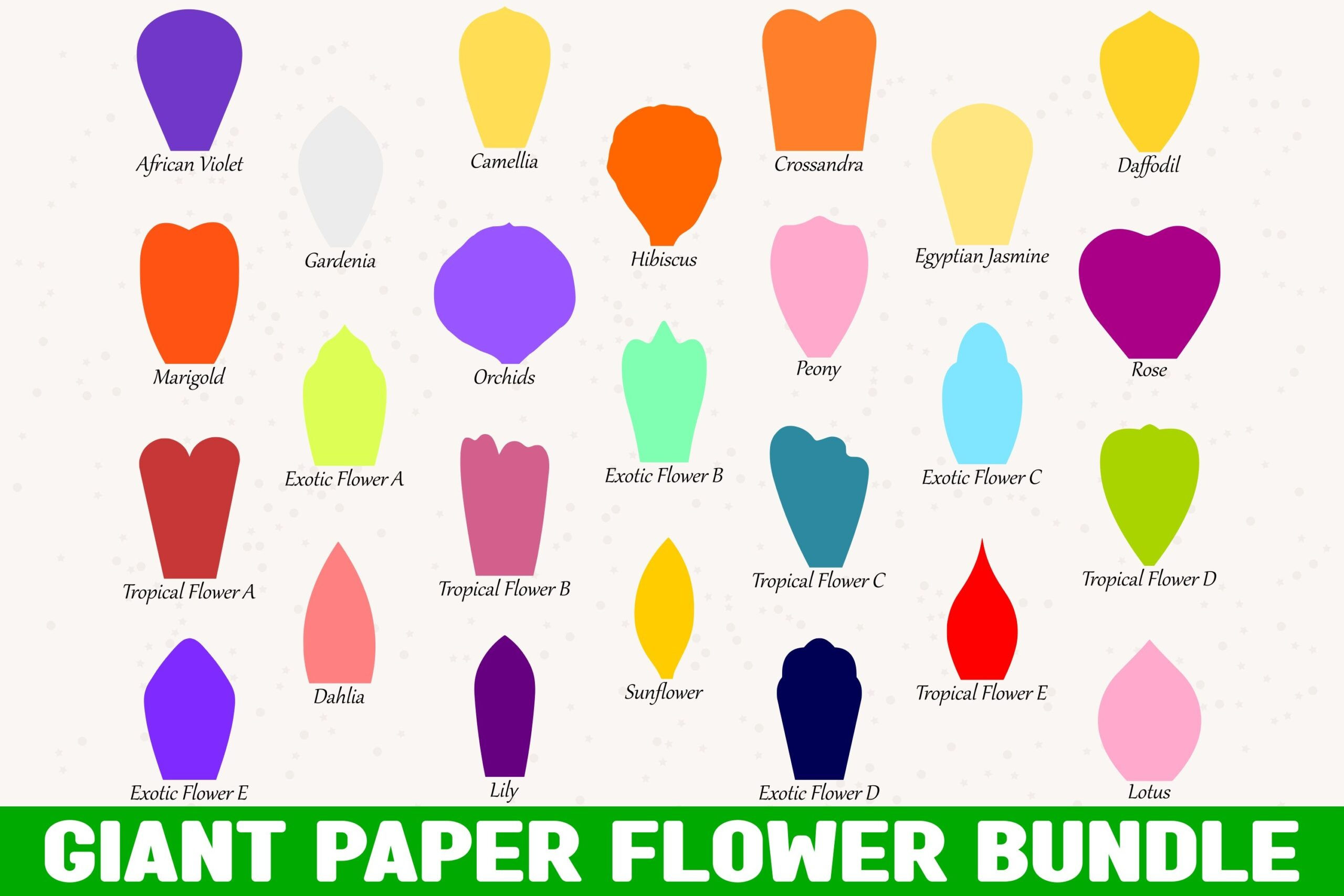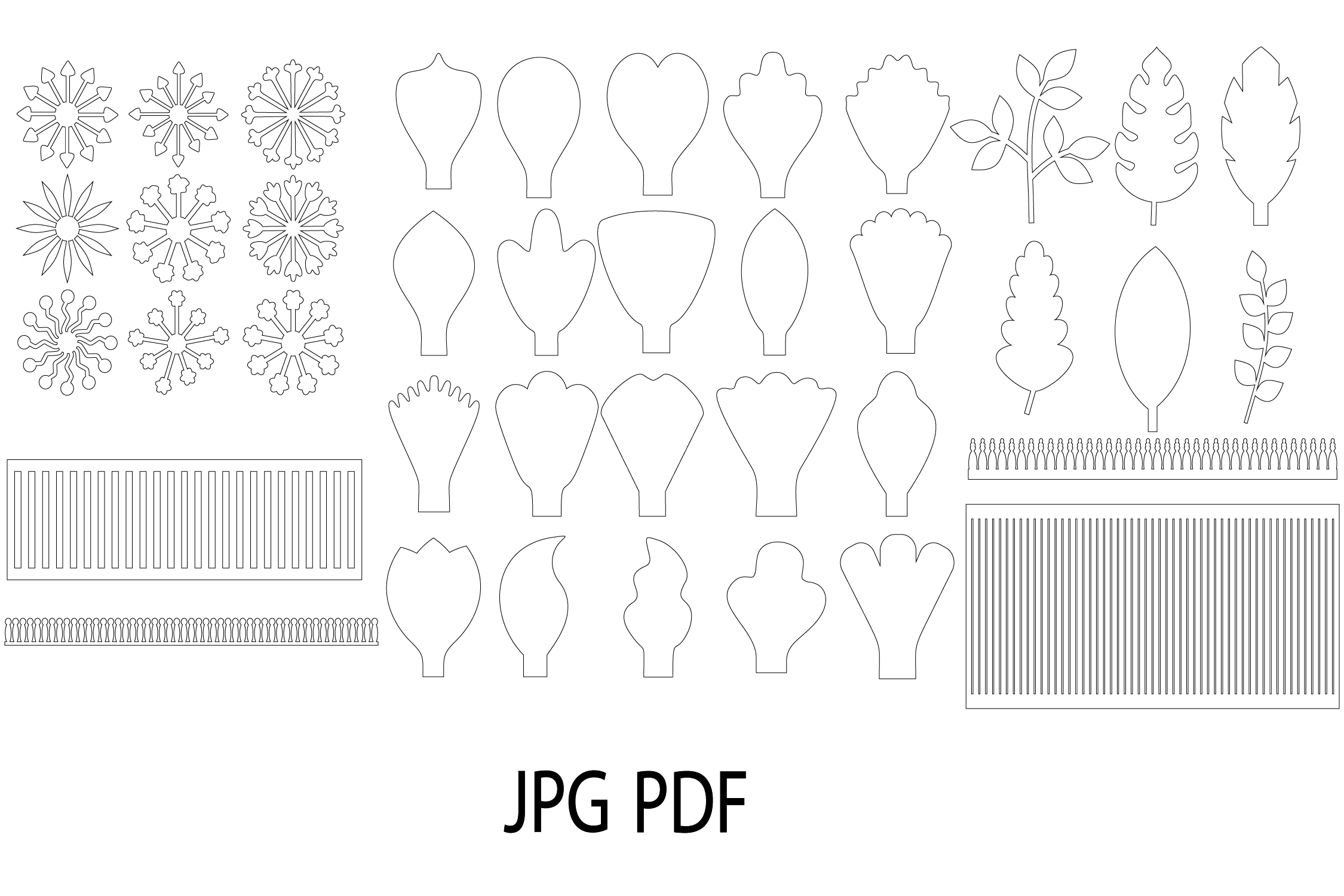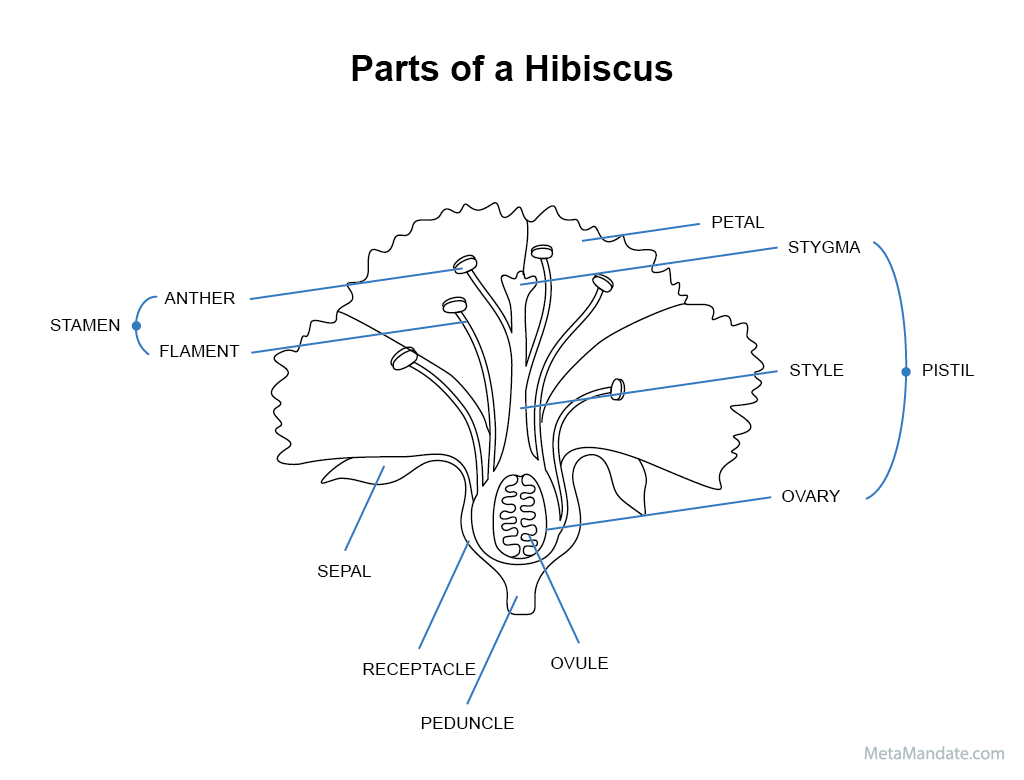The Digital Bloom: A Deep Dive into a Cricut Design
The seemingly simple image – a screenshot of a Cricut Design Space interface showcasing a design of stylized flowers arranged along the top of a virtual cutting mat – holds within it a world of creativity, precision, and the fascinating intersection of digital design and physical crafting. This blog post will explore the image in detail, delving into its implications for both the maker and the broader context of digital fabrication.
Deconstructing the Digital Canvas:
The screenshot immediately reveals the user's intent: to create a series of identical flower cutouts. The design itself is a simplified, almost geometric interpretation of a flower, hinting at either a modern aesthetic or a desire for clean lines and ease of production. The repeated placement of the flowers suggests a decorative purpose – perhaps a border, a garland, or part of a larger design.
The Cricut Design Space software is readily apparent, displaying various settings crucial for the cutting process:
Project Copies: The "1" indicates the user has opted for a single repetition of the design, meaning they'll create a single flower cluster. However, the ability to adjust this number hints at the potential for producing multiple clusters for a larger project, suggesting scalability.
Basic Cut: This setting confirms the straightforward nature of the task, without the need for intricate layering or complex cutting actions. This might indicate a project intended for speed and simplicity.
Material Load Type and Size: These fields – though not explicitly populated in the image – are fundamental to the project. The choice of material (cardstock, vinyl, fabric, etc.) will significantly impact the final appearance and texture of the flowers, influencing the overall outcome of the craft project. The material size selected directly relates to how the design will be arranged and optimized on the cutting mat.
Mirror: The disabled "Mirror" function indicates the user is content with the design's orientation. Enabling this option would flip the design horizontally, which can be crucial for applications like iron-on vinyl or creating mirrored images.
The Design Area: The central part of the screen shows the design overlaid onto a virtual cutting mat. The pink mat represents the physical cutting surface of the Cricut machine. The grid visible on the mat aids precise placement of the design and guides the cutting process. The small selection box highlighted around the single flower shape allows editing, resizing, or repositioning.
Beyond the Screenshot: Implications and Interpretations:
This seemingly mundane image opens up several avenues for speculation and exploration:
The Craft Project's Narrative: What is the overall project? Is it a simple decorative element, a larger arrangement, part of a birthday card or invitation, or perhaps even a component of something more complex? The flowers' style provides hints, but the final project remains a mystery. Is the user a seasoned crafter, or are they a beginner embracing a new digital tool?
The Maker's Mindset: The careful organization within Design Space suggests a methodical and precise approach. The choice of design and its simplicity could indicate a preference for functionality over elaborate ornamentation. Or perhaps, it was a conscious choice of minimalist design.
Technology and Craft: The image beautifully encapsulates the modern crafting revolution. The Cricut, a digital cutting machine, bridges the gap between digital design and tangible creation. This is a testament to how technology empowers creativity, providing tools for precision and efficiency that would be impossible with traditional methods.
The Digital-Physical Bridge: The screenshot visually represents the seamless transfer of a digital design into the physical world. The virtual design on the screen will soon translate into tangible cut flowers, highlighting the powerful connection between software and hardware.
Accessibility and Democratization of Craft: The Cricut and similar tools lower the barrier to entry for many aspiring craftspeople. The intuitive nature of the software seen in the screenshot makes crafting more accessible, whether someone is producing small-scale designs or mass-producing craft items.
A Story Unfolds:
Let's imagine a story surrounding this image. Perhaps this screenshot is from a young girl named Lily, who is creating handmade invitations for her best friend's birthday. Lily carefully designed the simple flower – a symbolic representation of her friendship. She might have spent hours tweaking the flower's curves and proportions in Design Space, refining it to perfection. The choice of pink cardstock could represent the friend's favourite color, adding a personal touch. This isn't just a craft project; it's an expression of care and creativity, beautifully captured in a single screenshot. The final product, a stack of hand-crafted invitations, becomes a tangible representation of Lily's heartfelt efforts.
The image, therefore, is not merely a technical representation of a design, but a window into a creative process, a moment frozen in time that speaks volumes about the maker's intentions, skills, and the power of digital tools to empower individual creativity. It's a visual representation of how technology serves as a powerful ally in the realm of handmade crafts, enabling us to translate our digital dreams into tangible realities.
